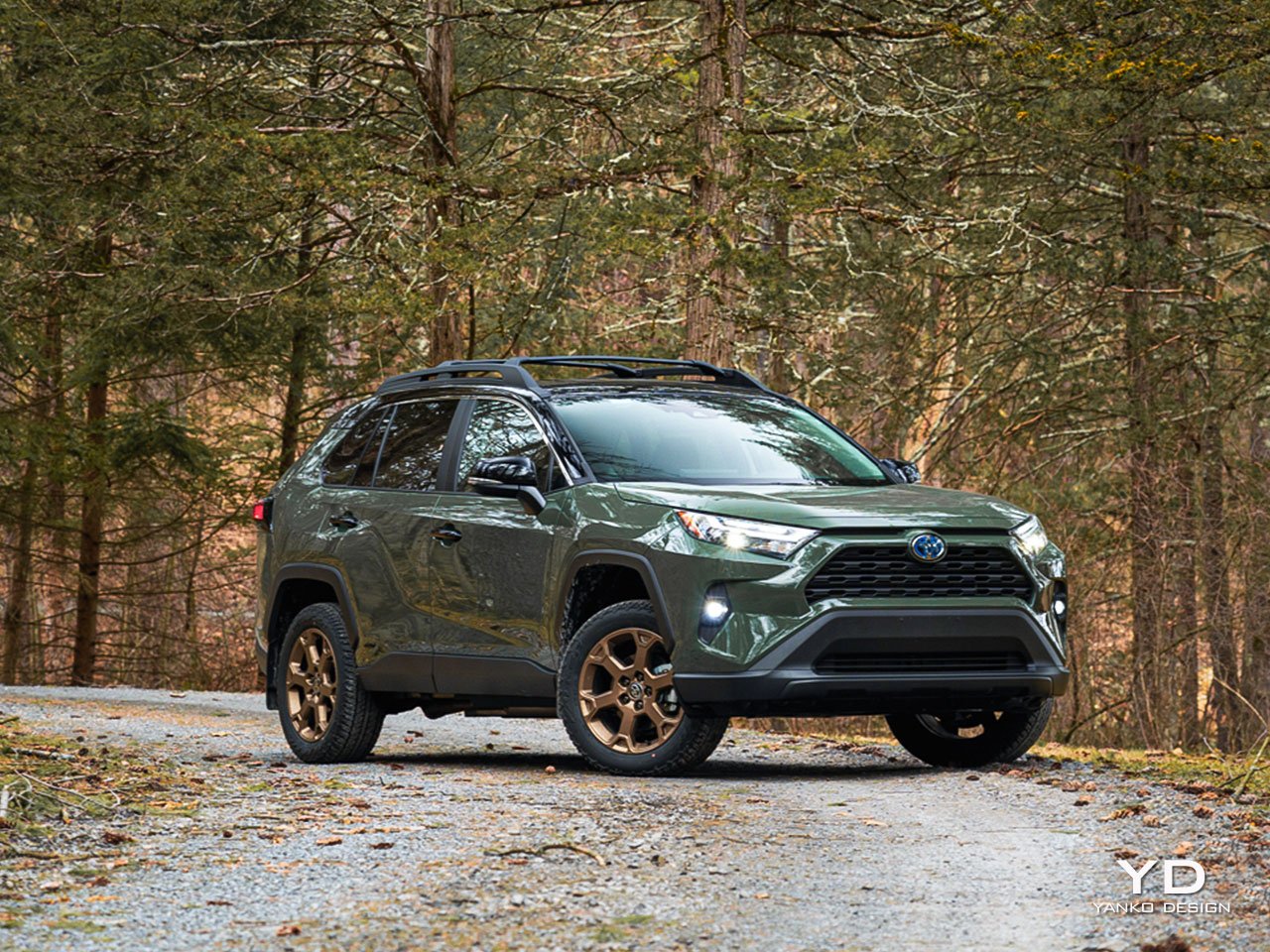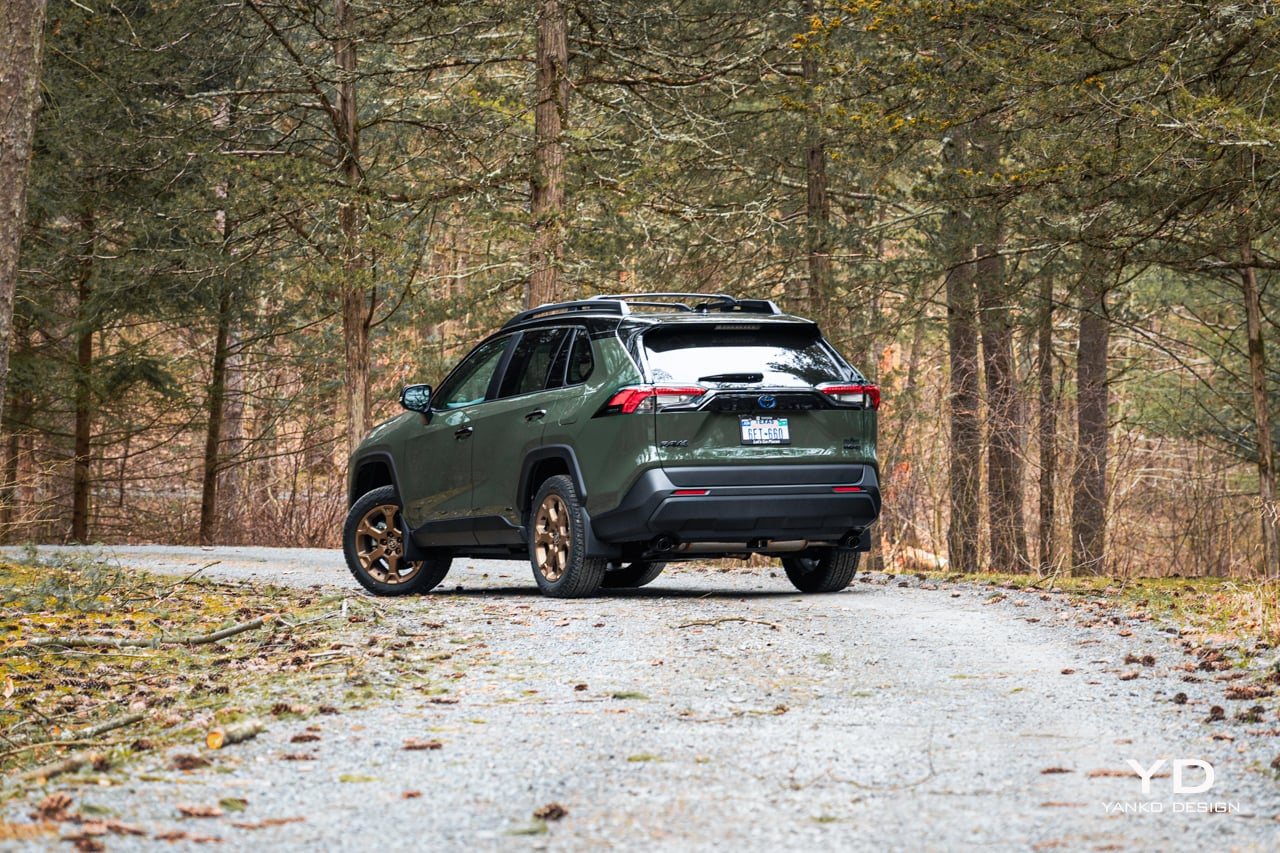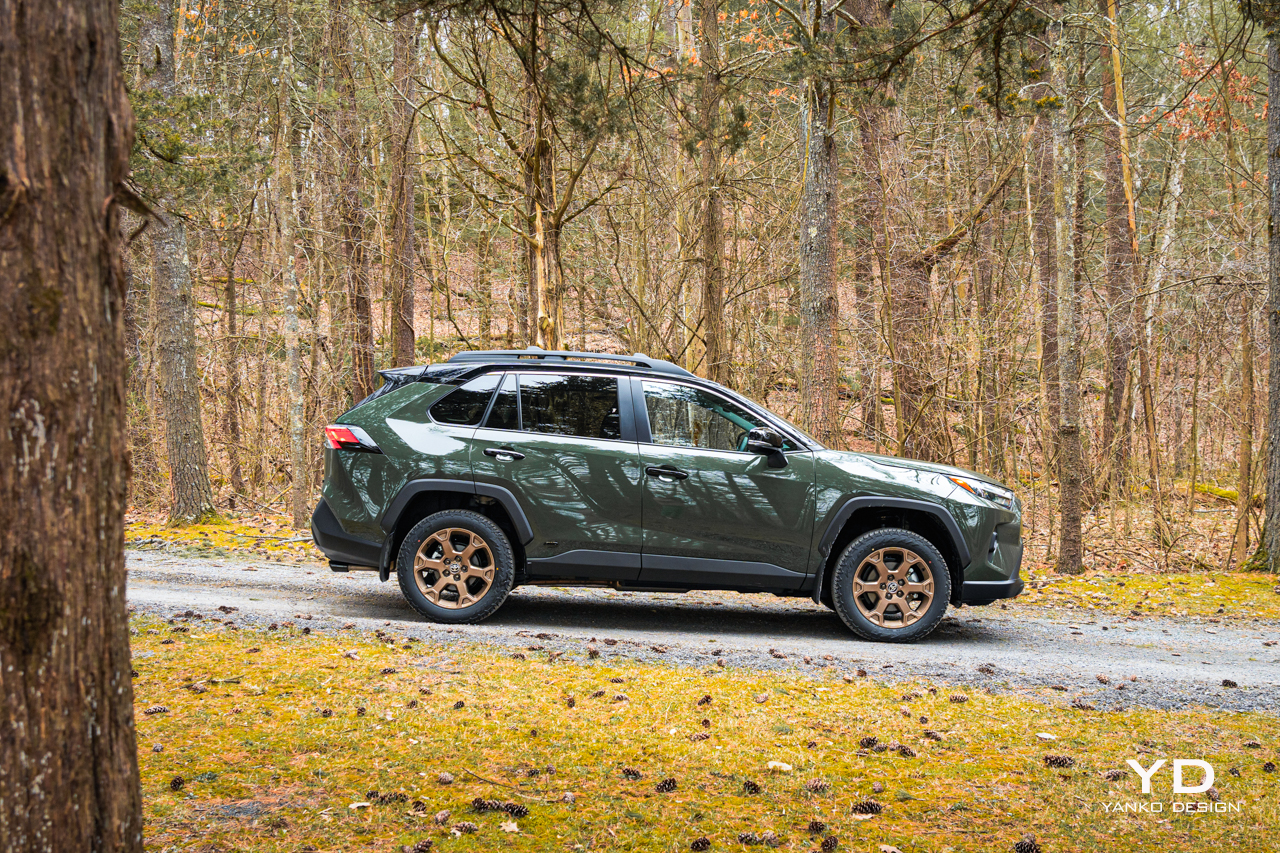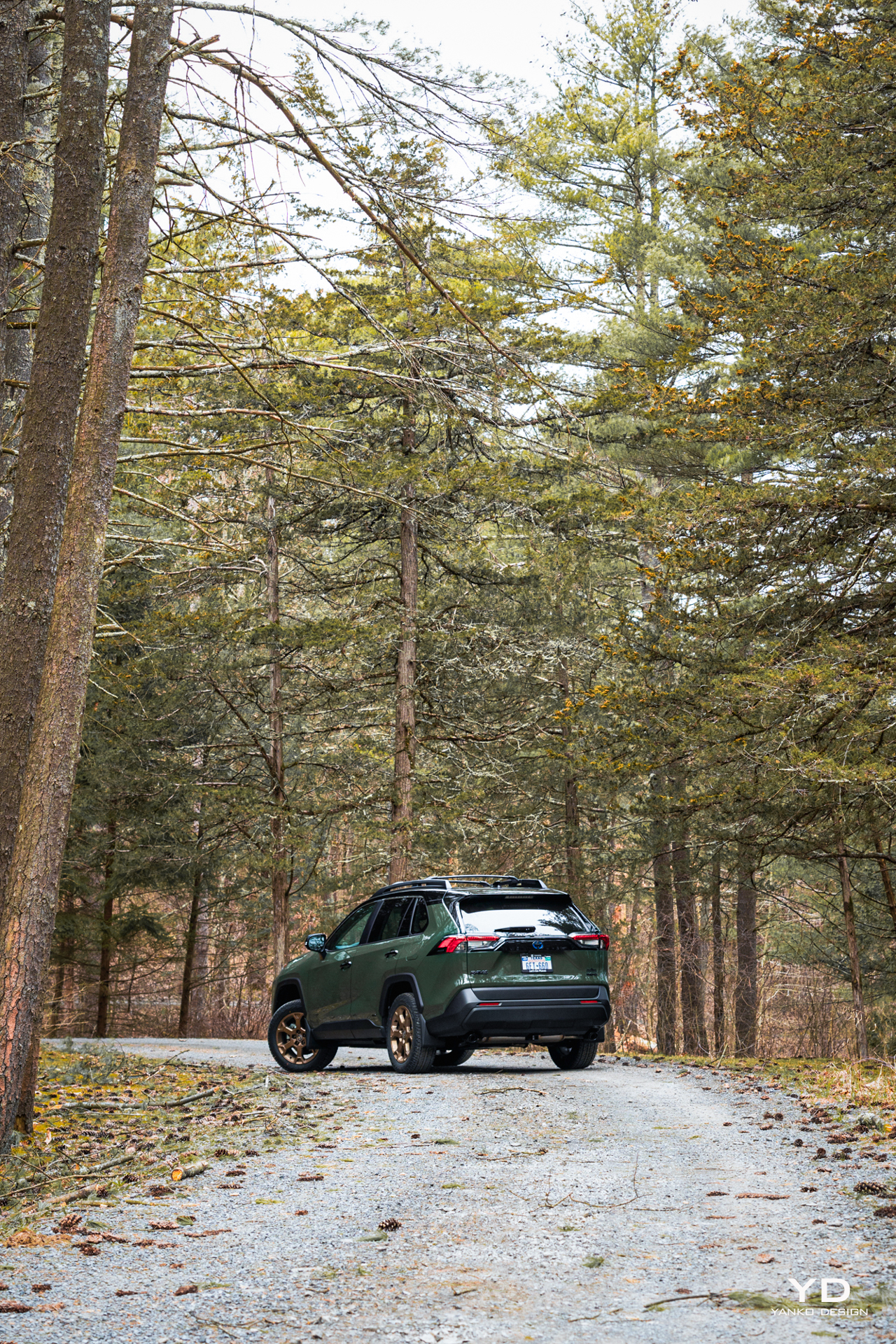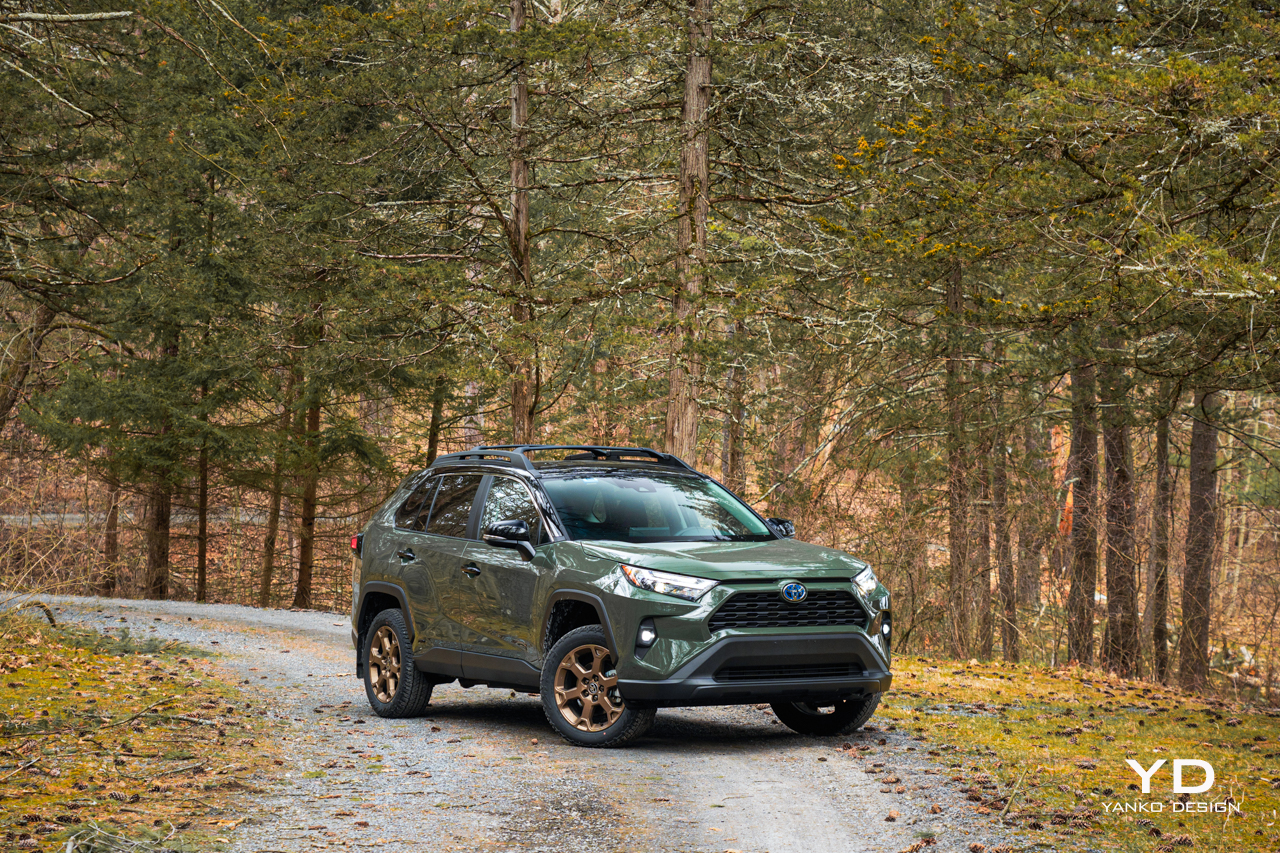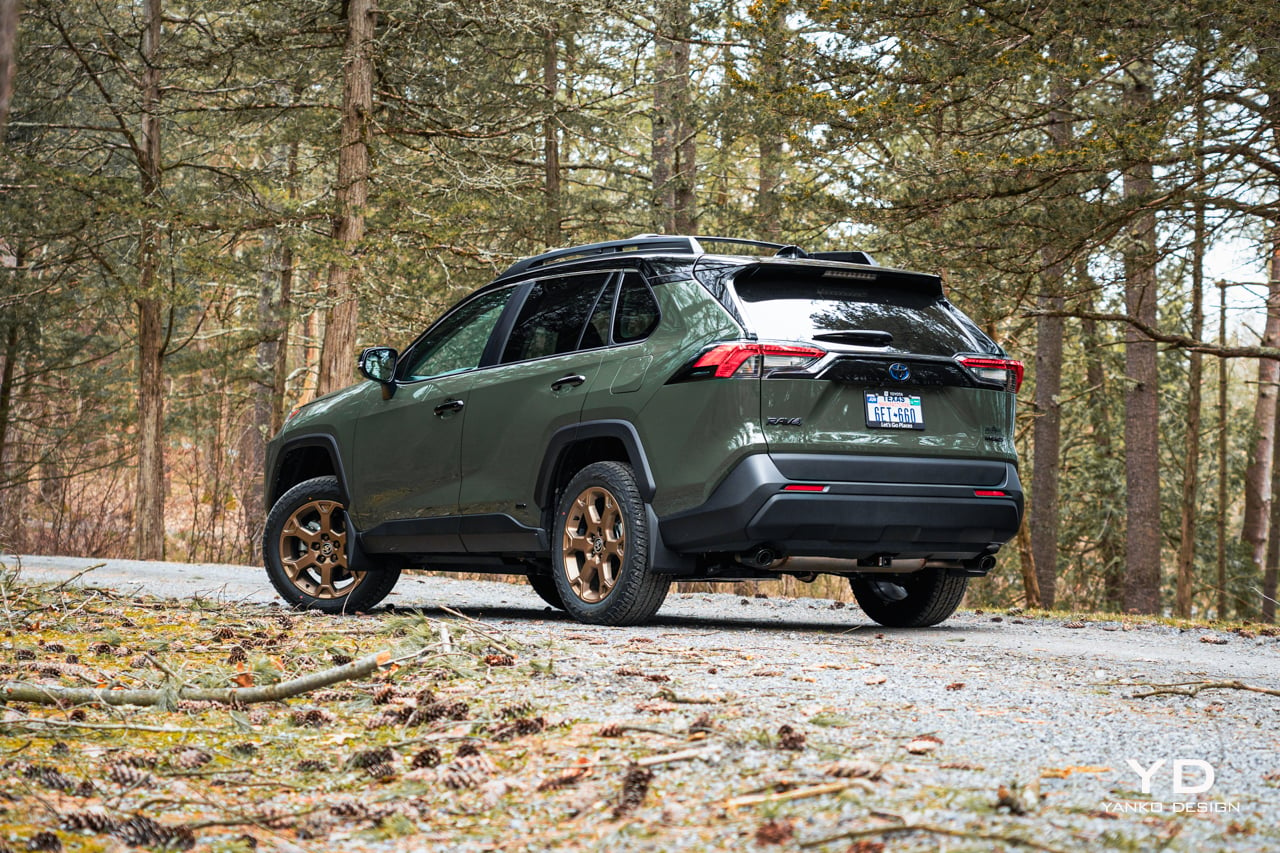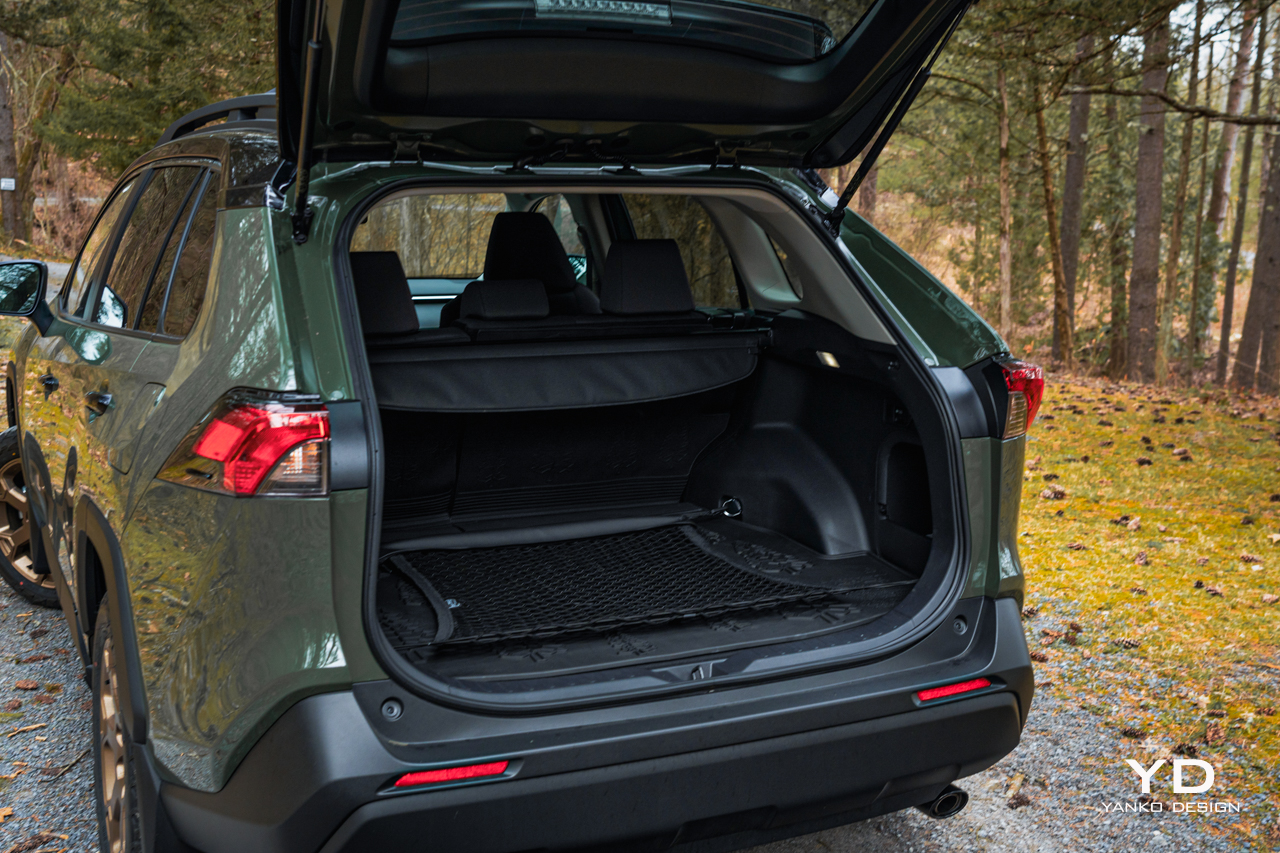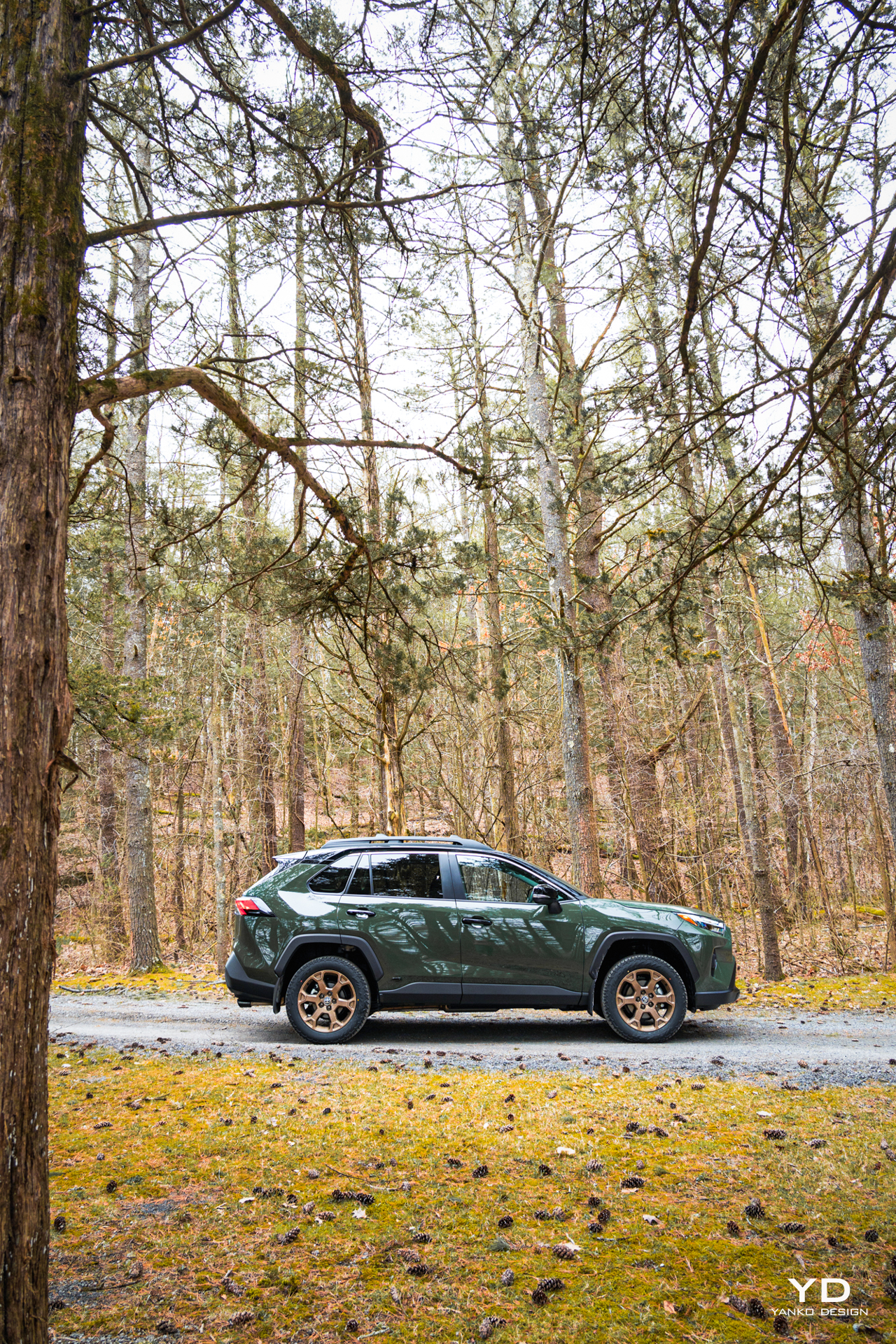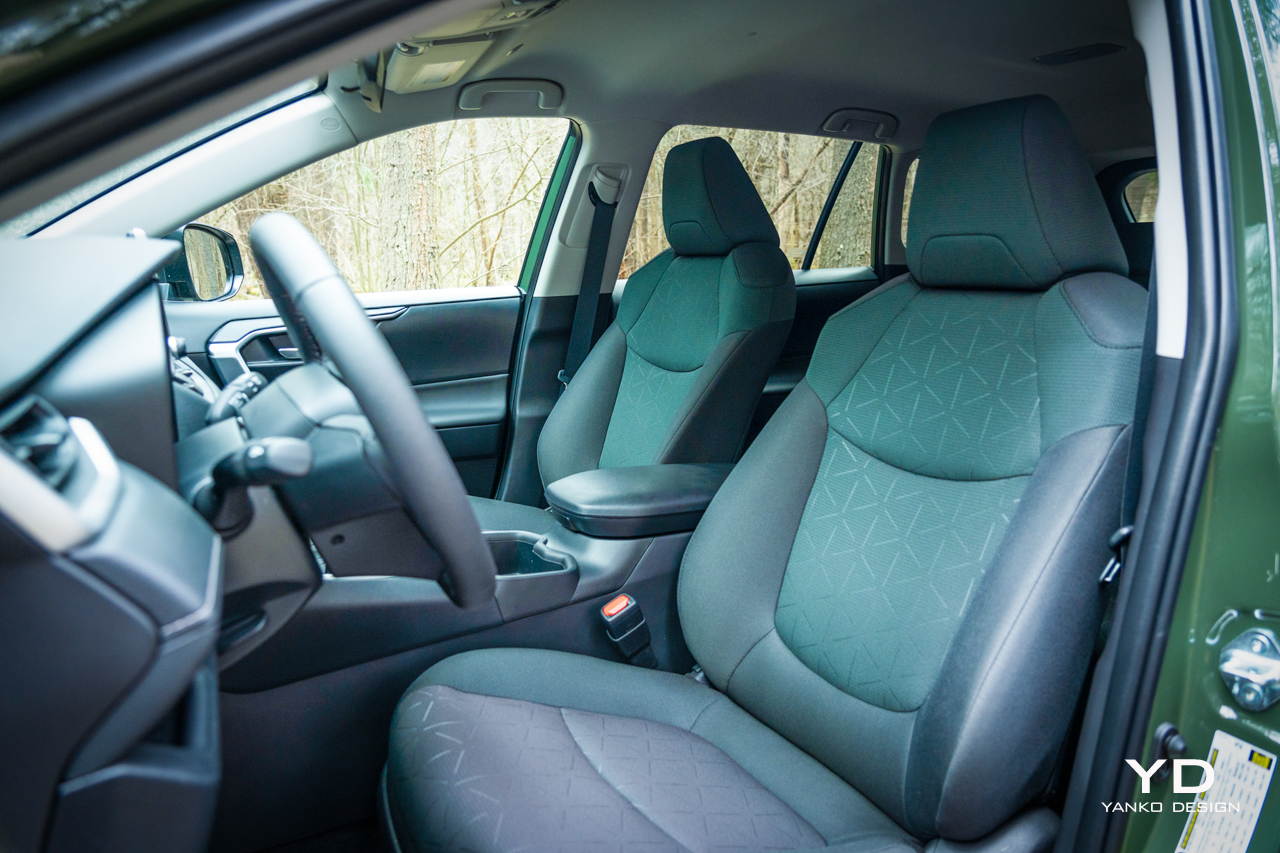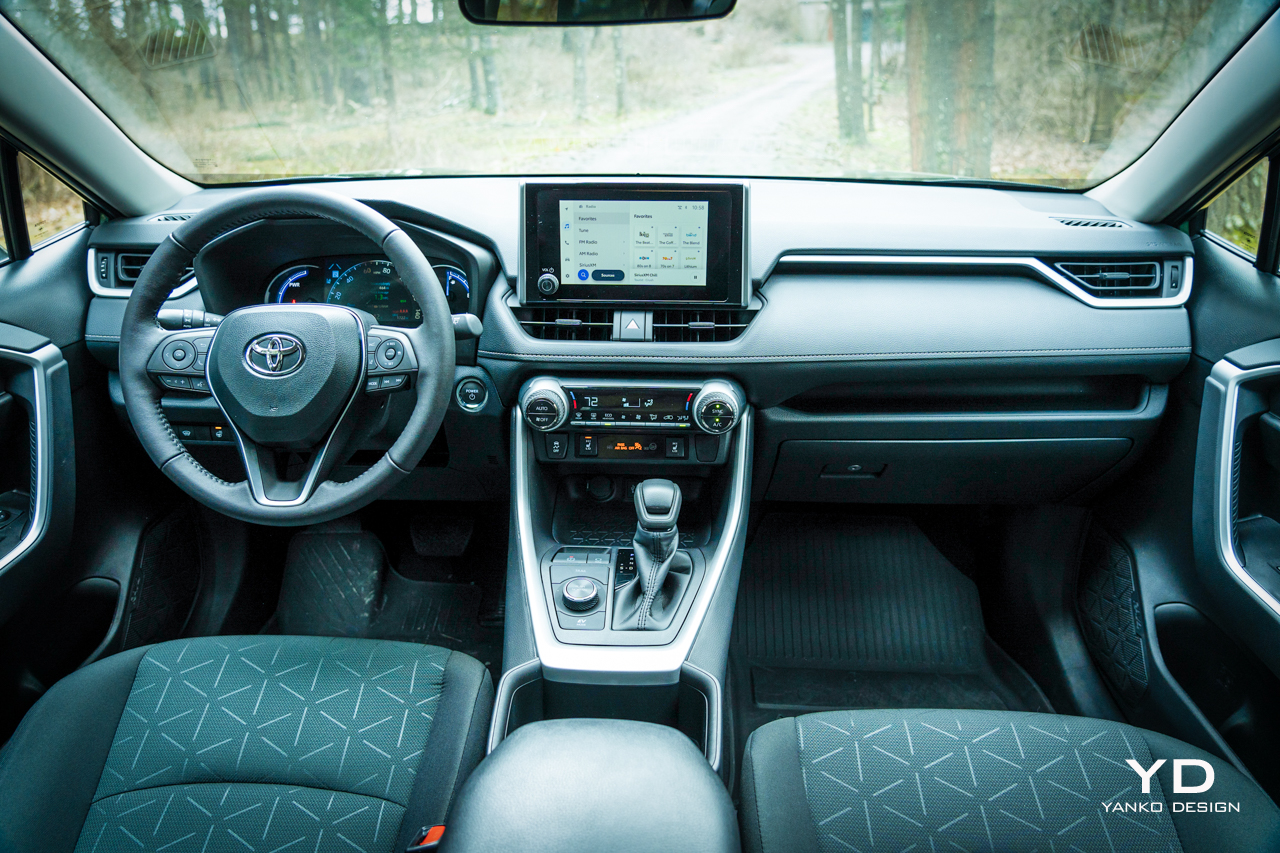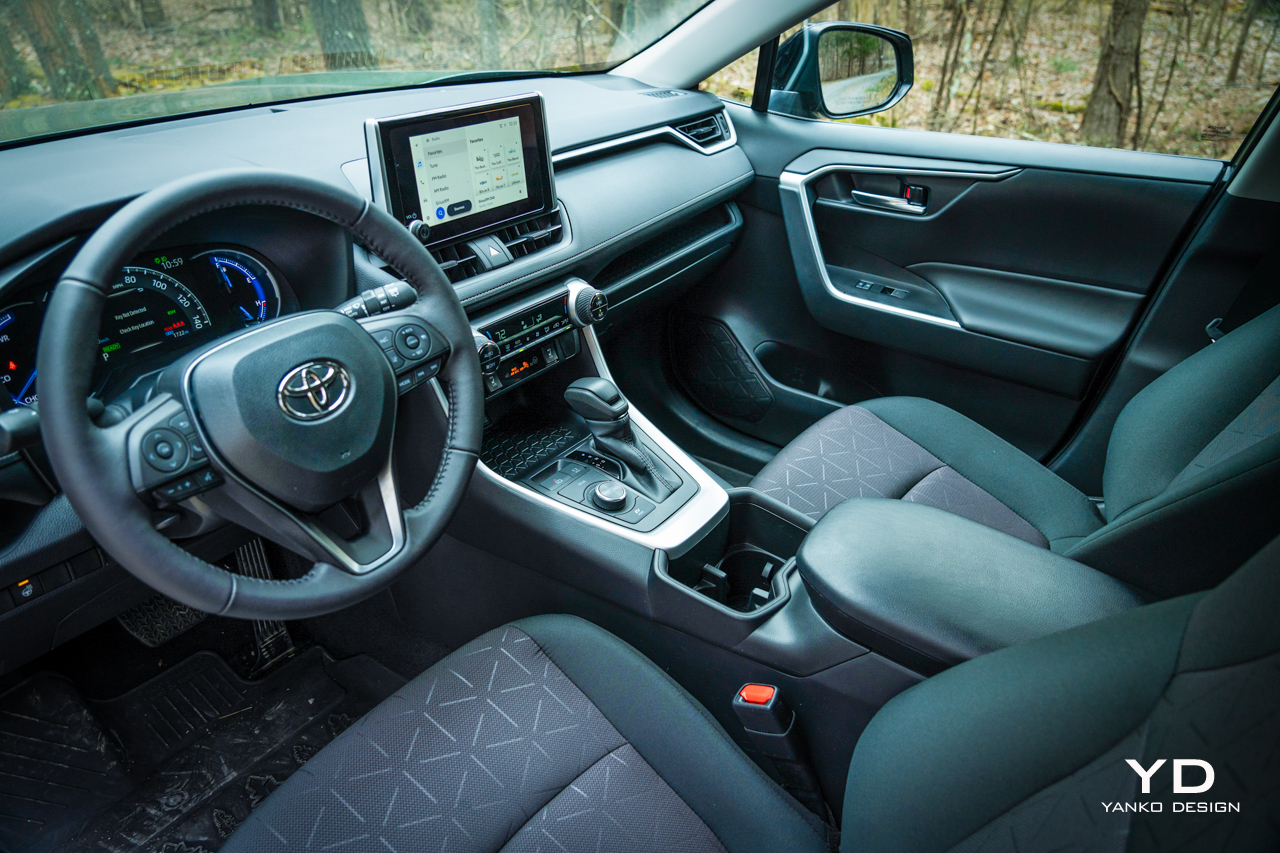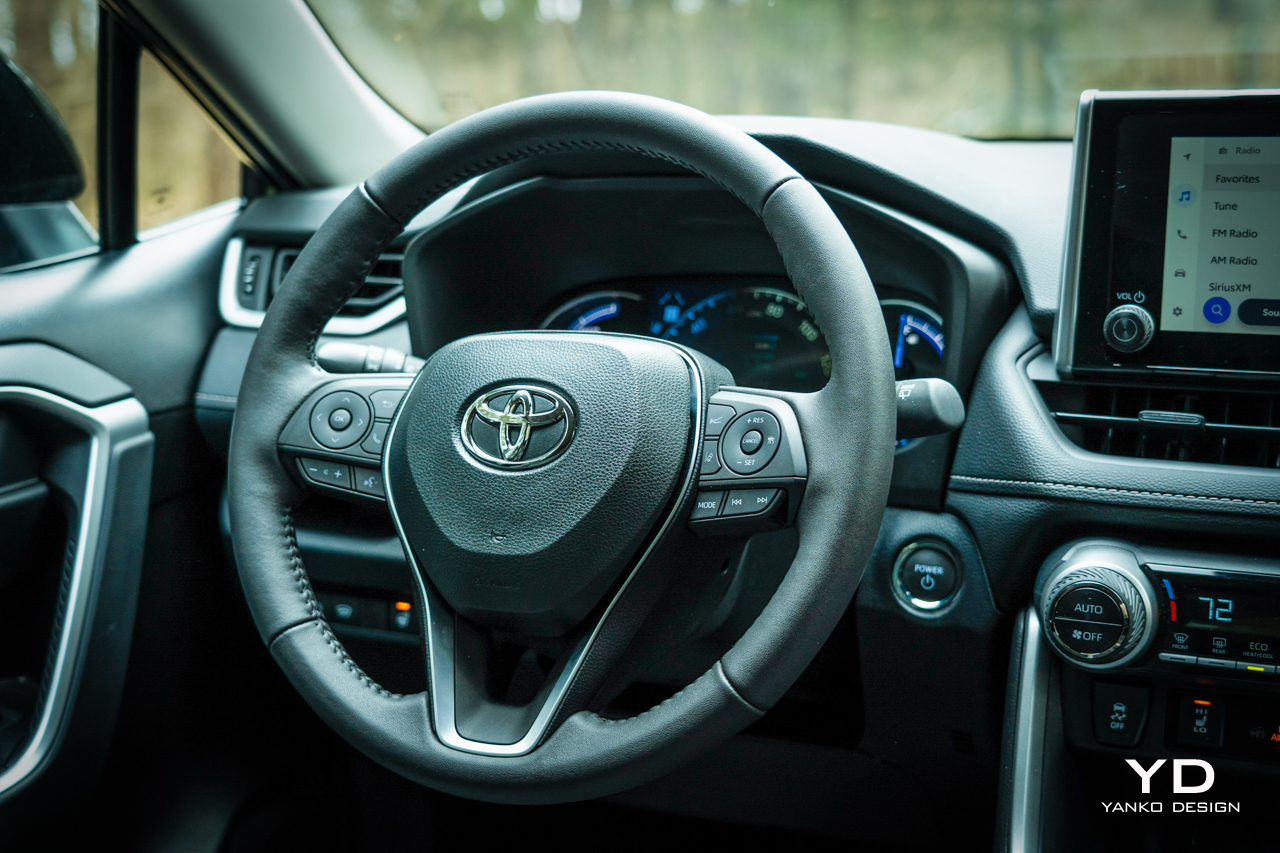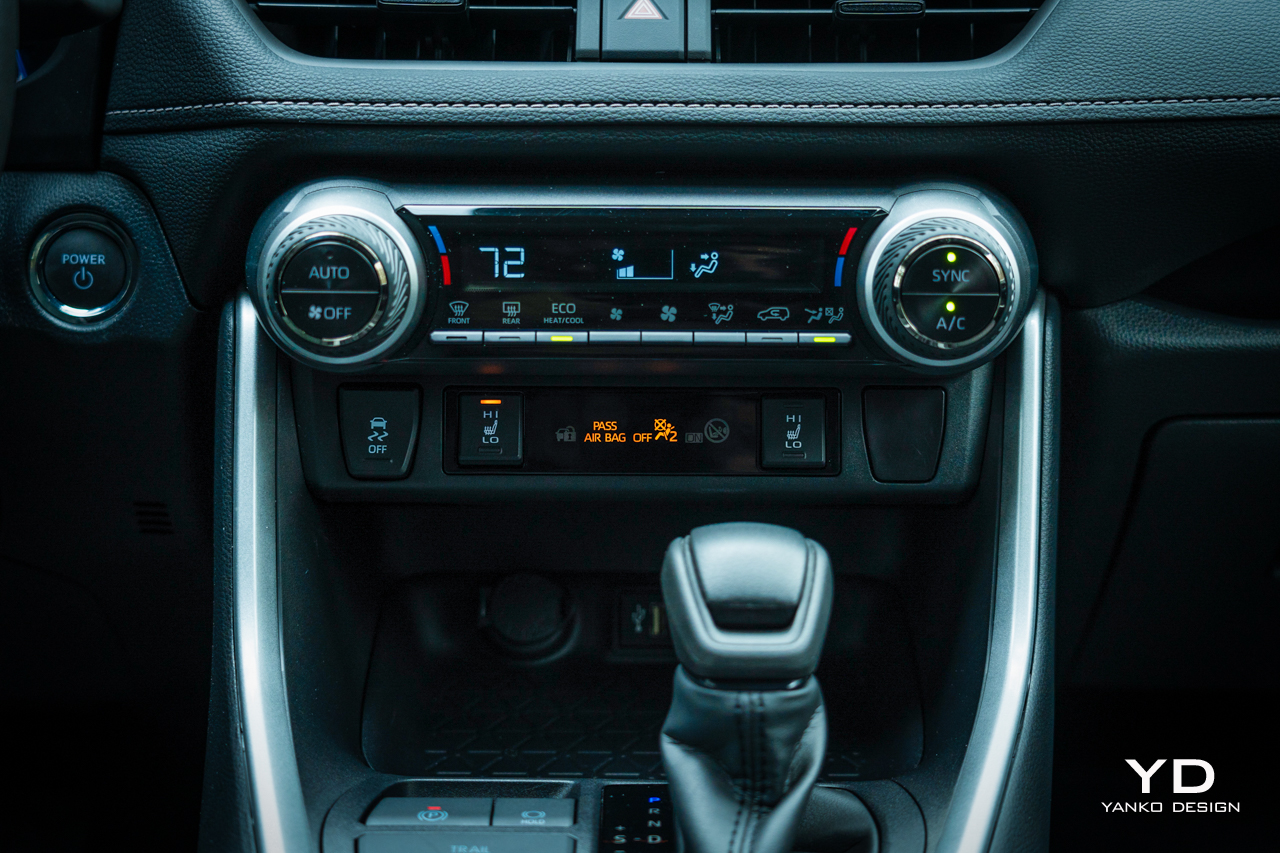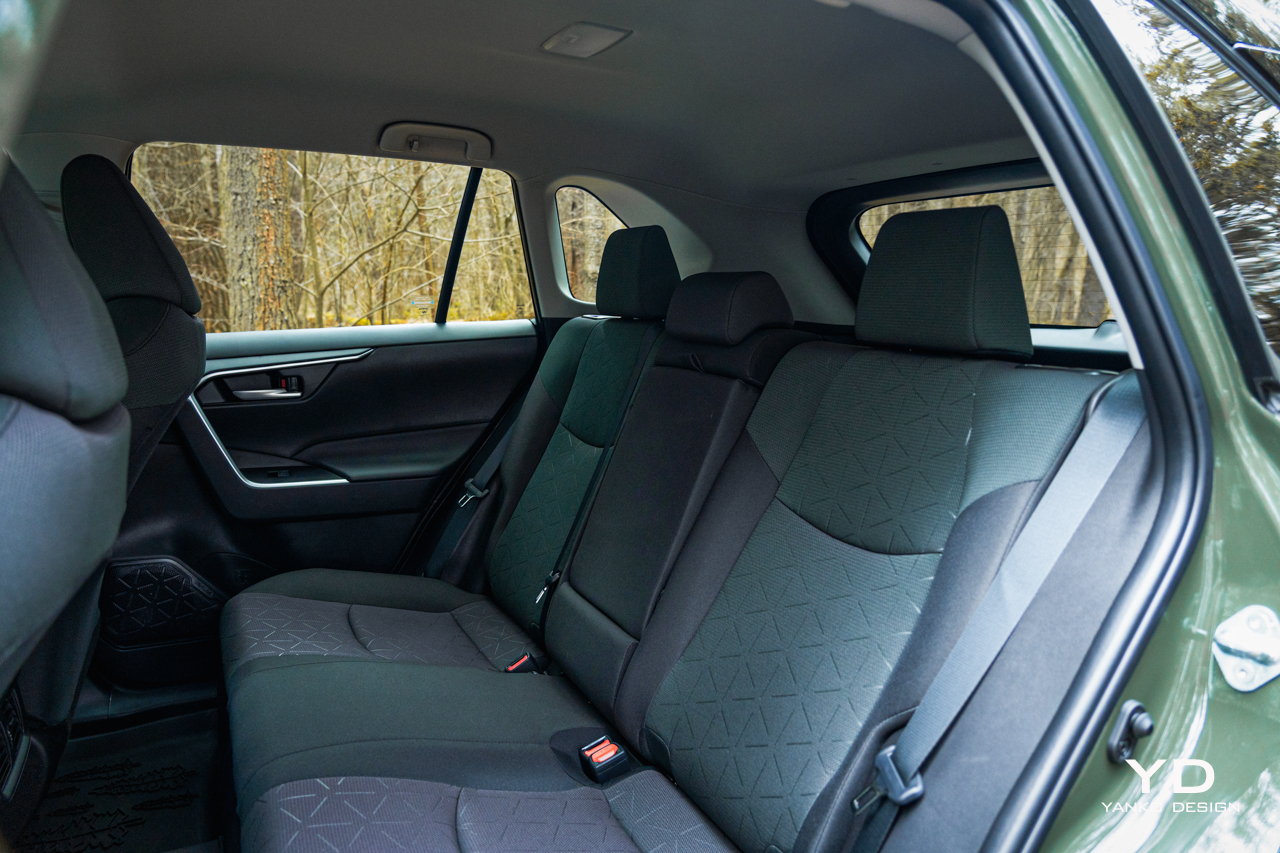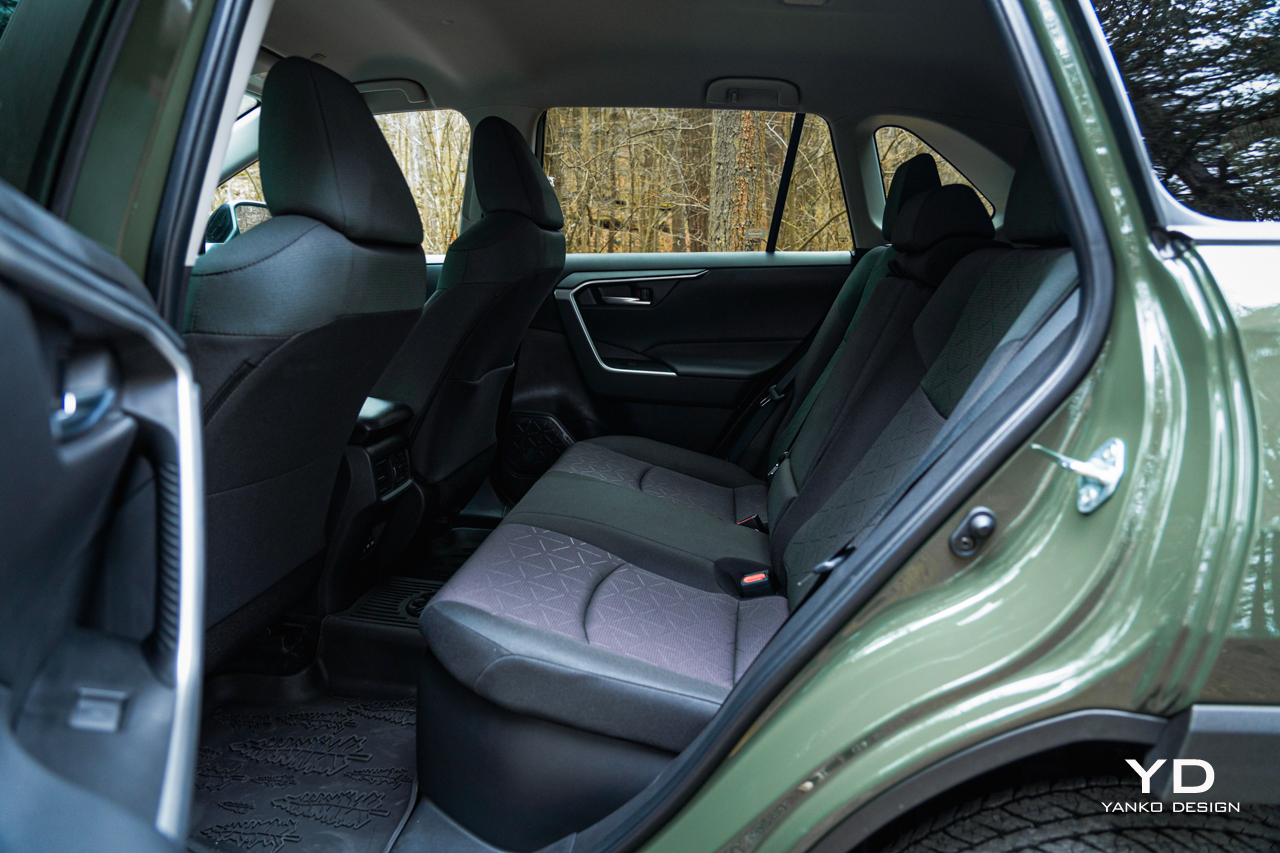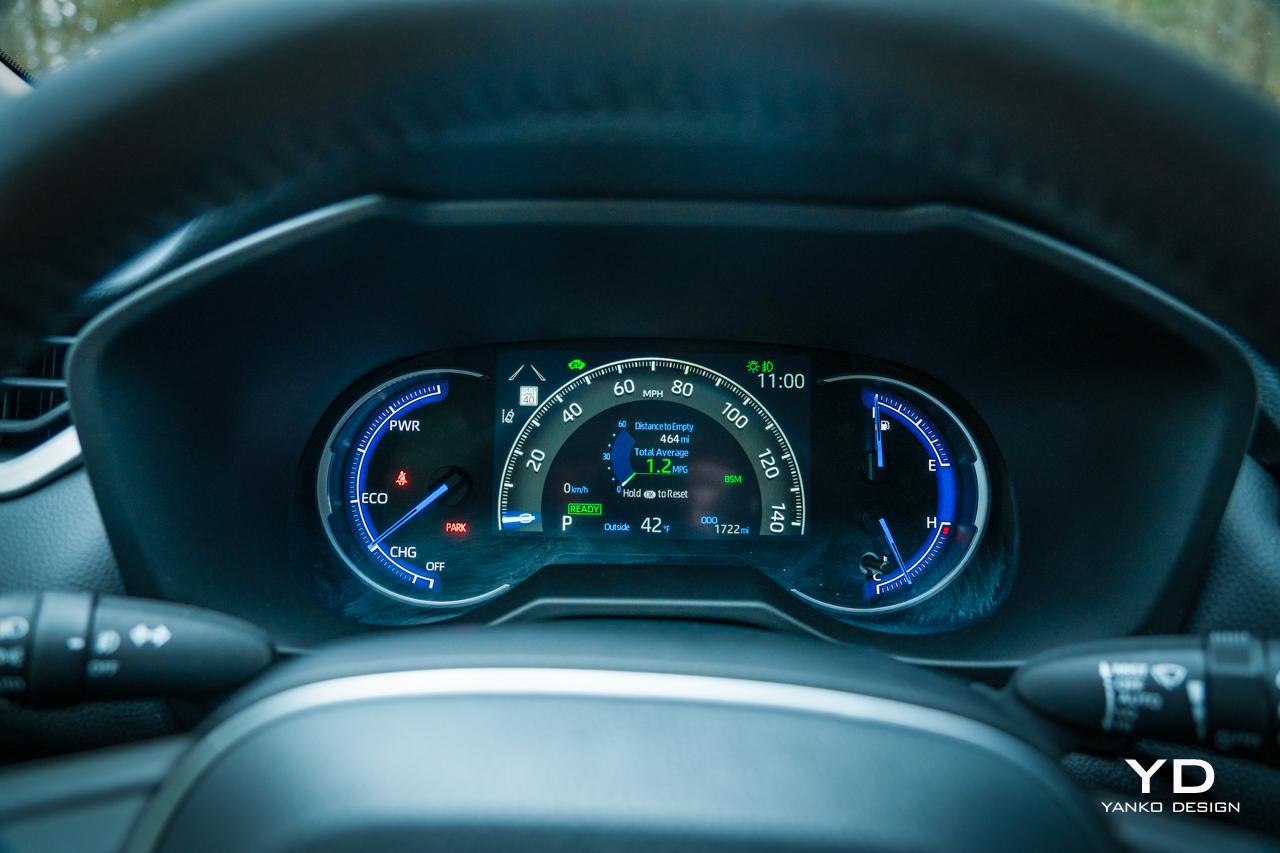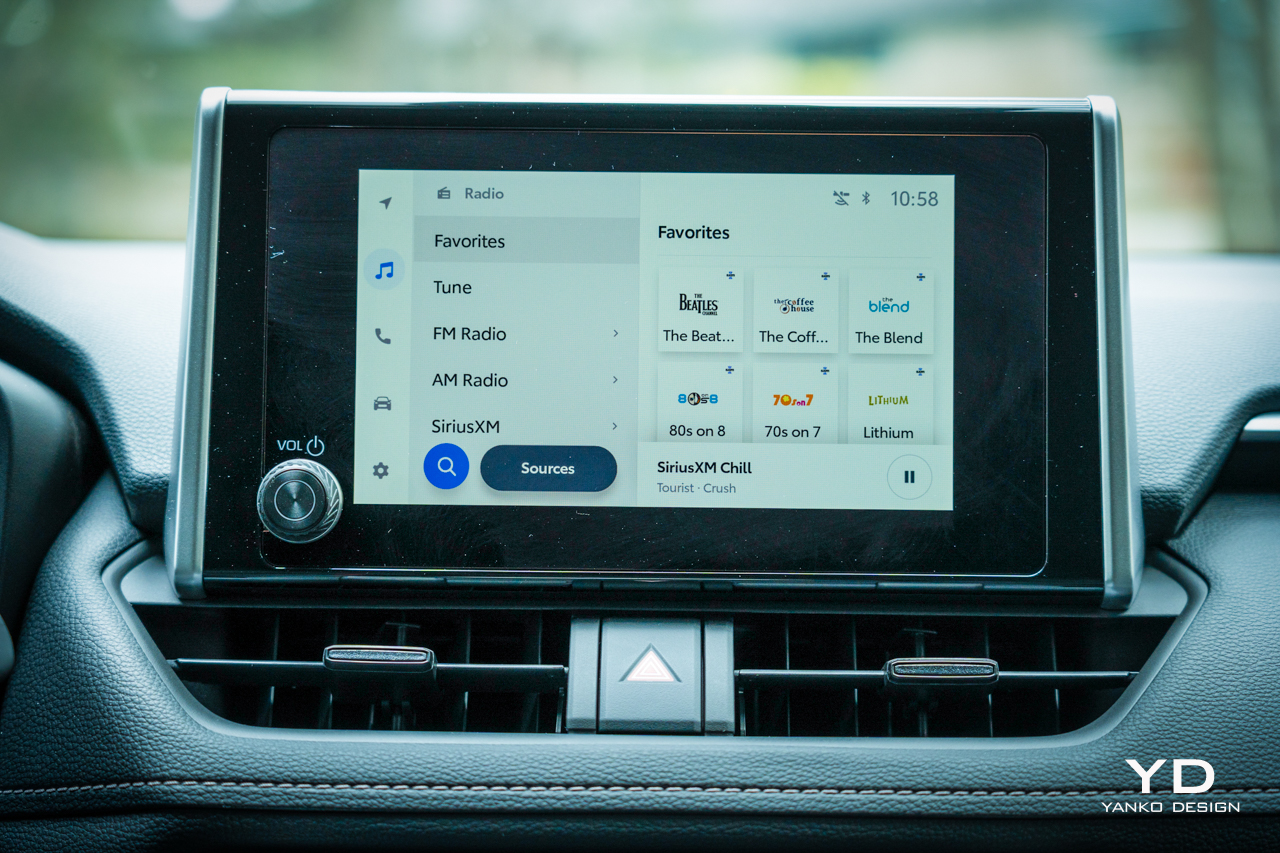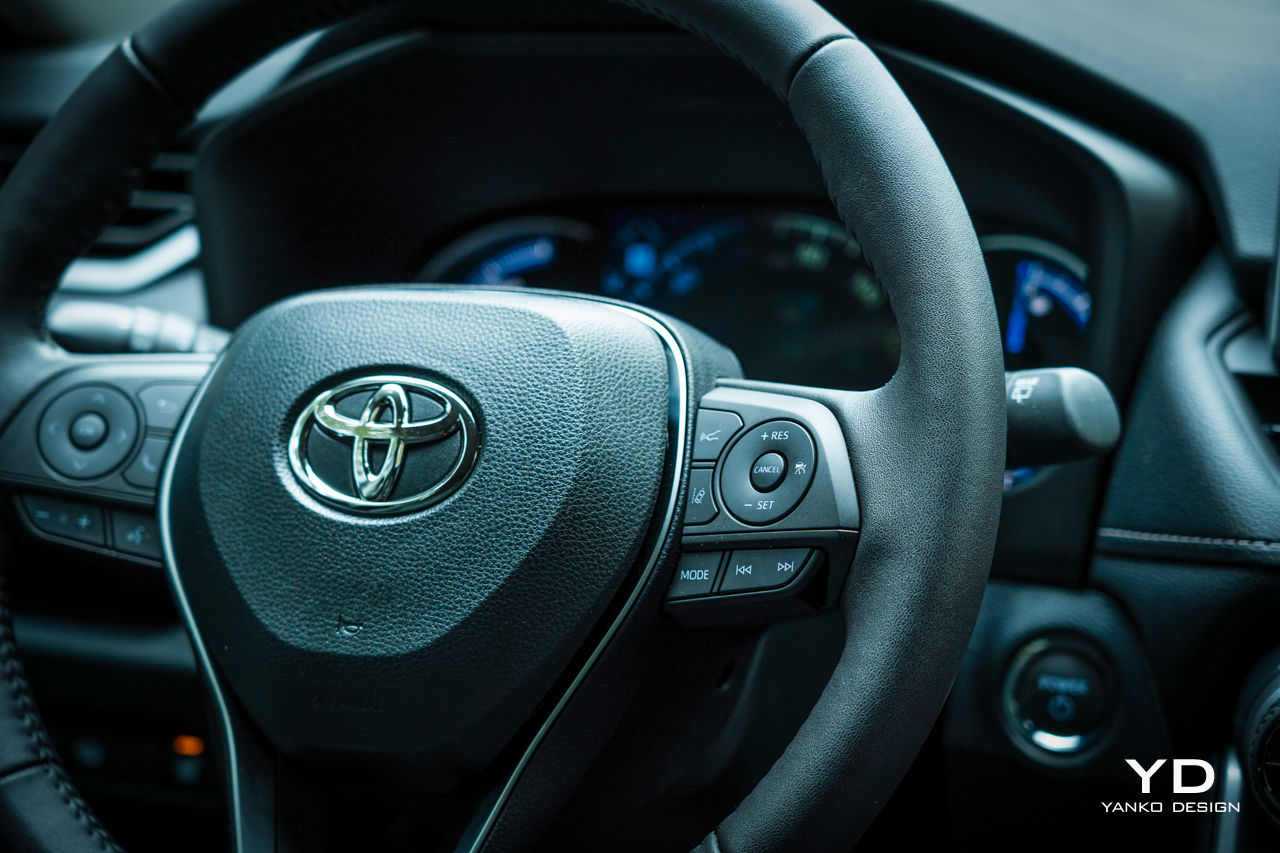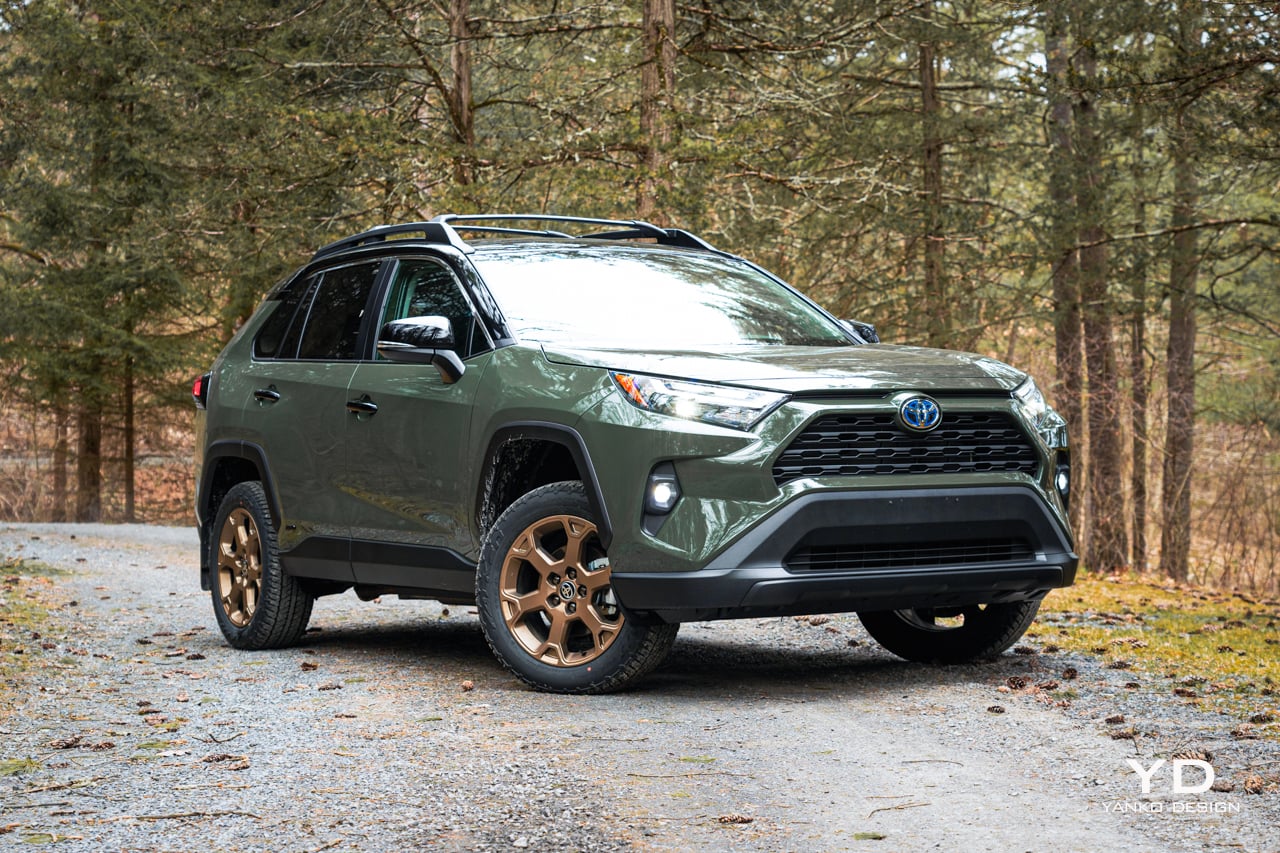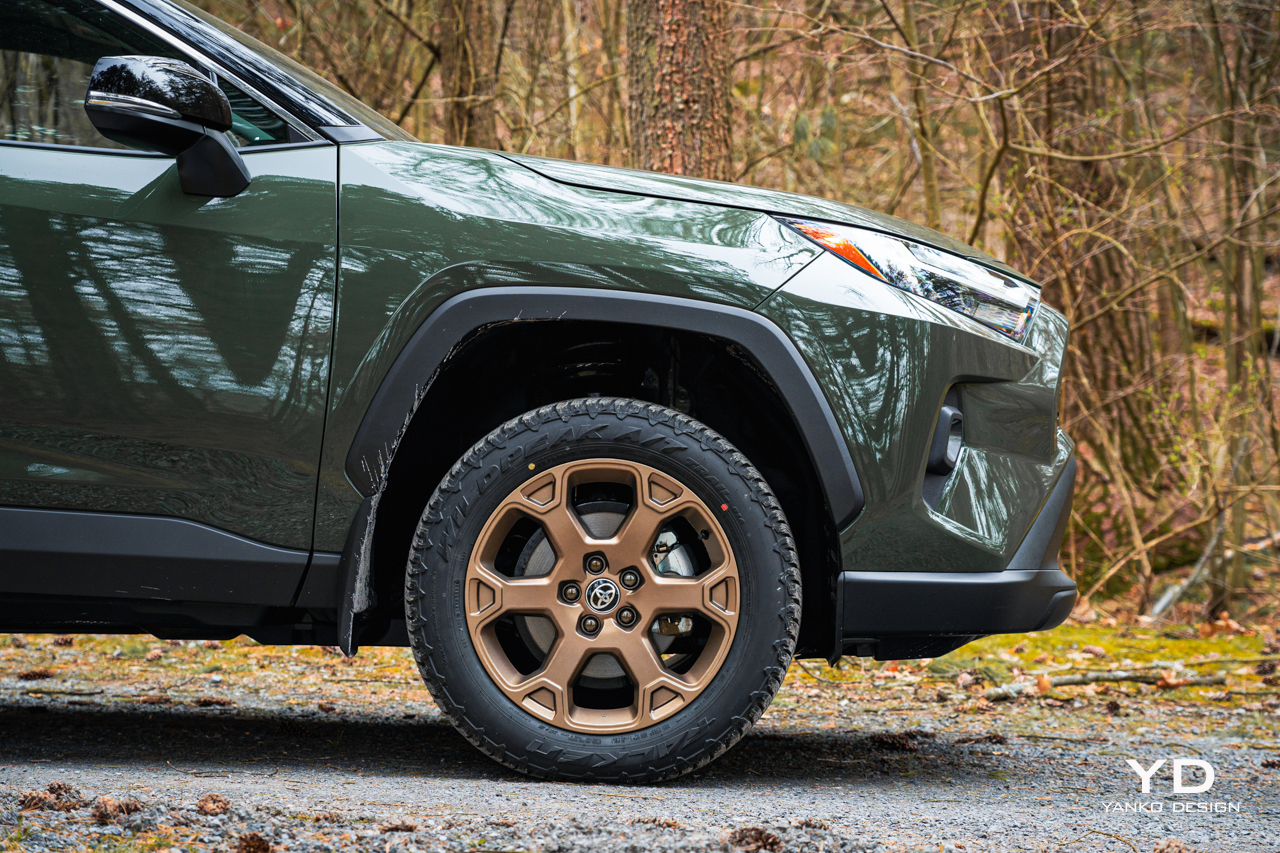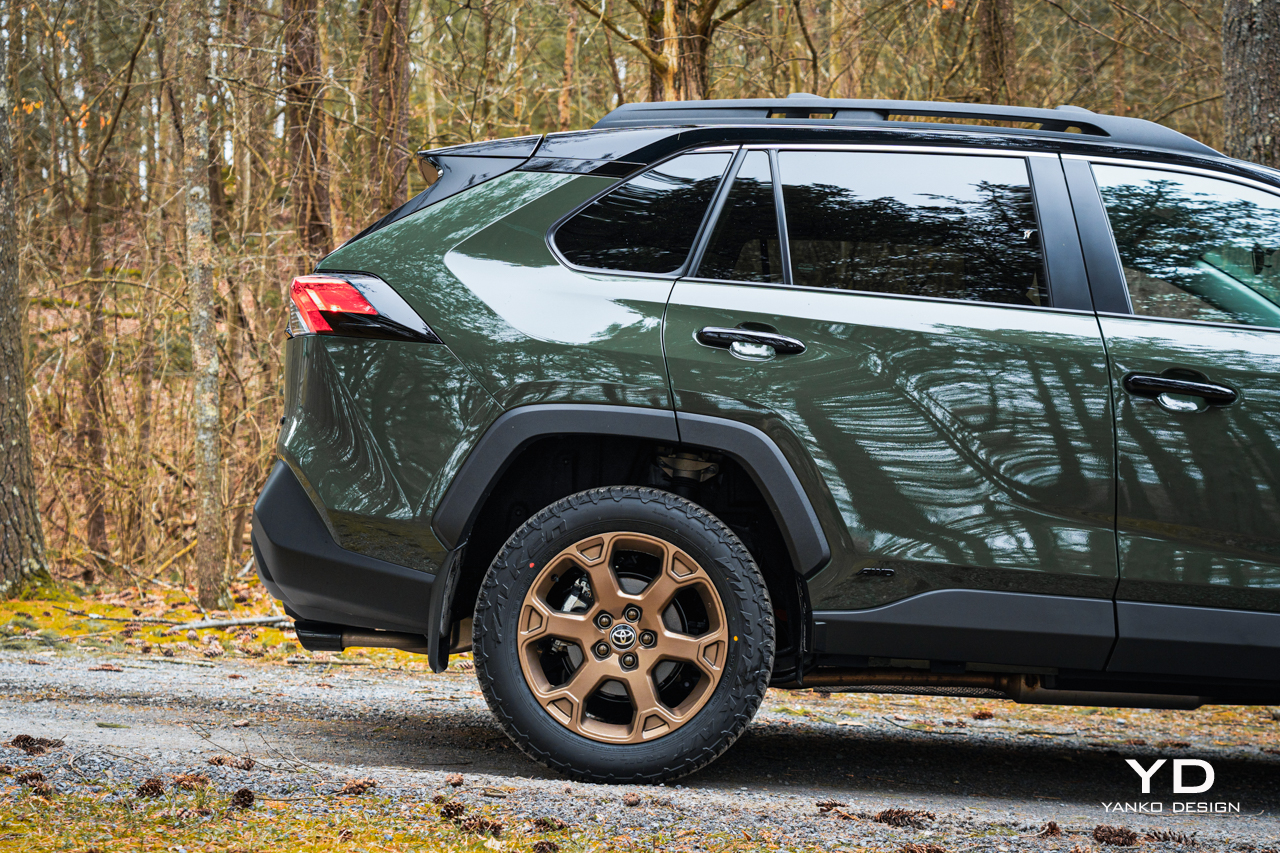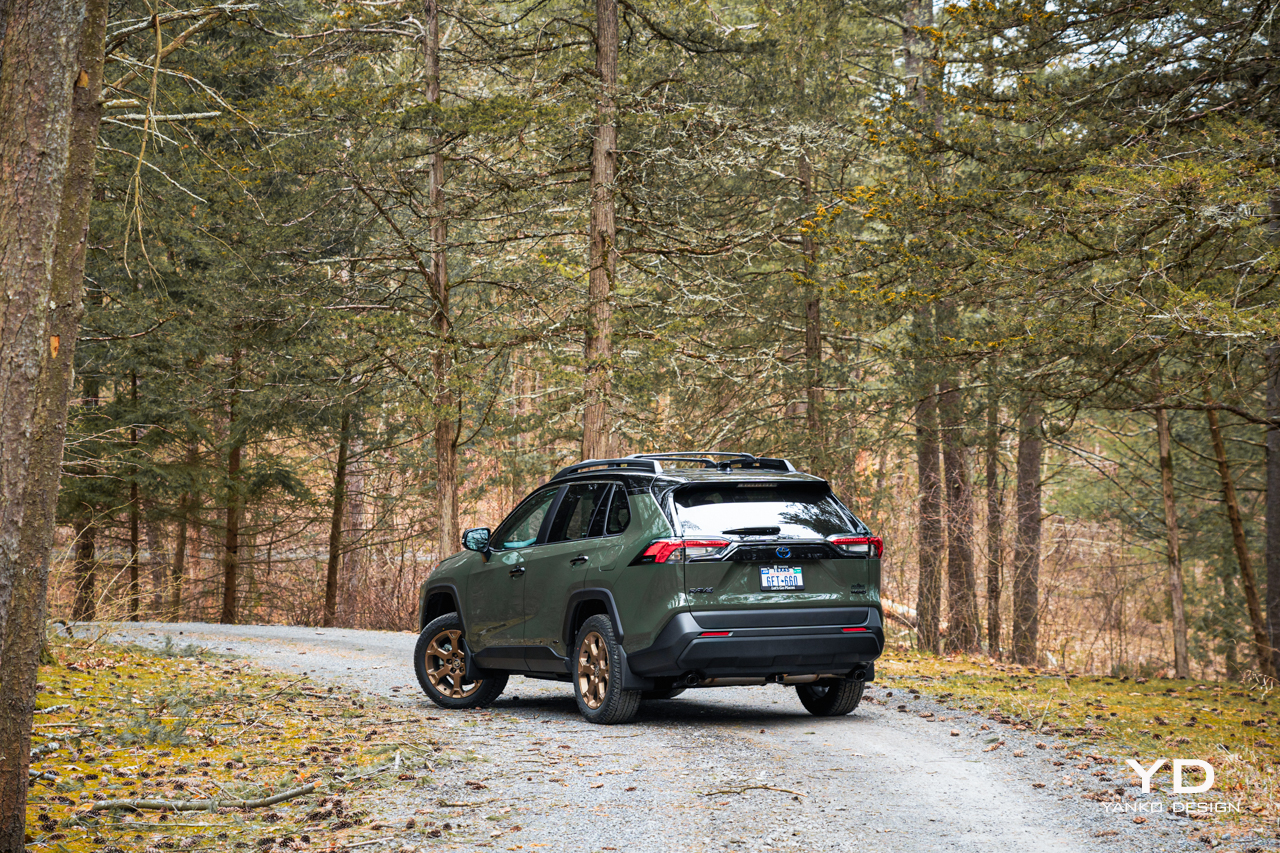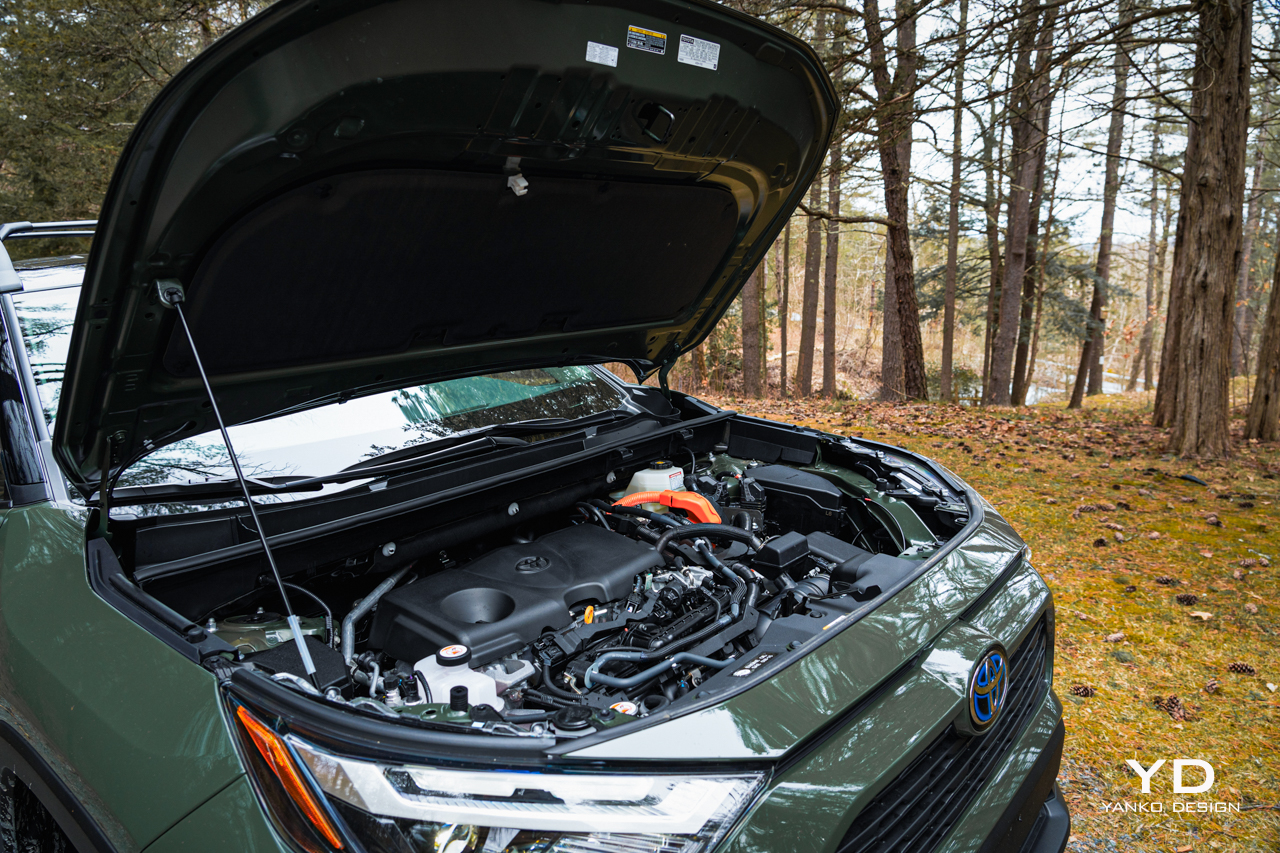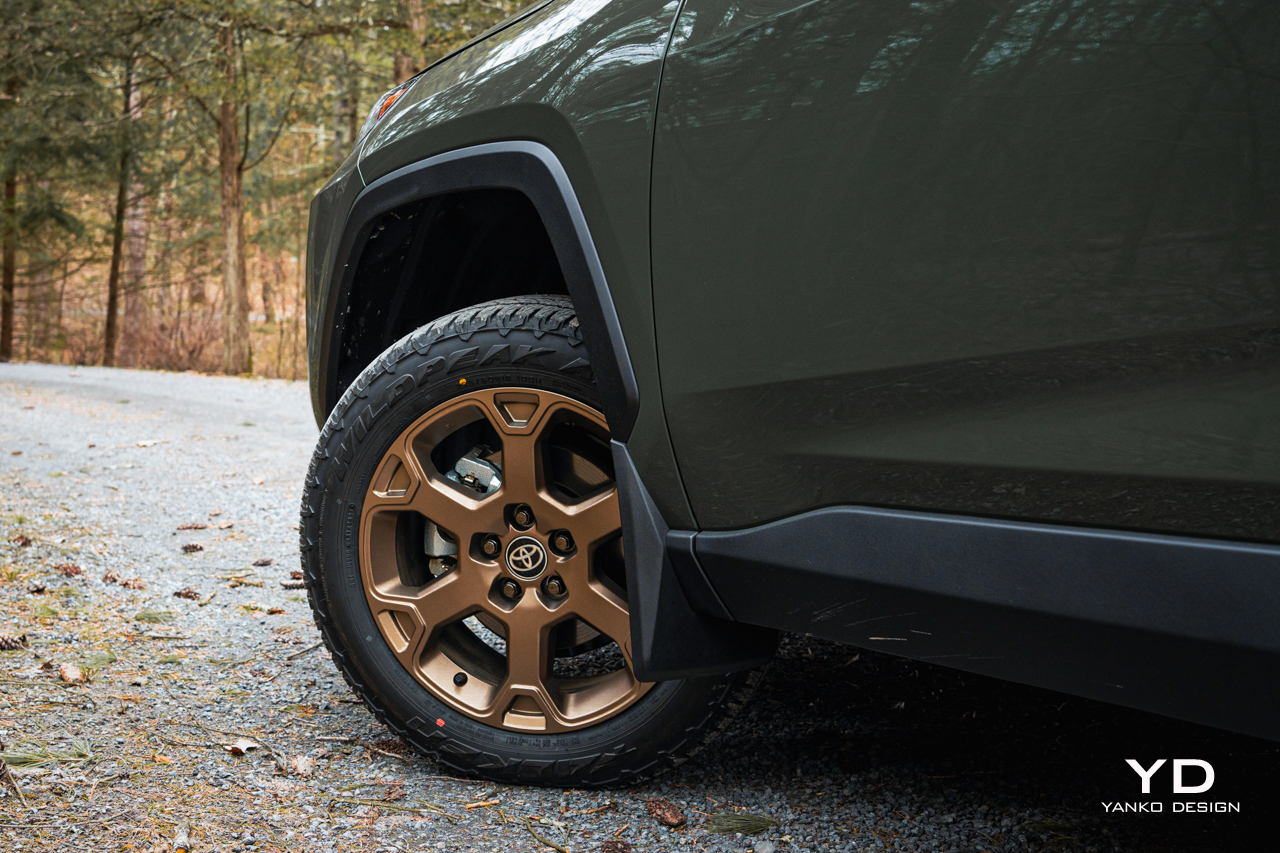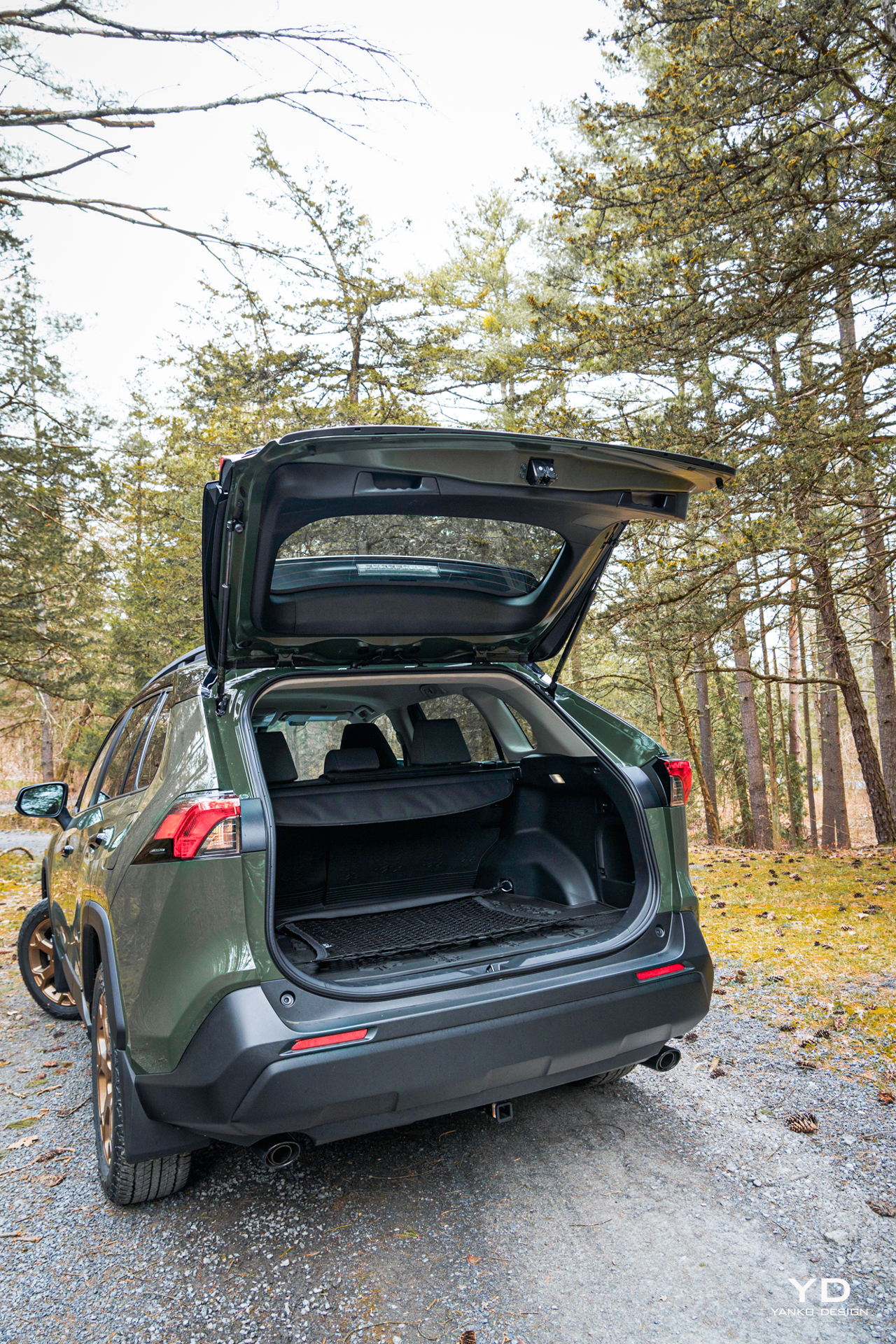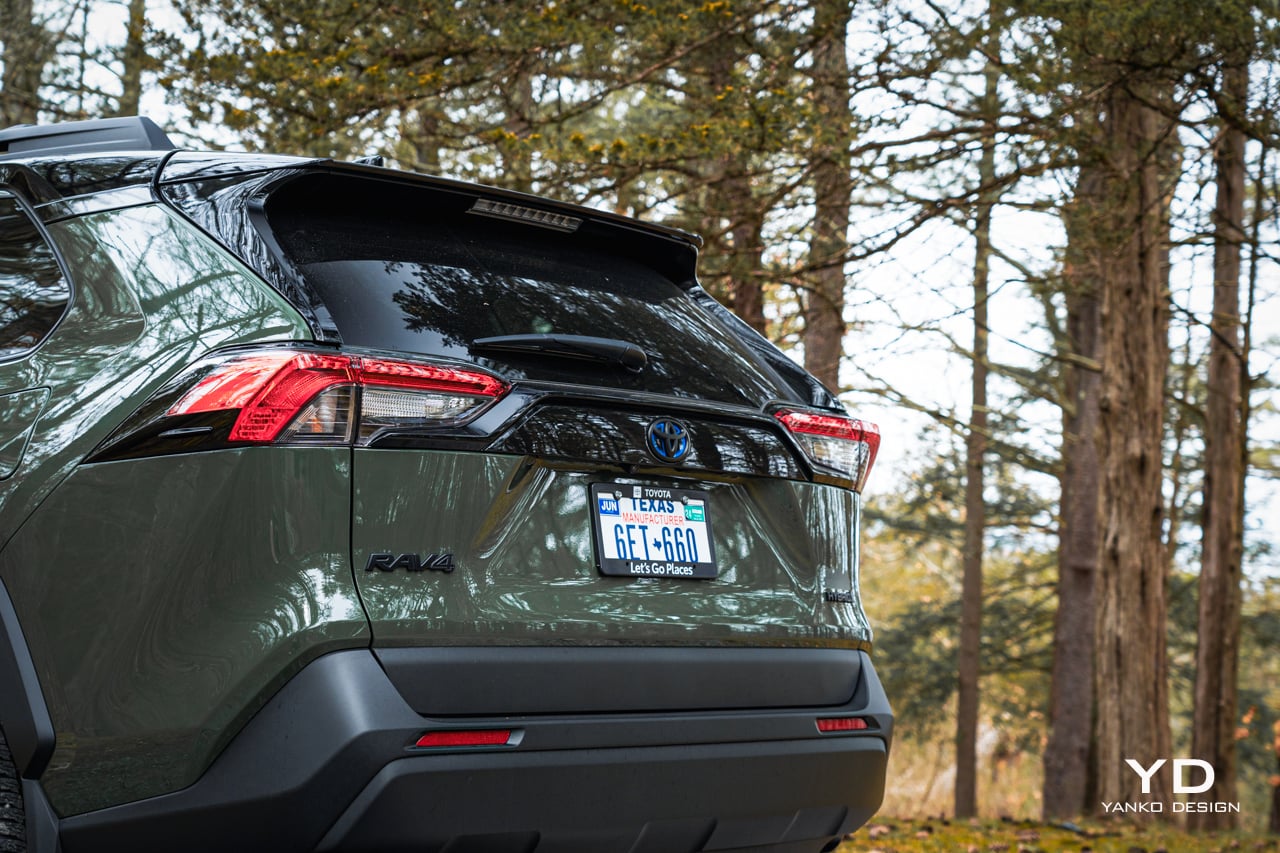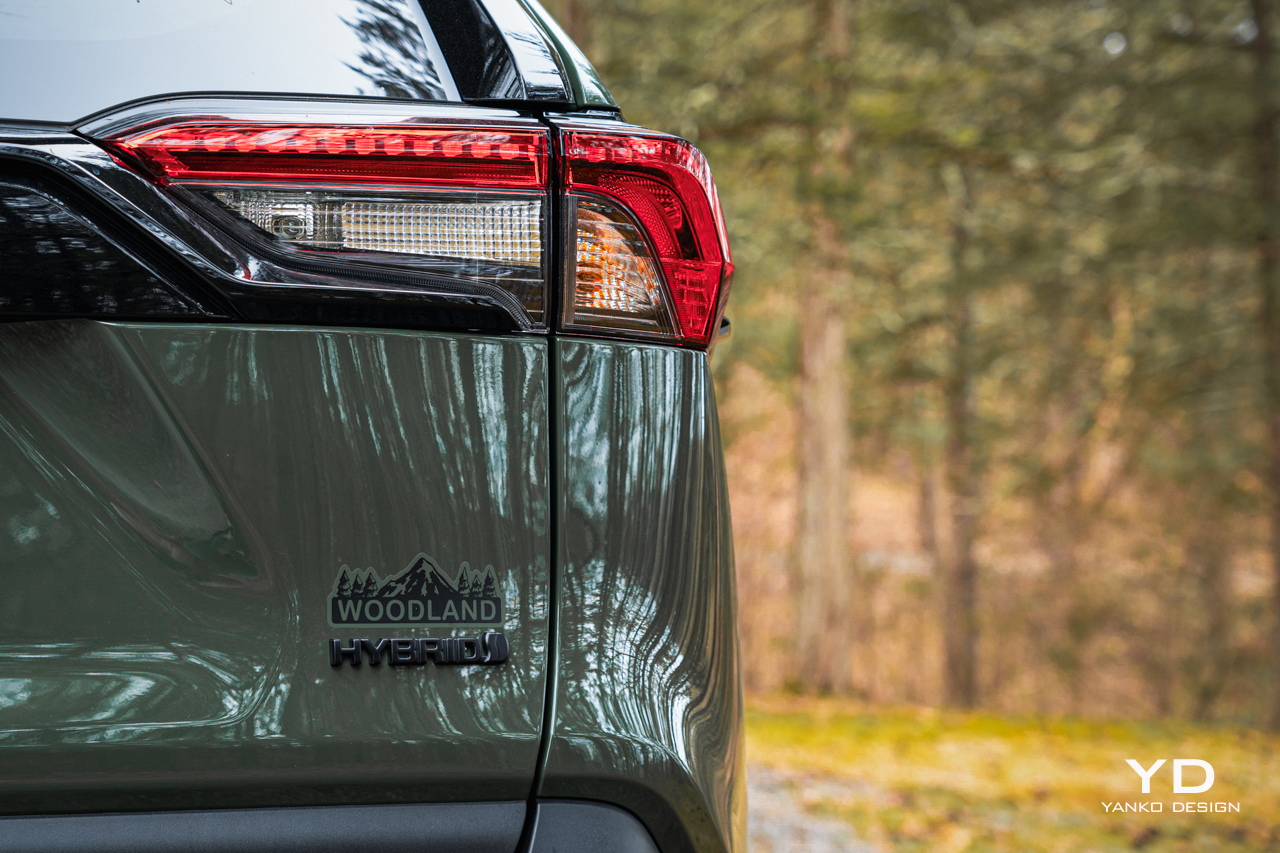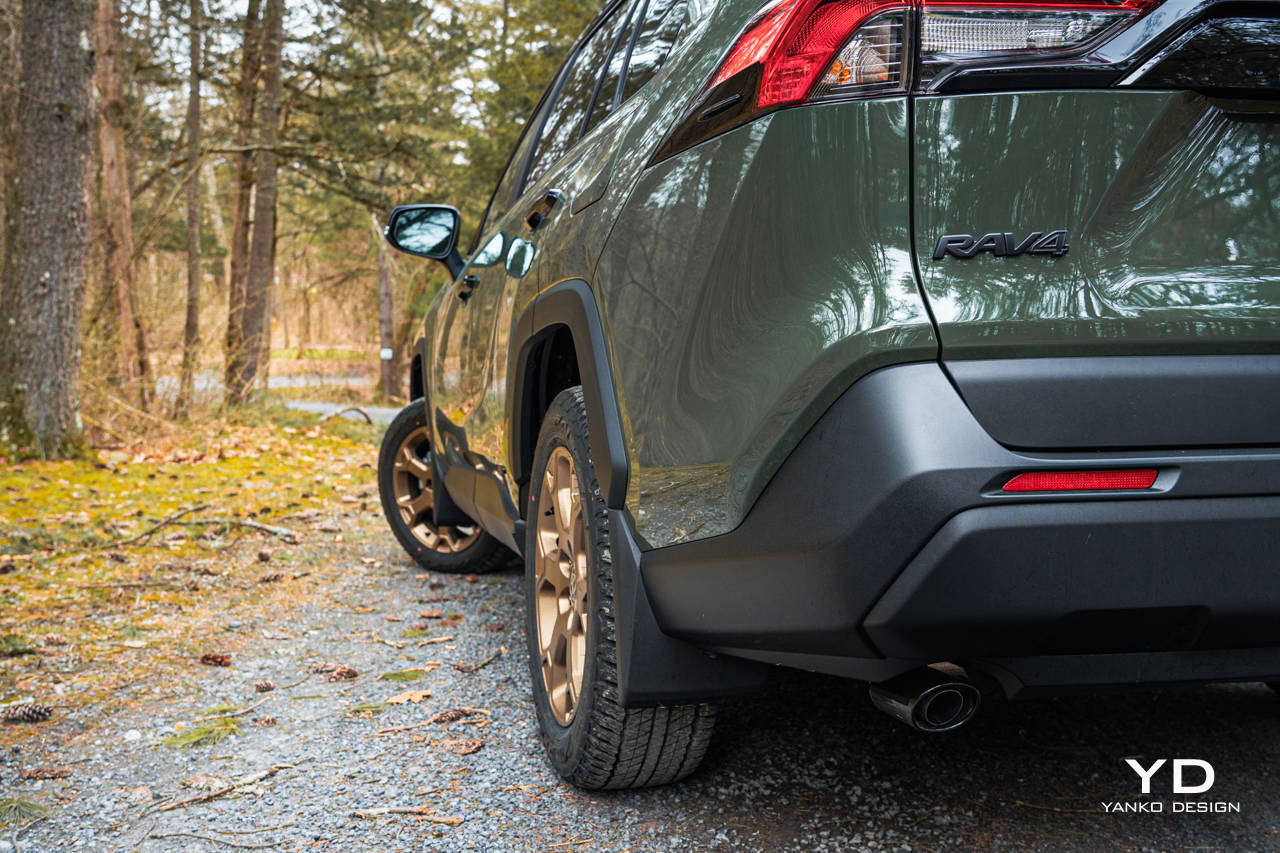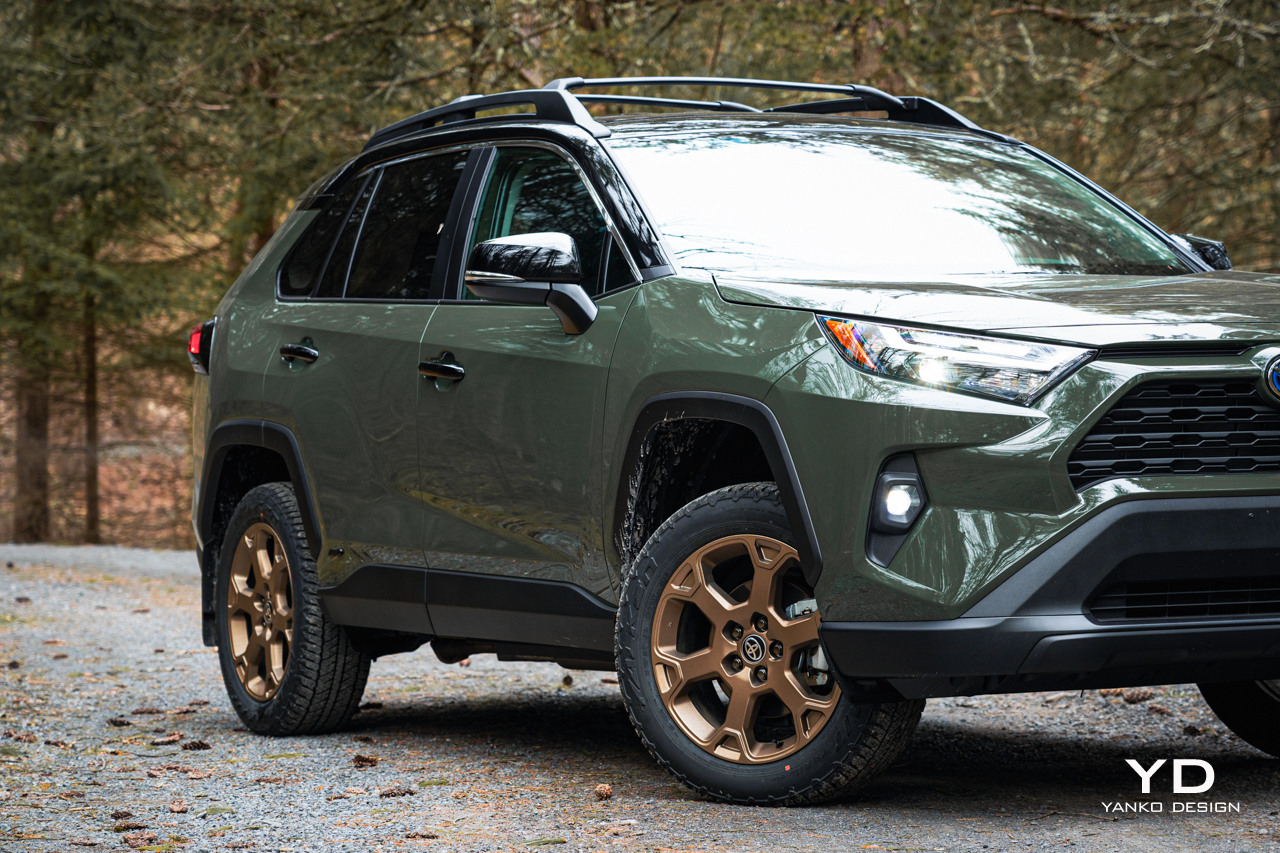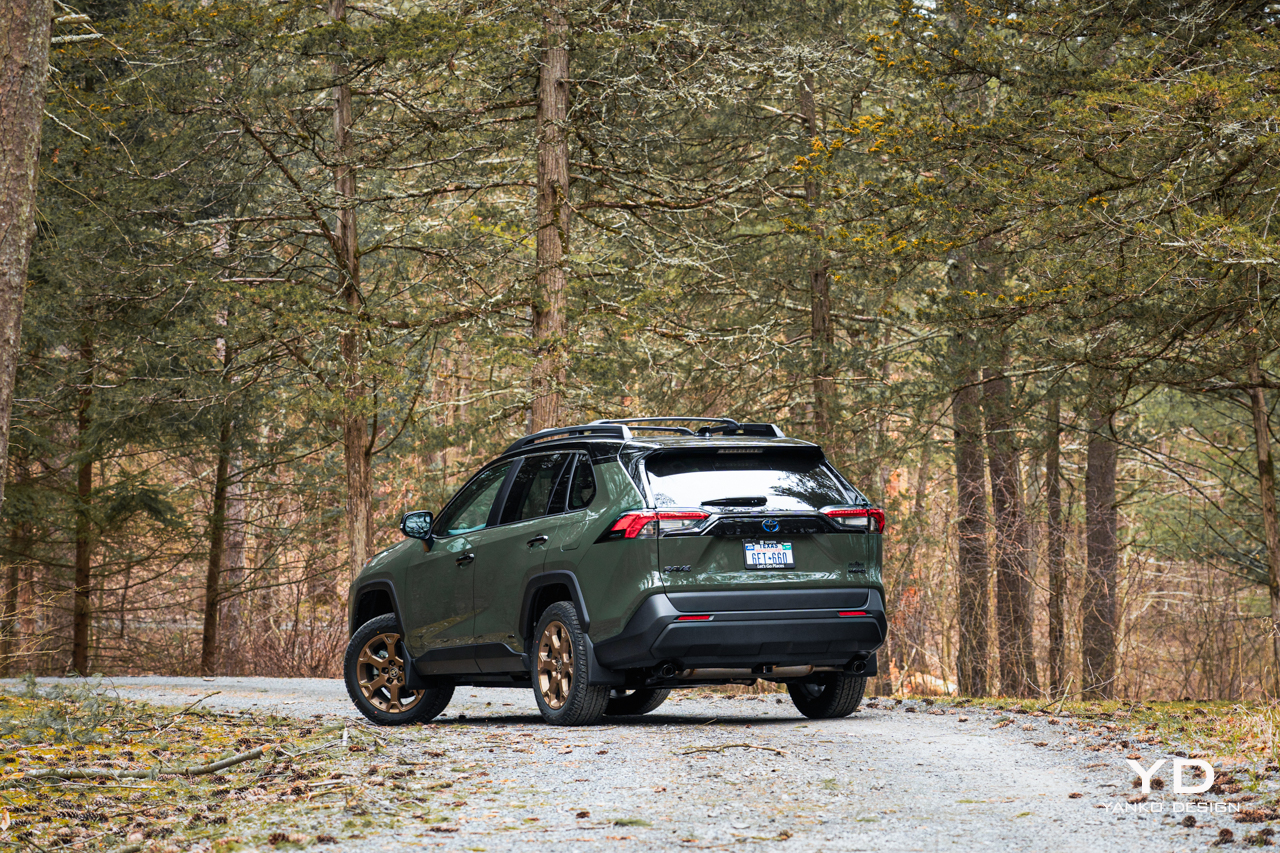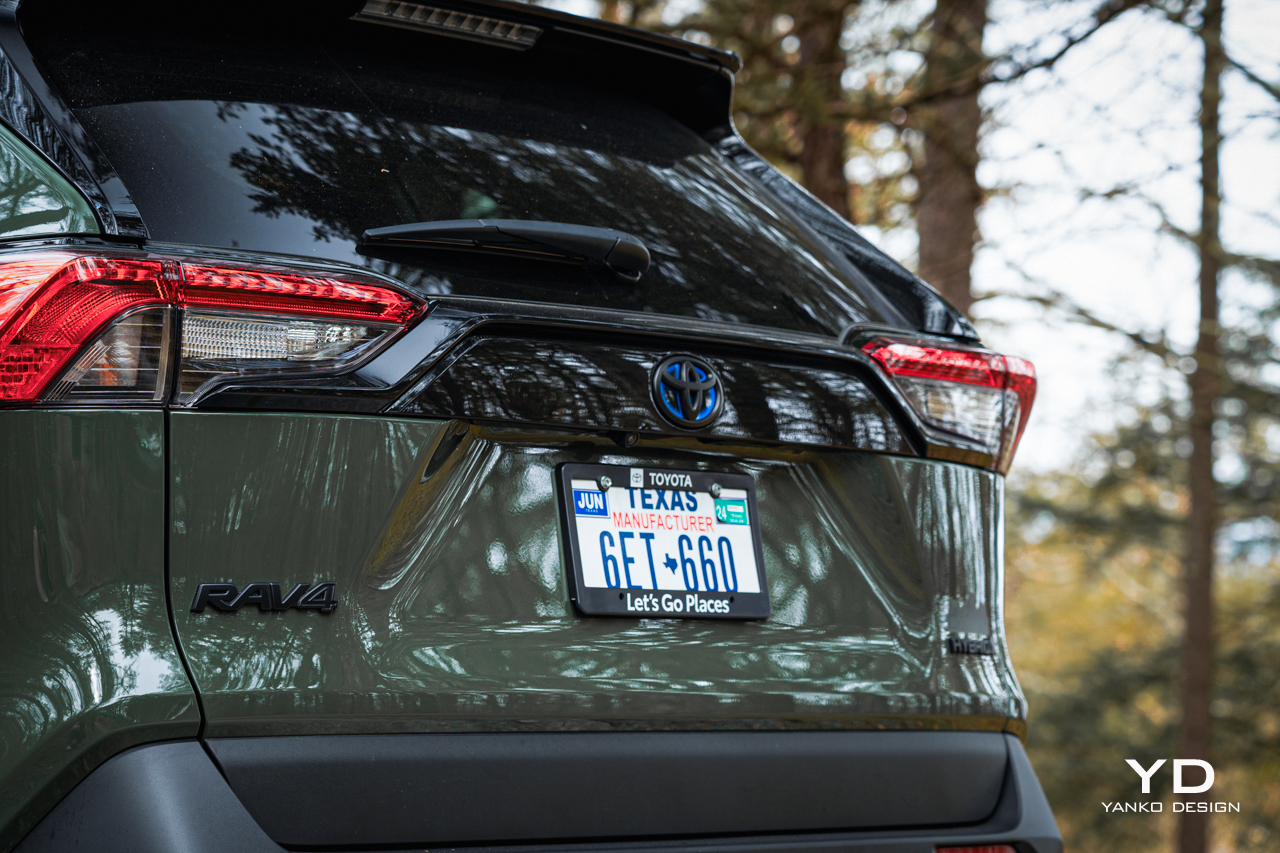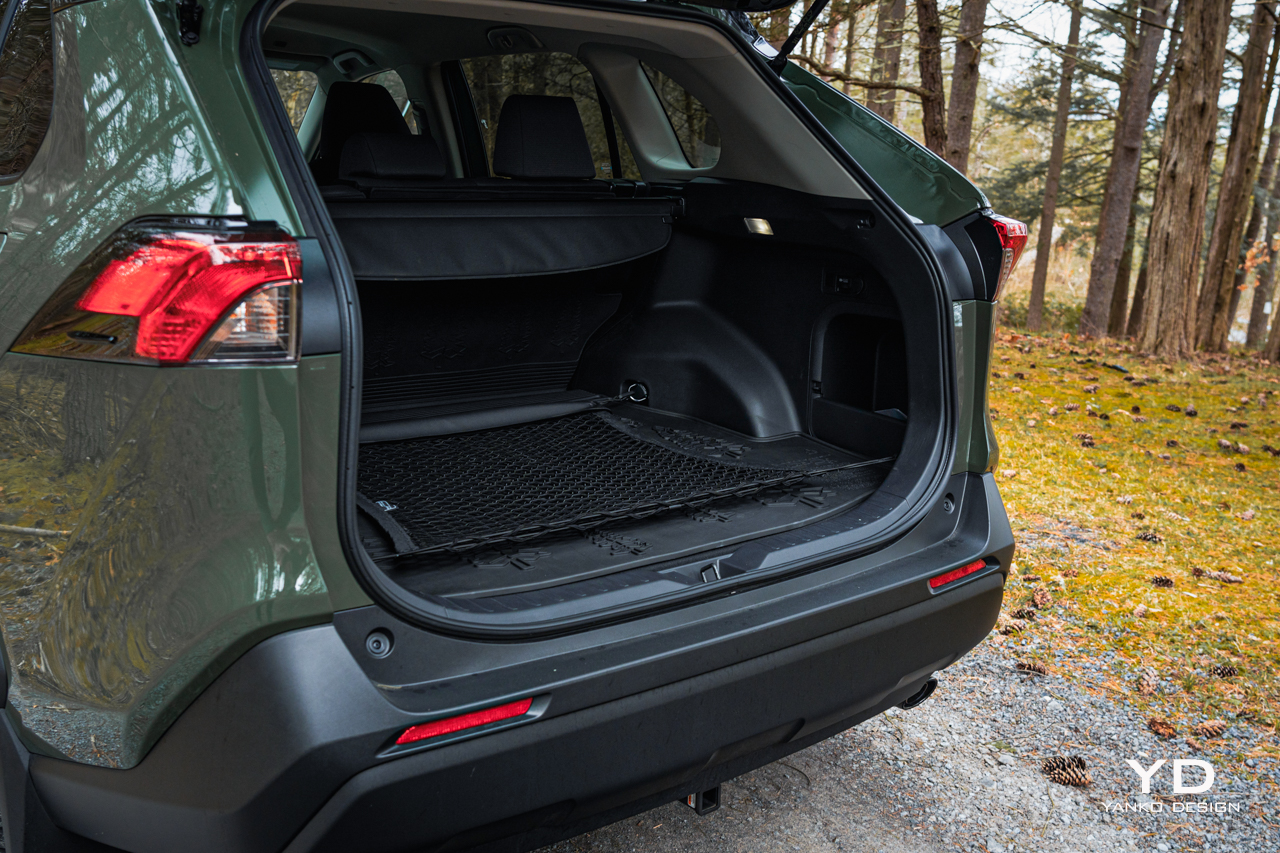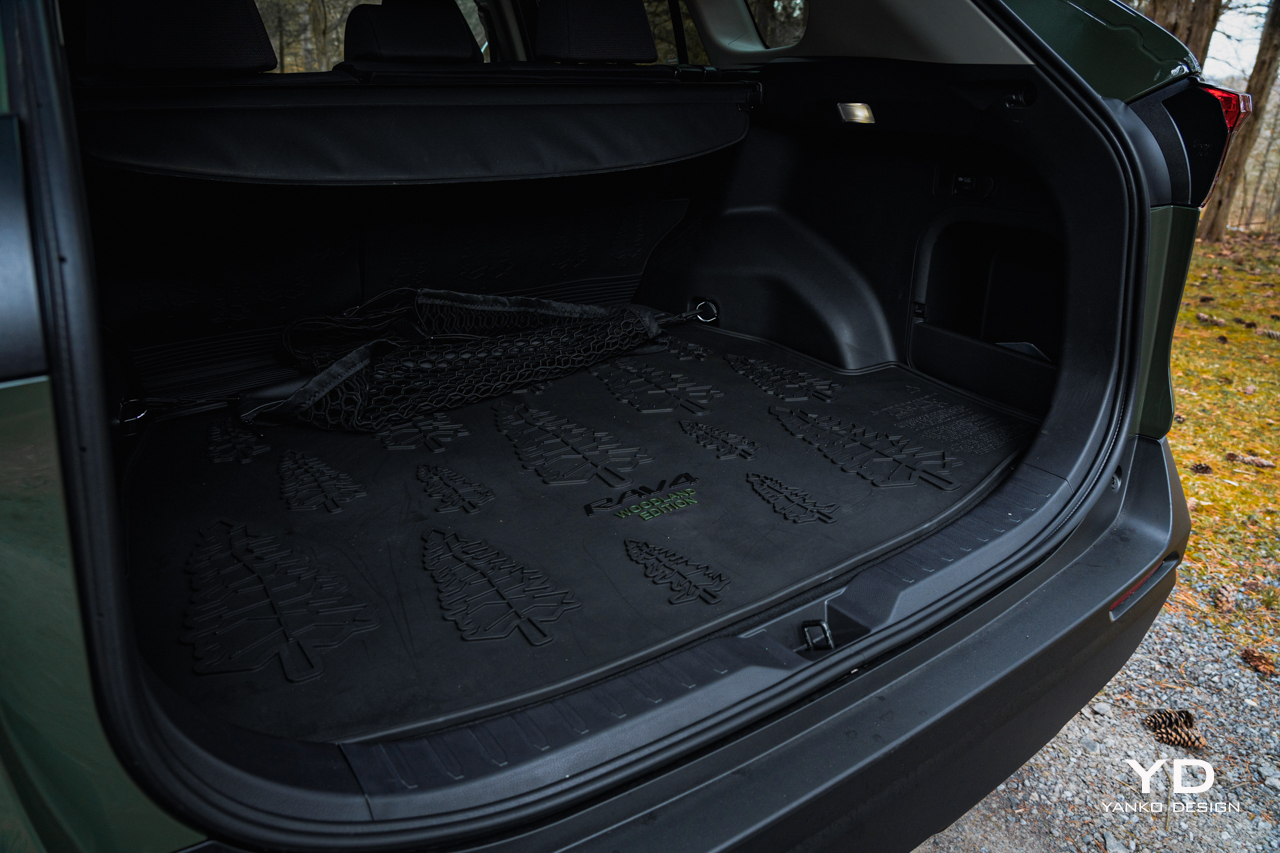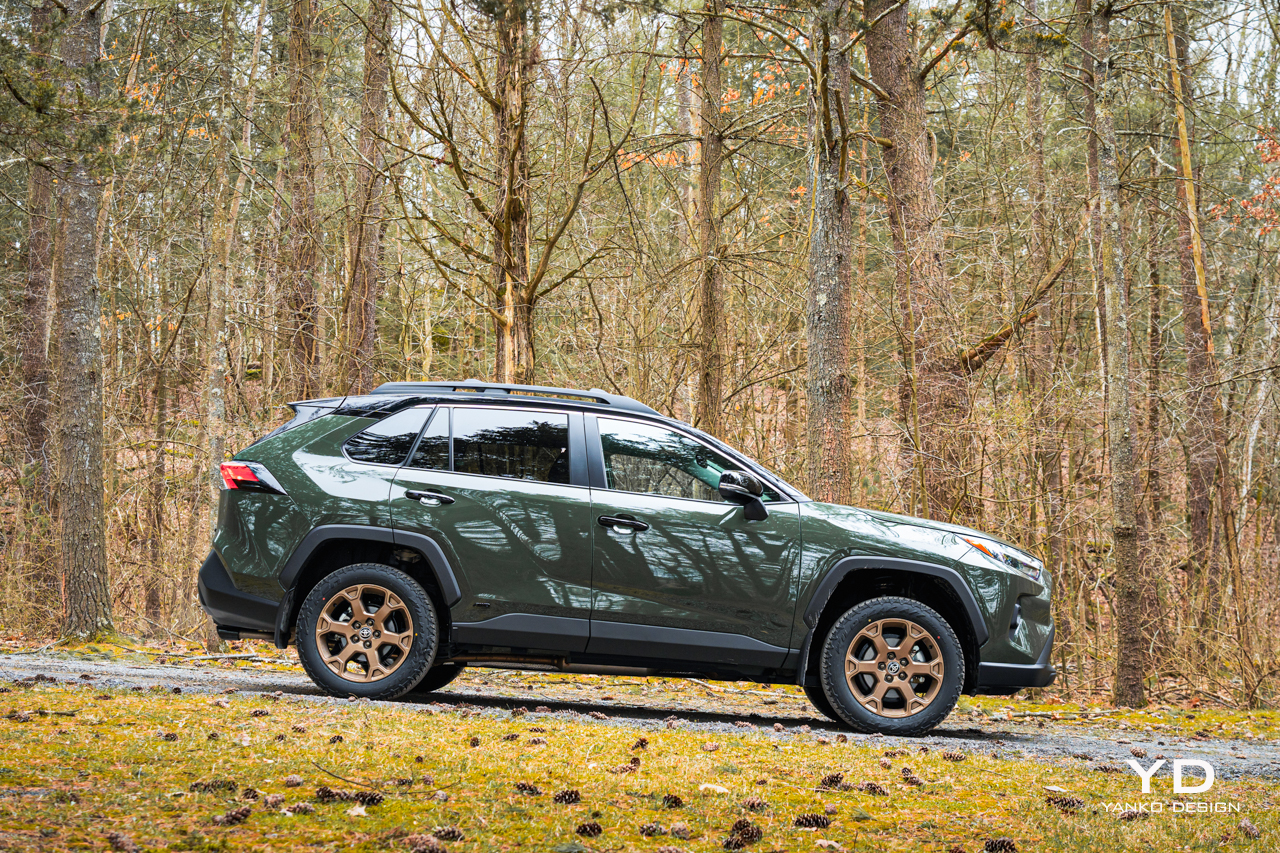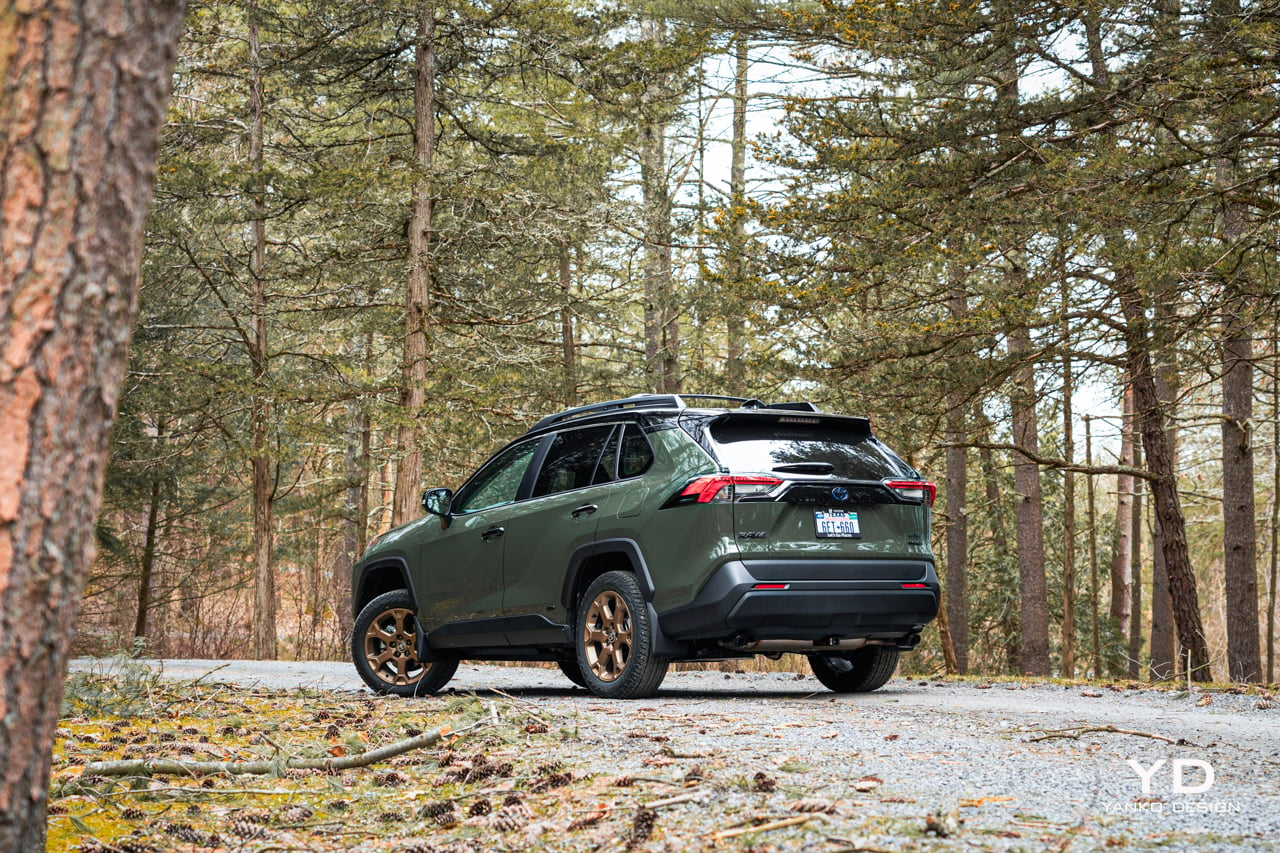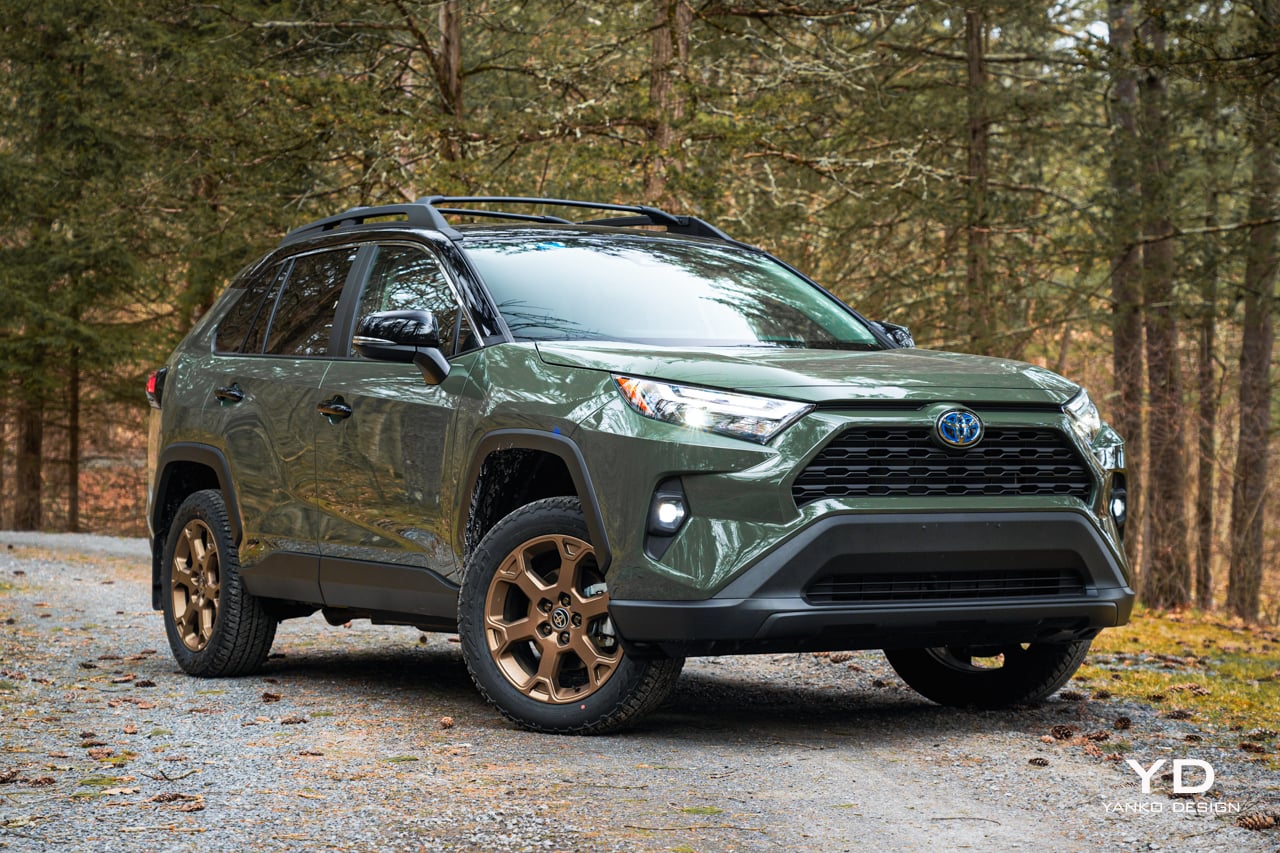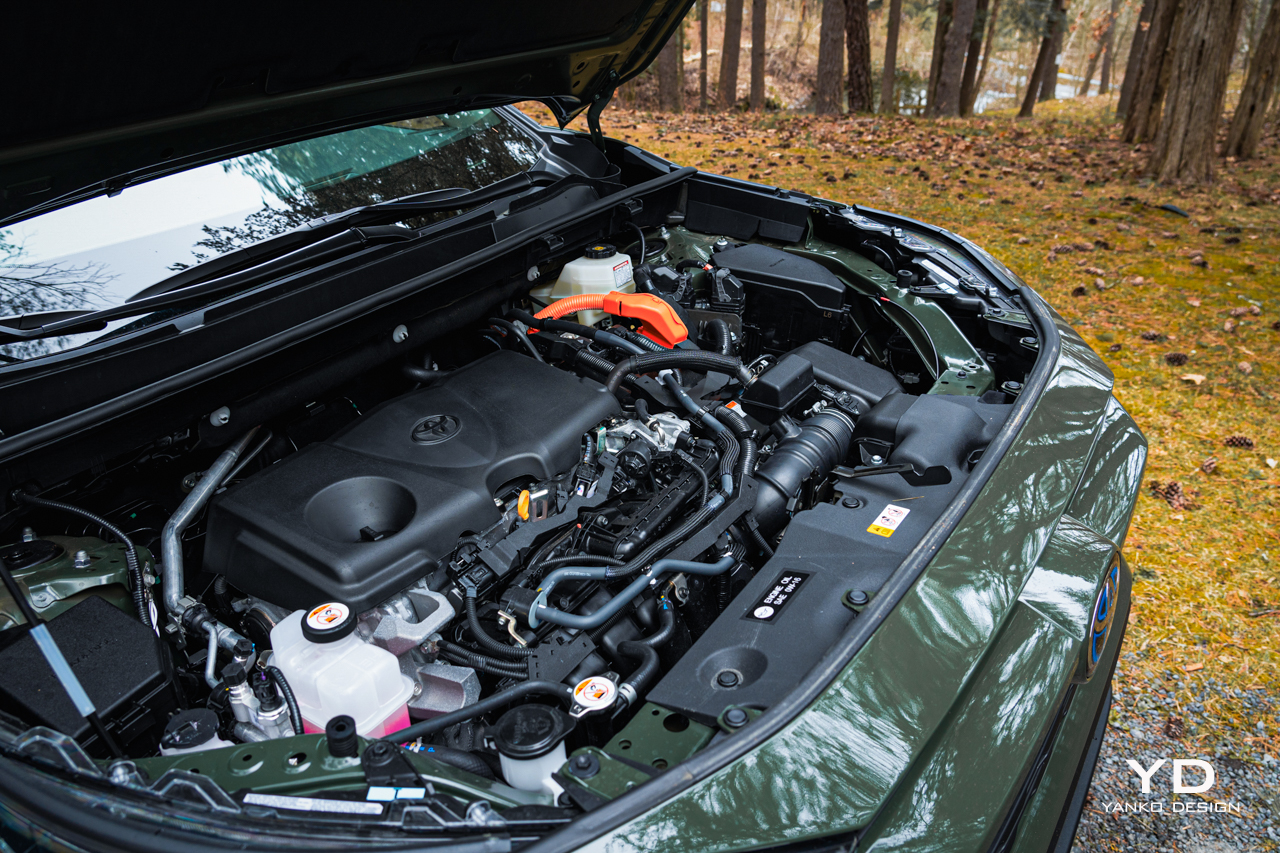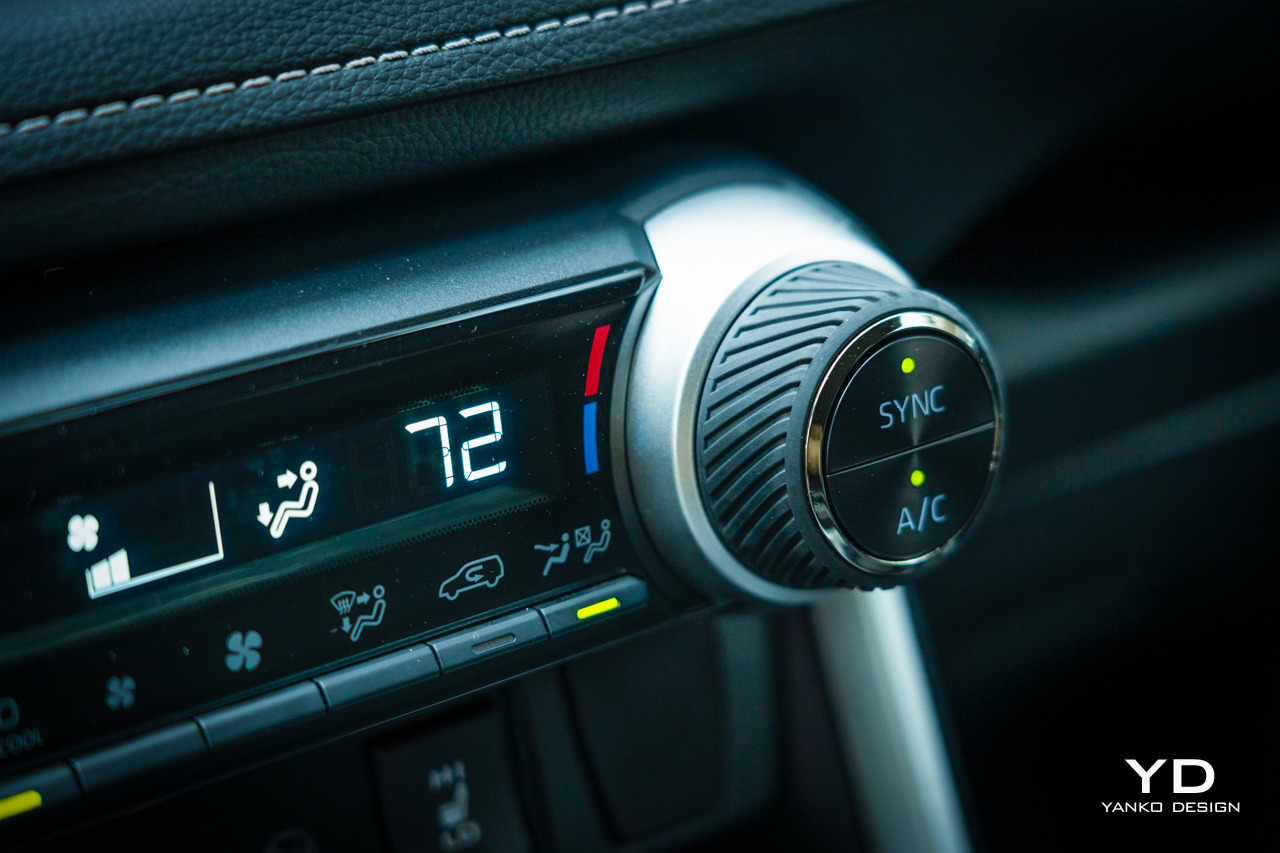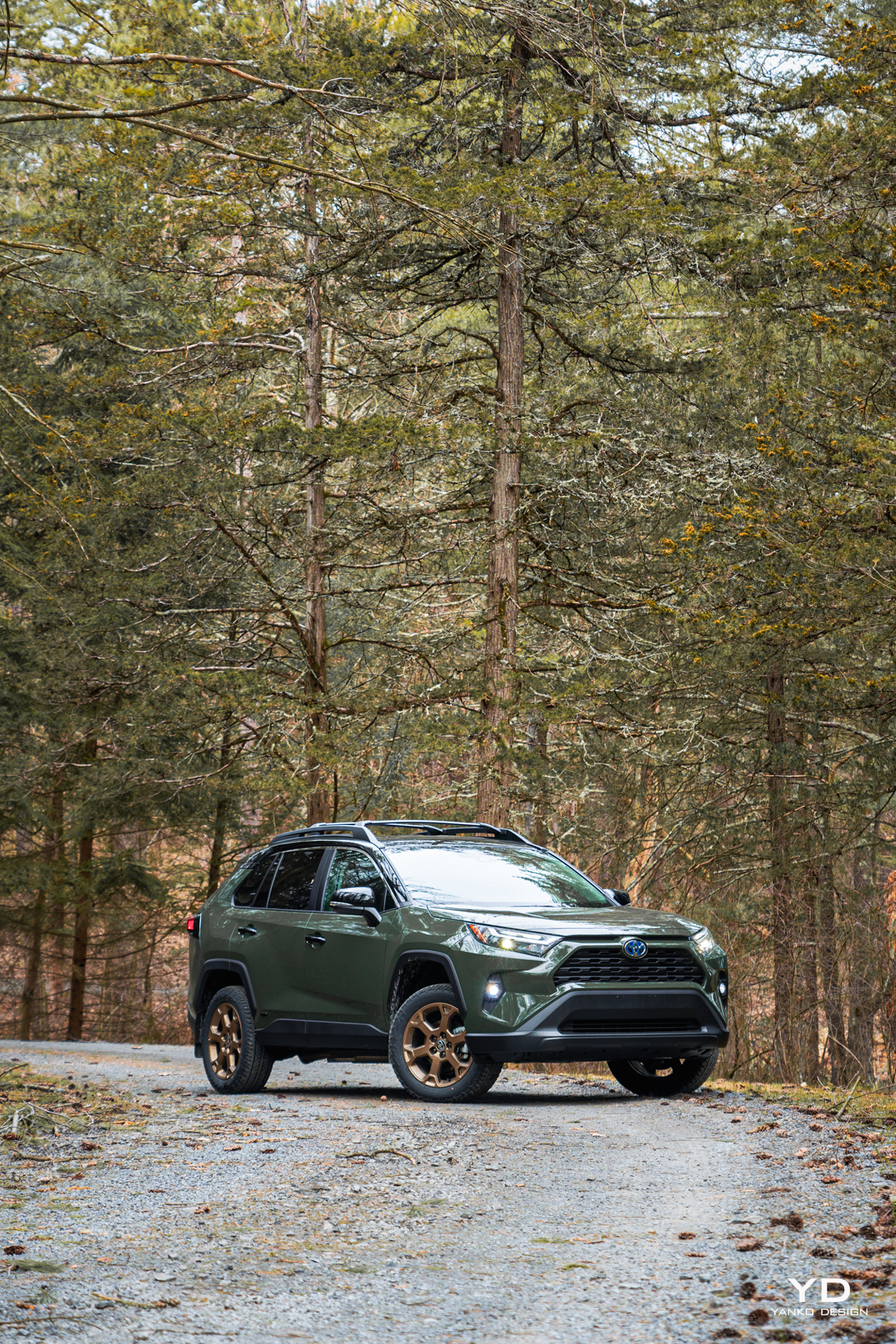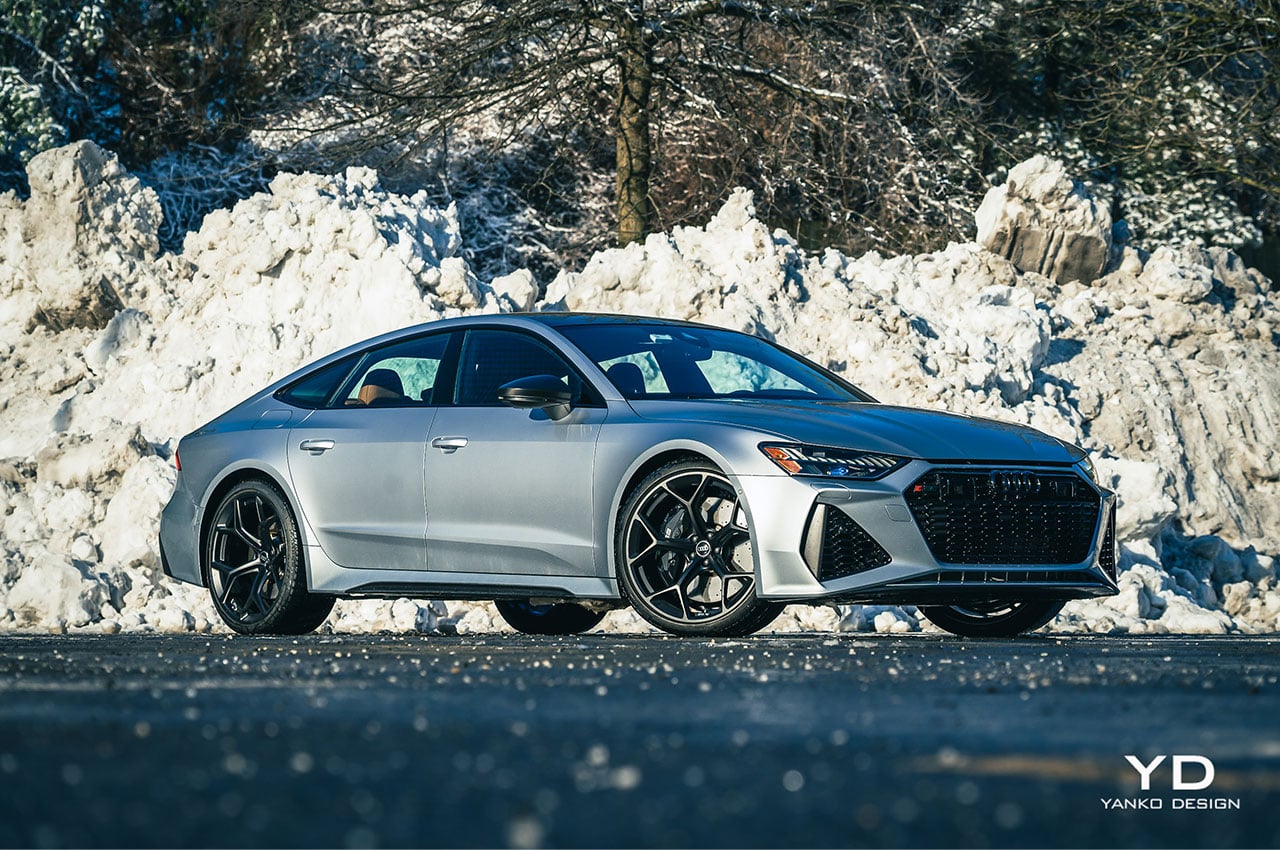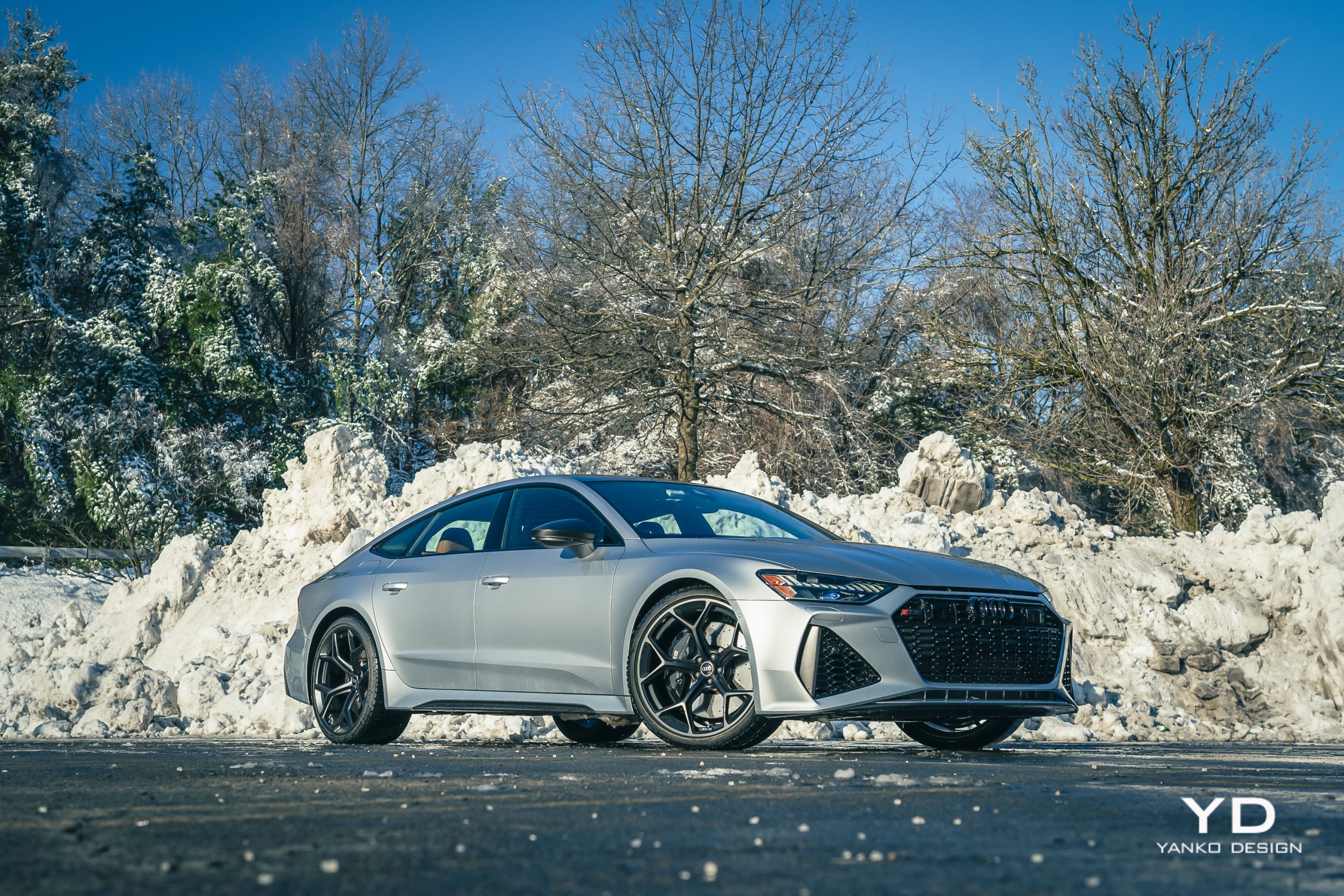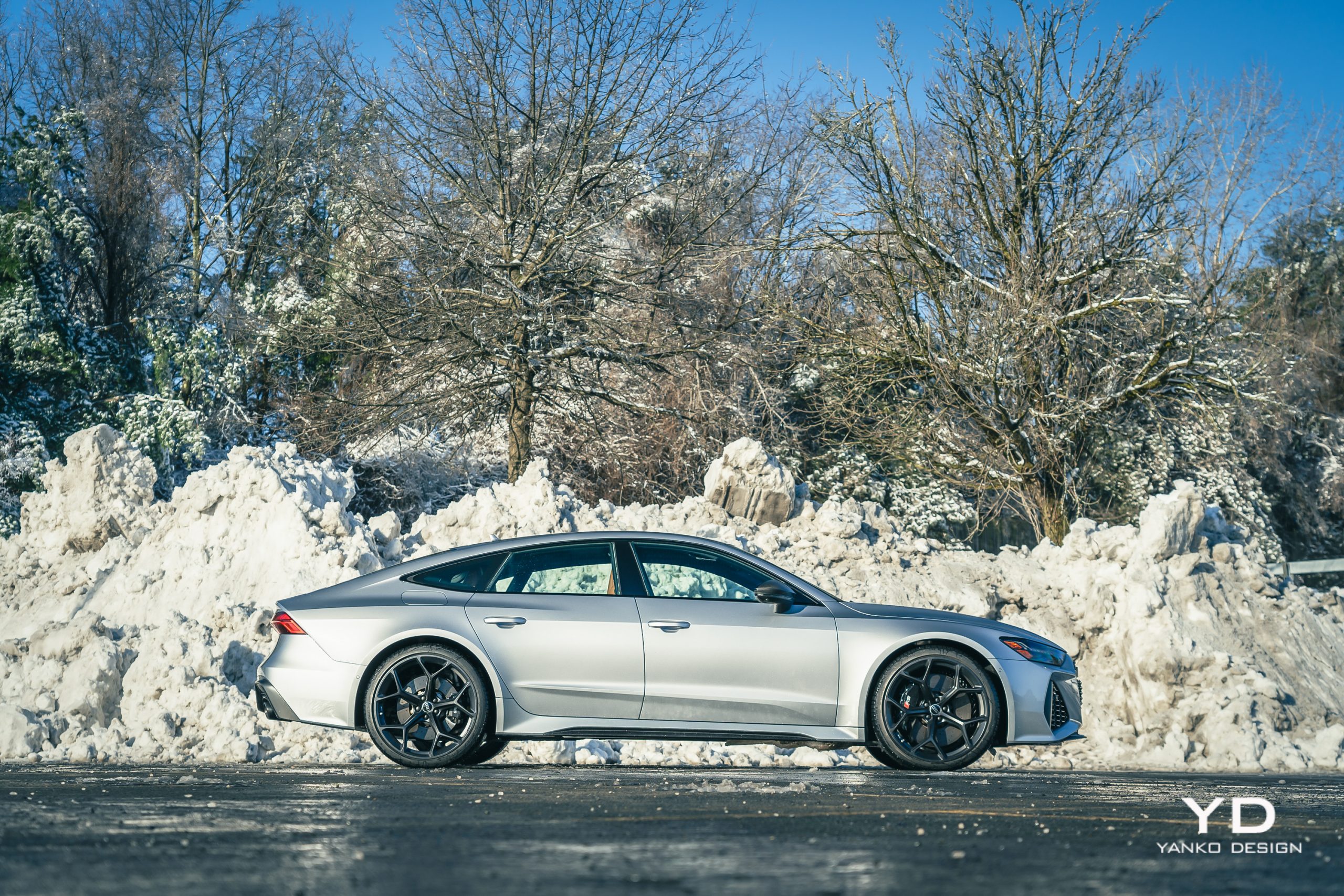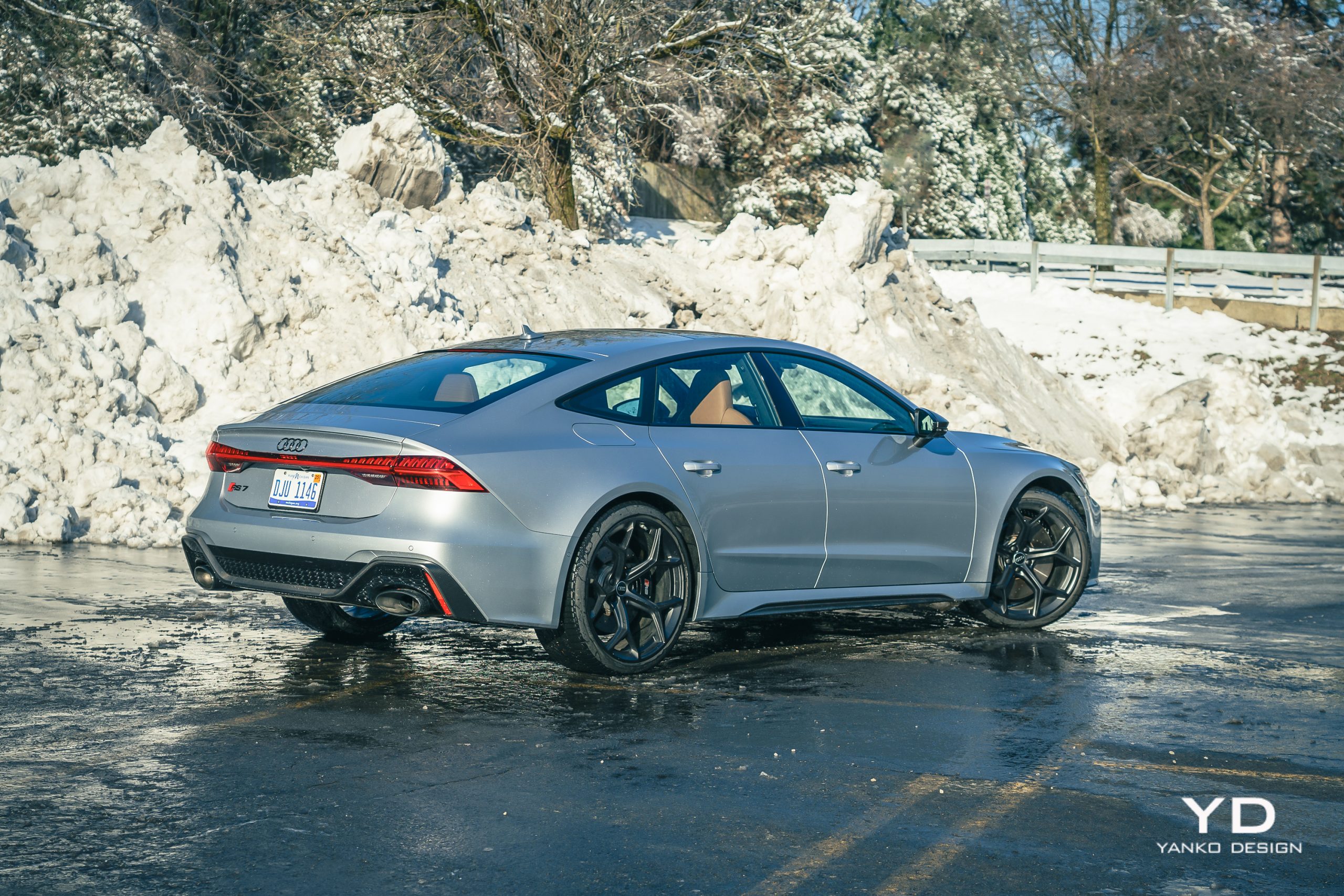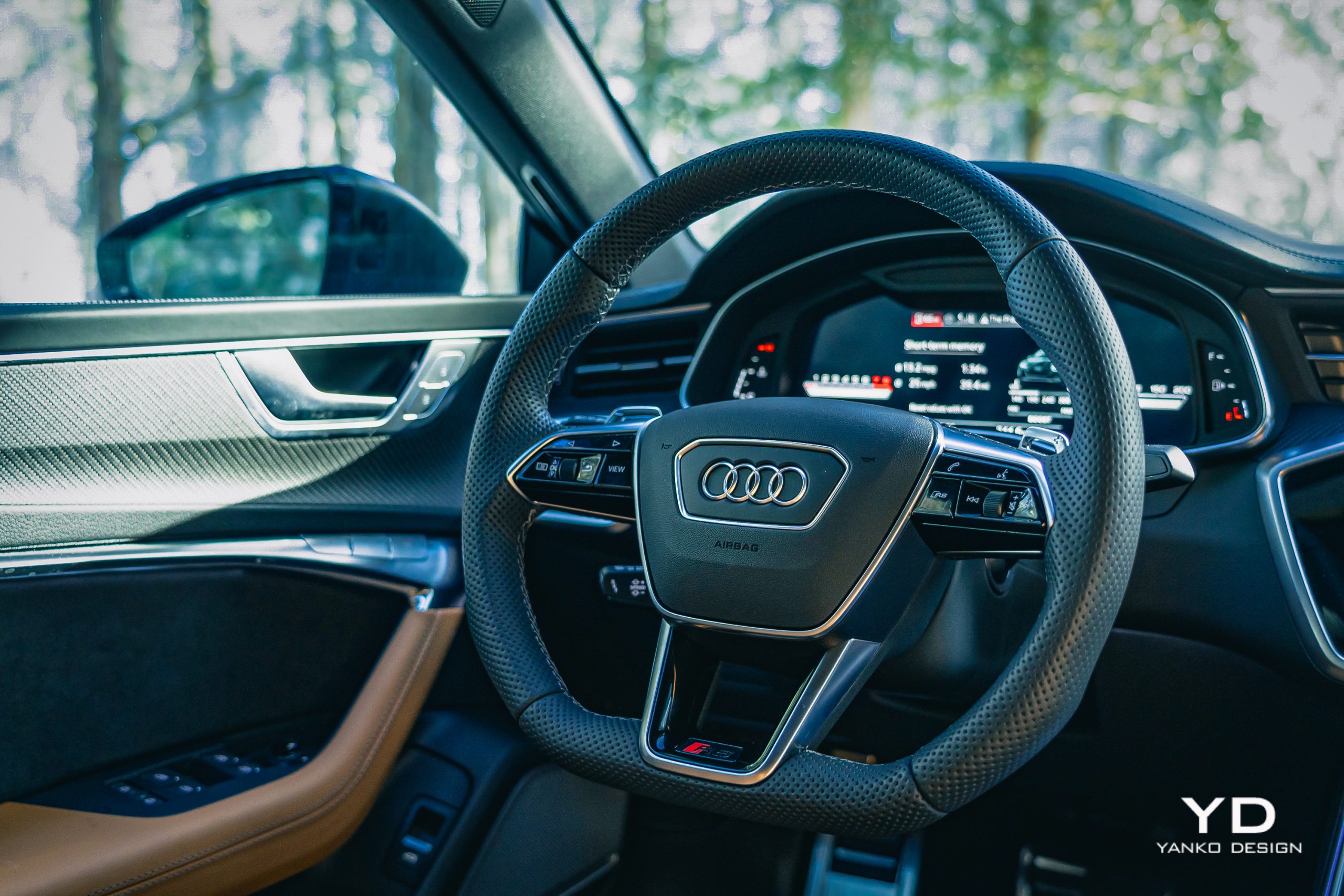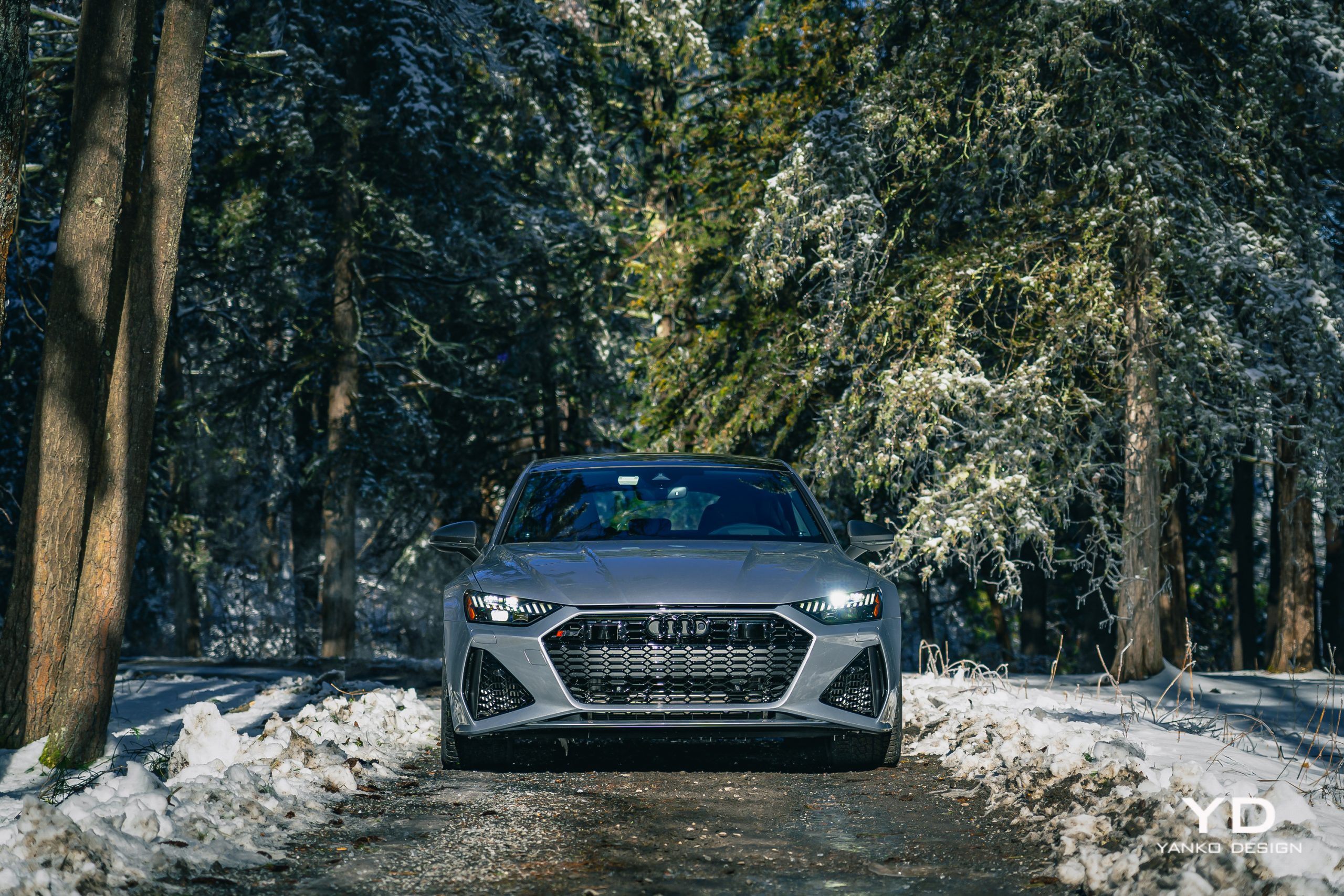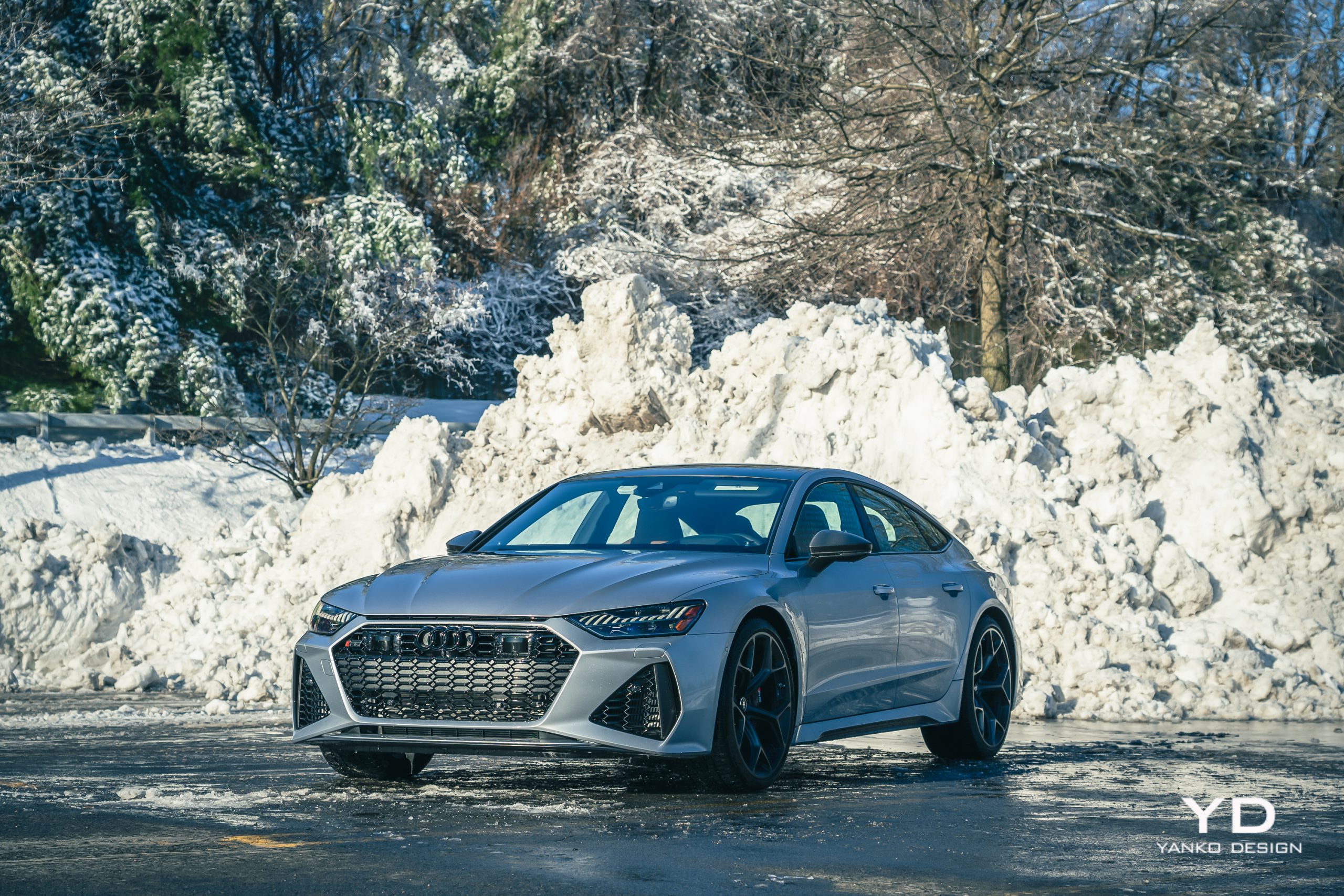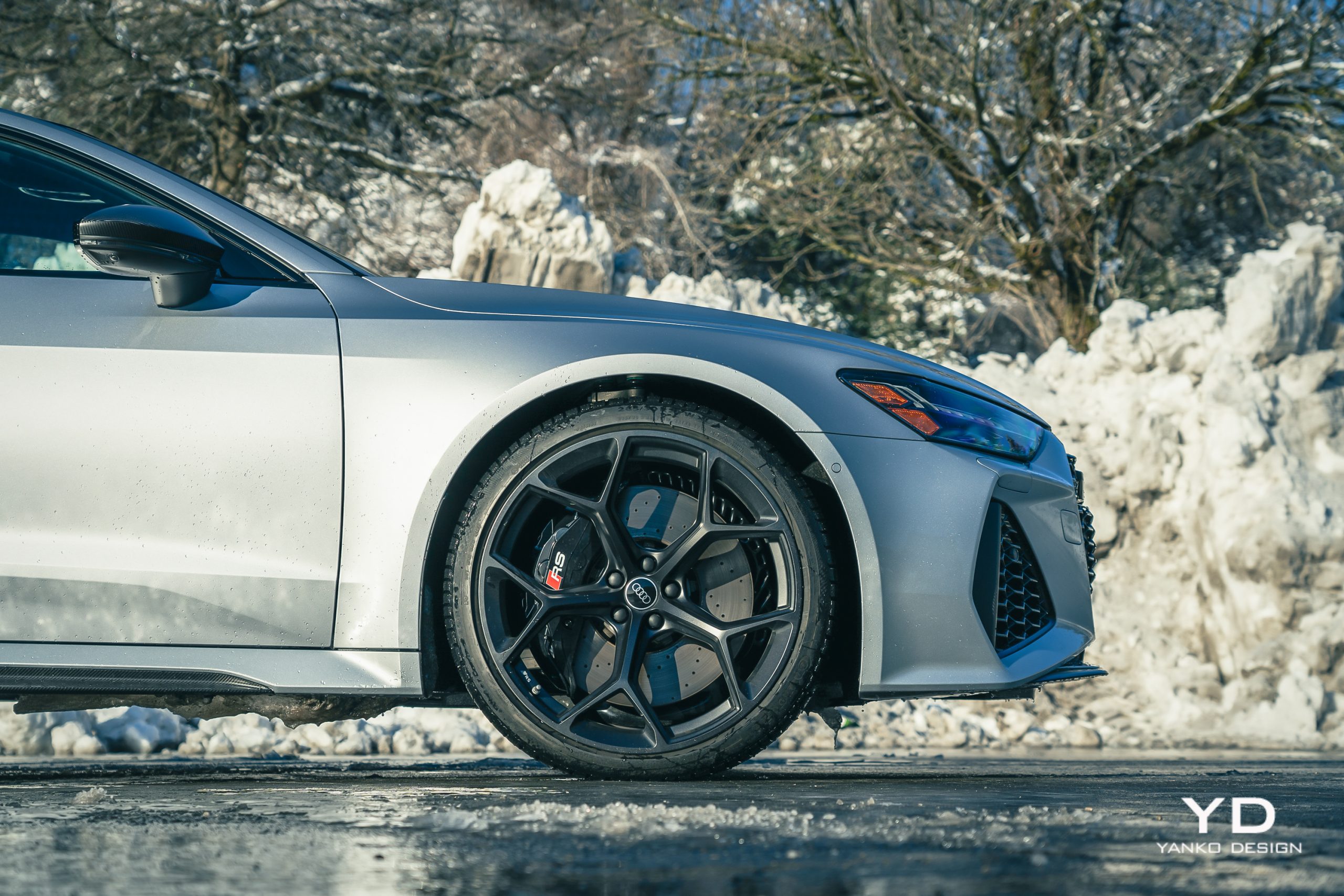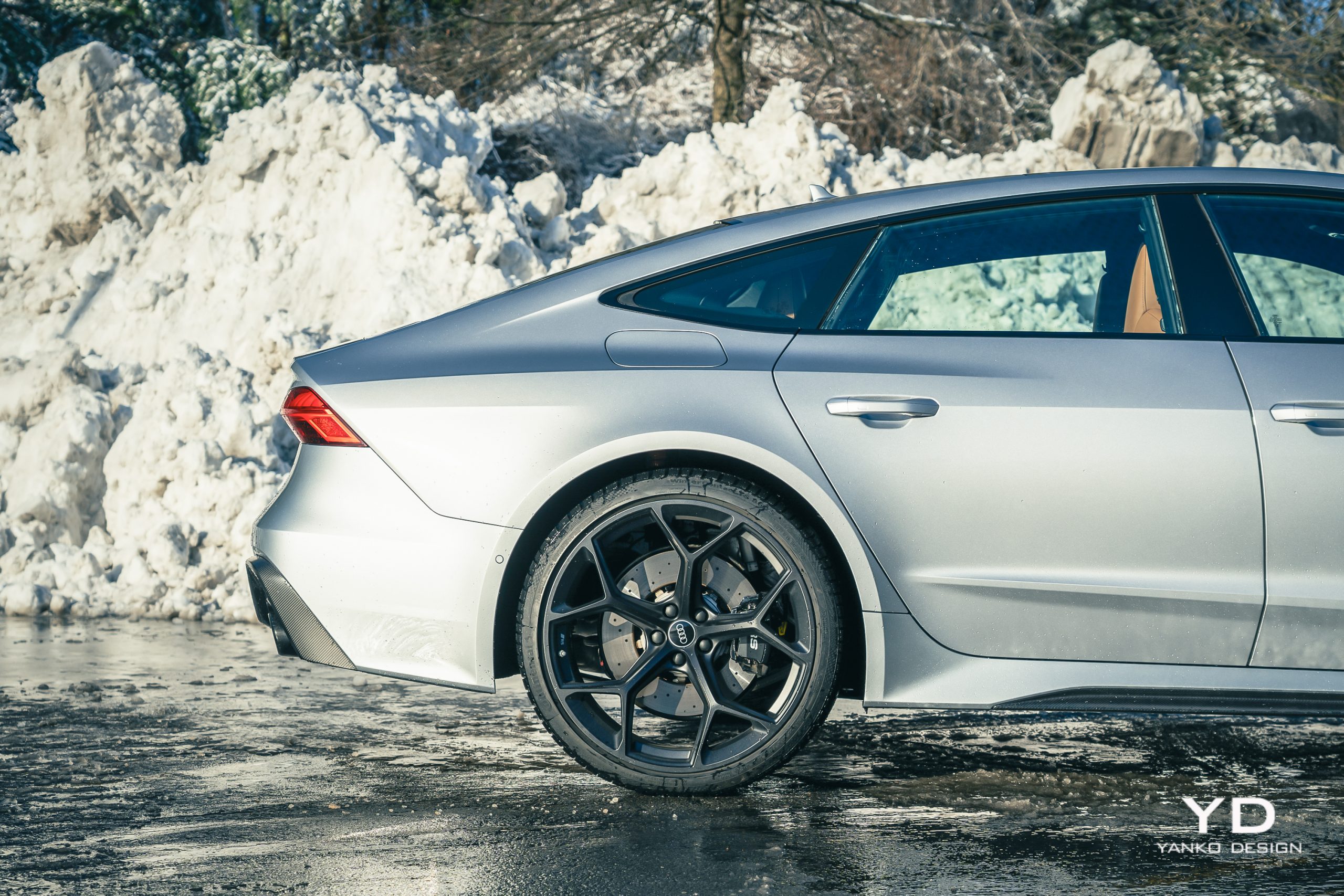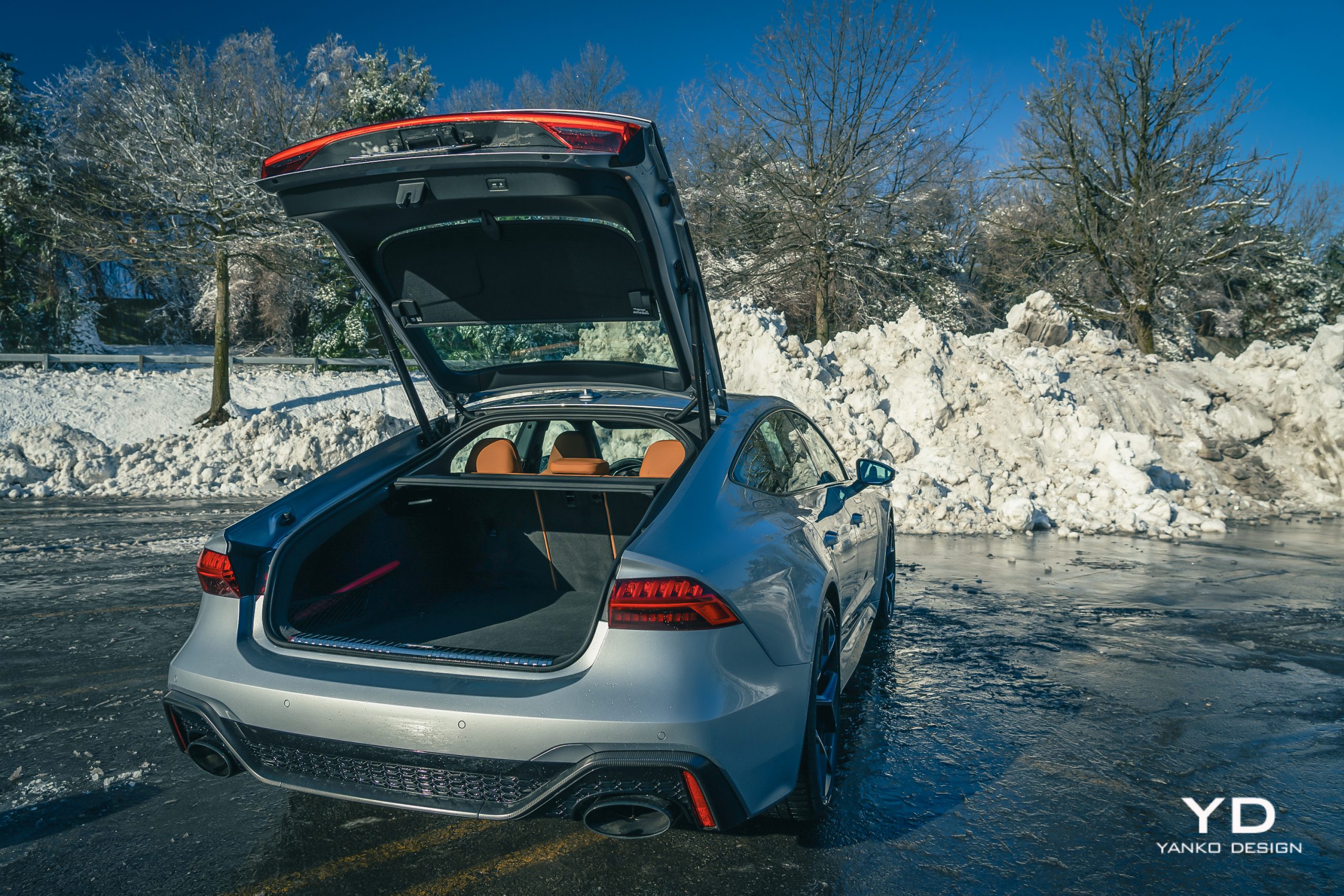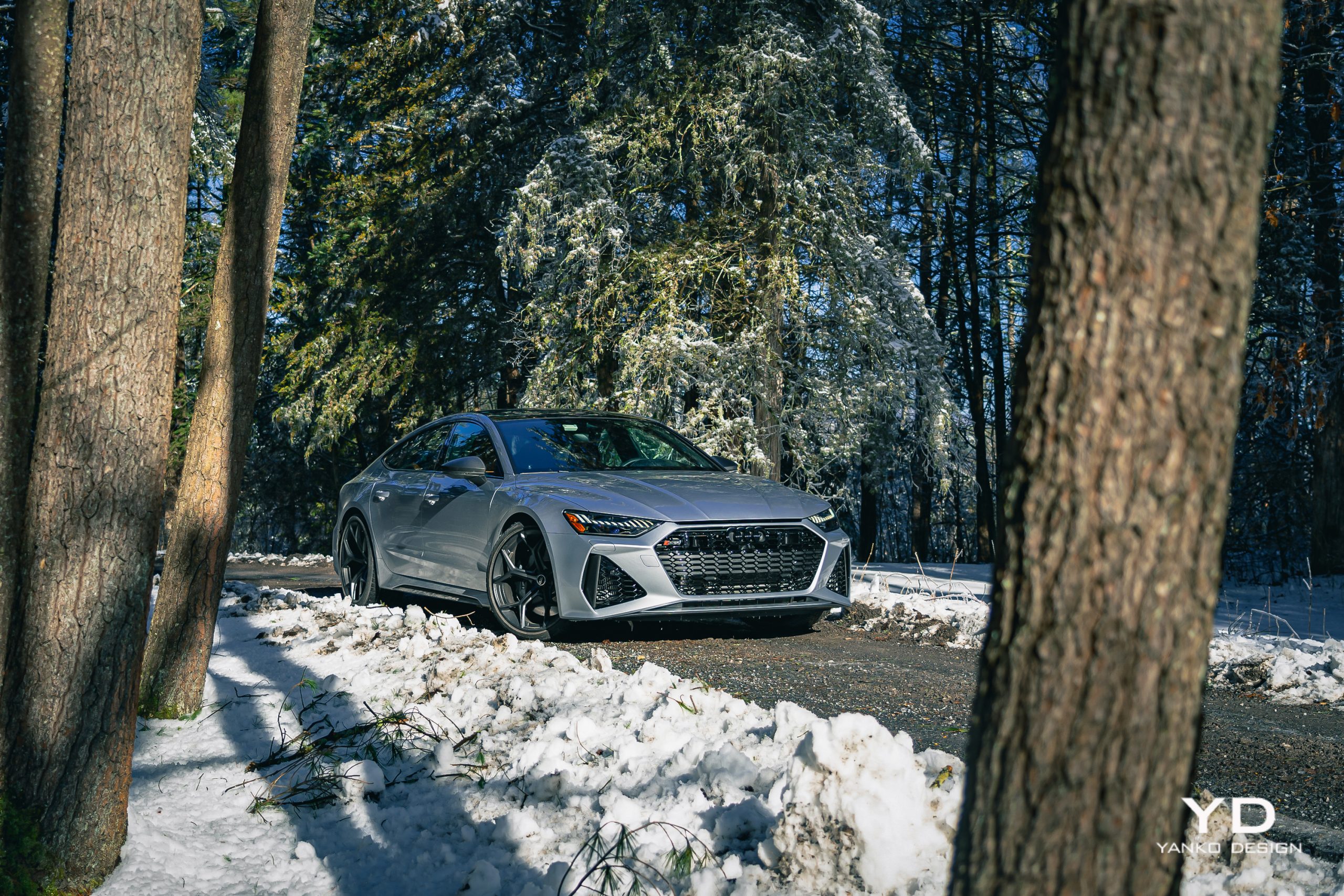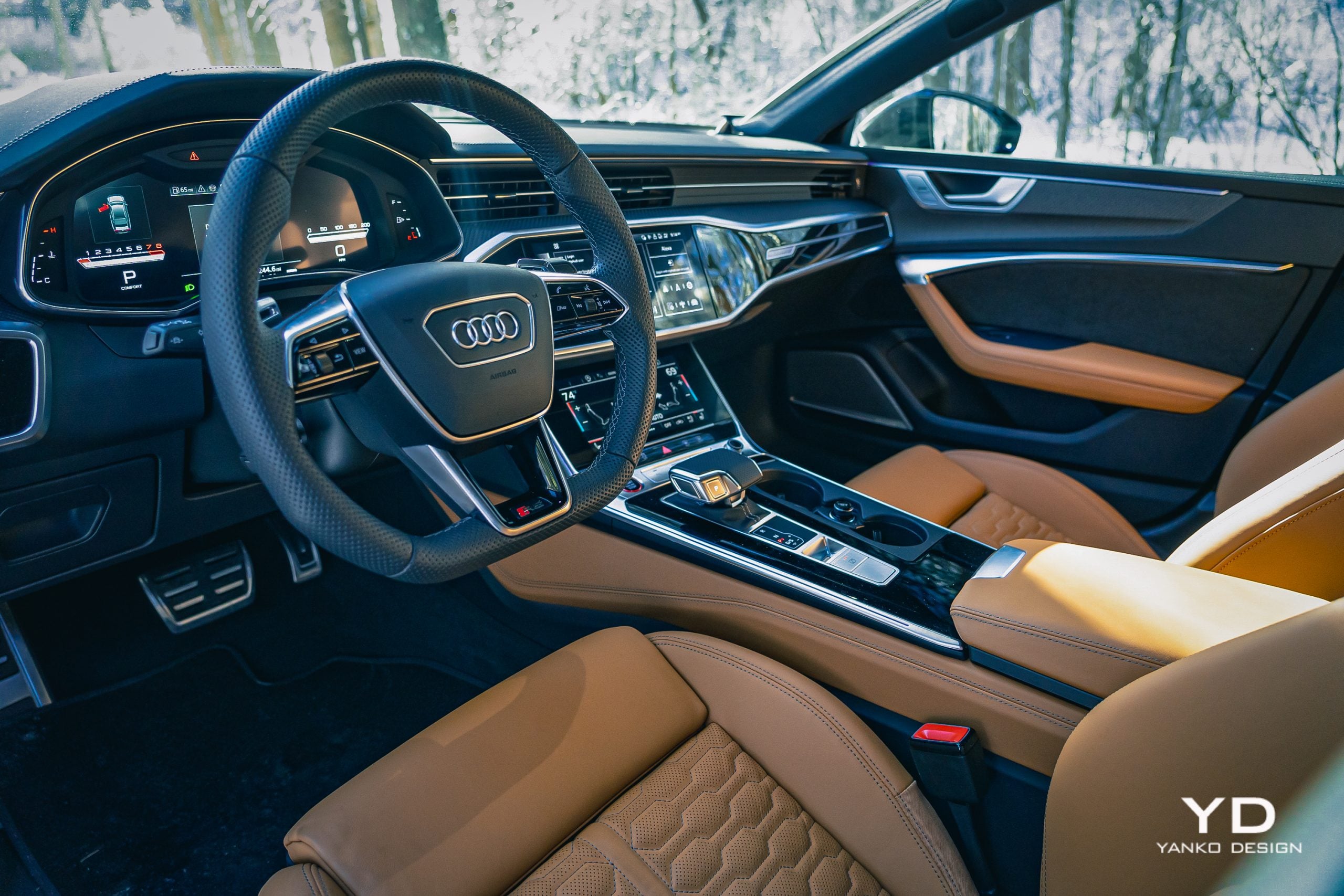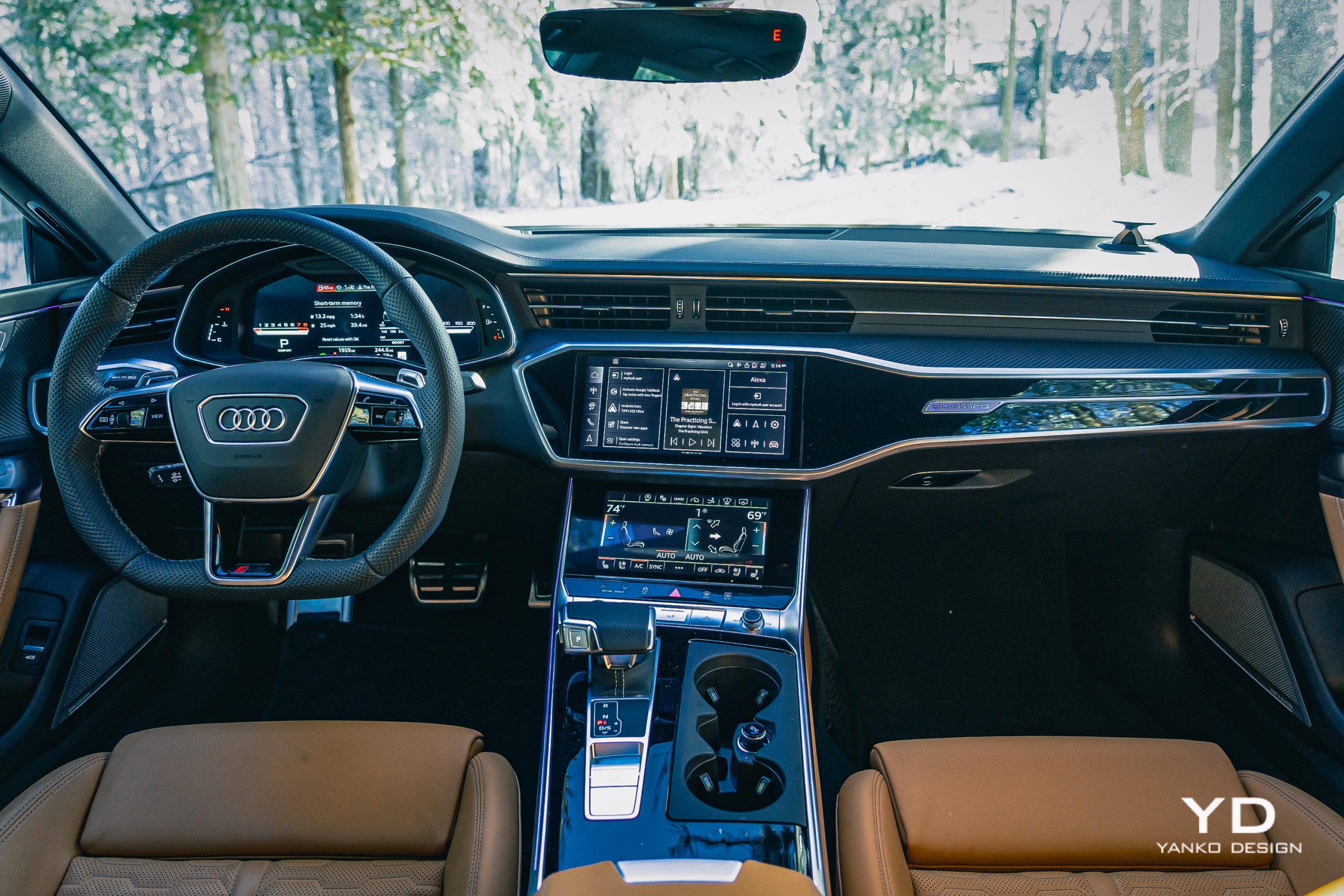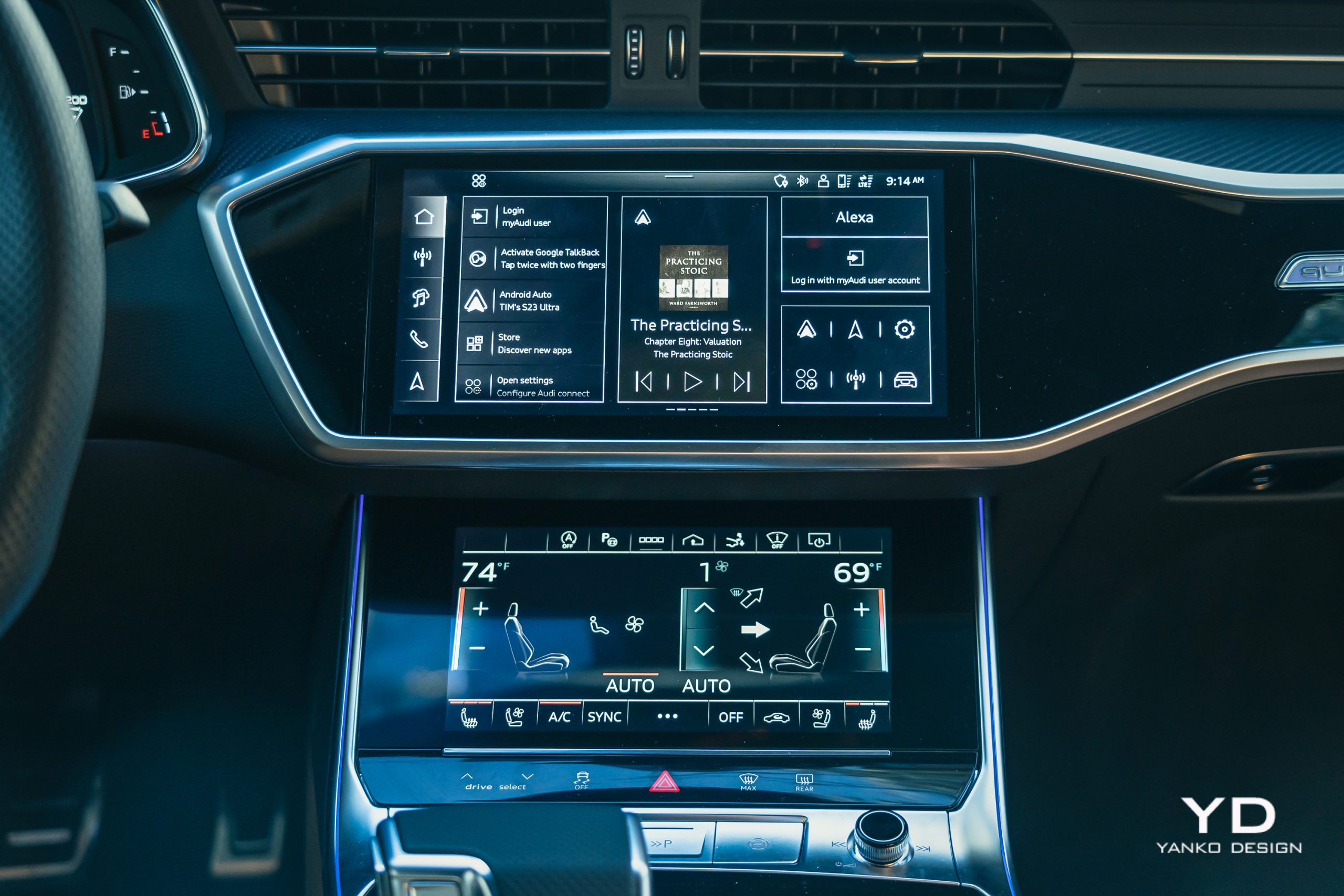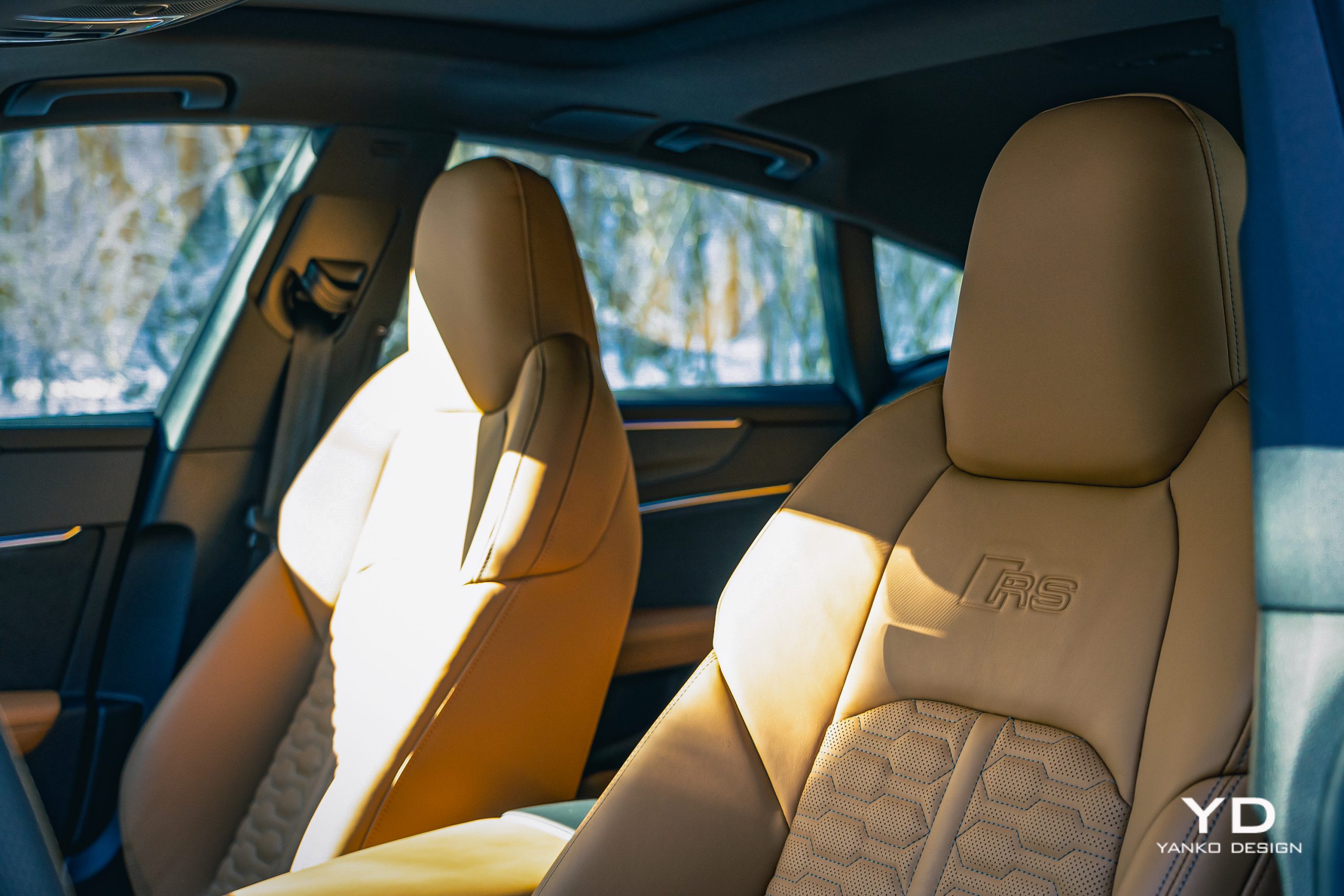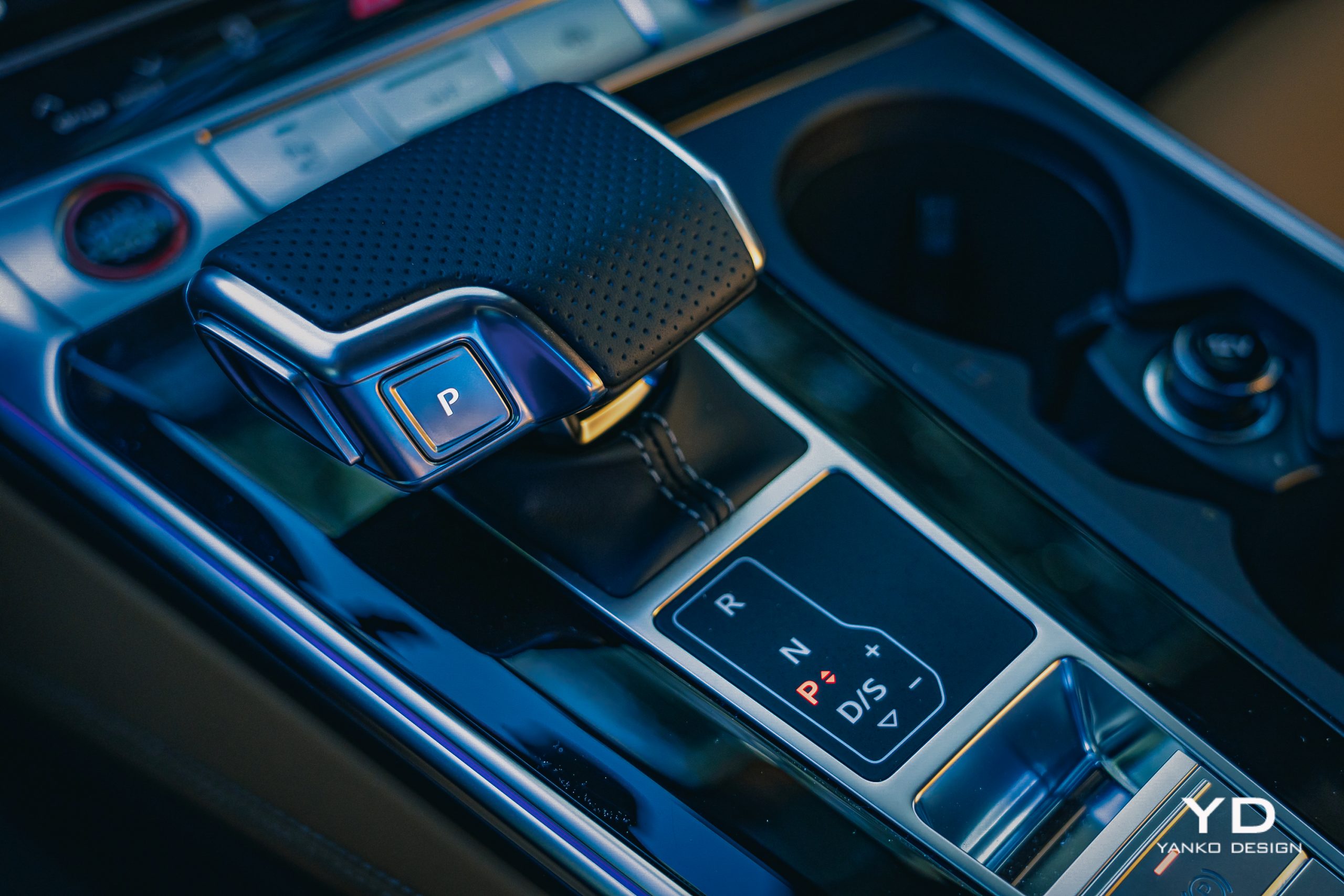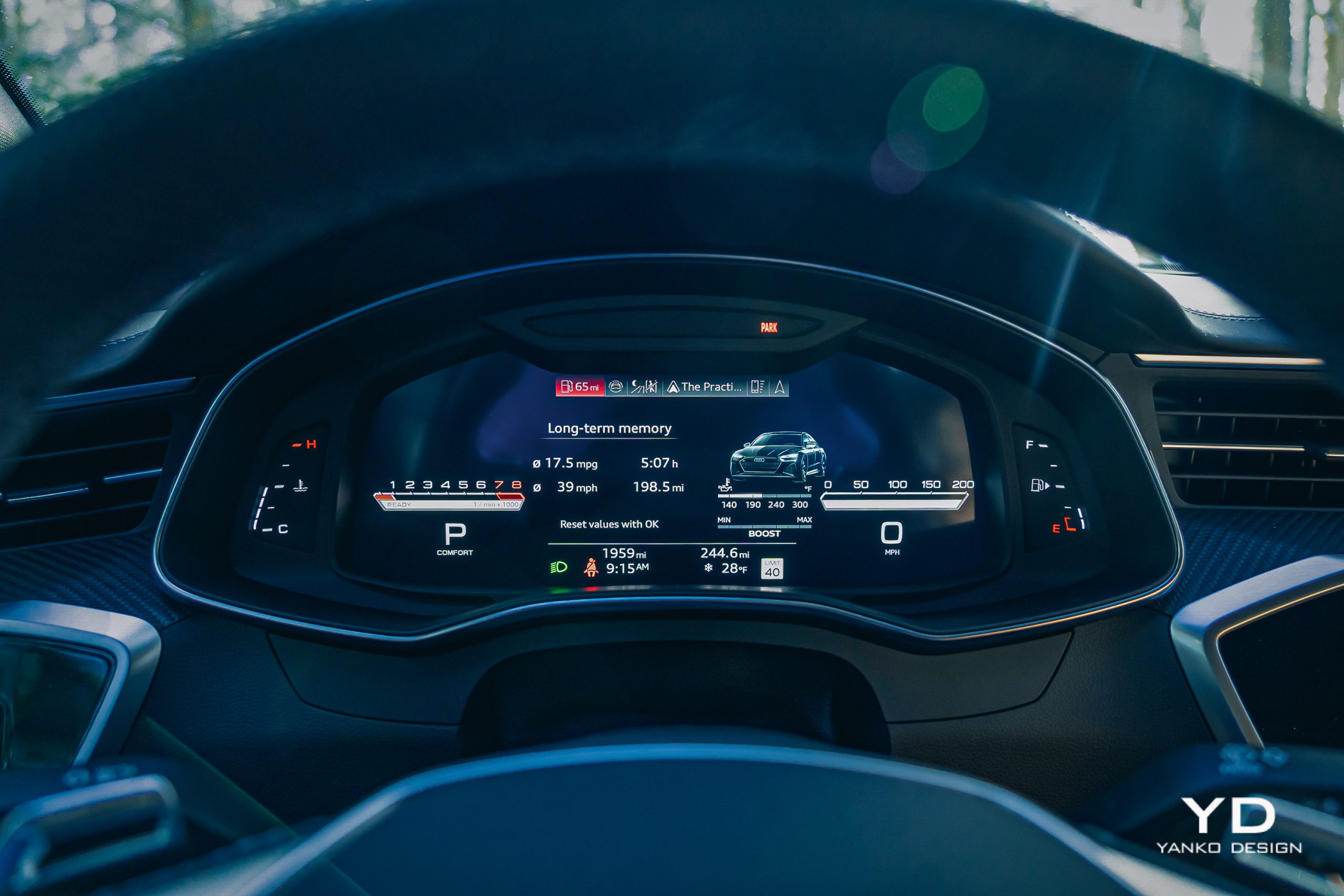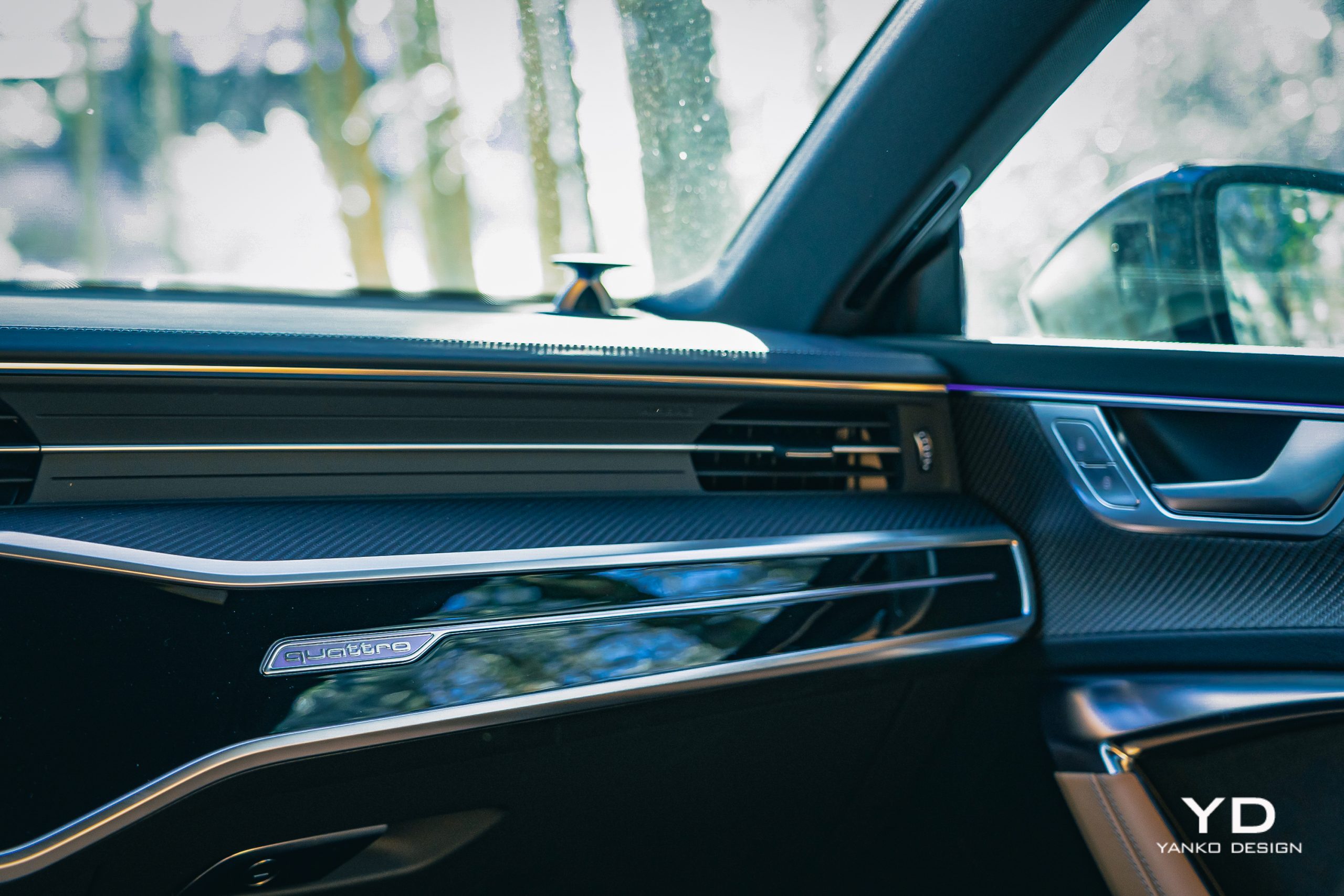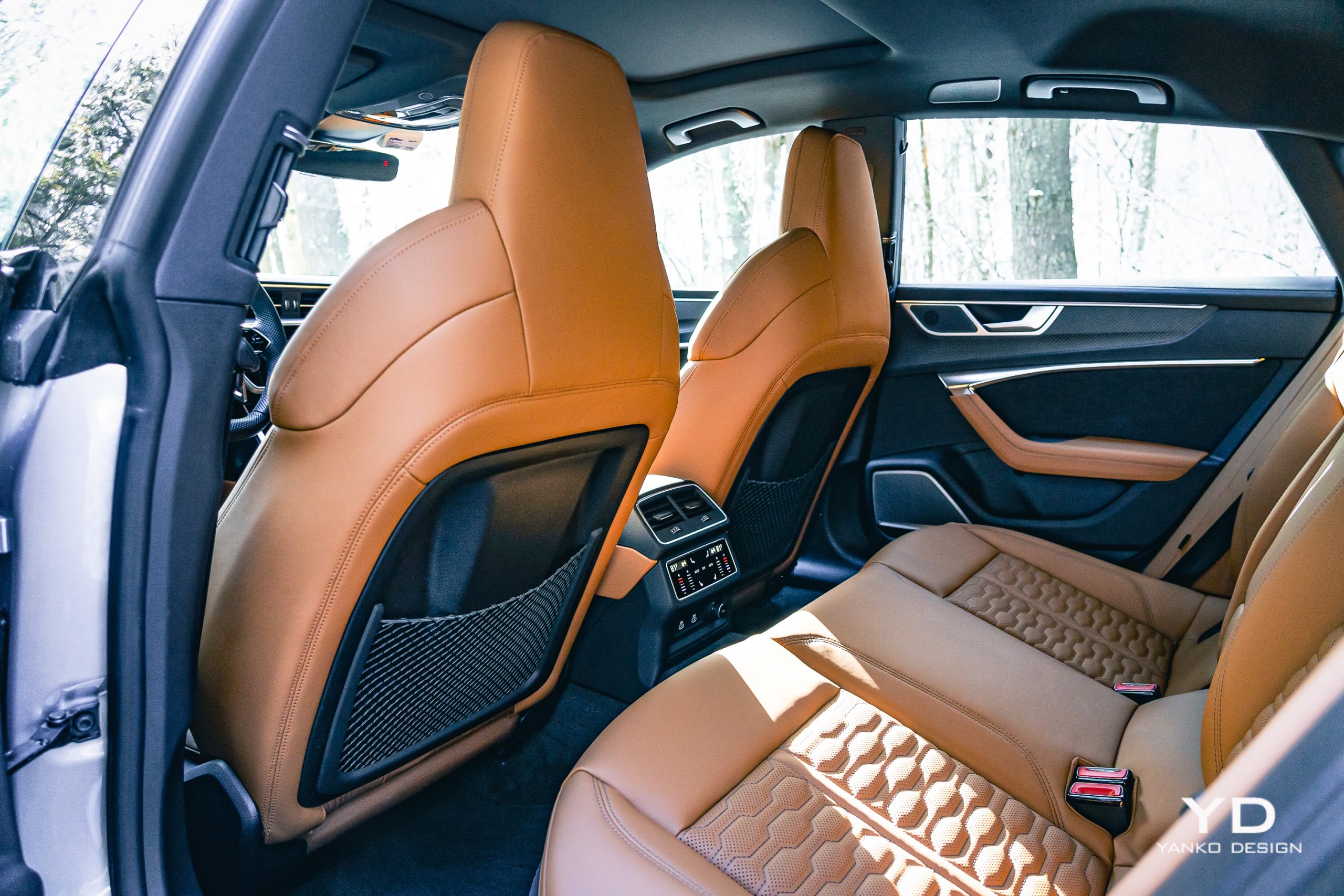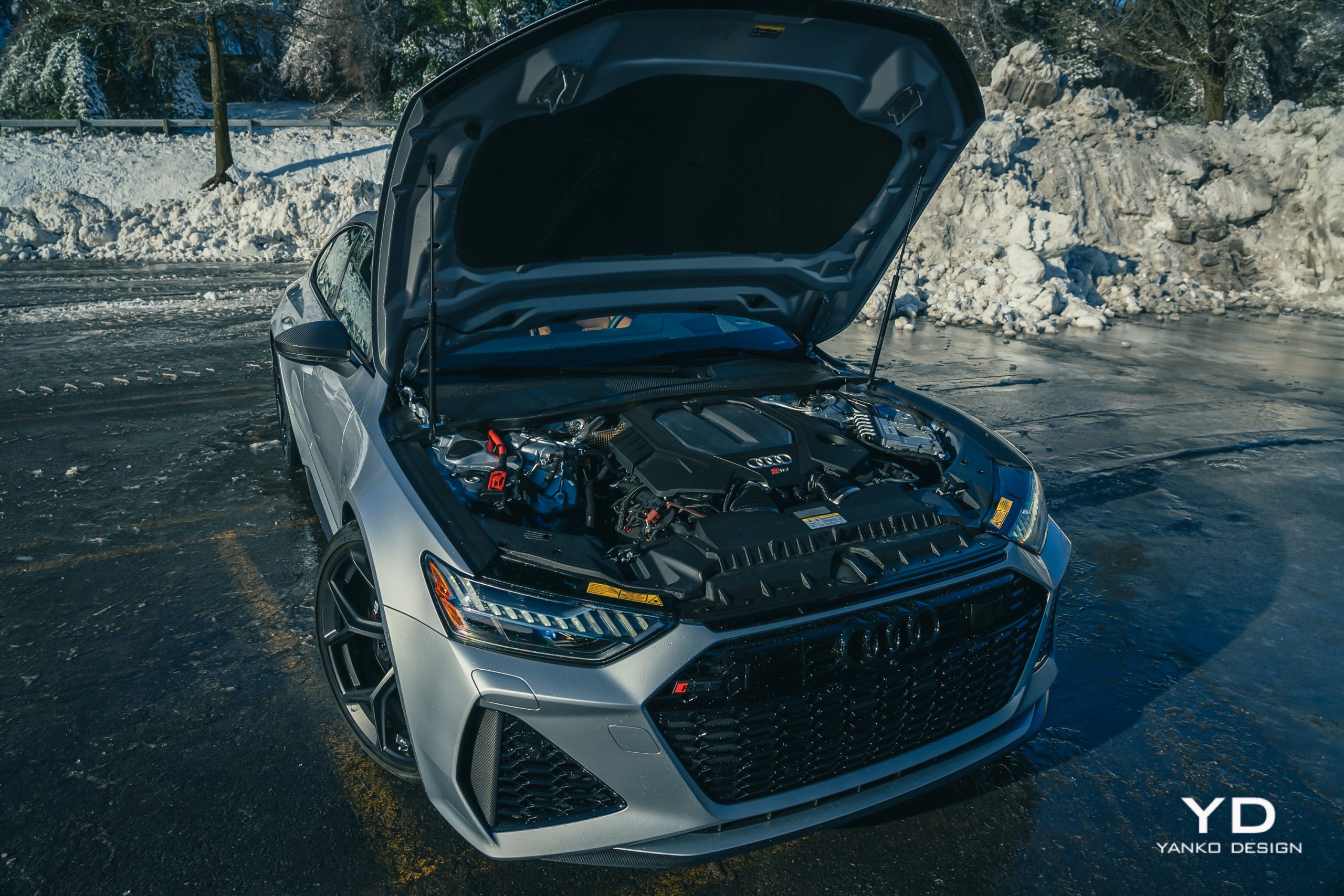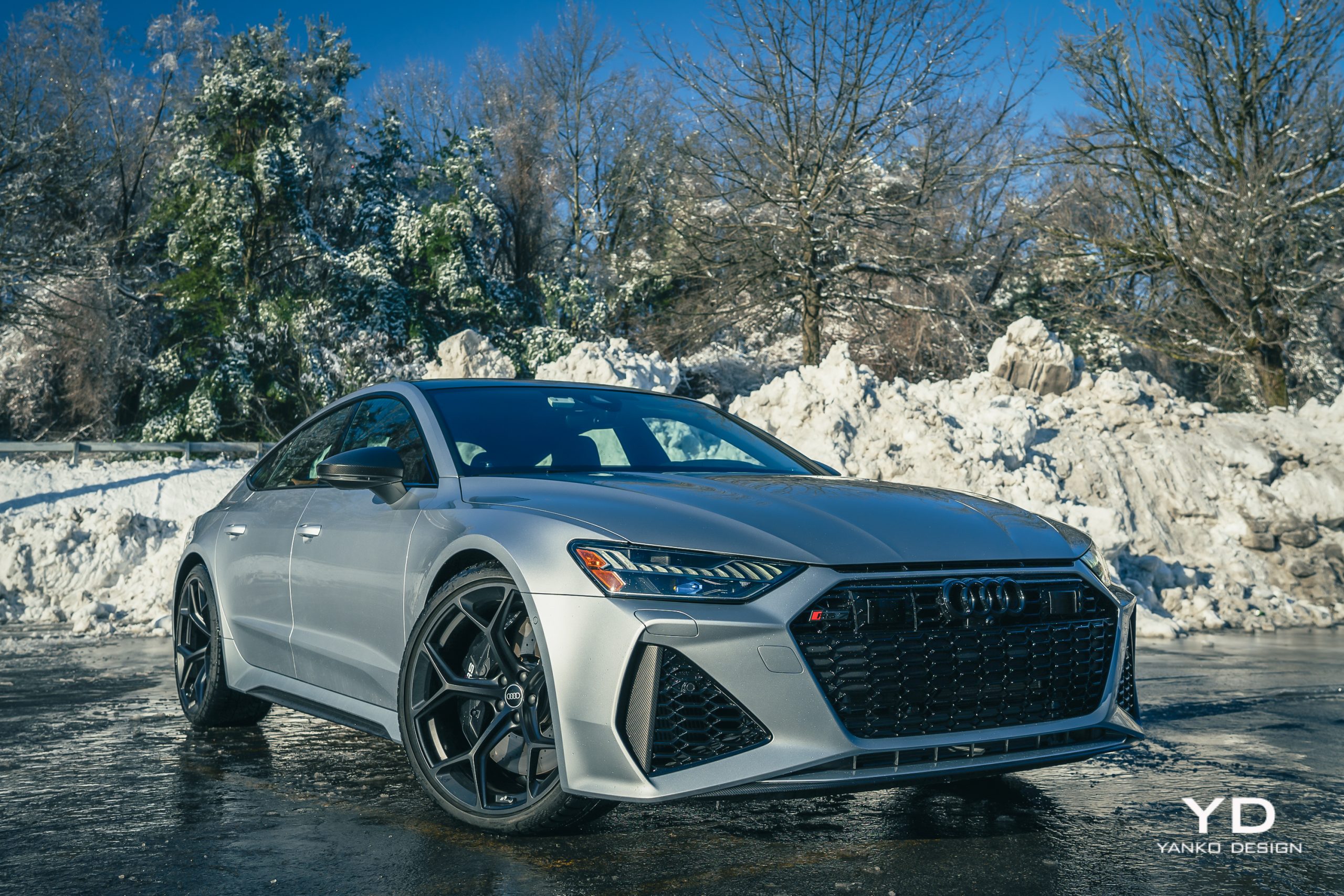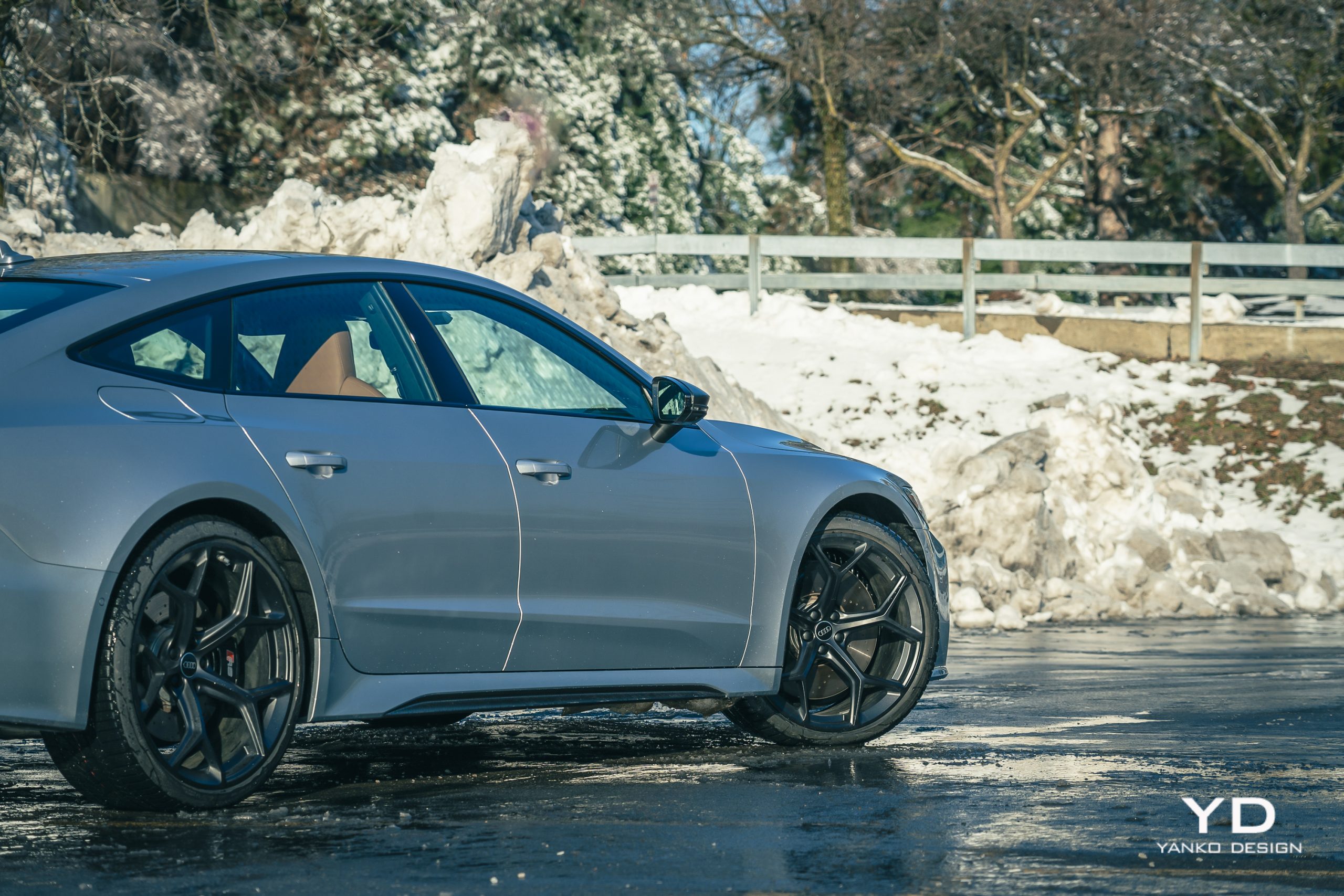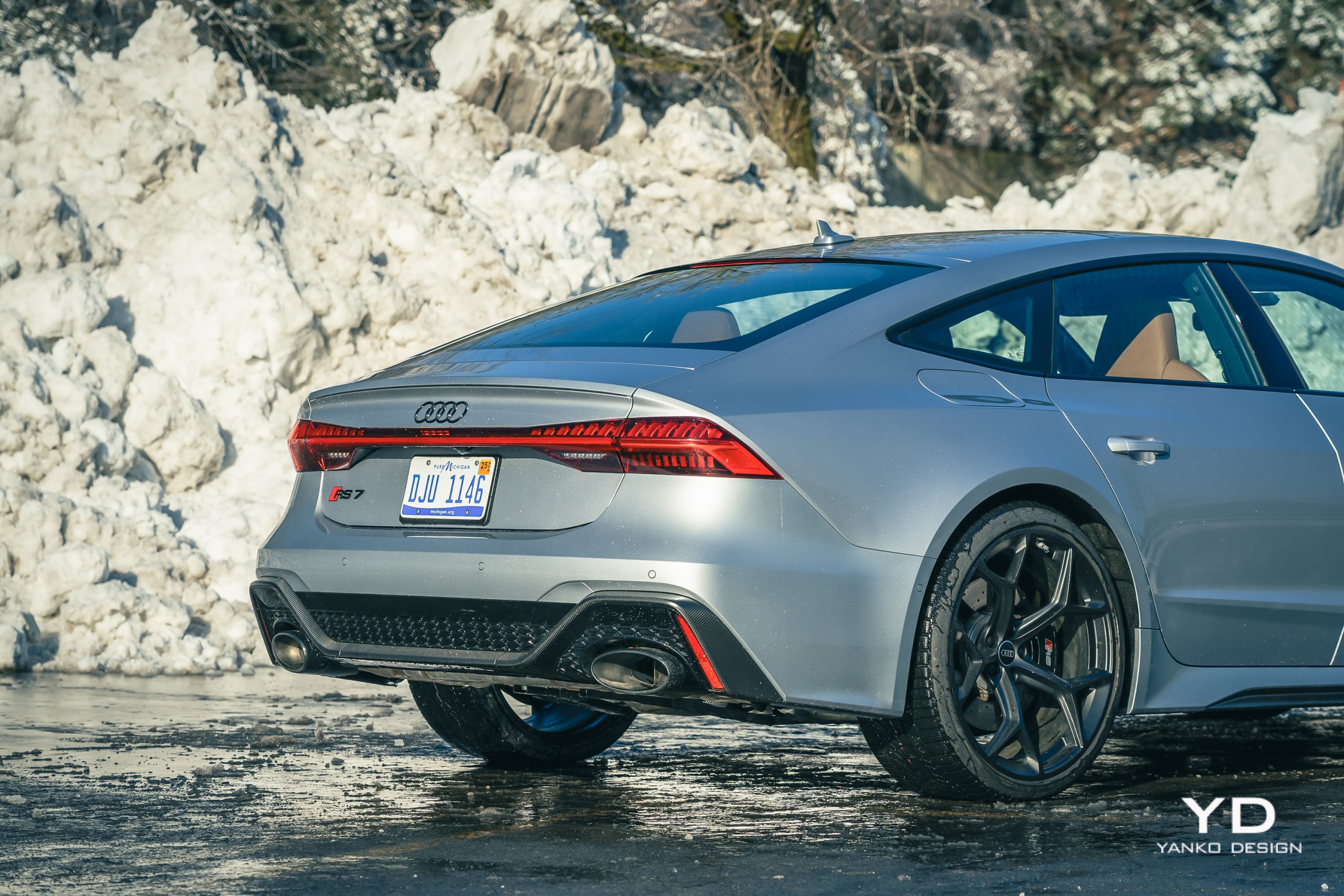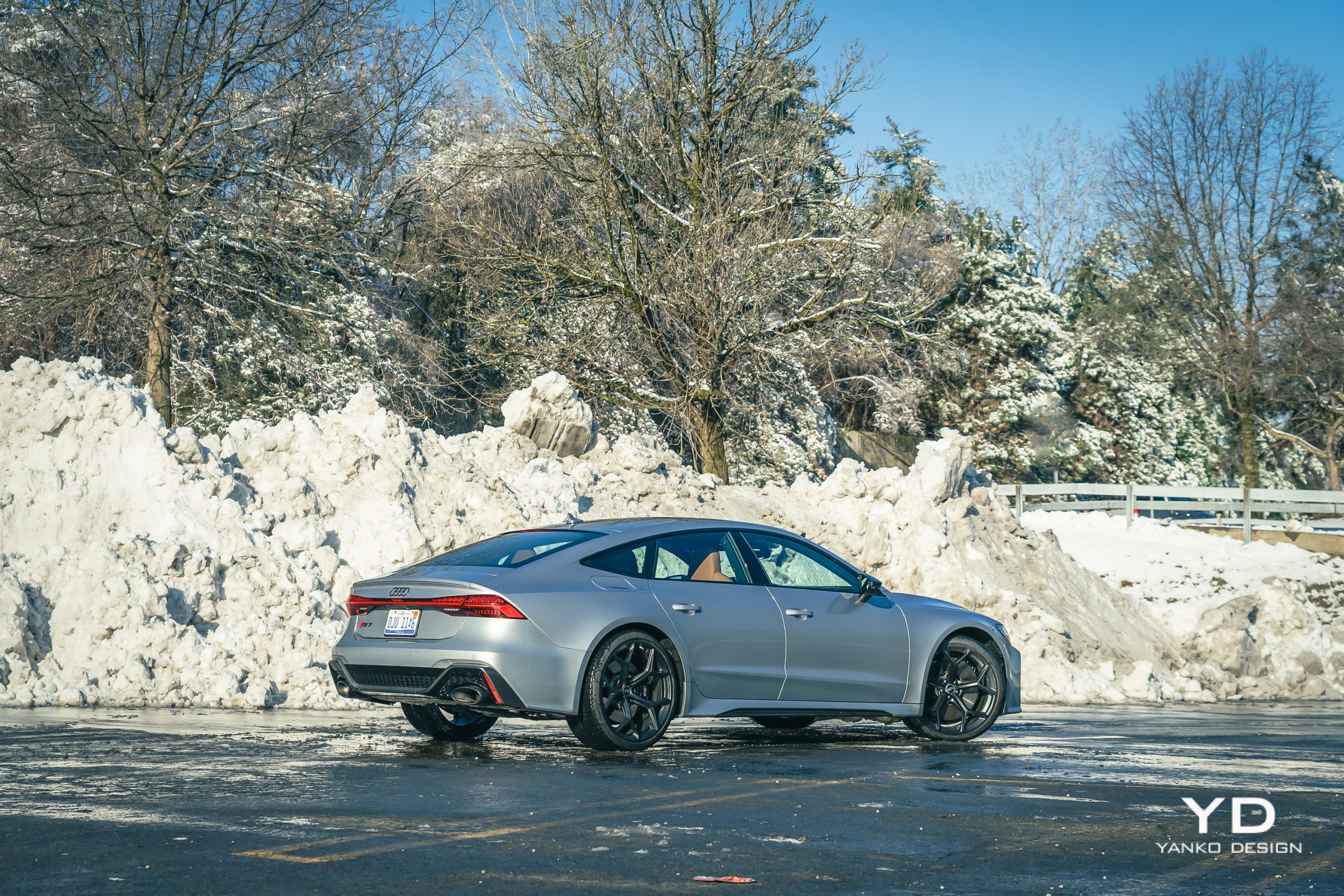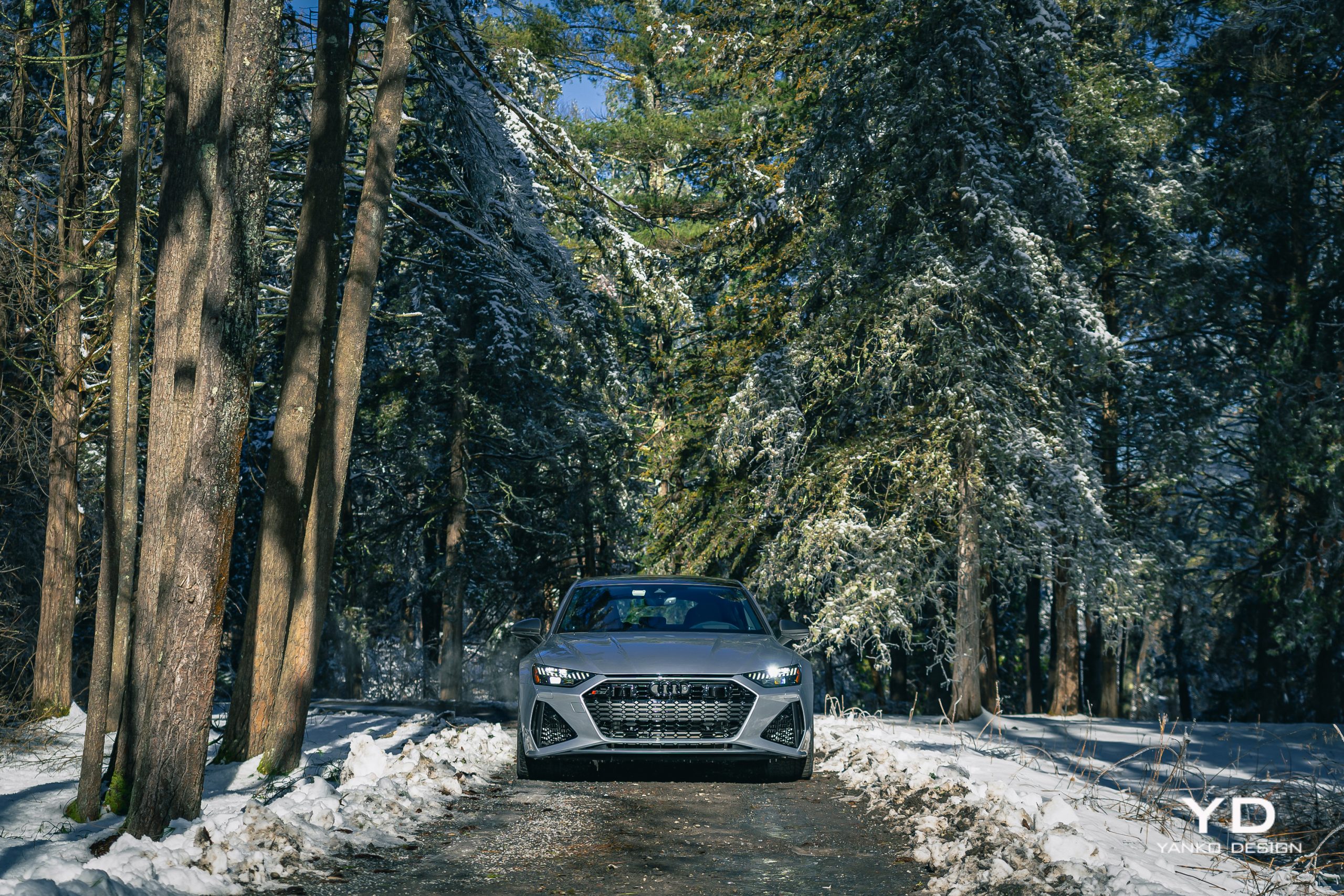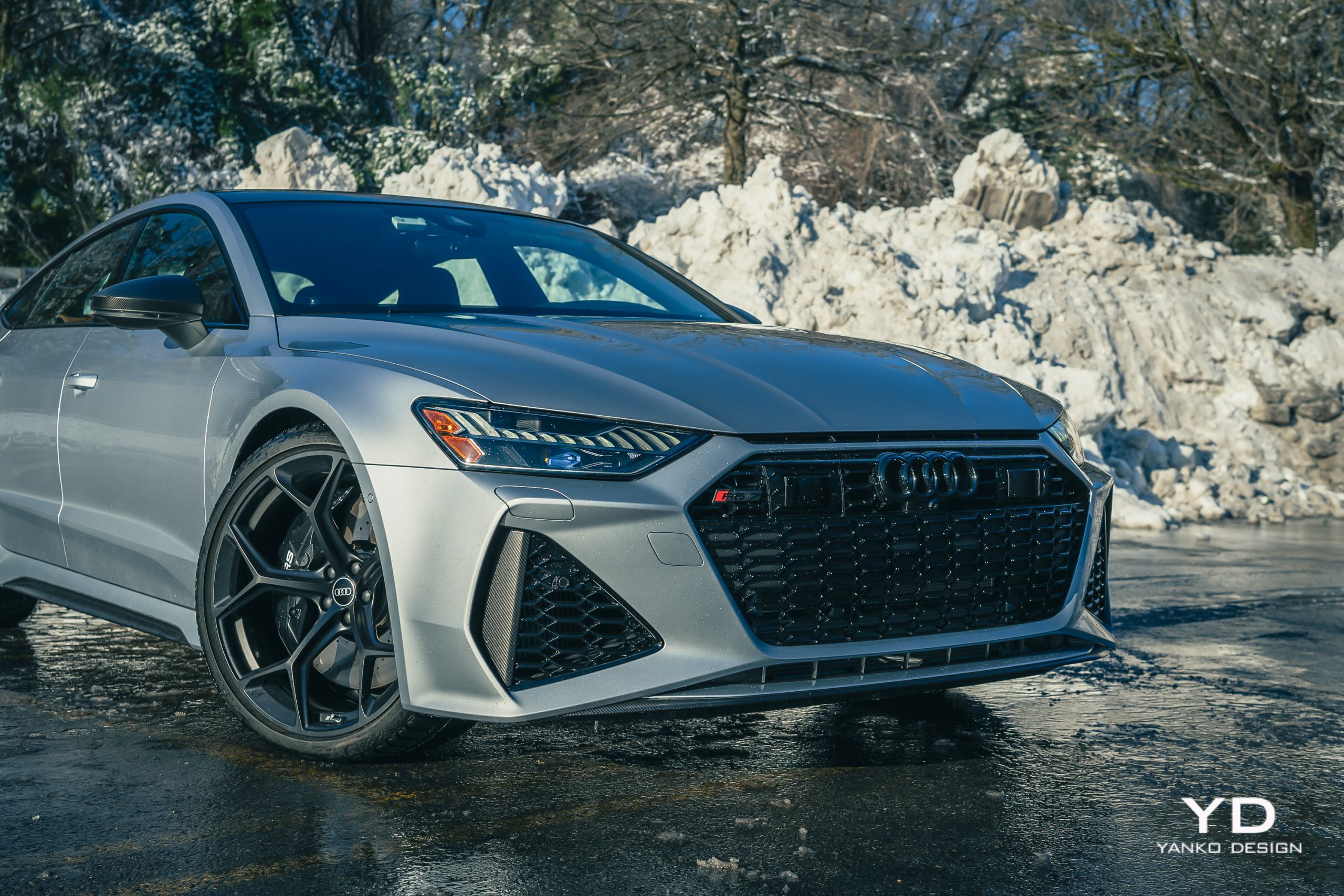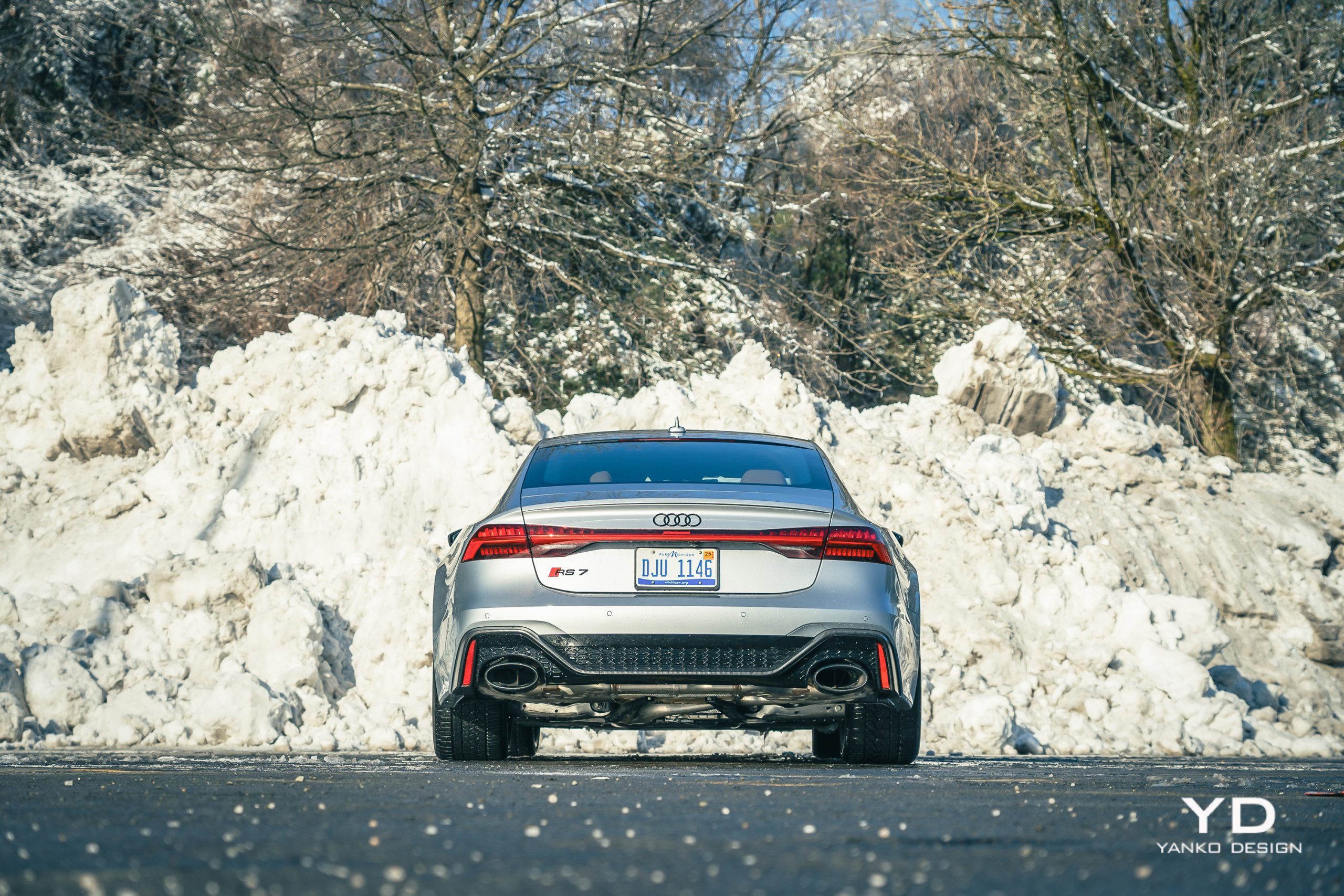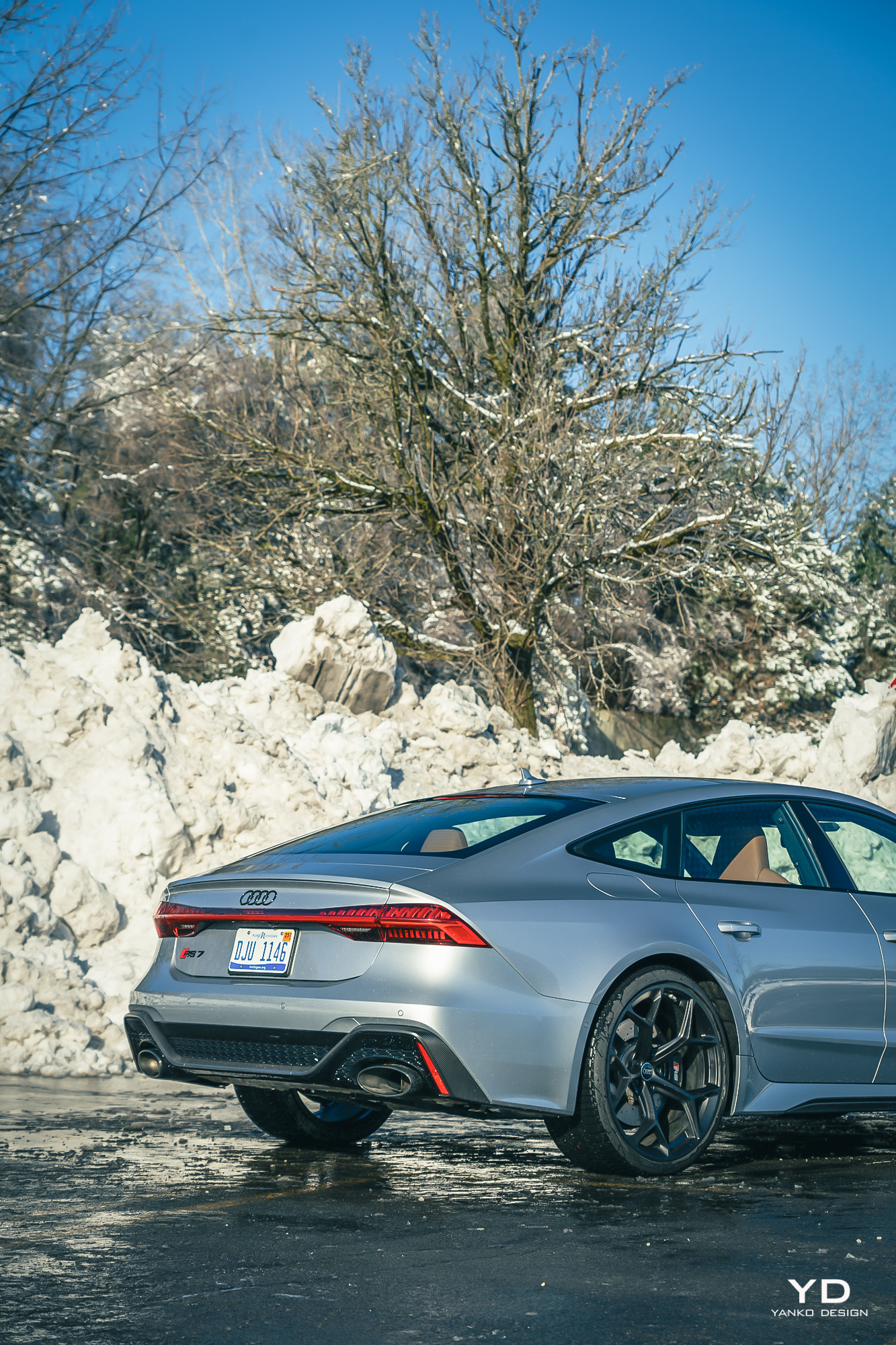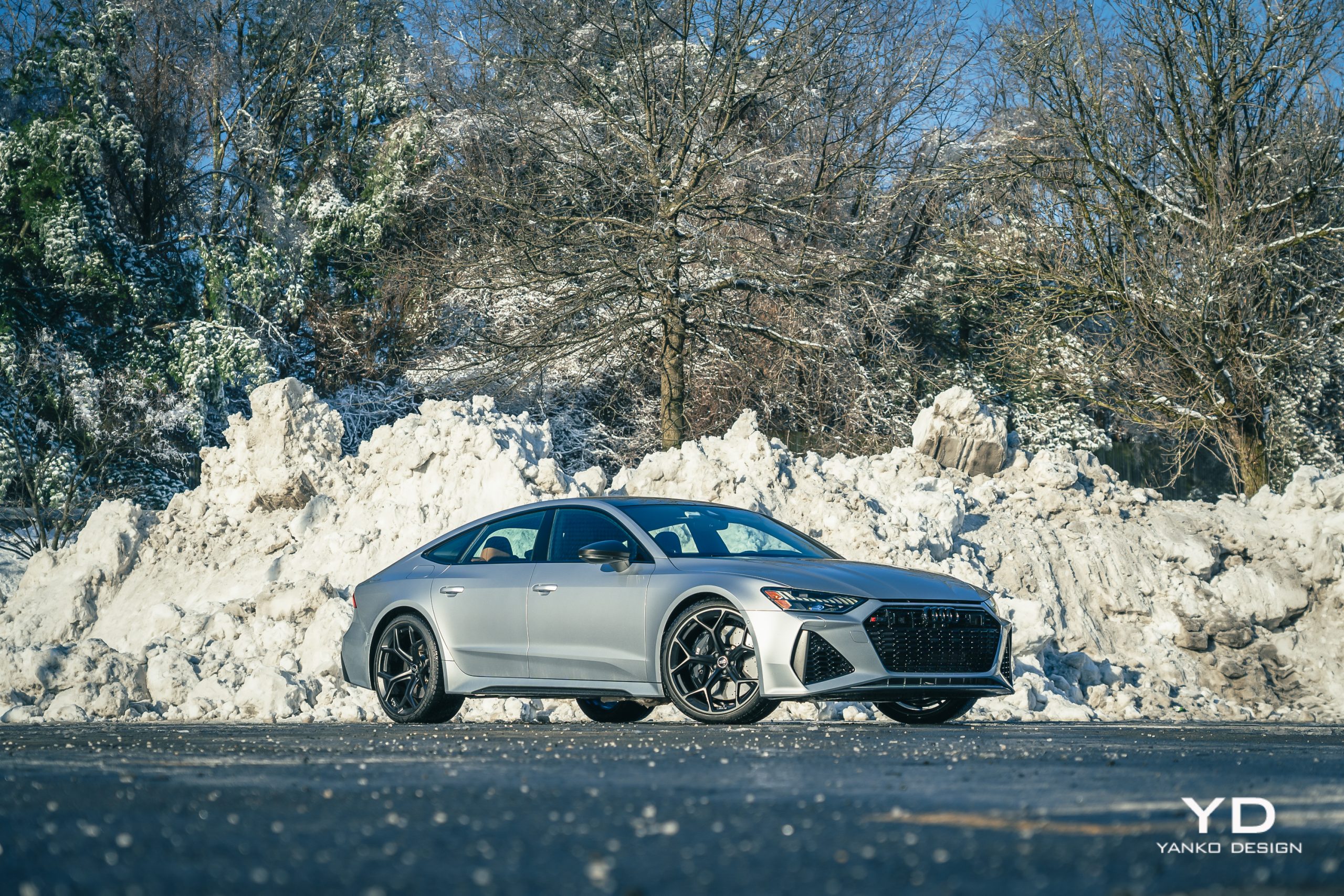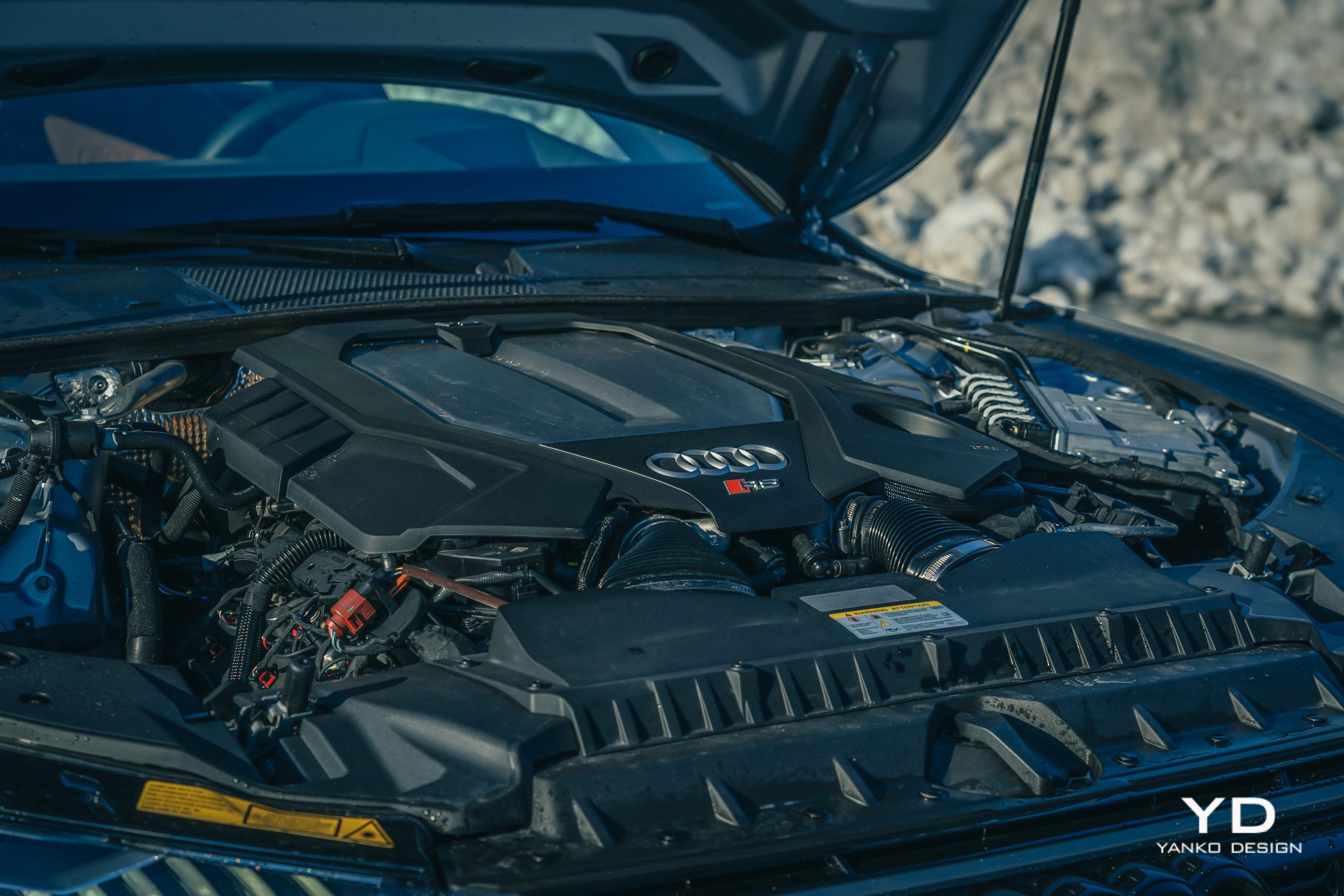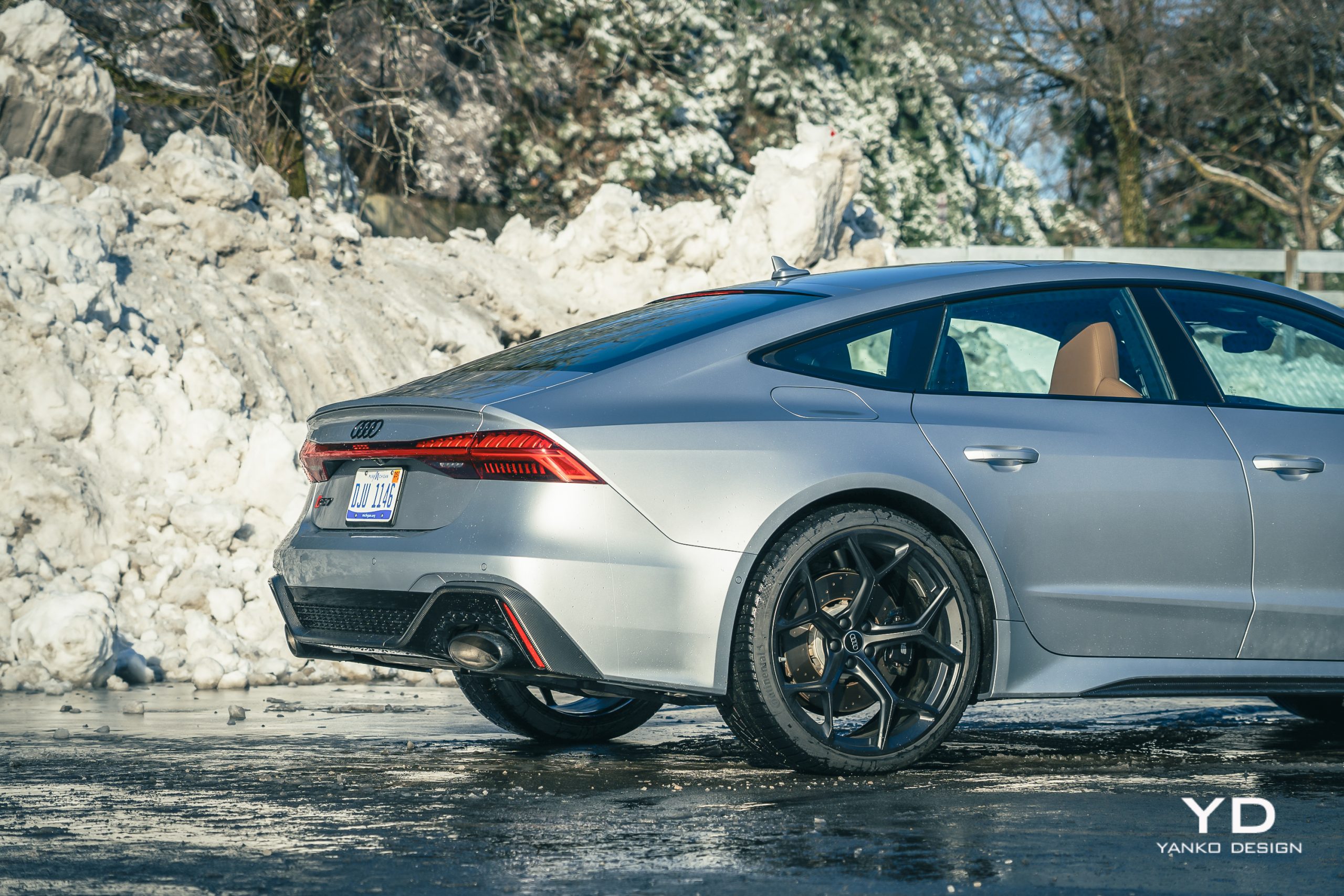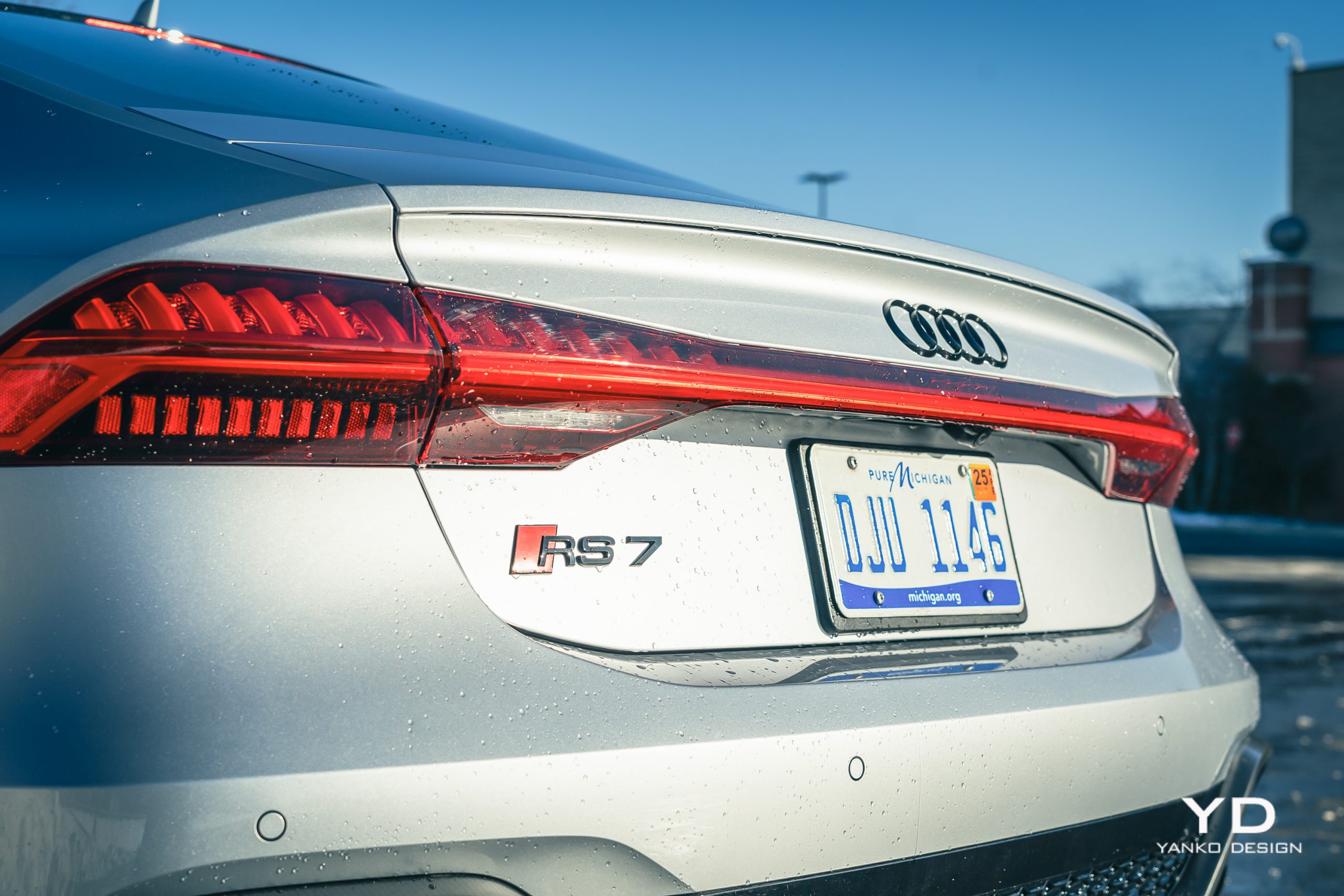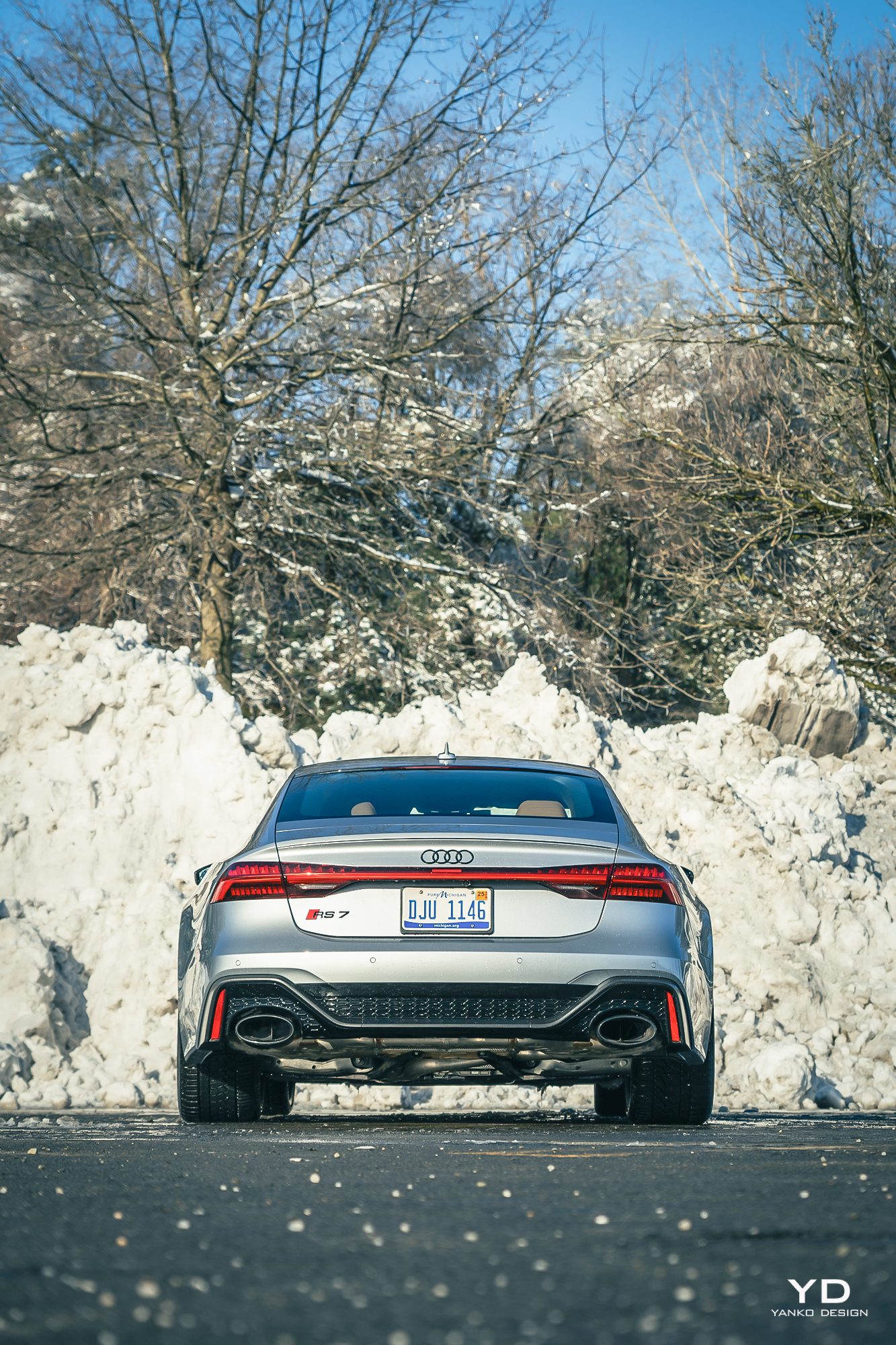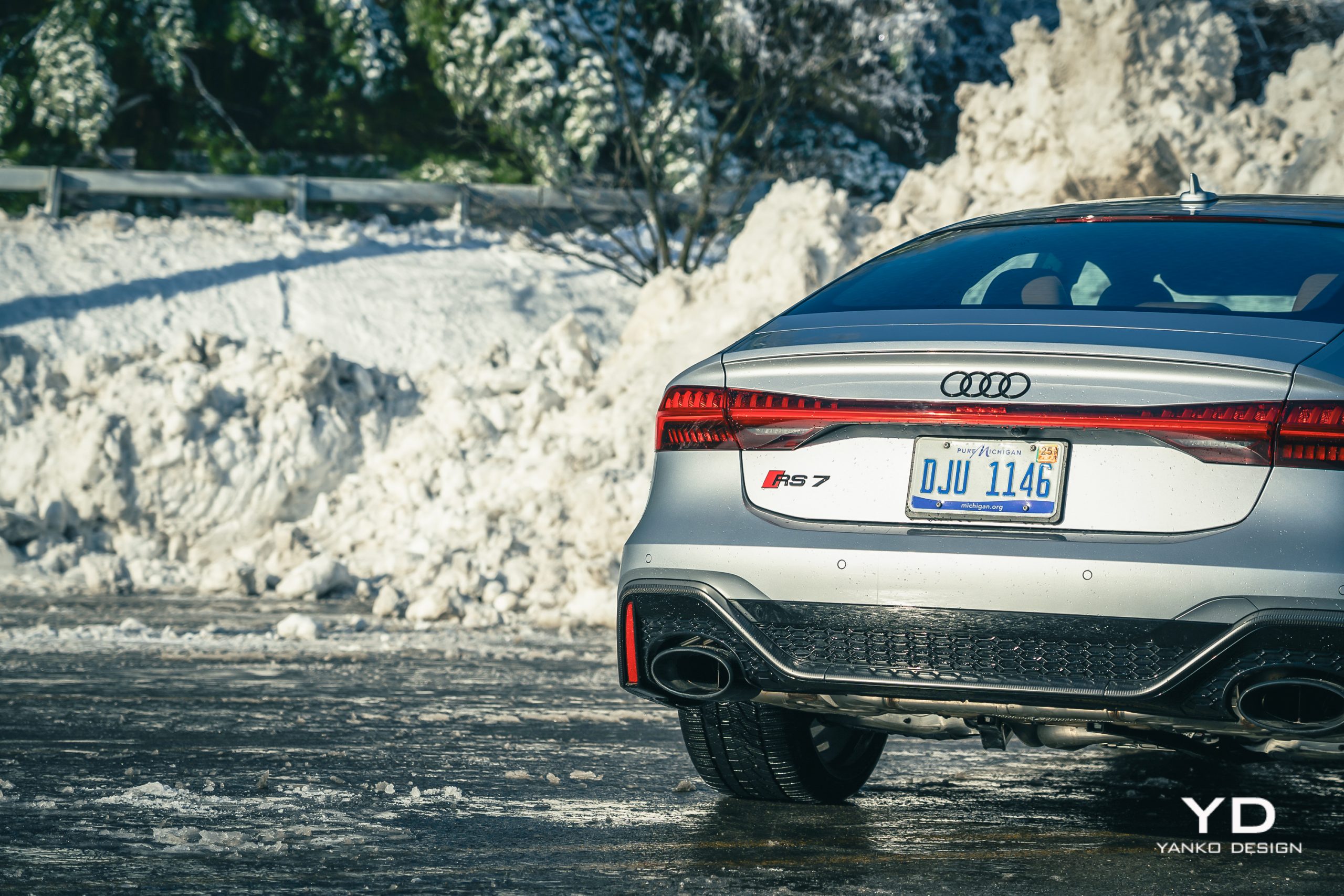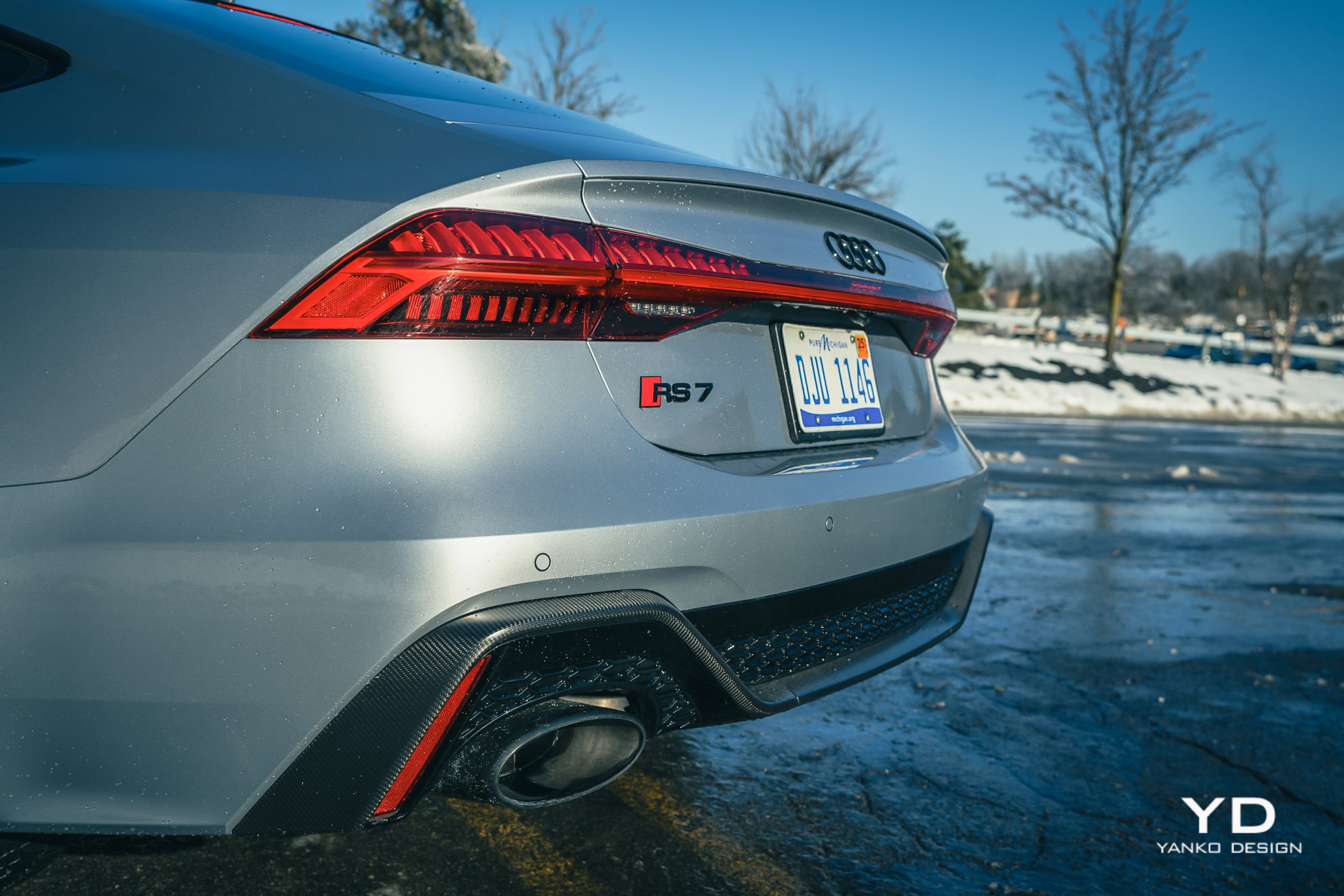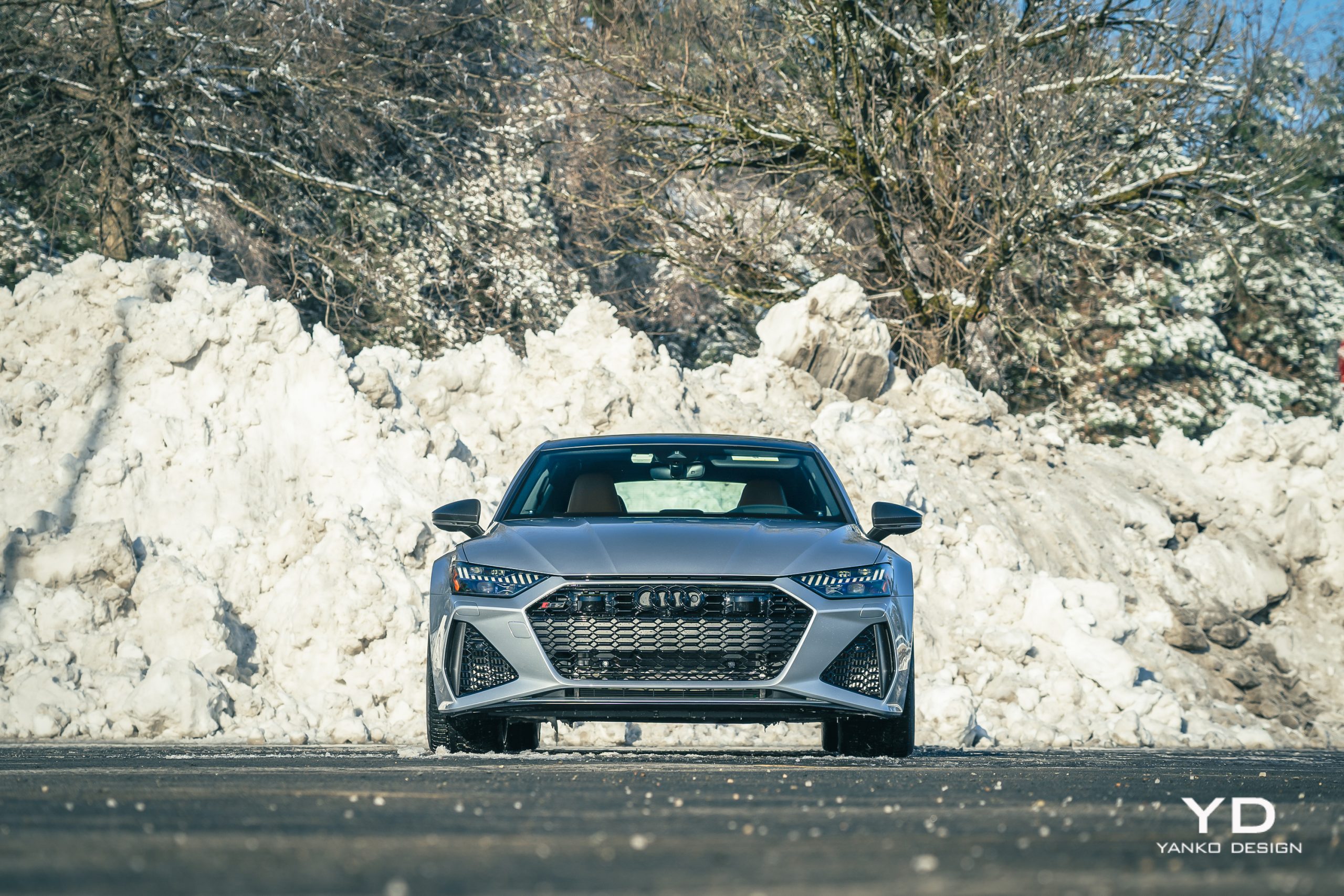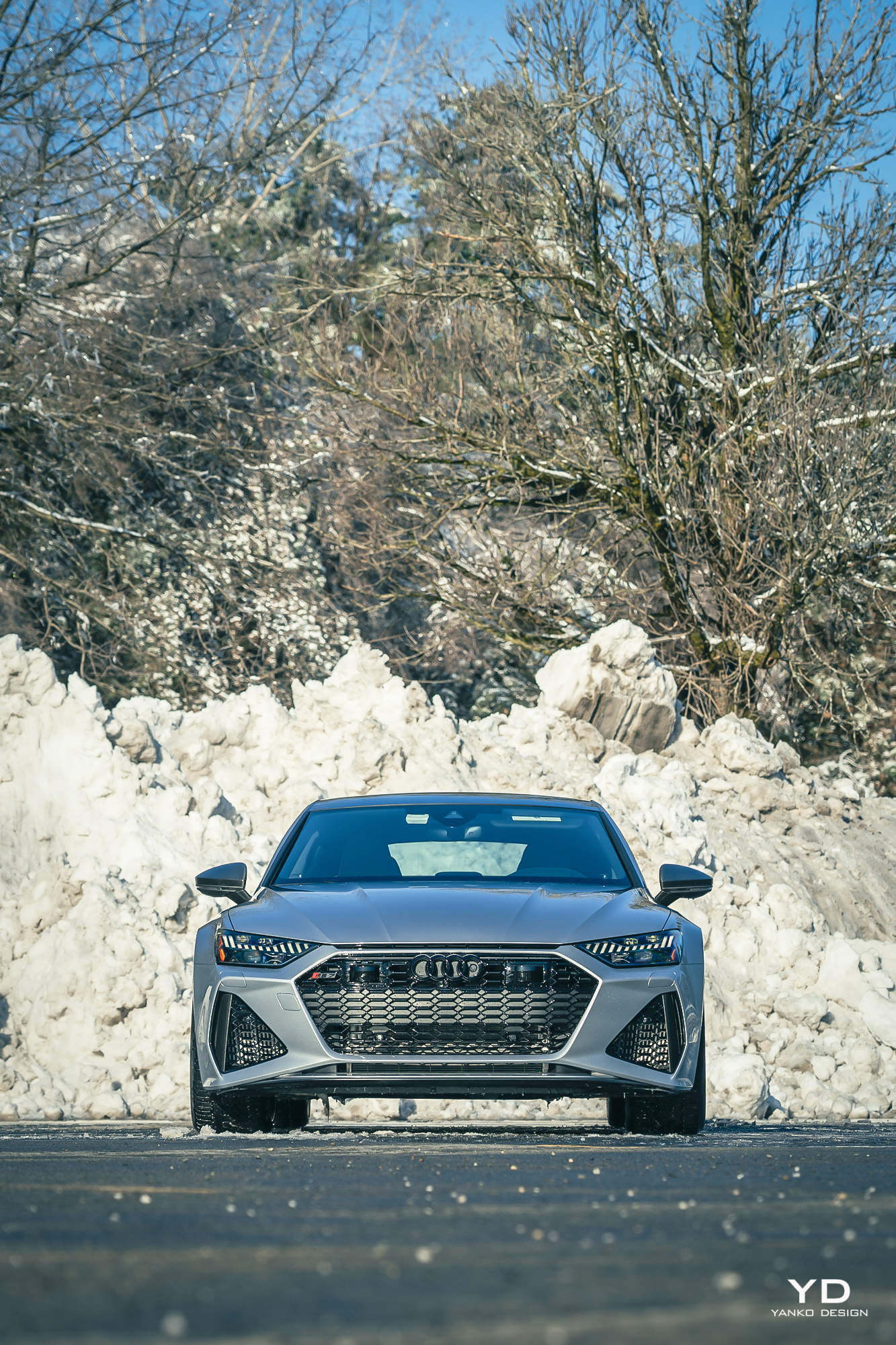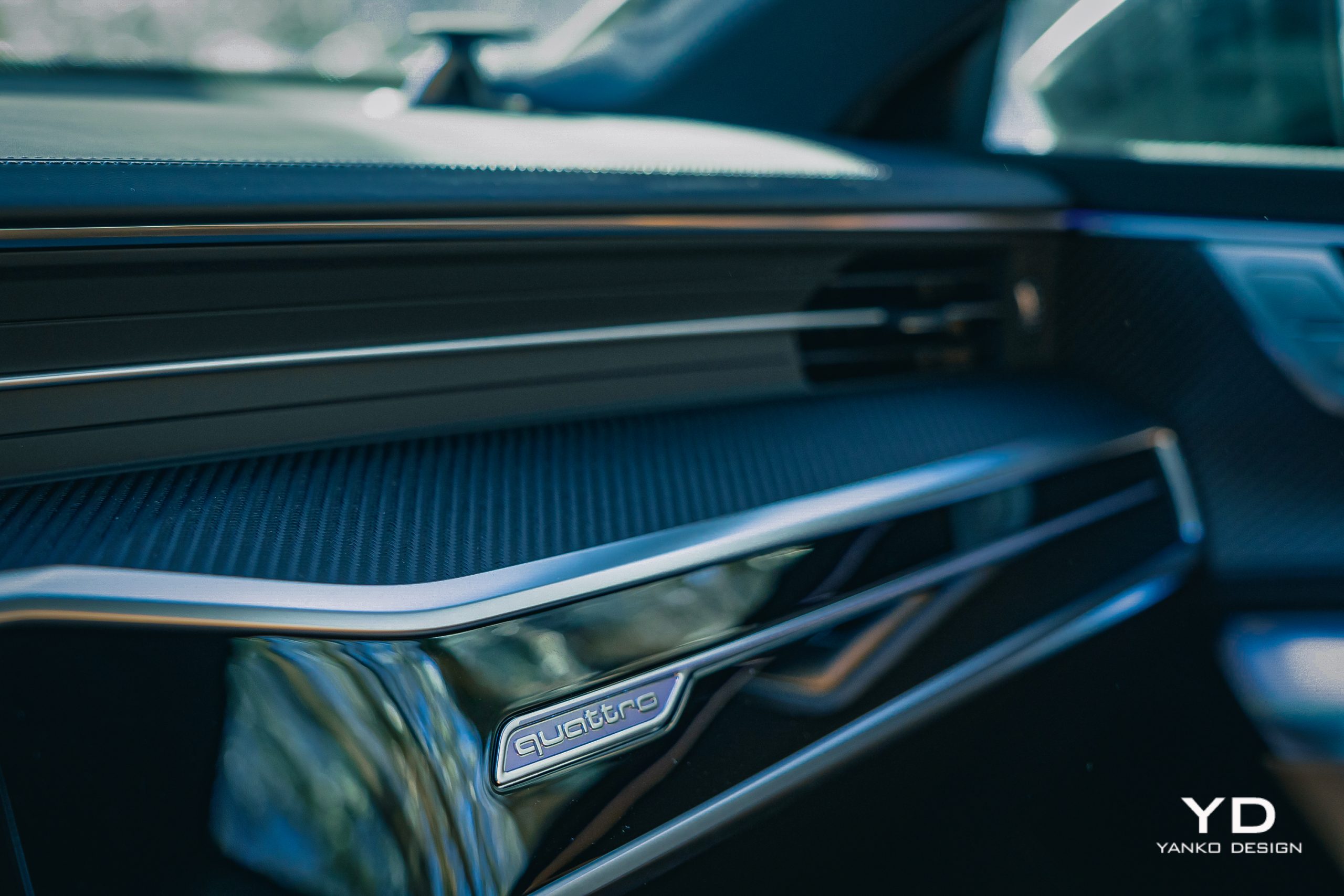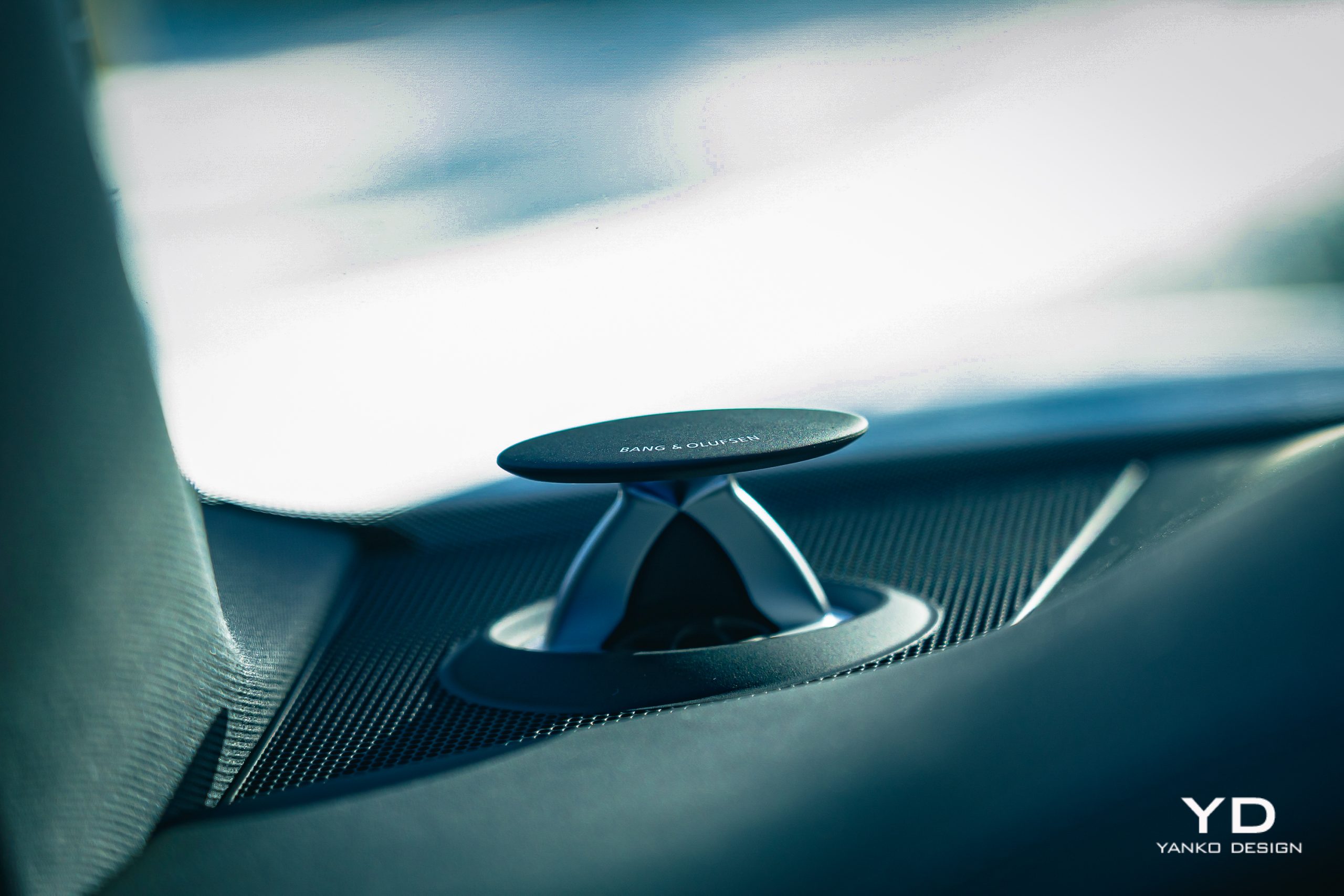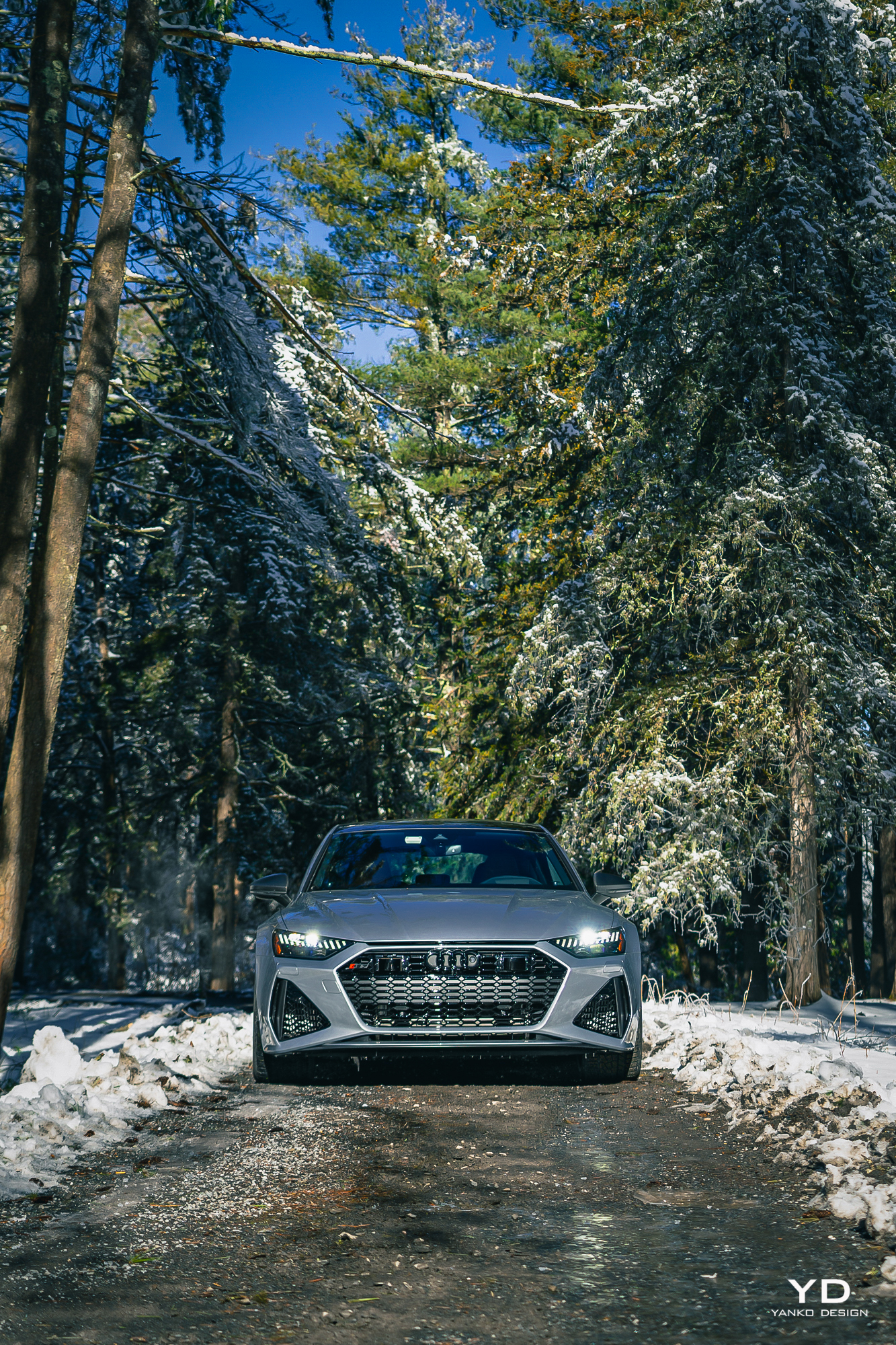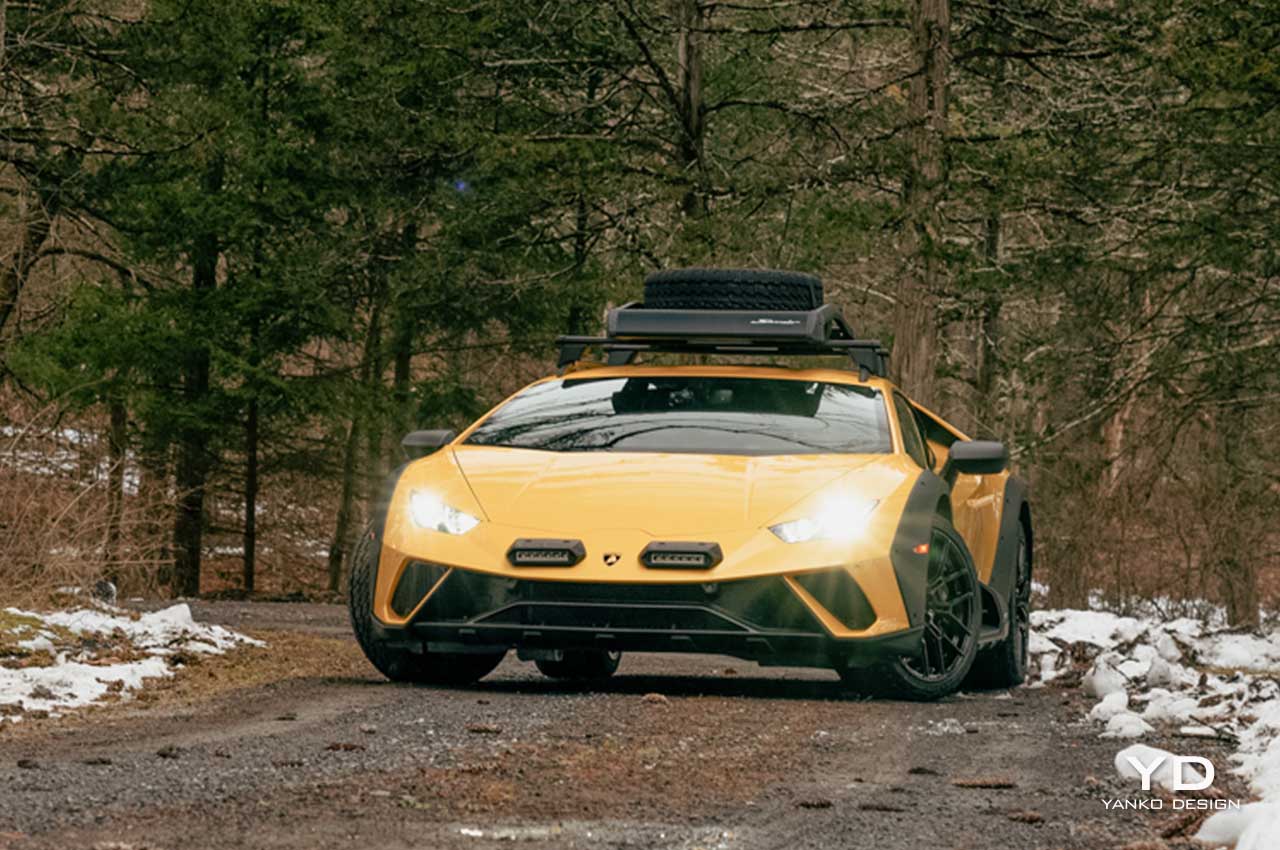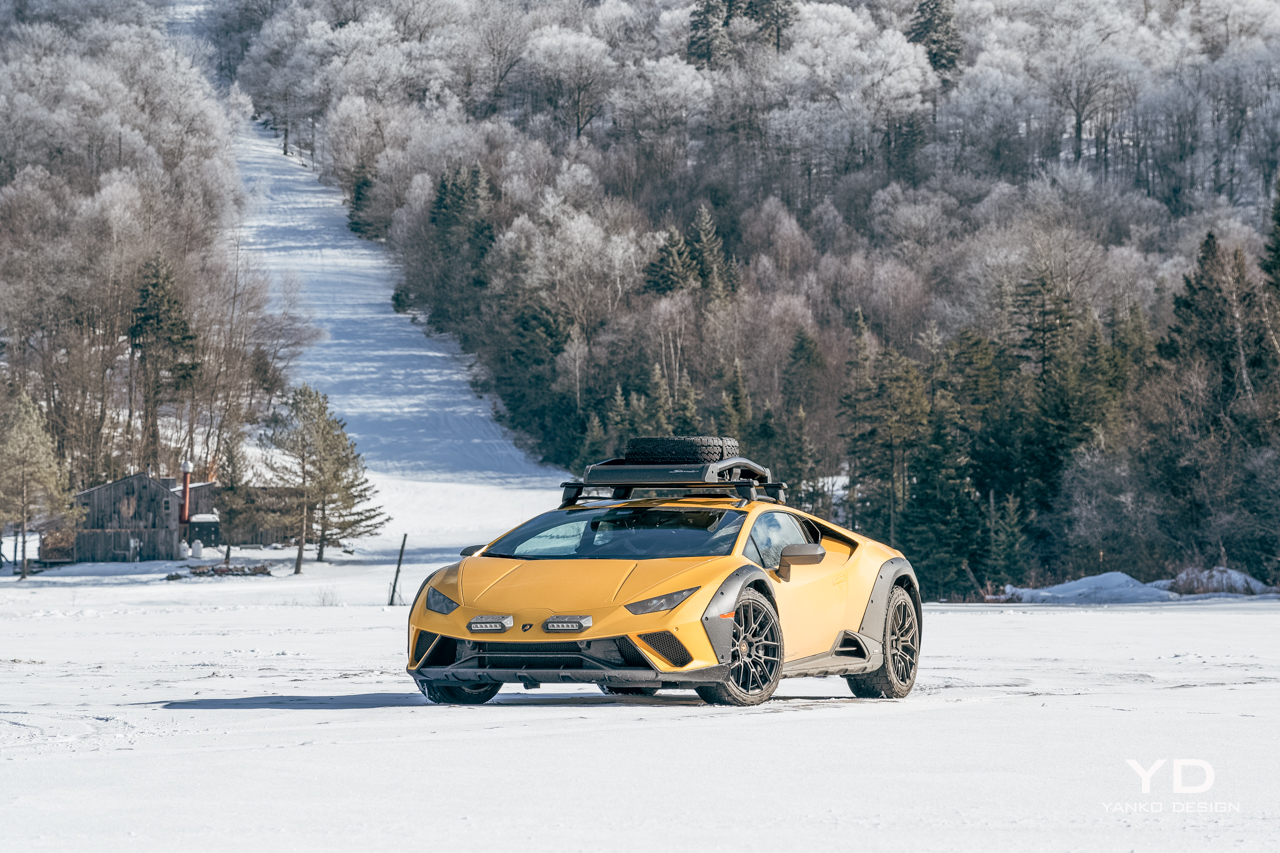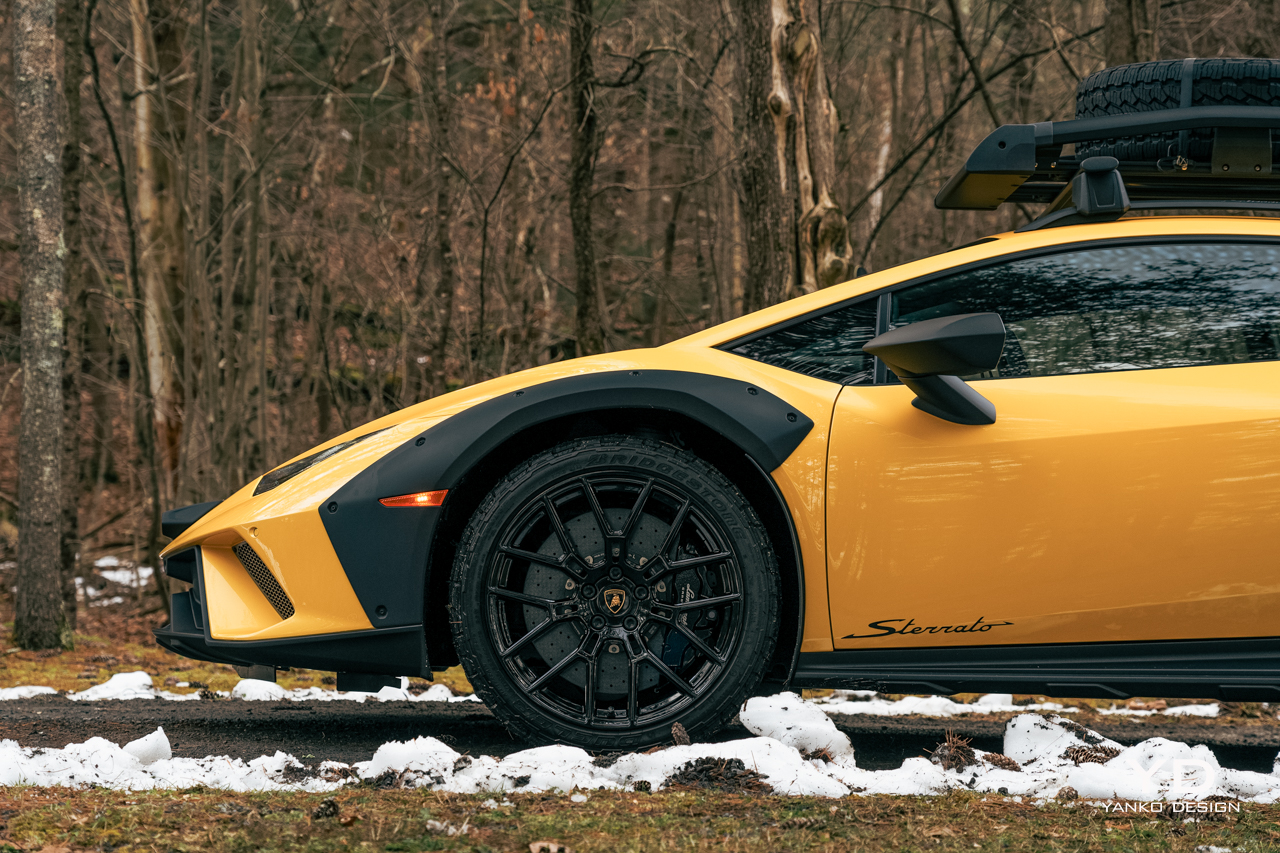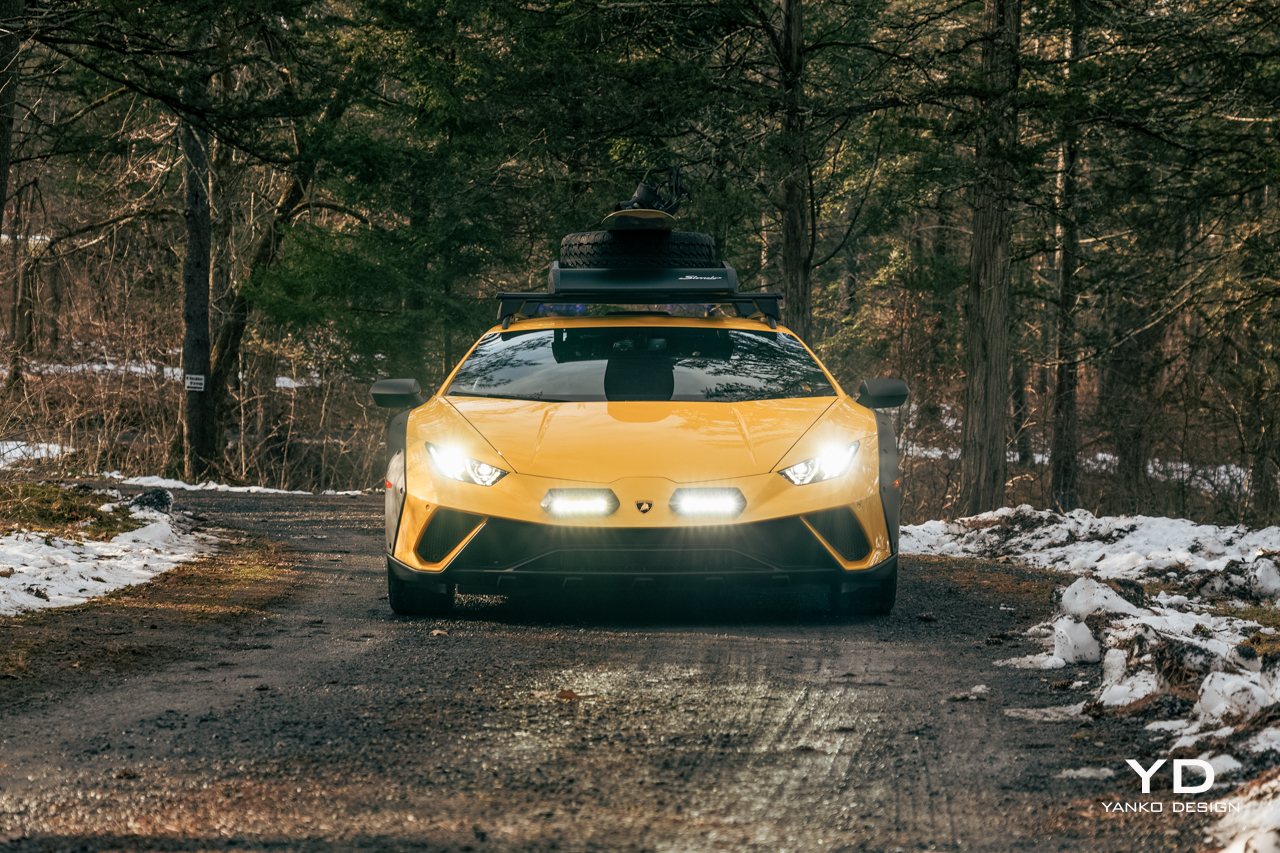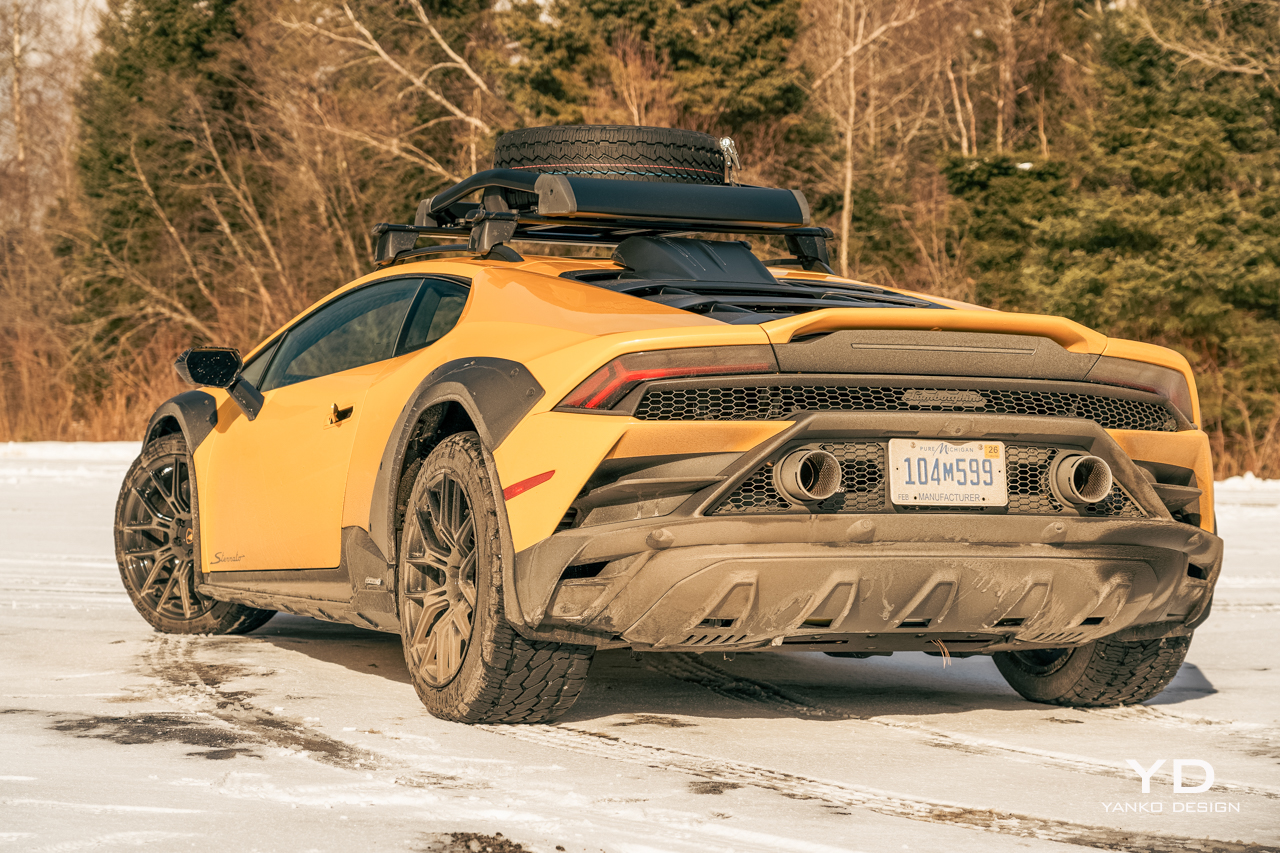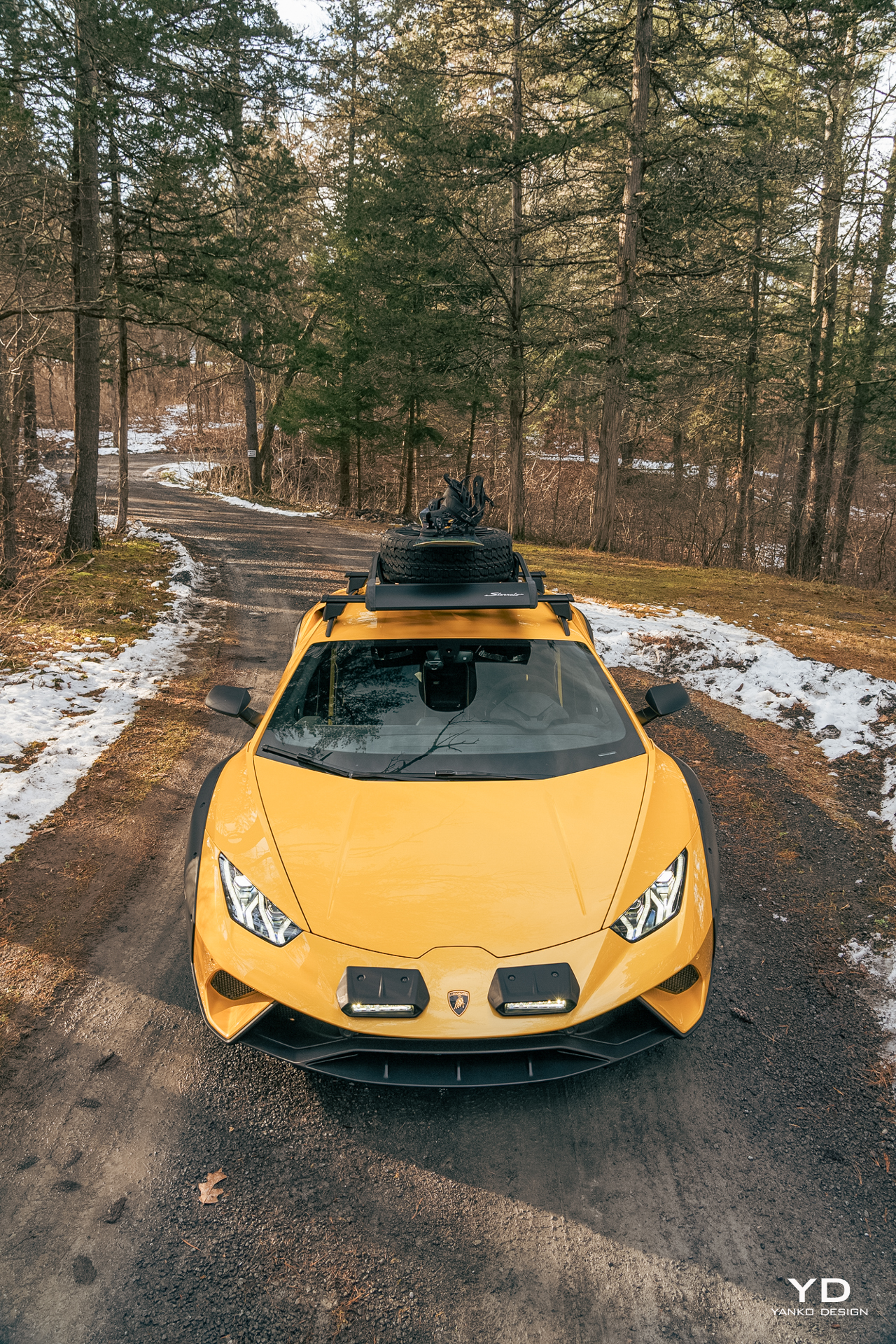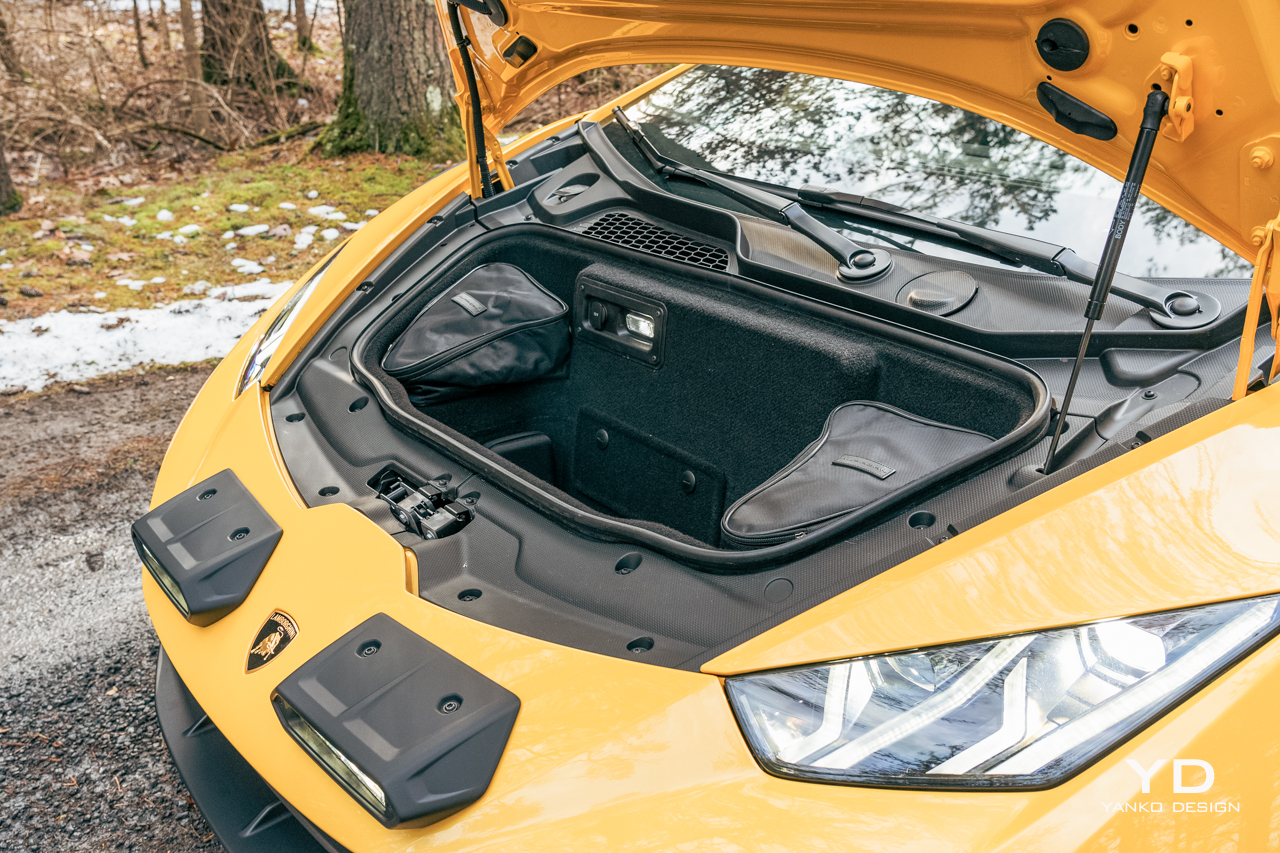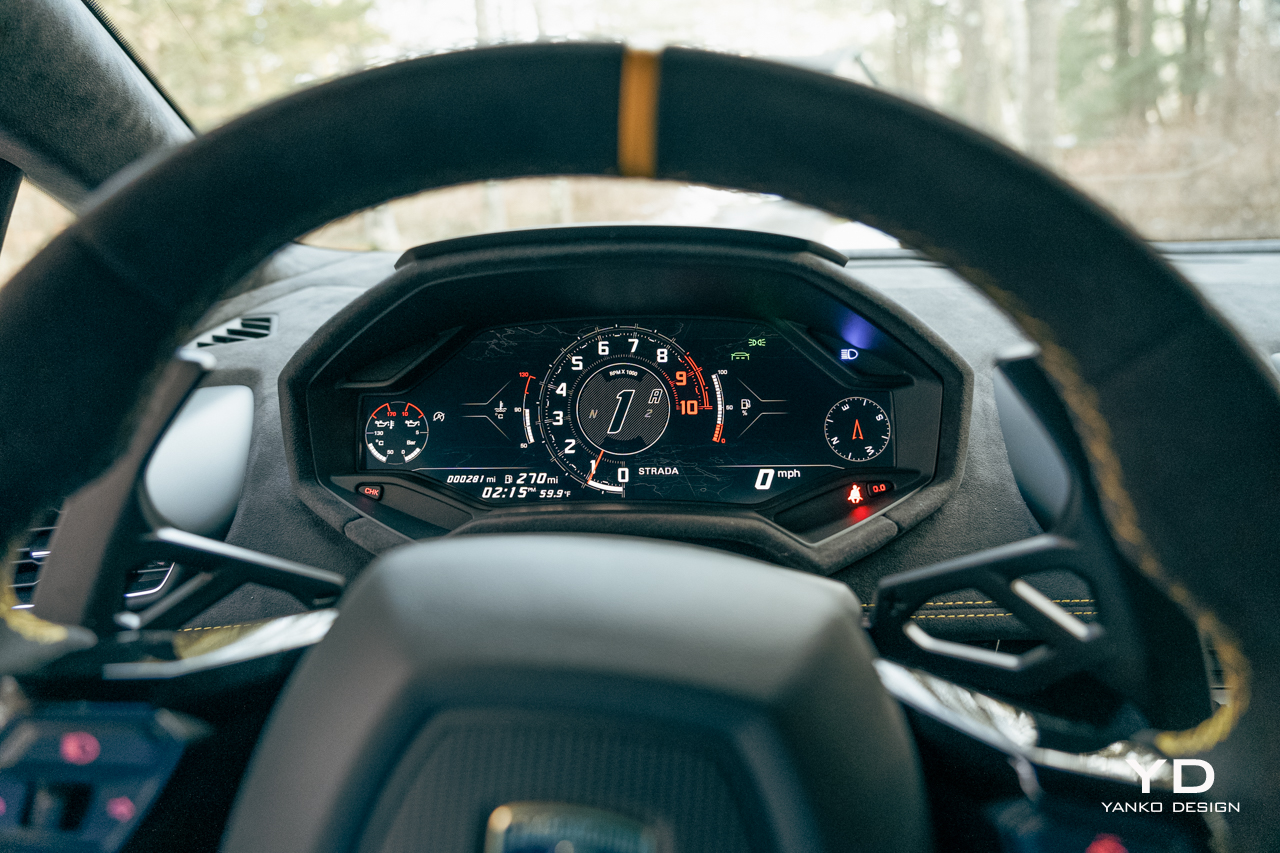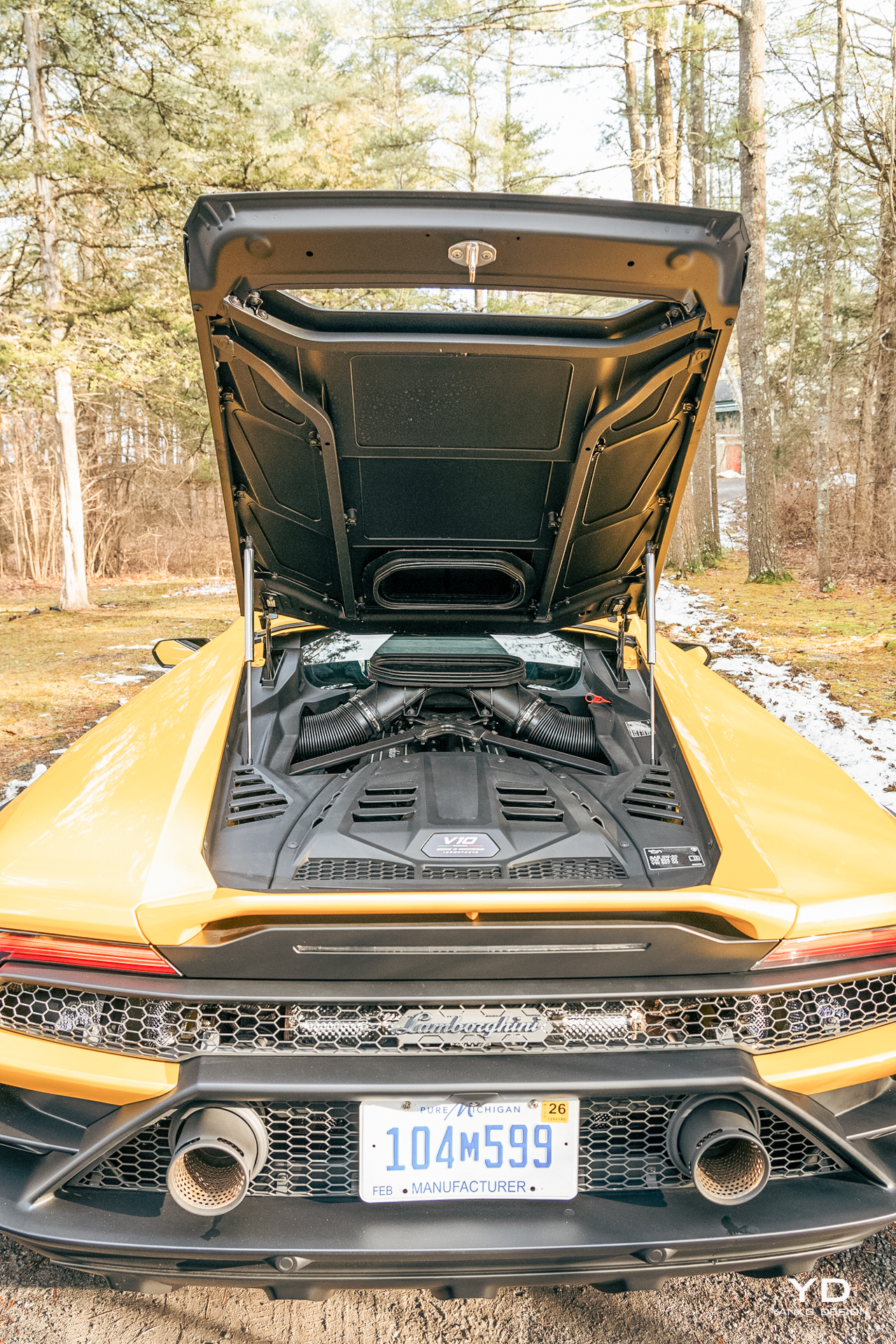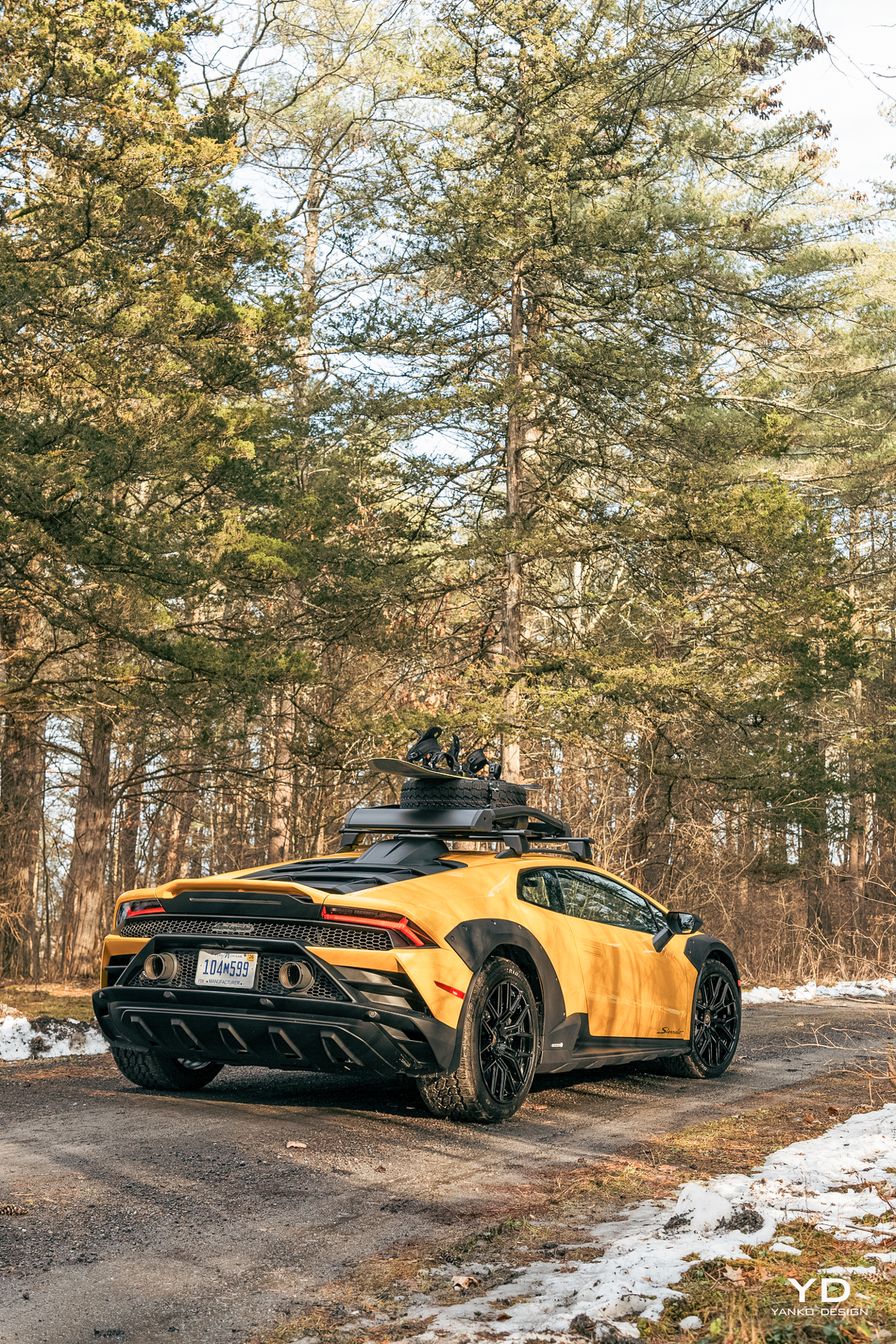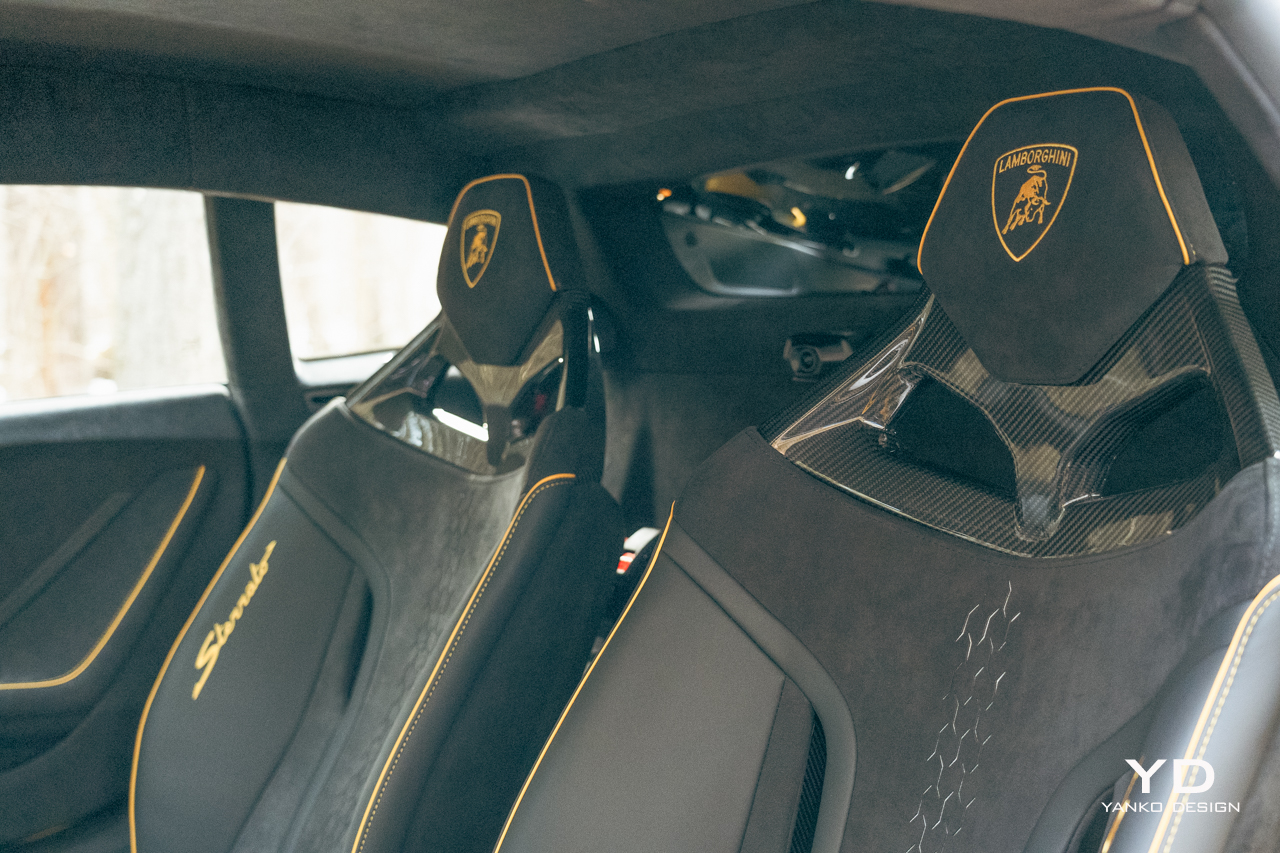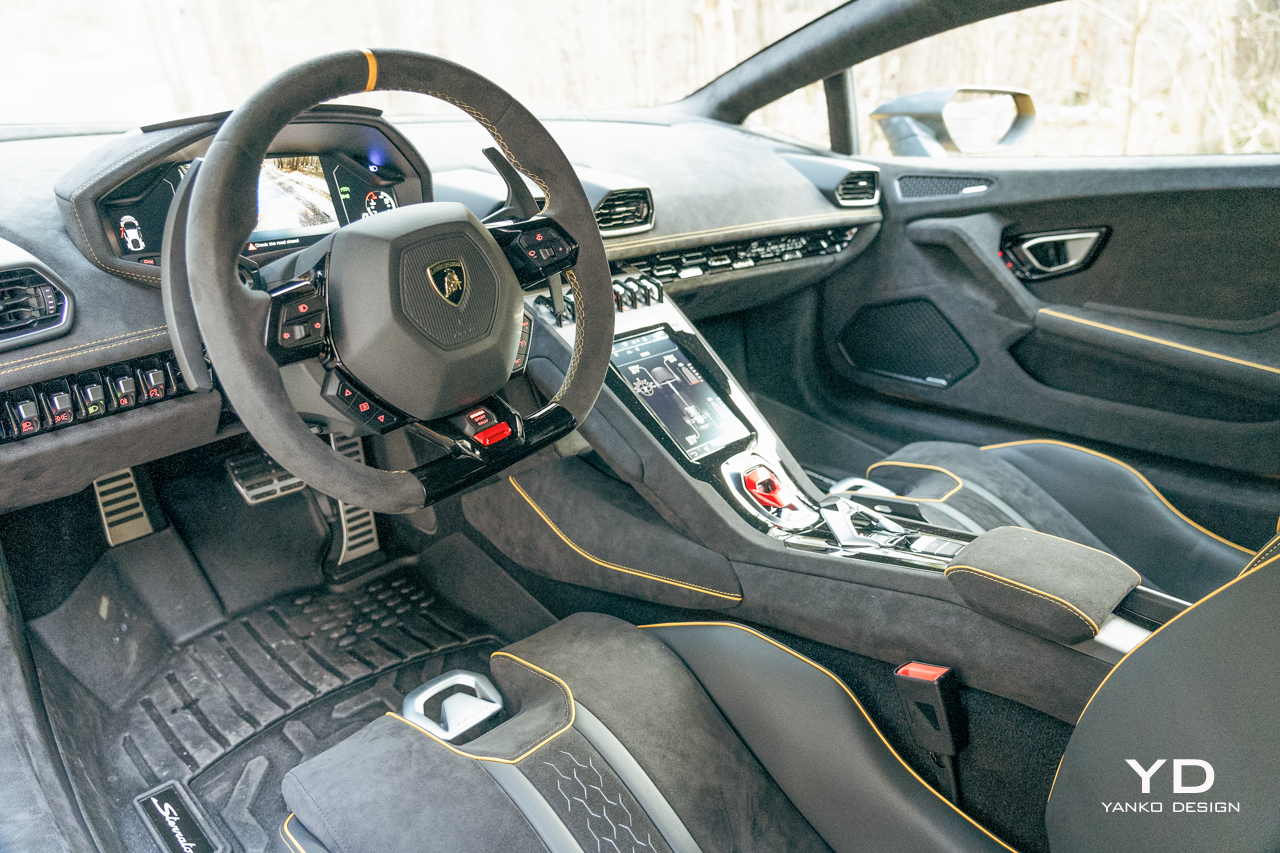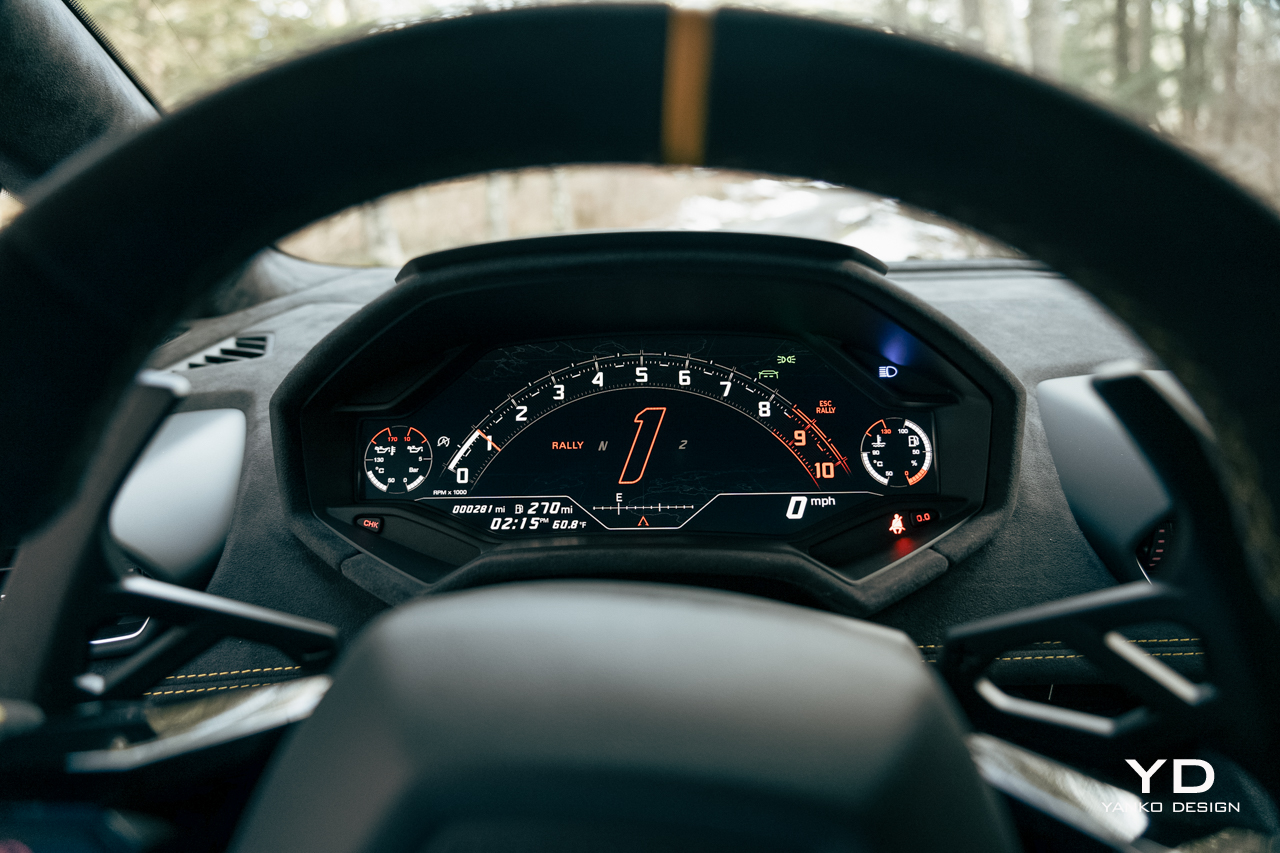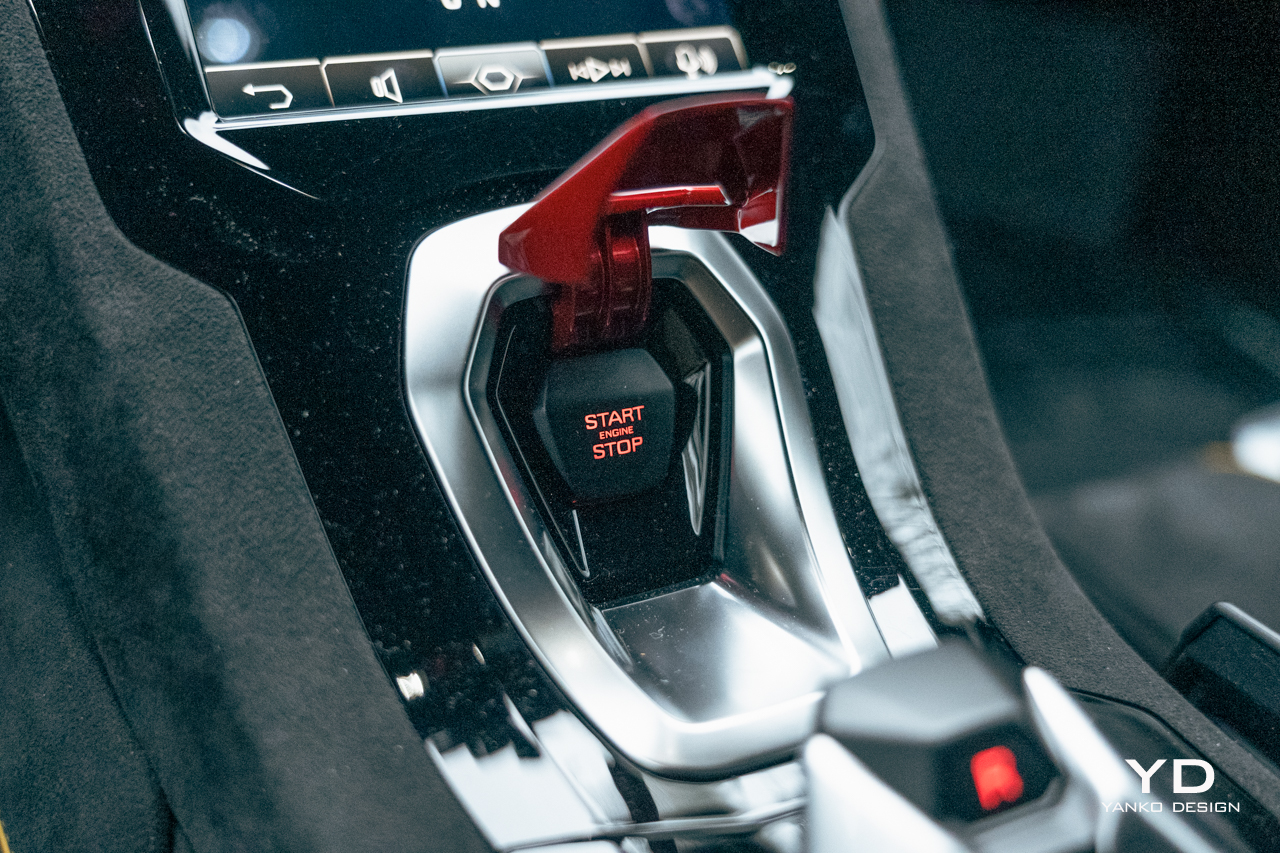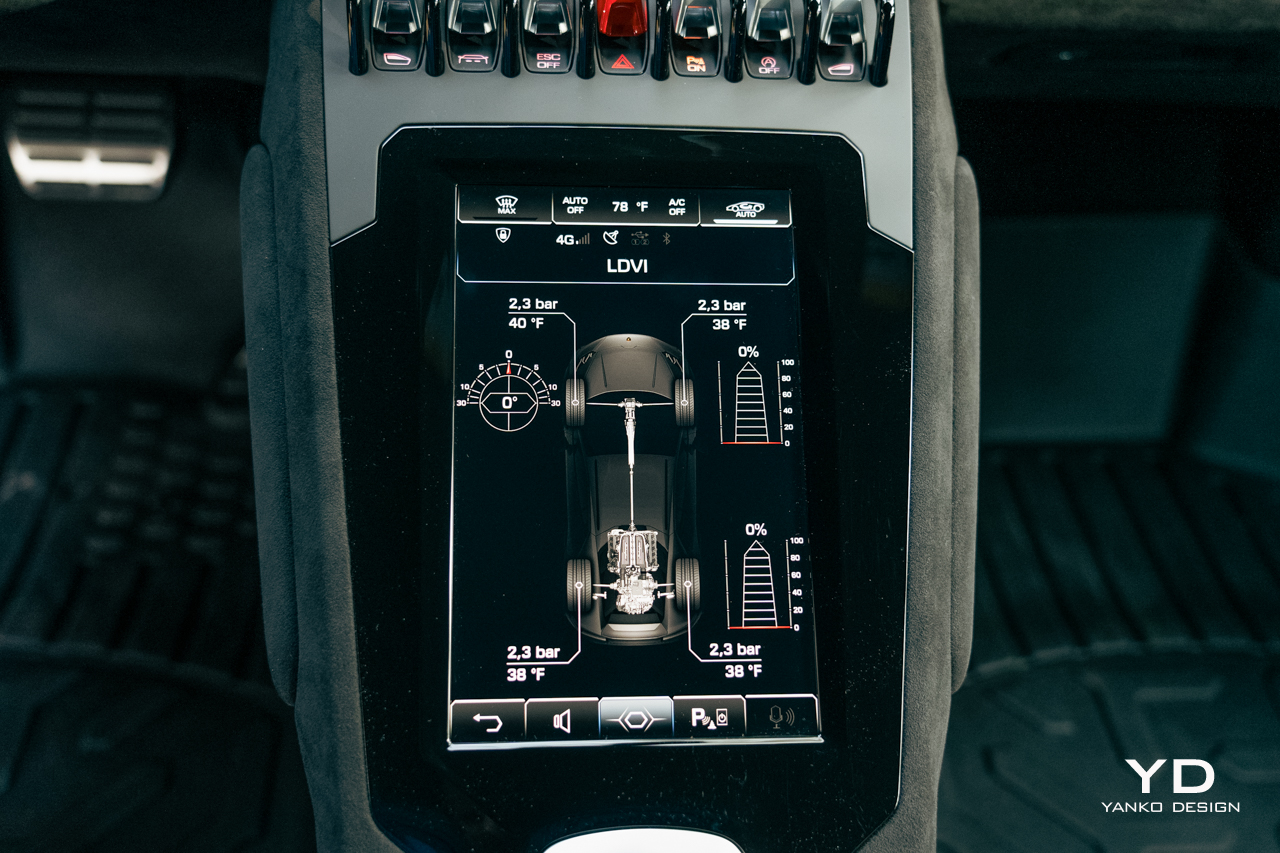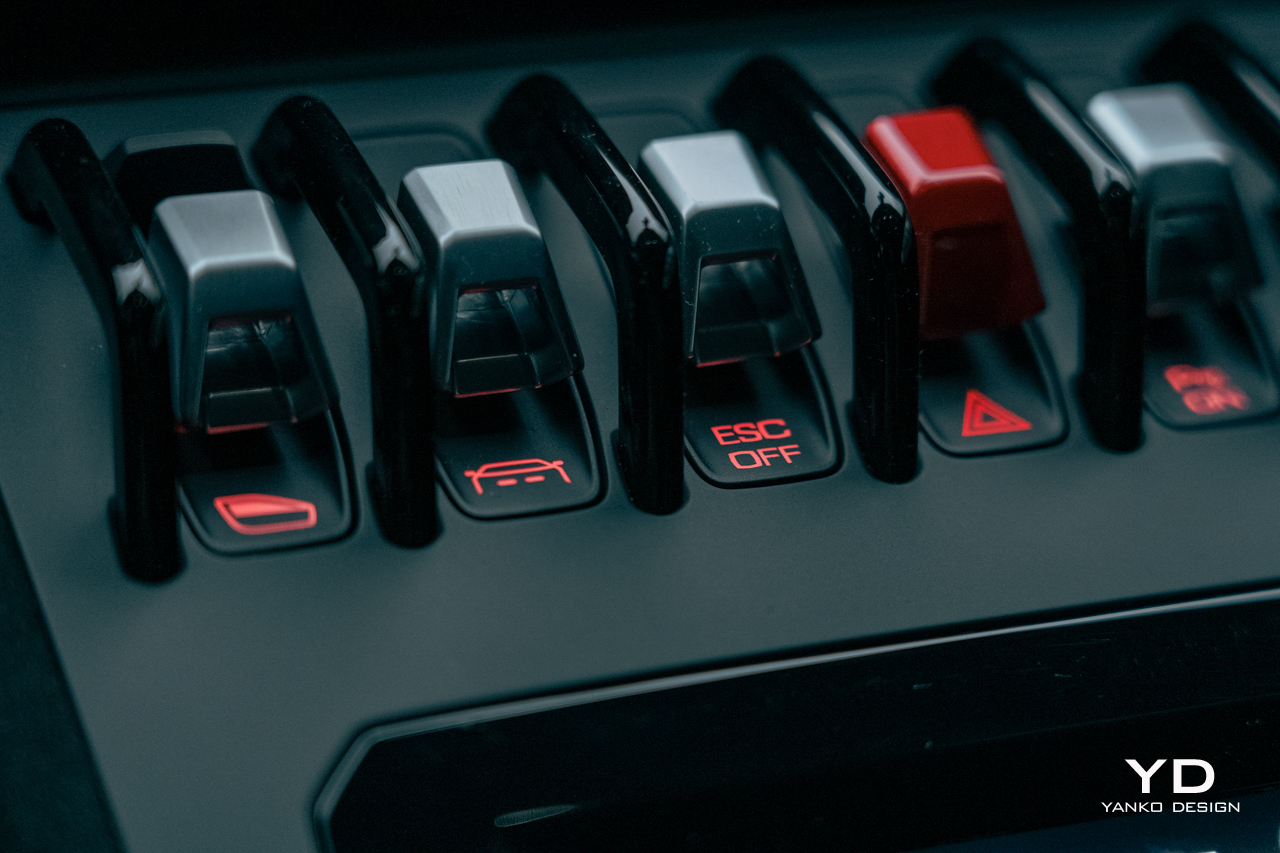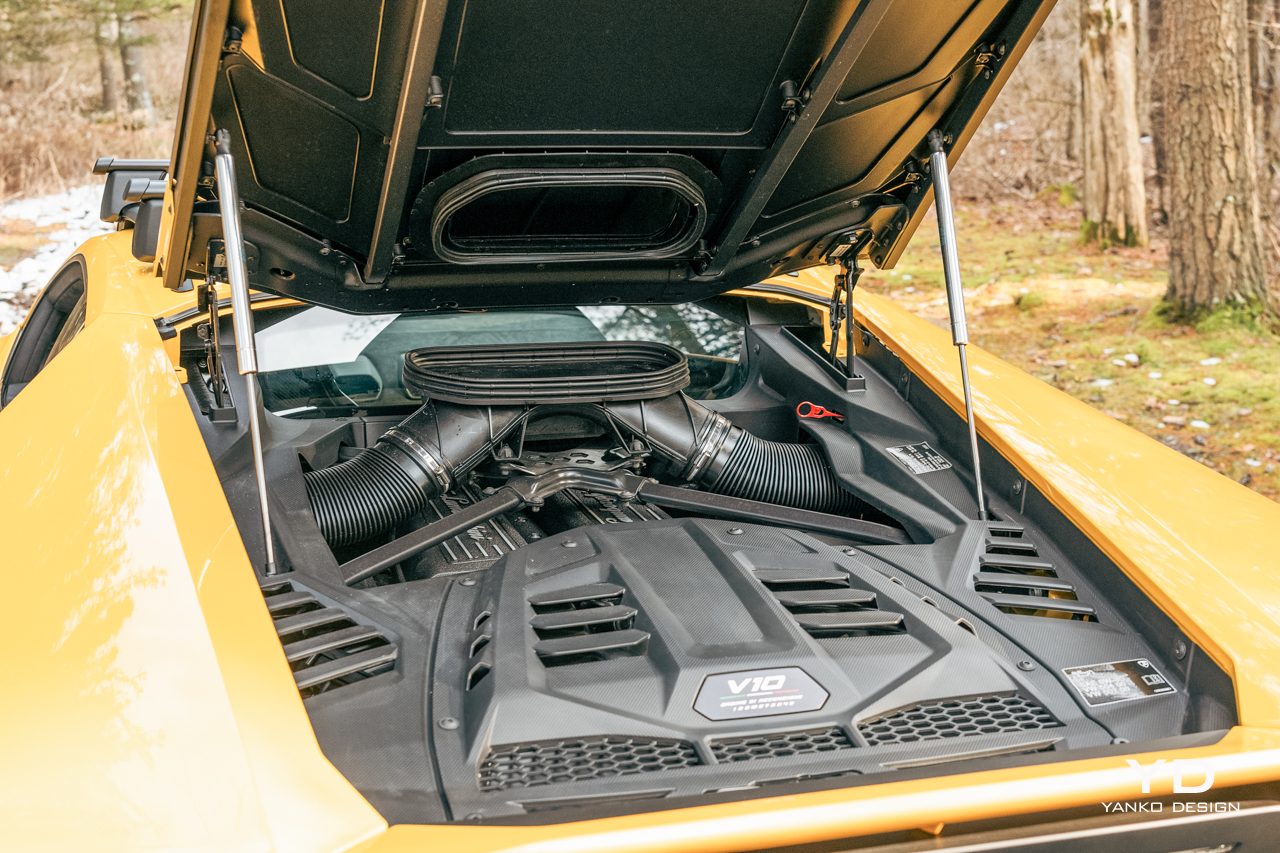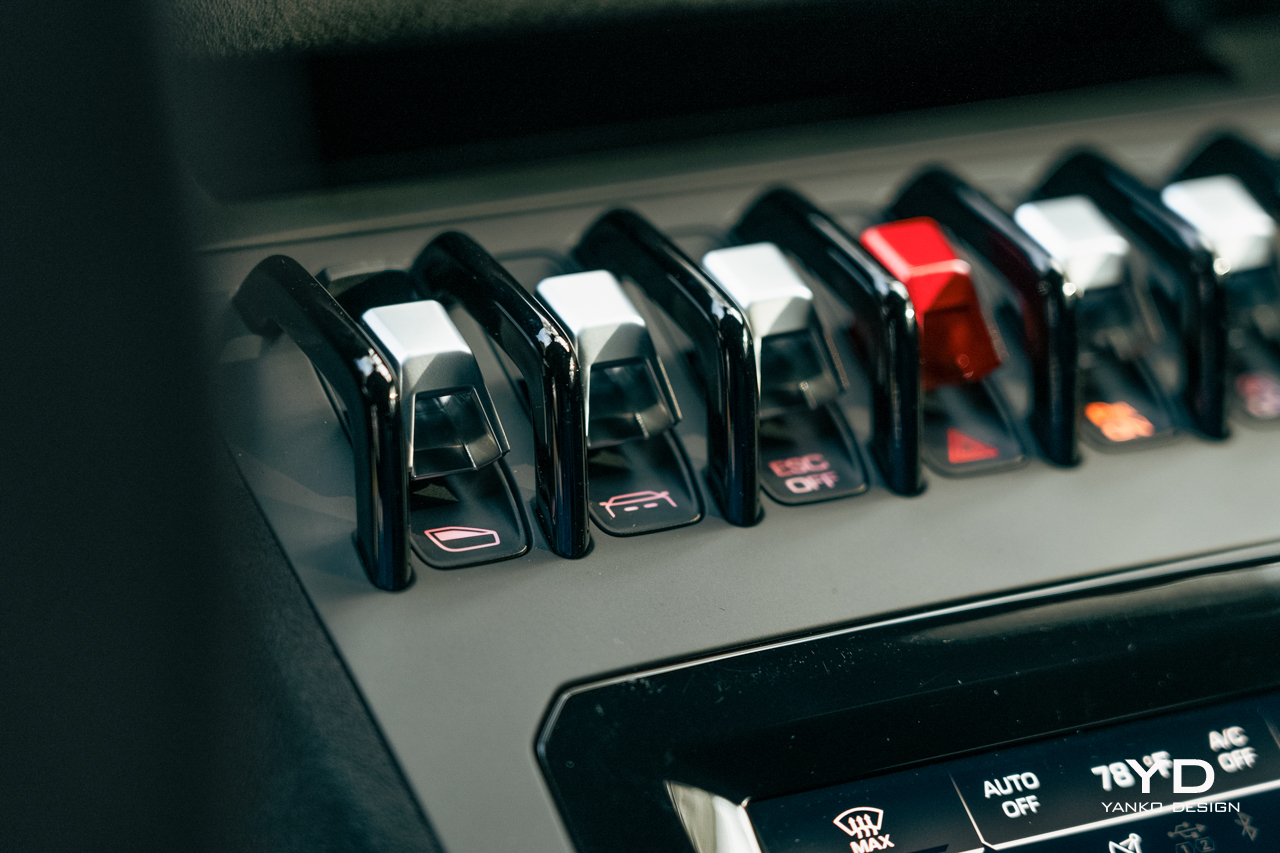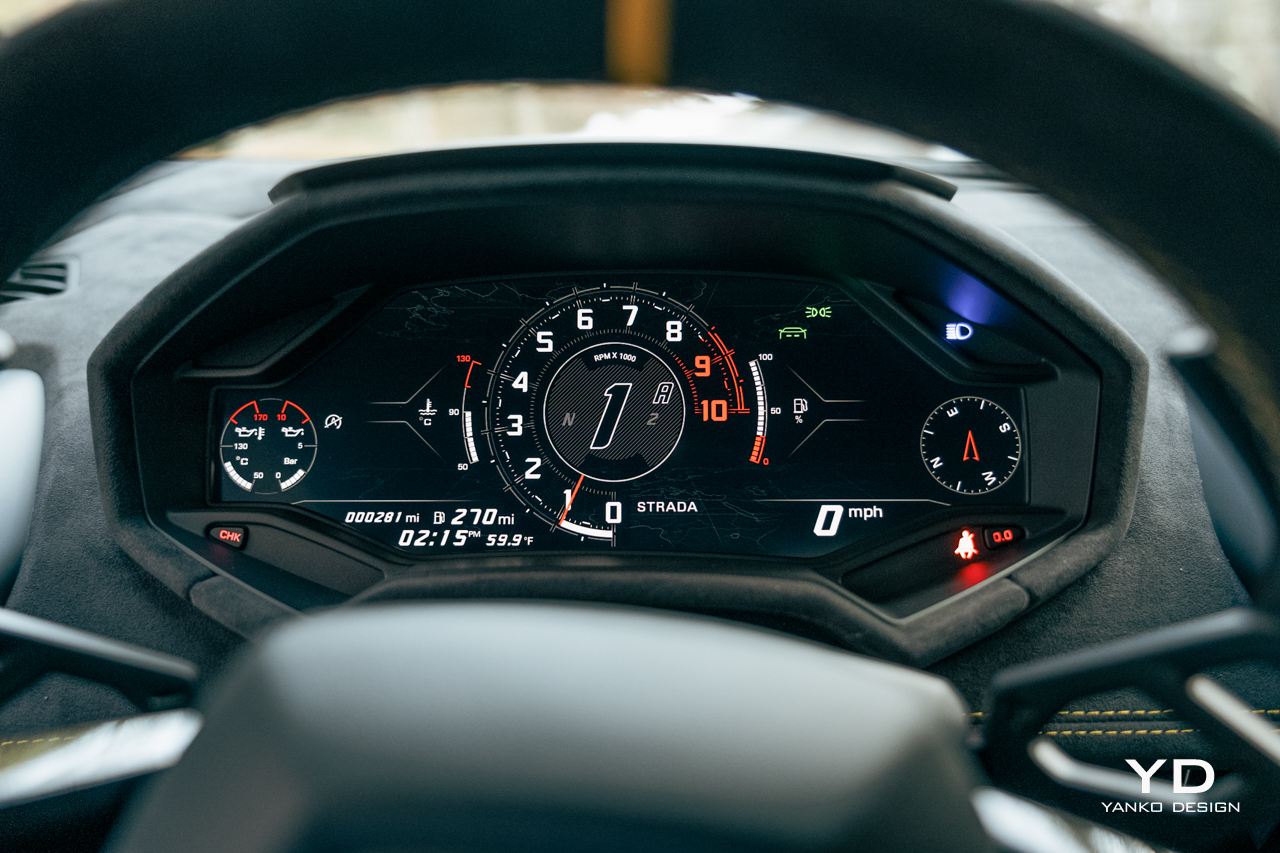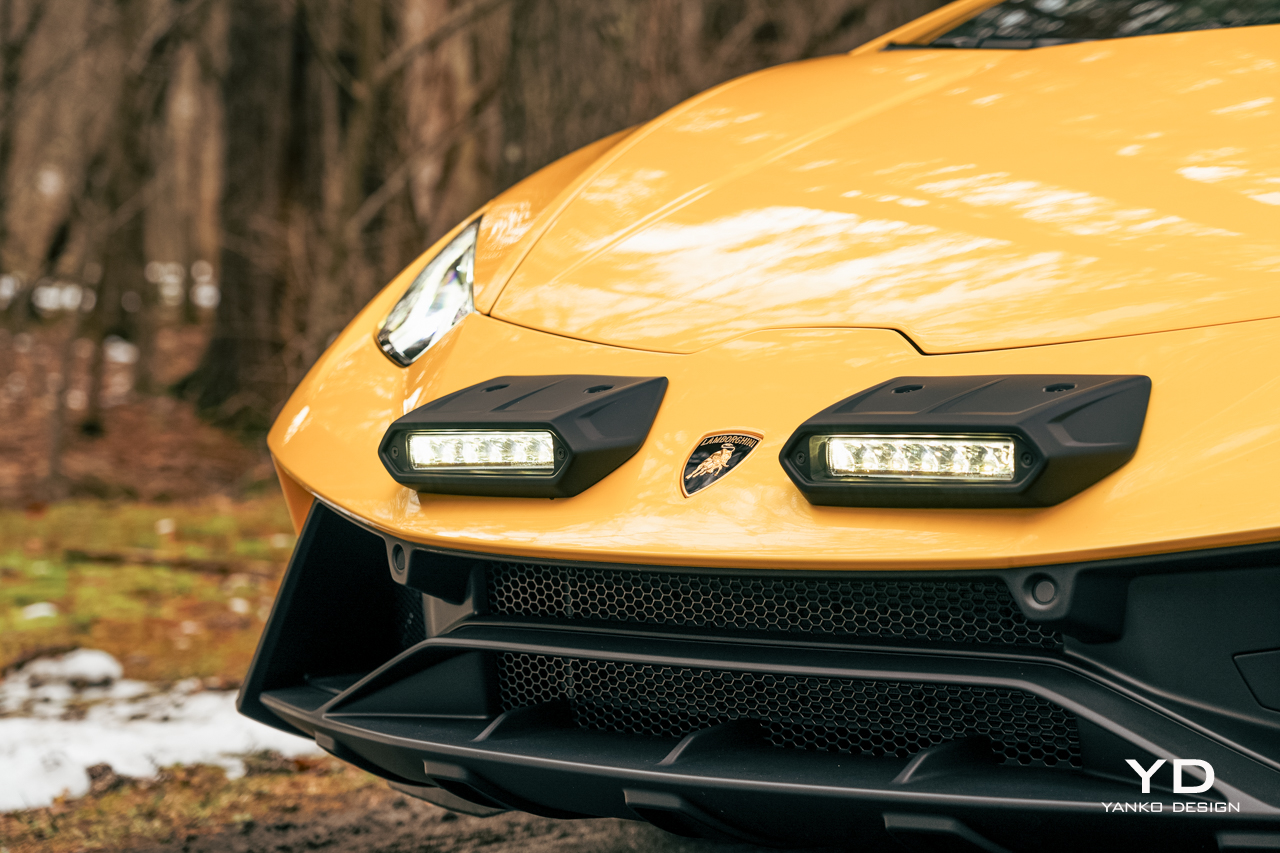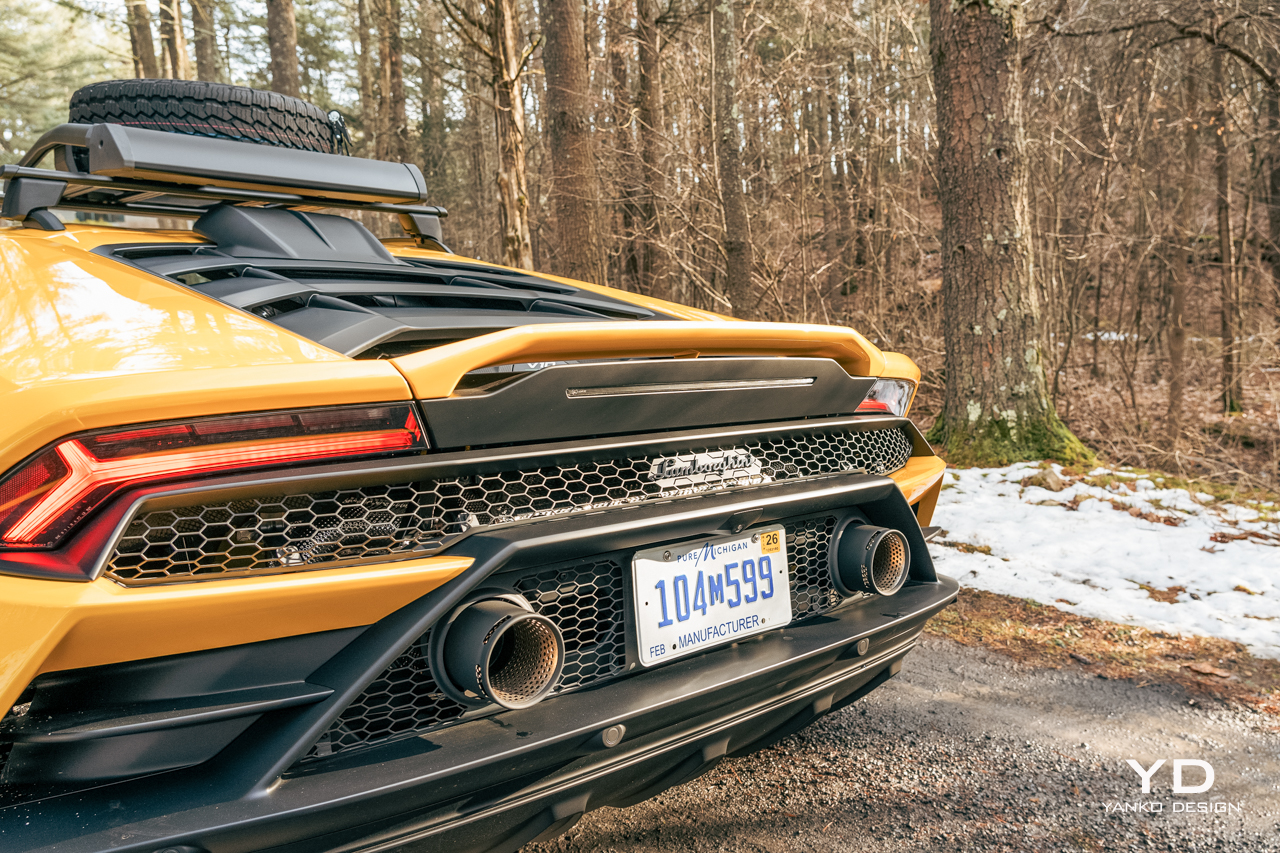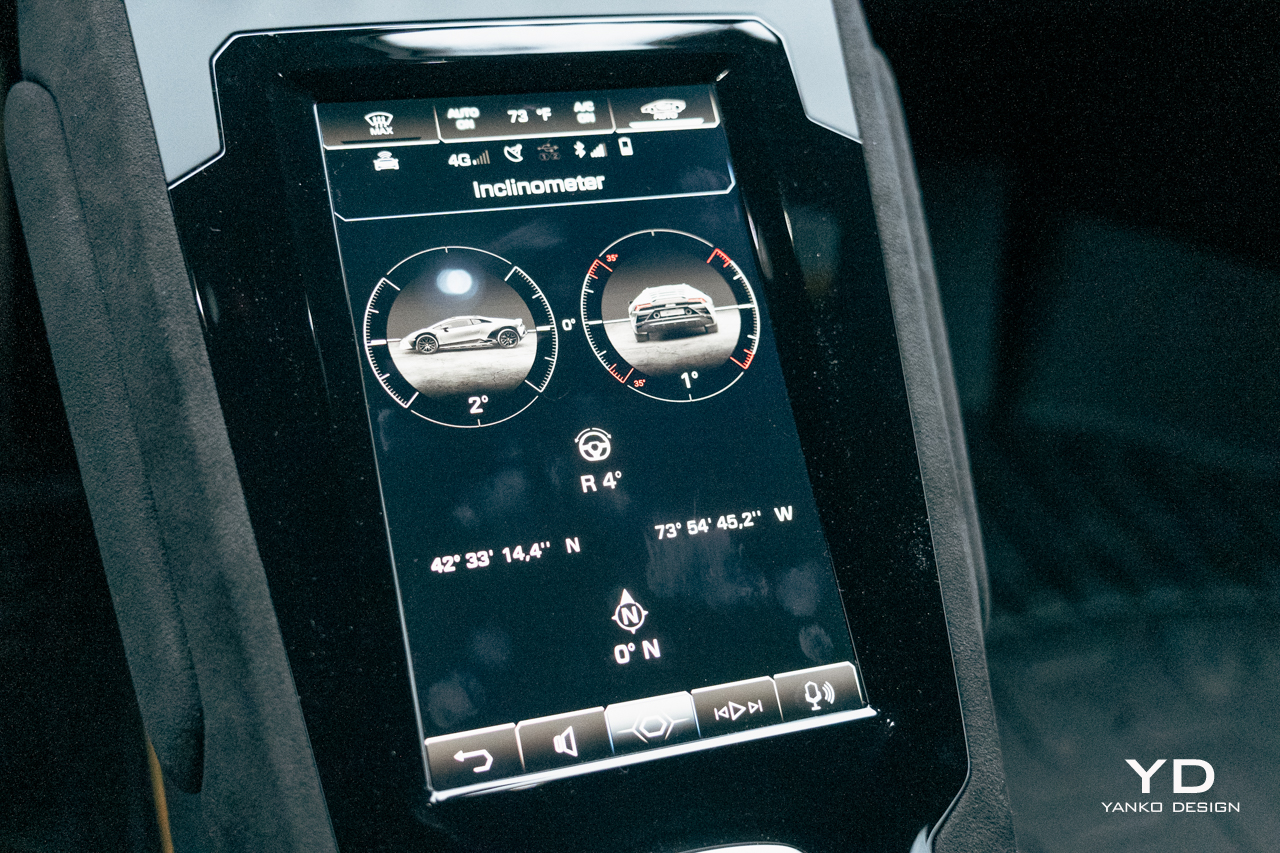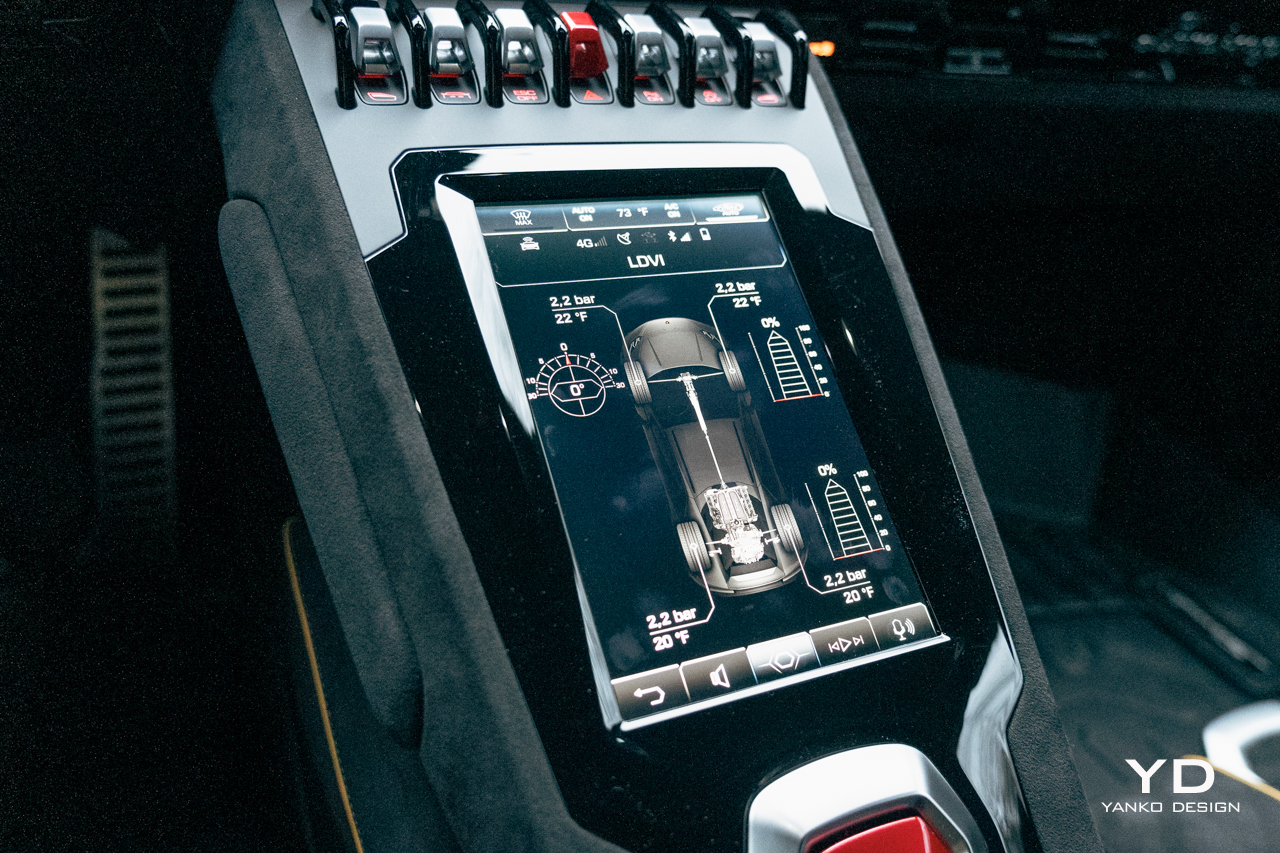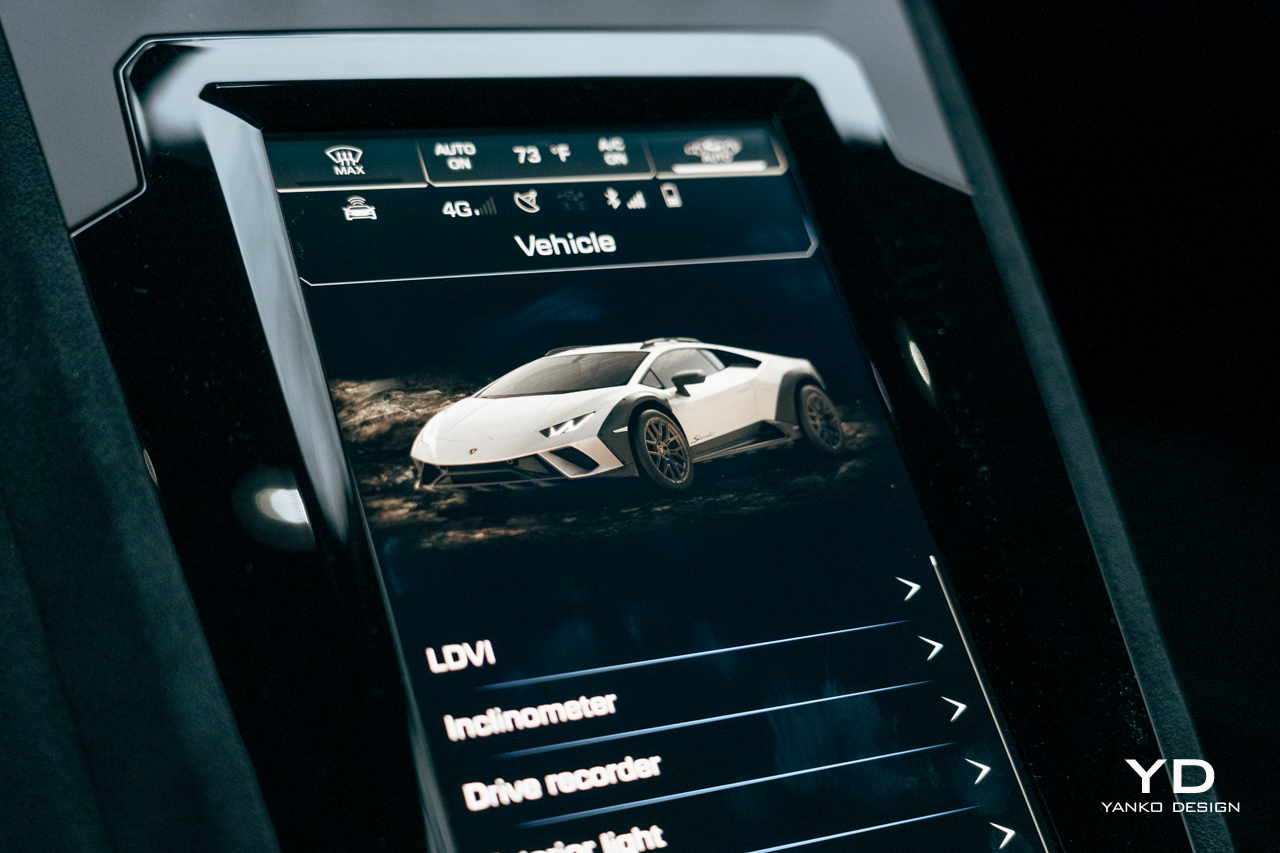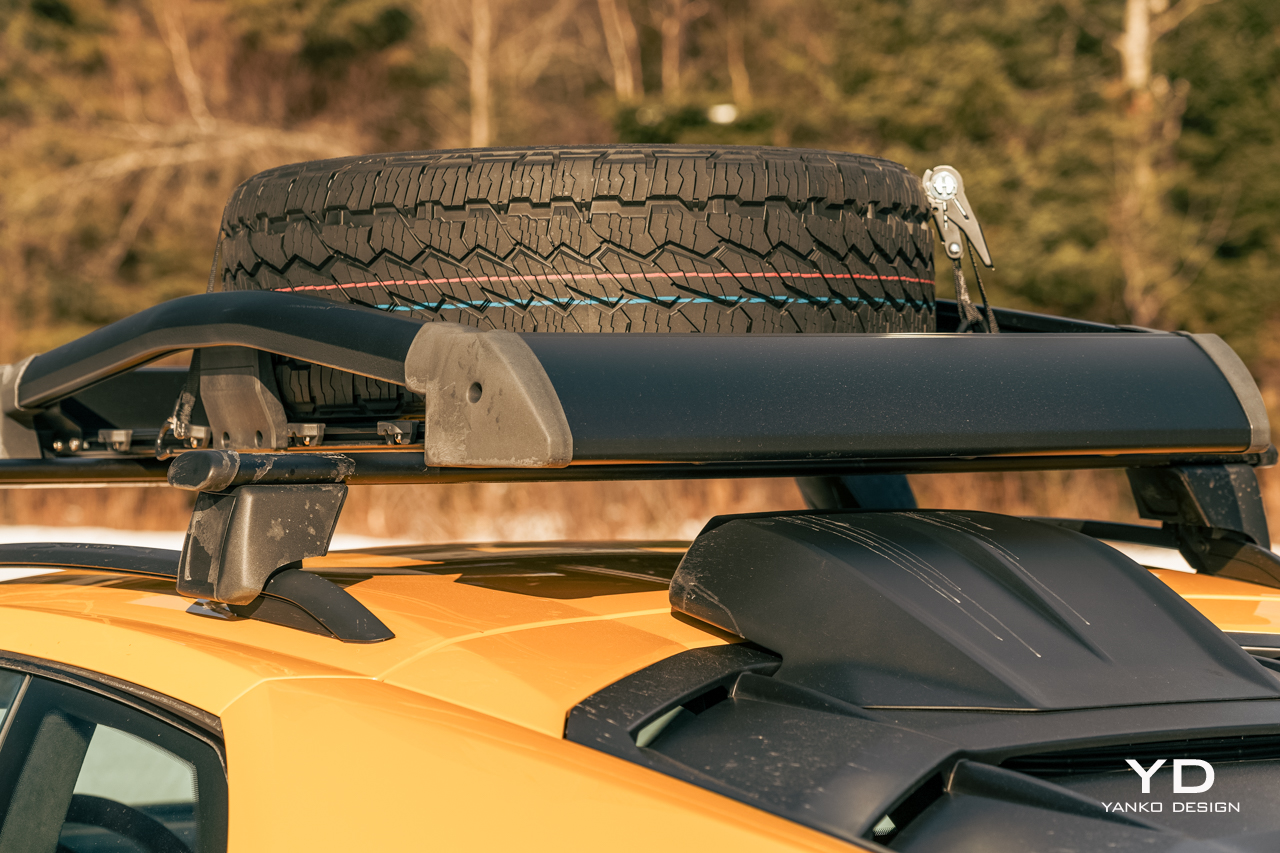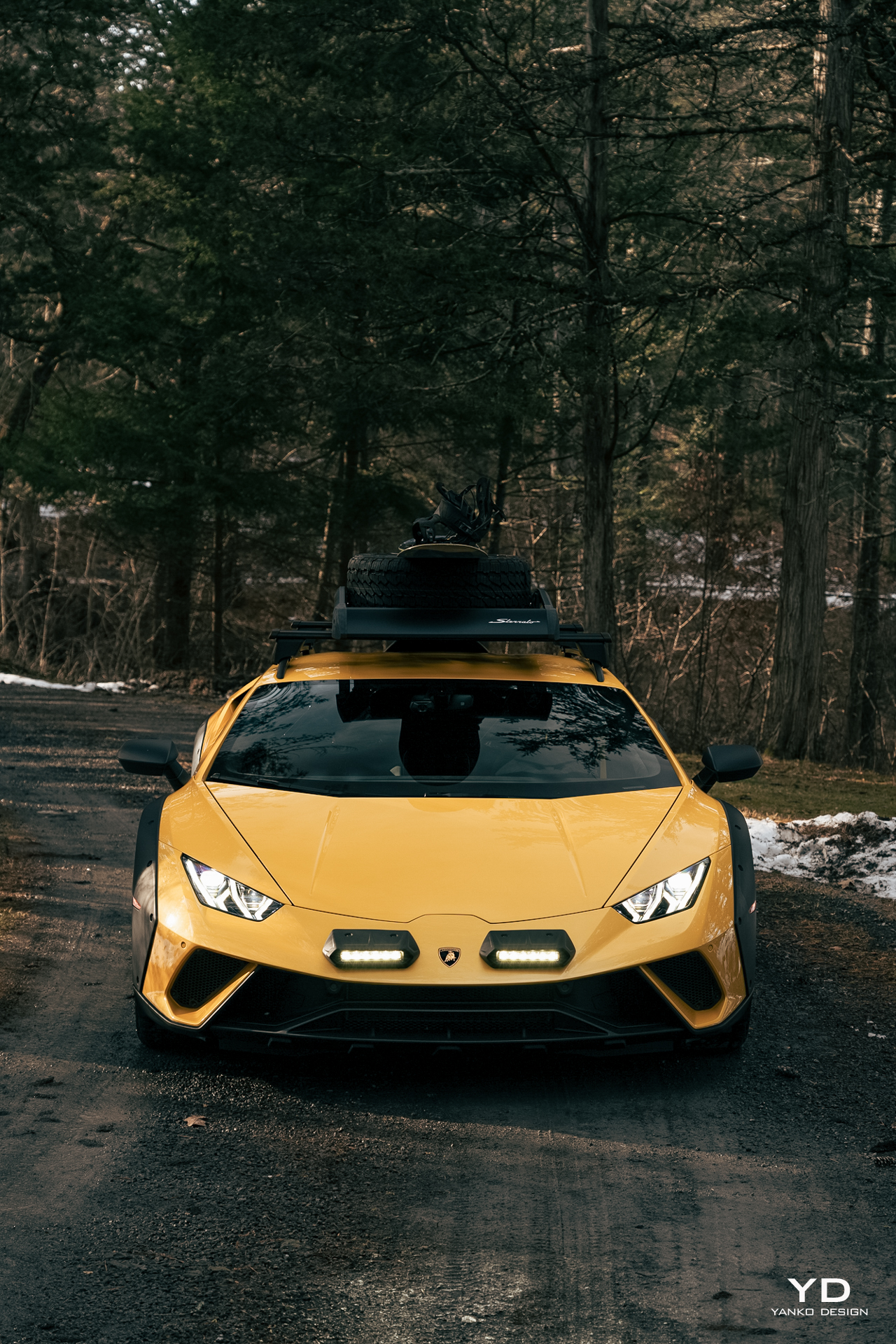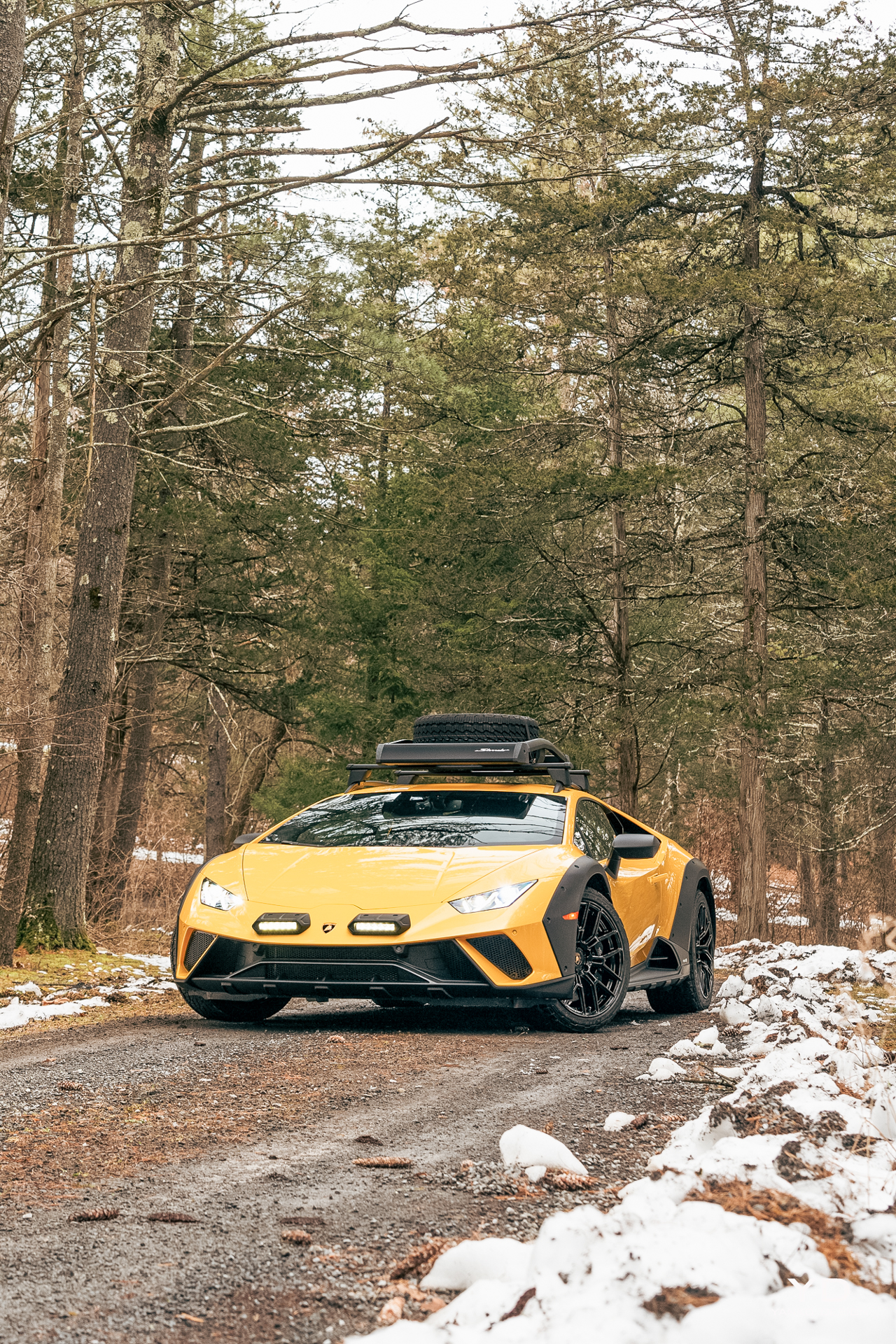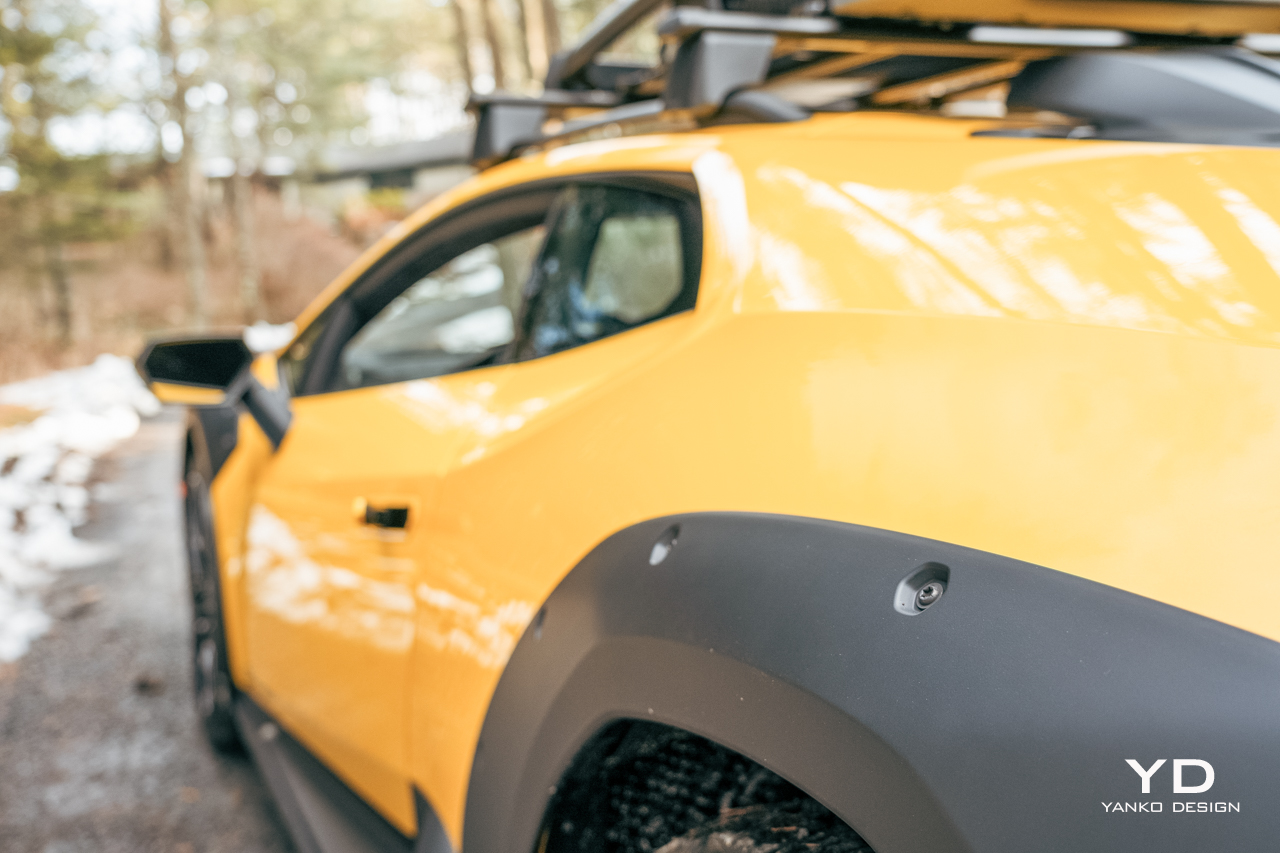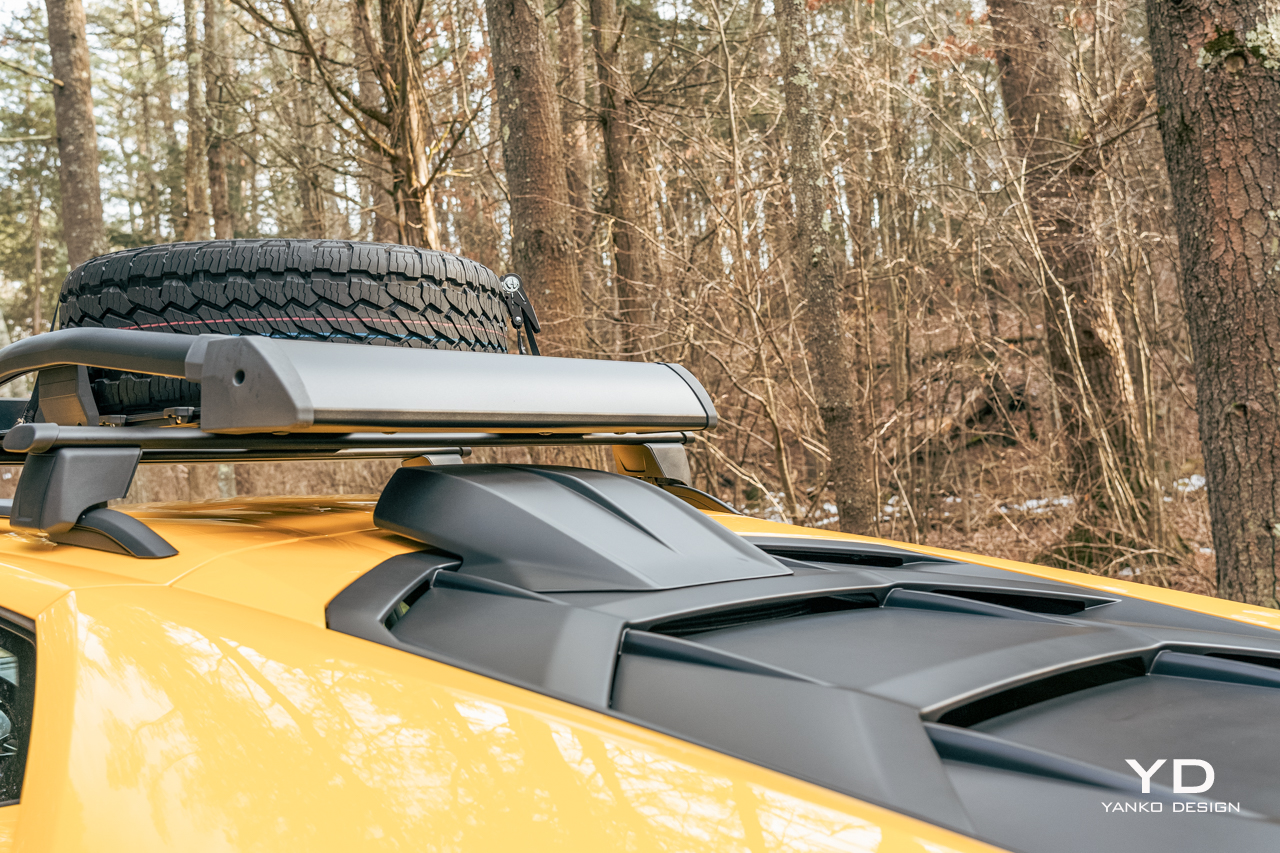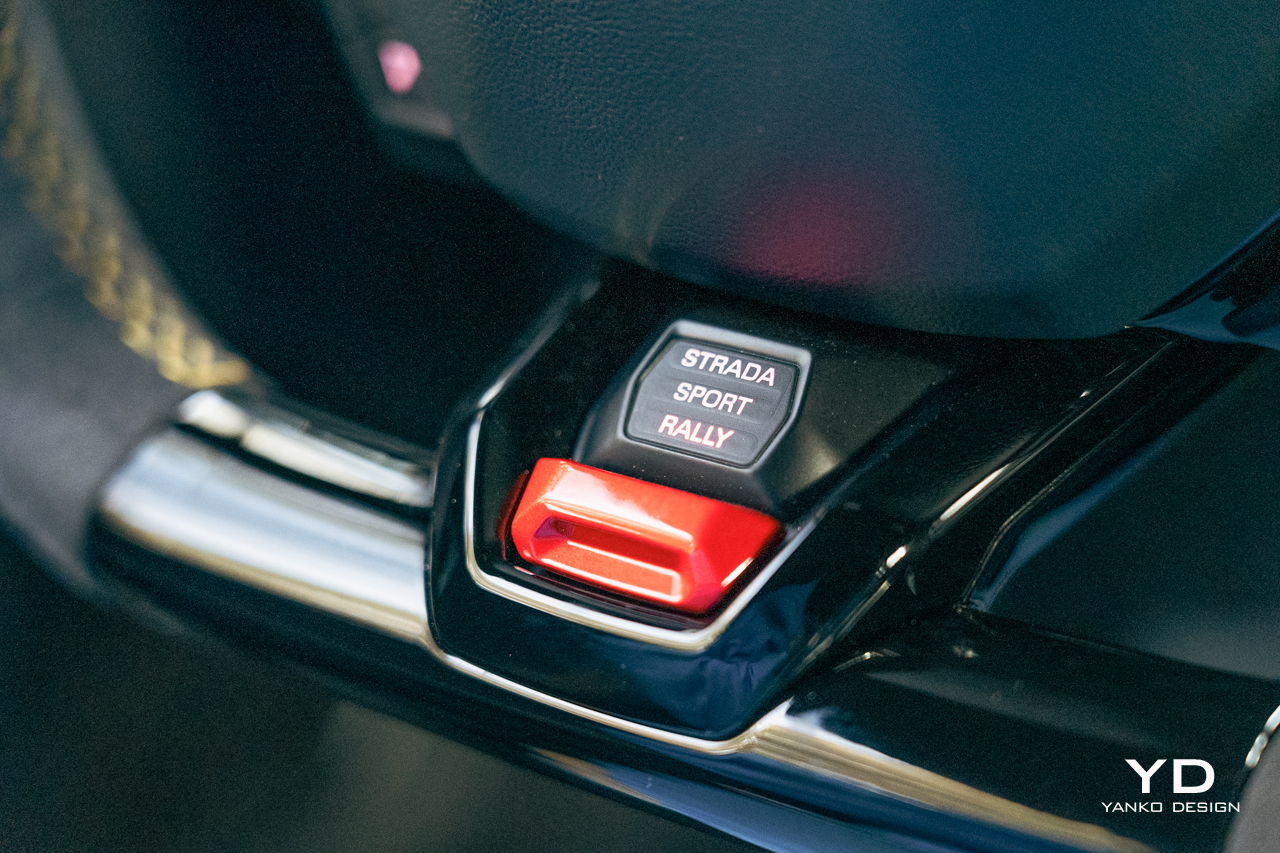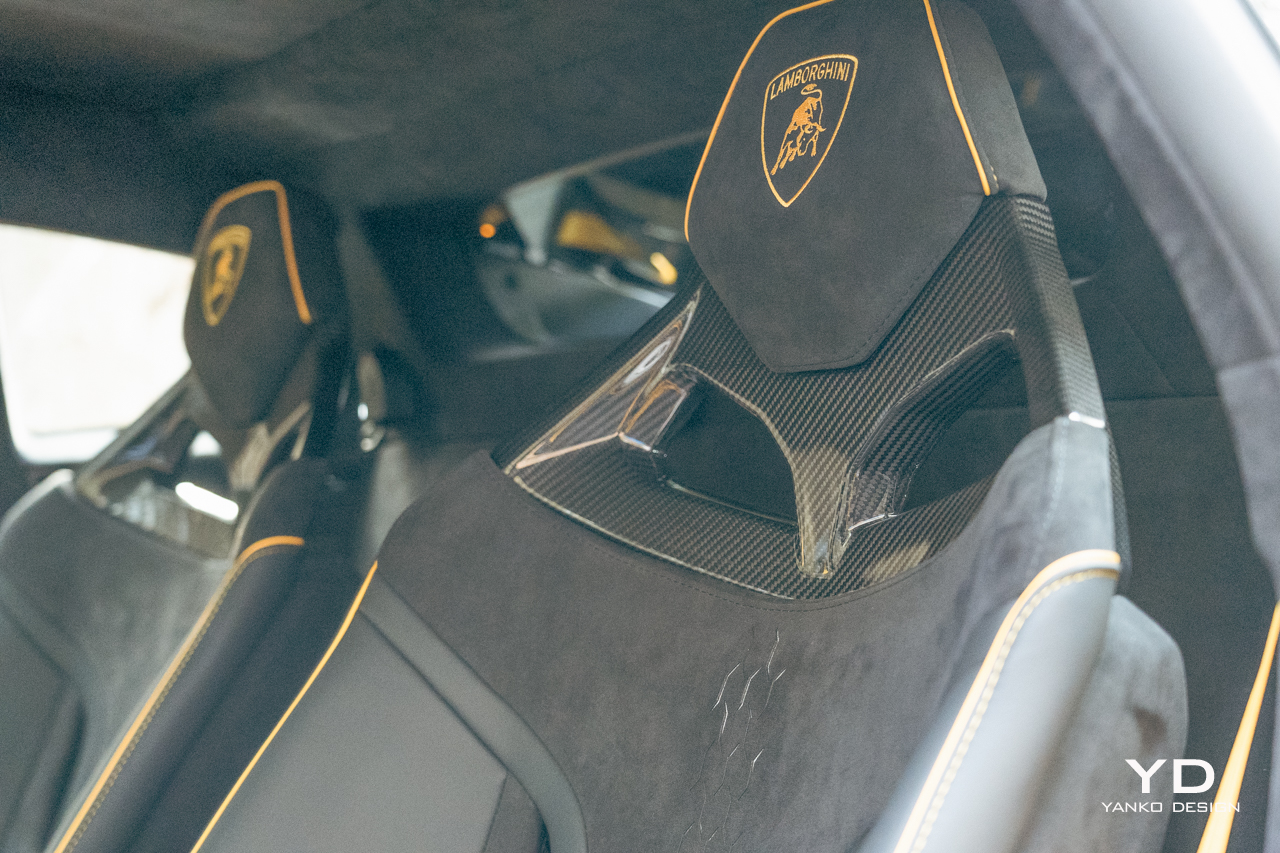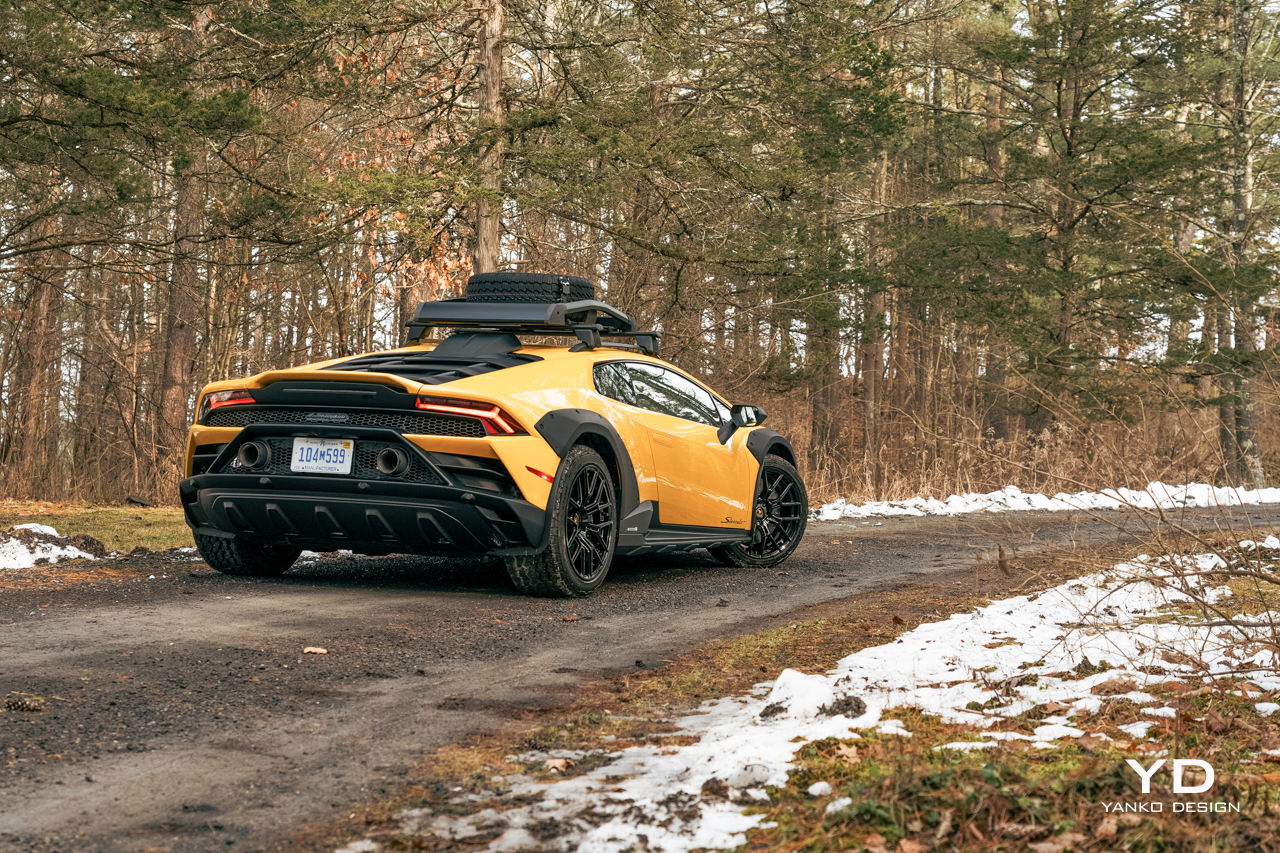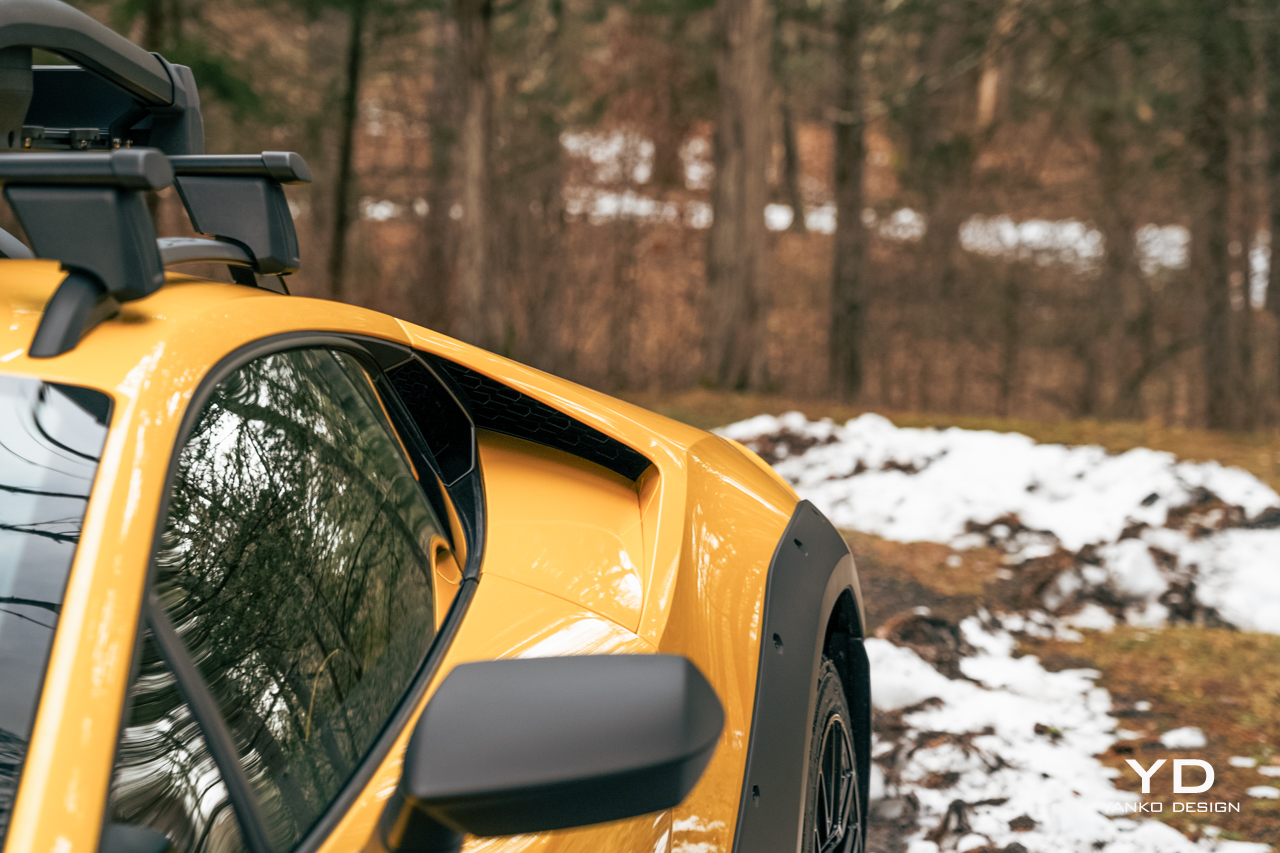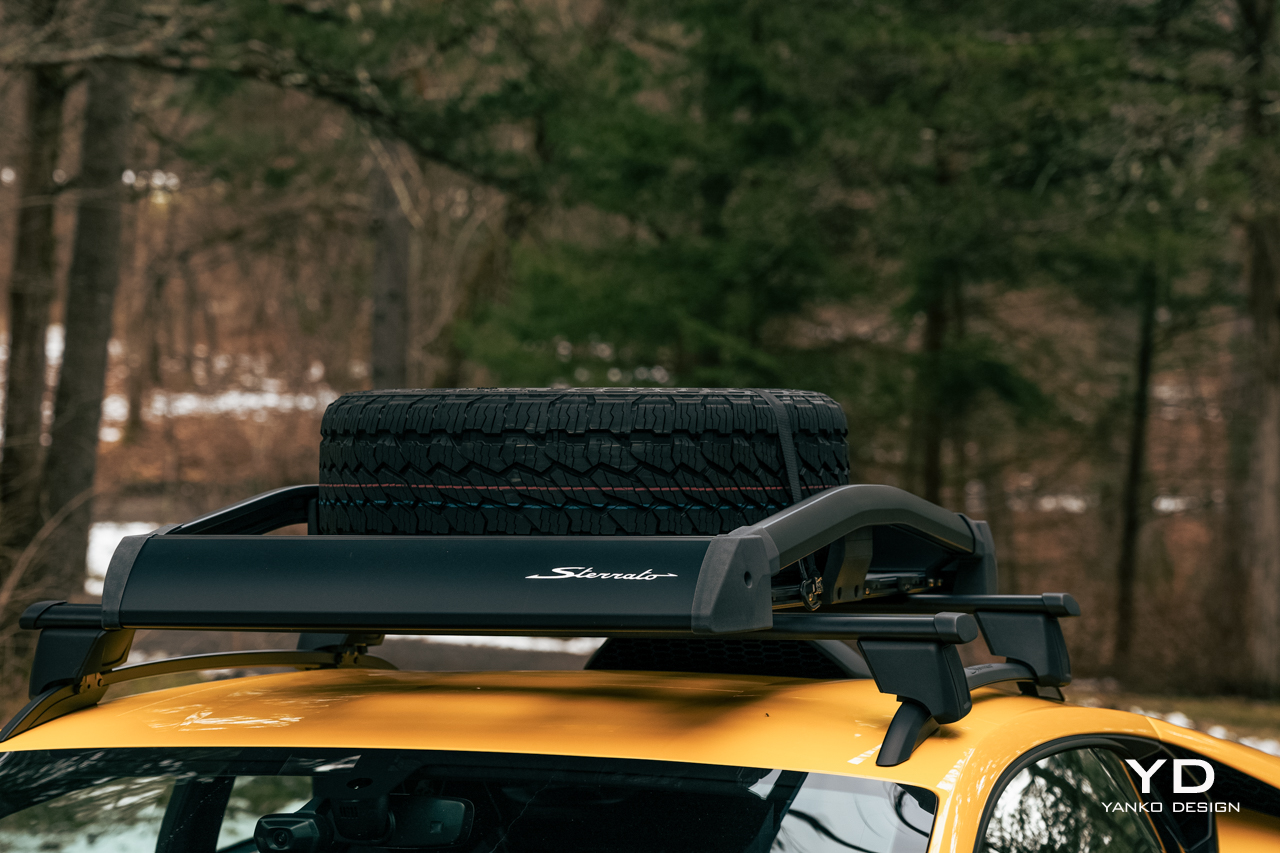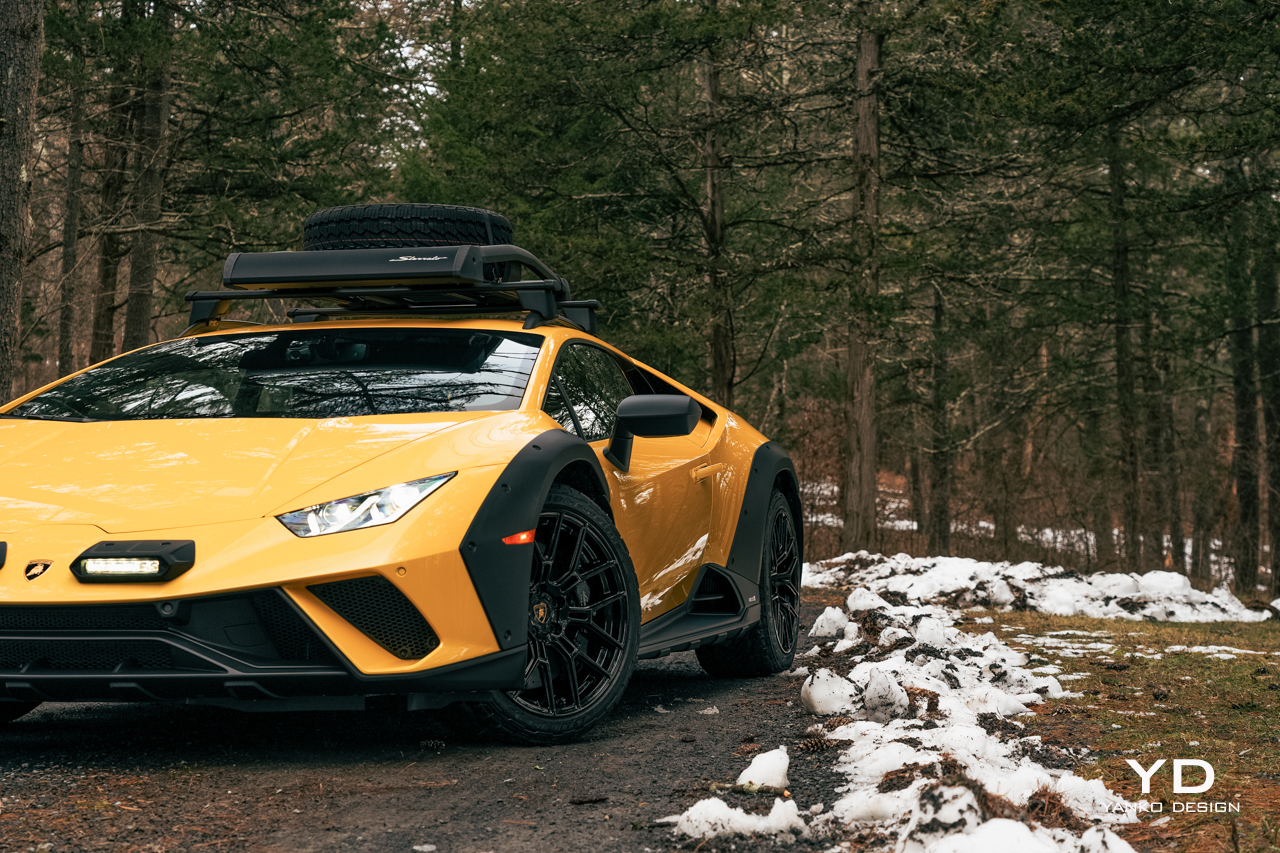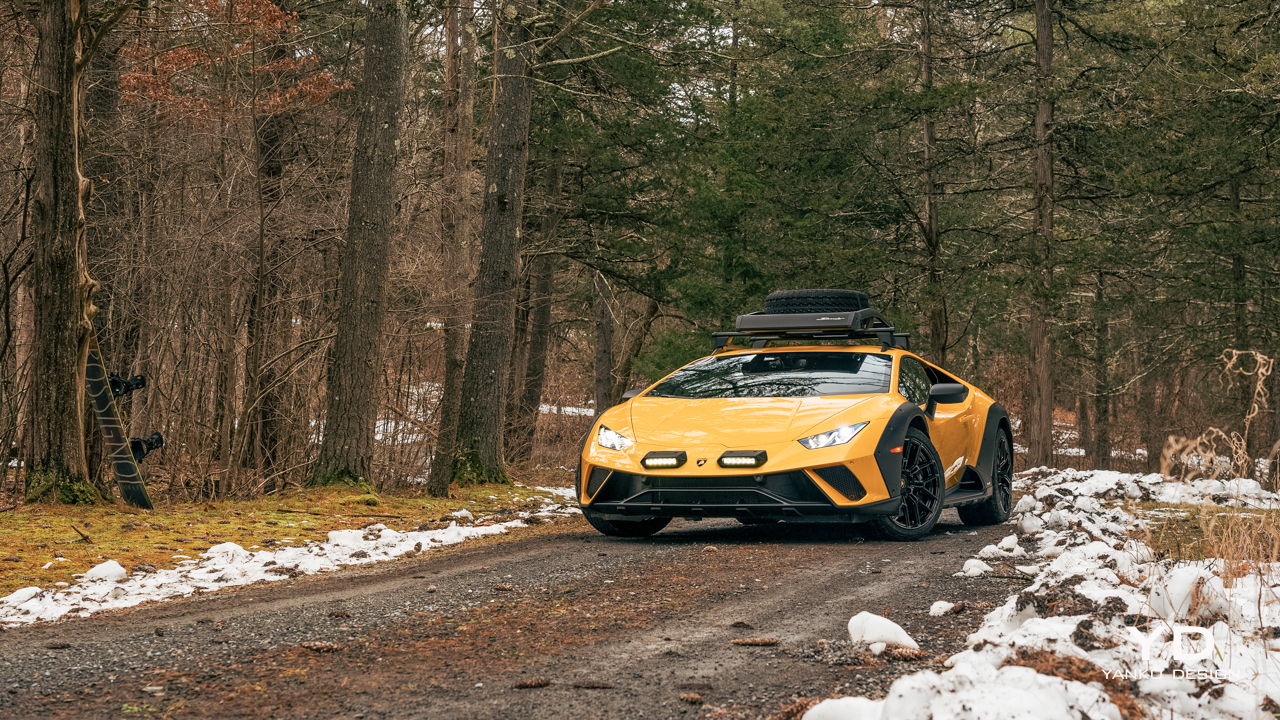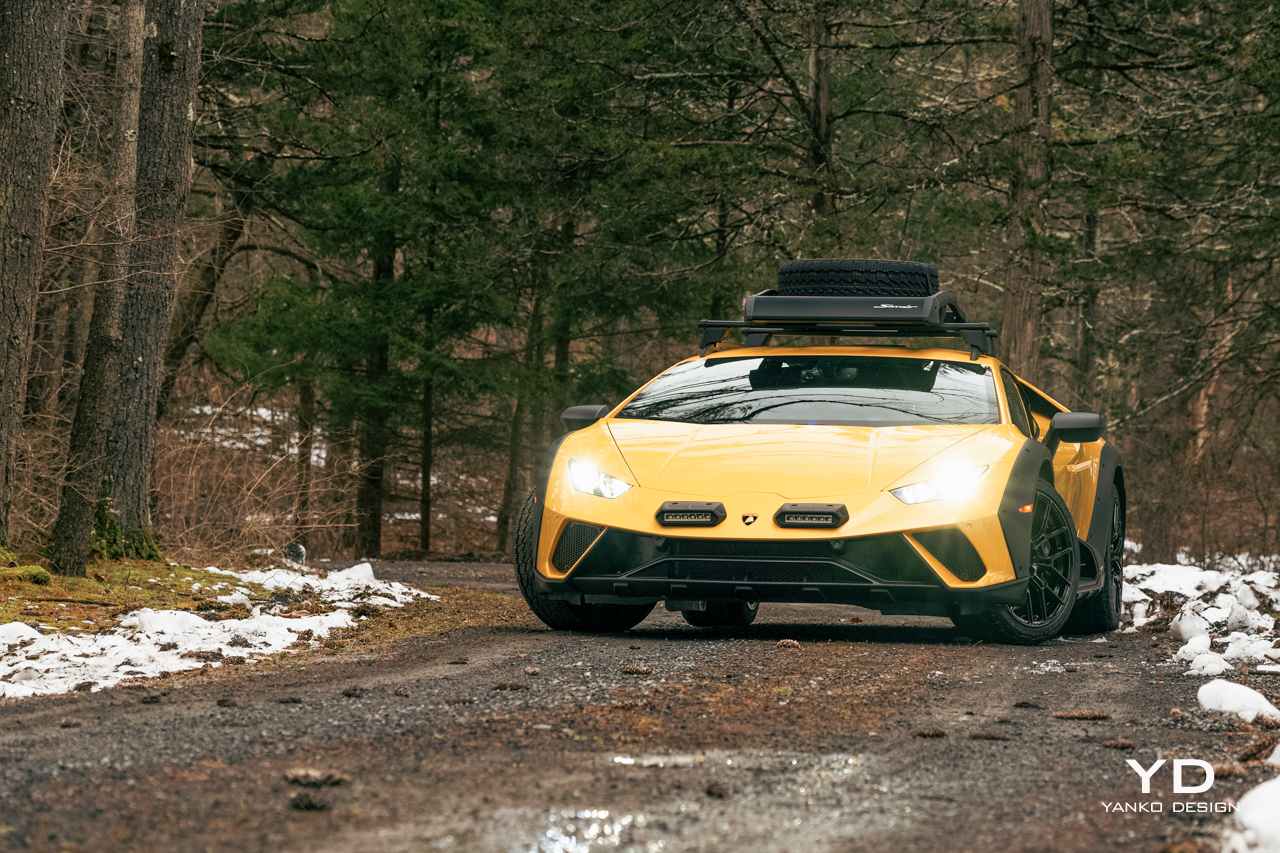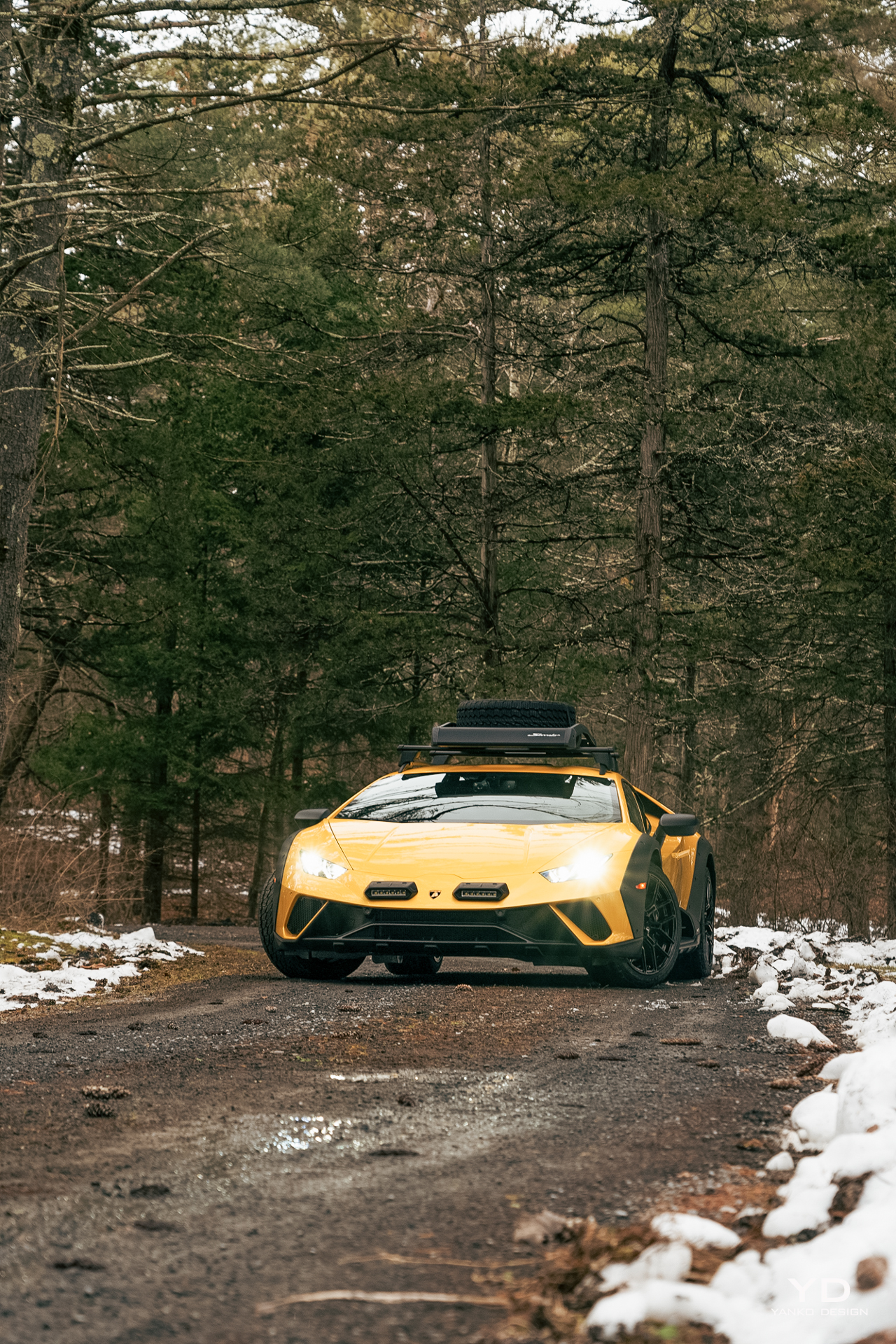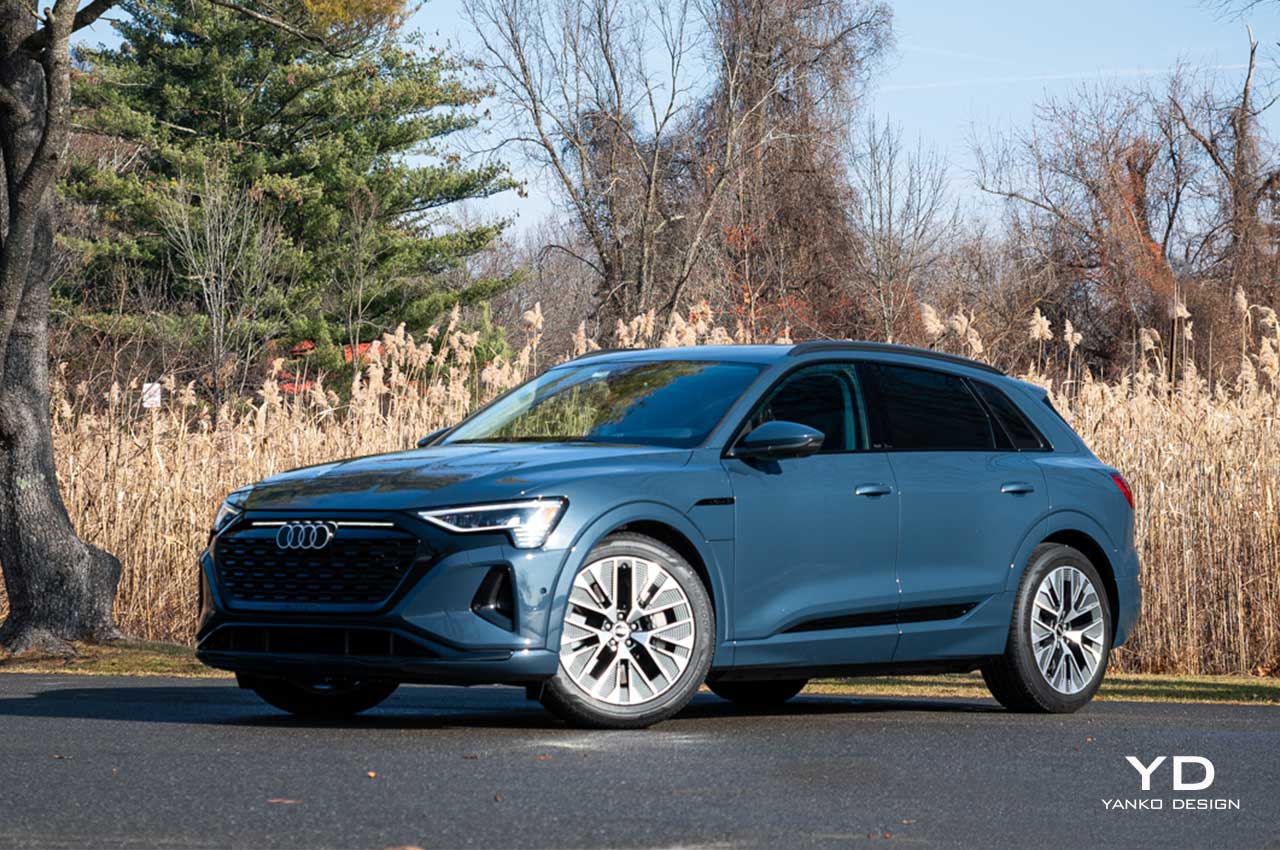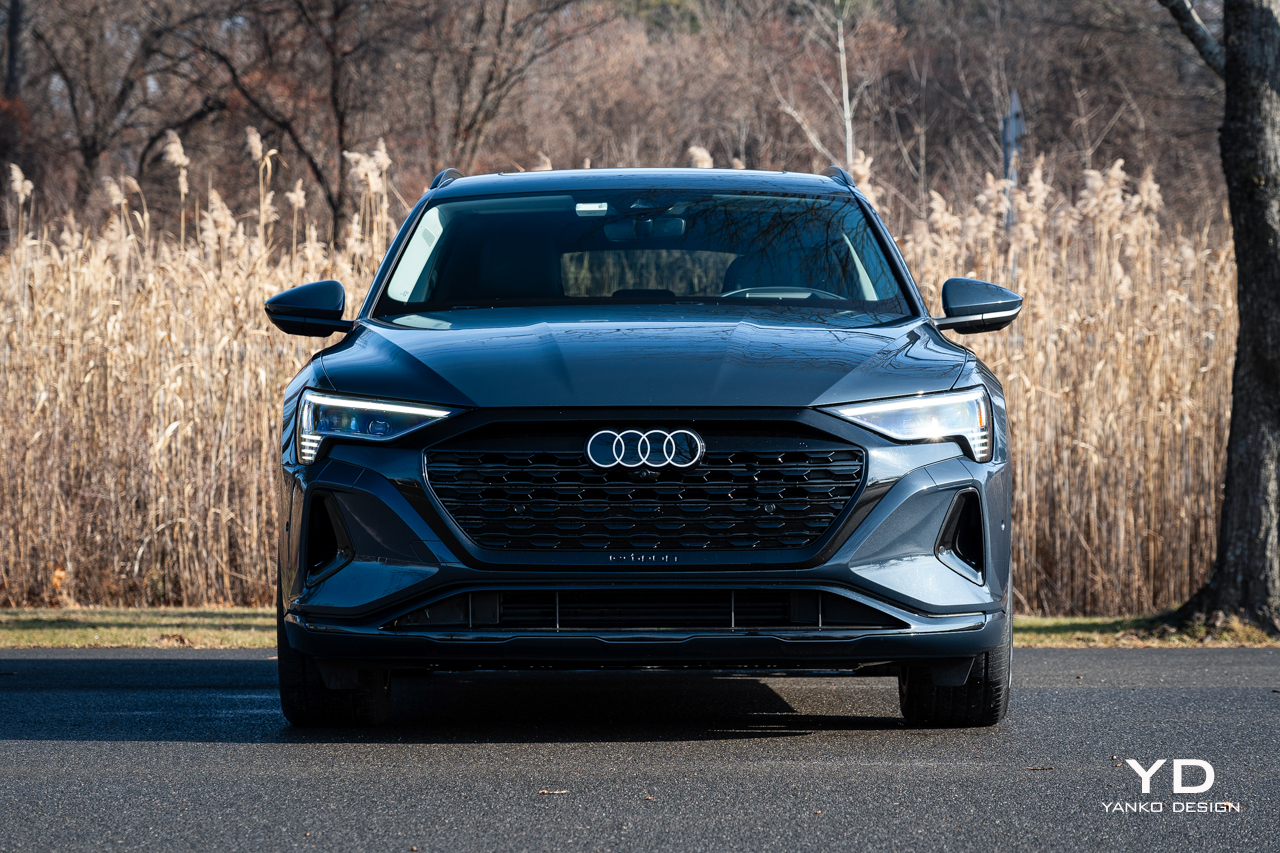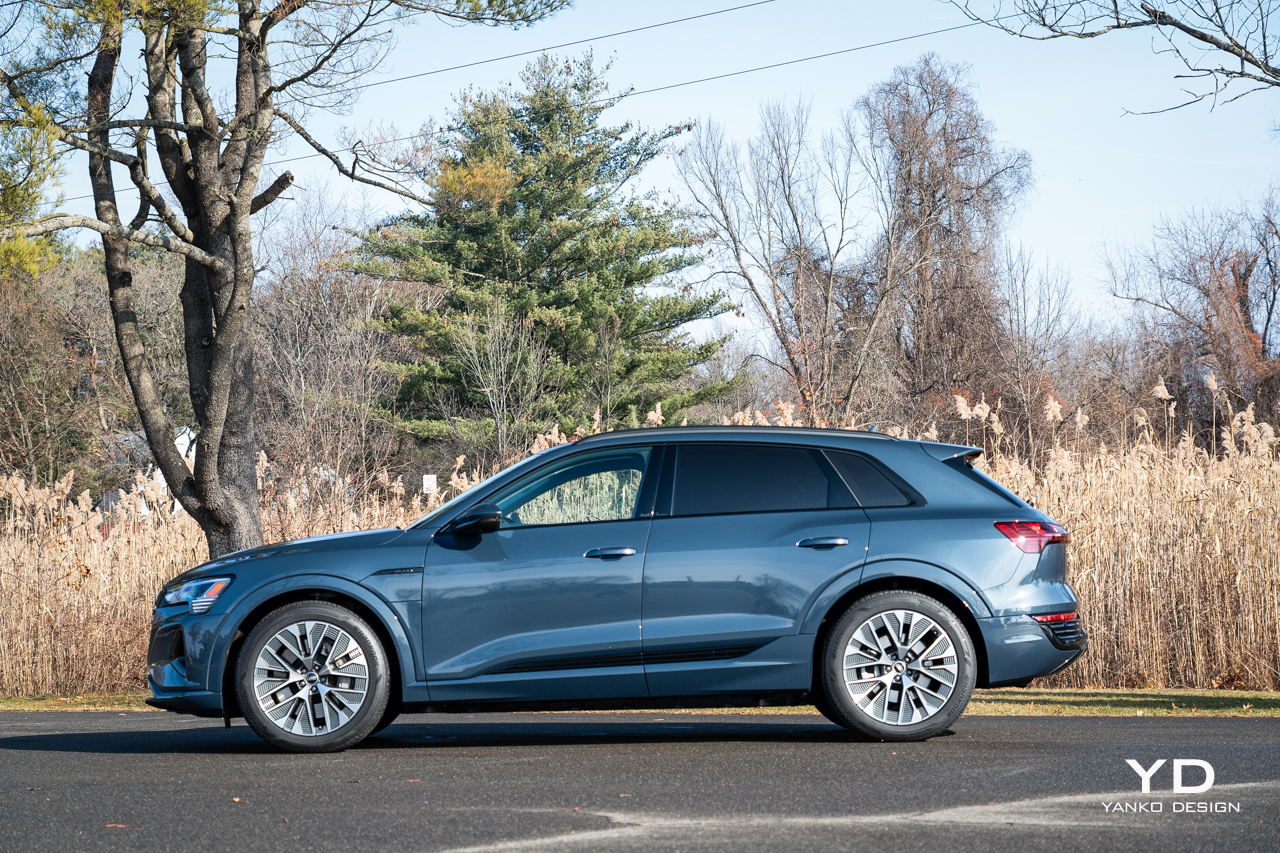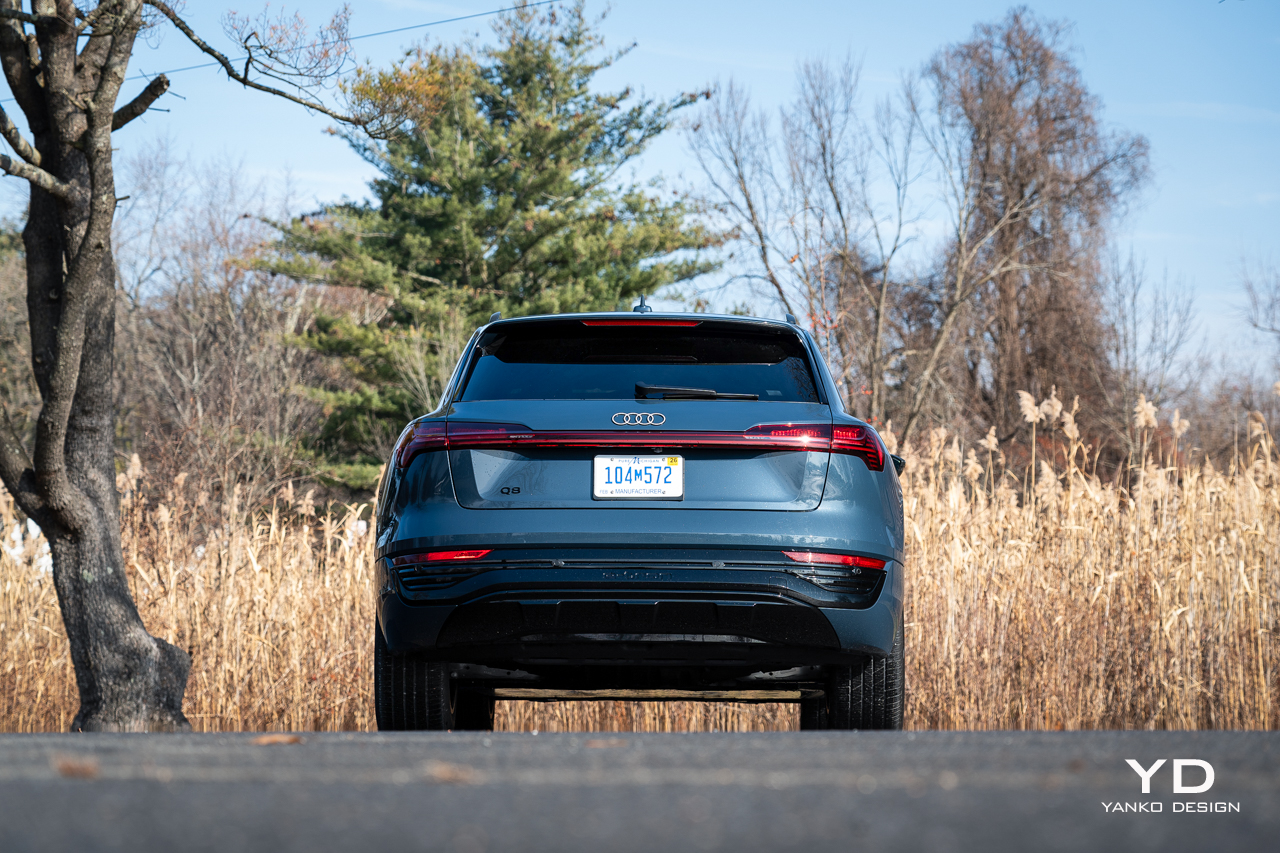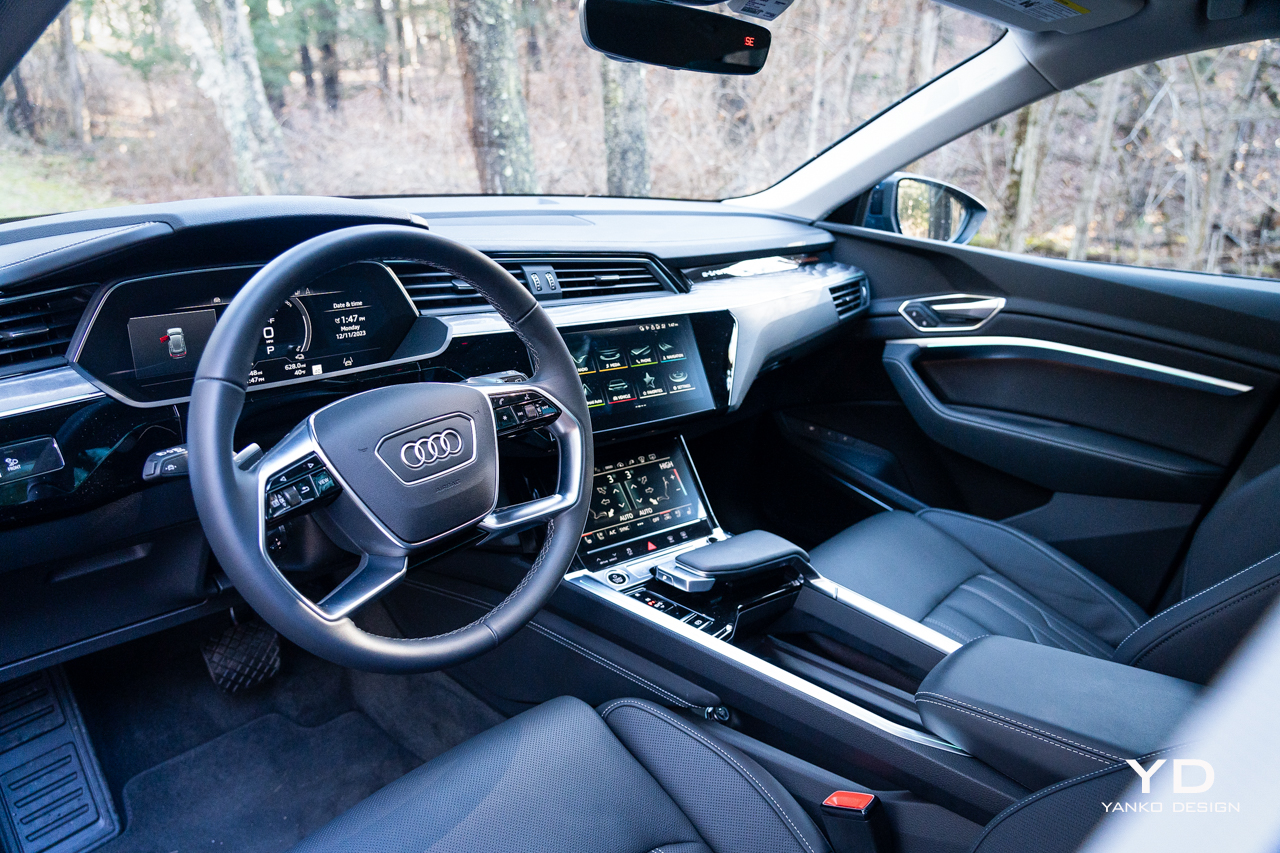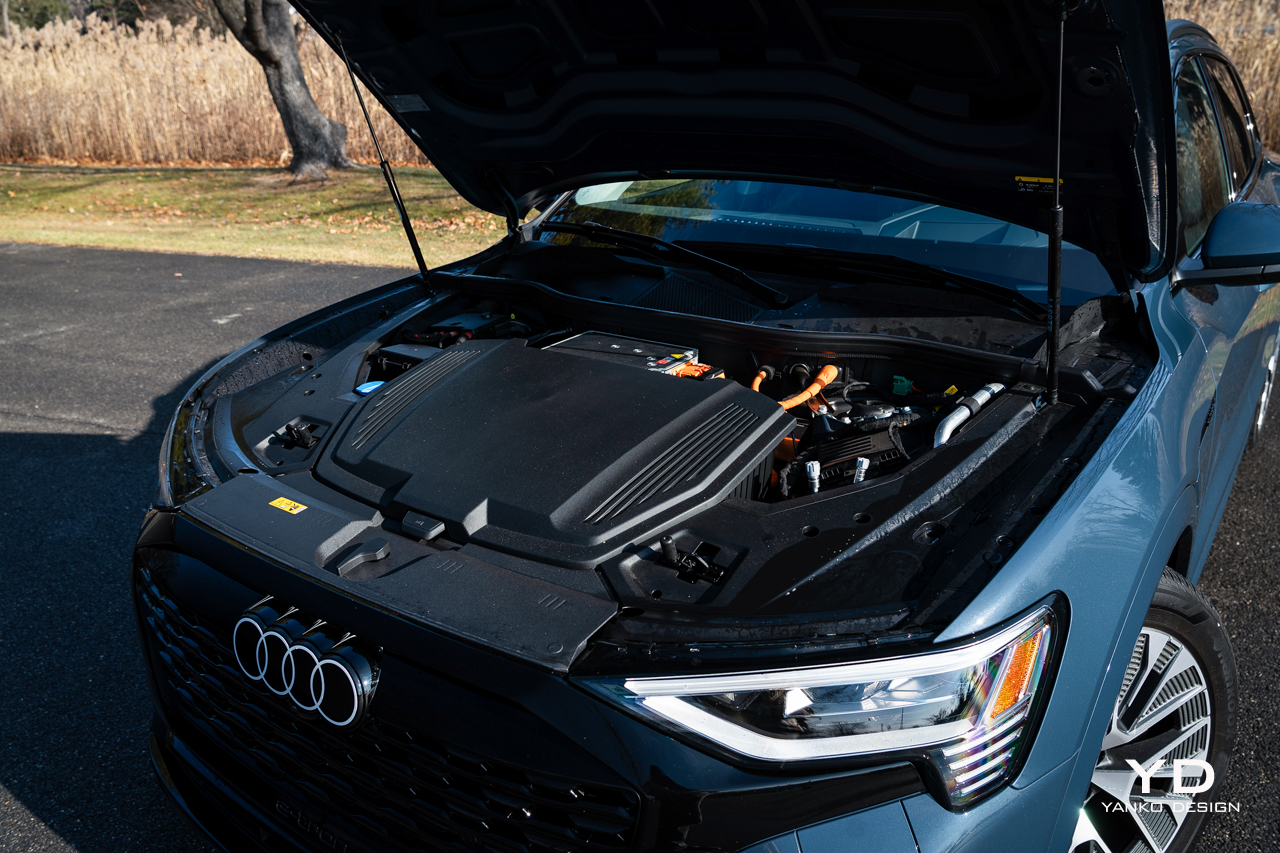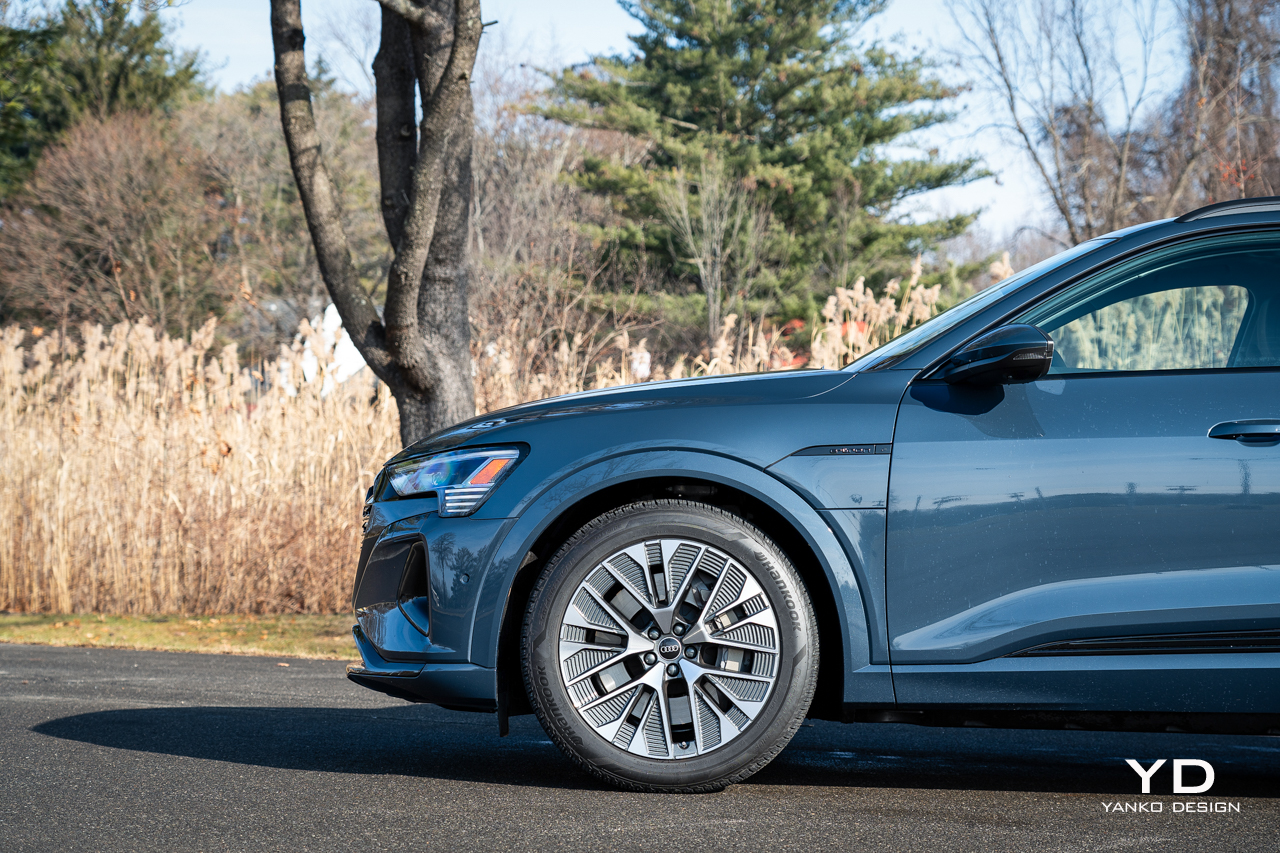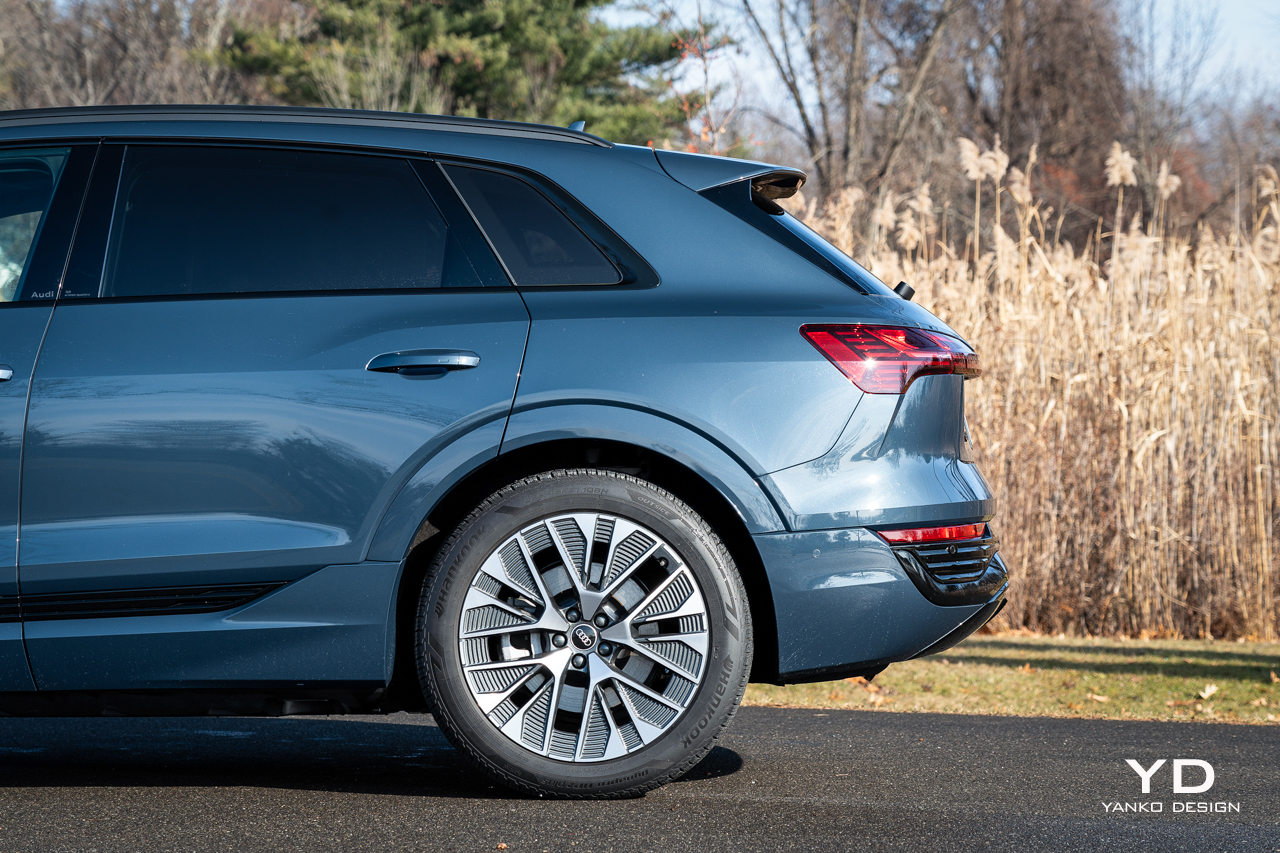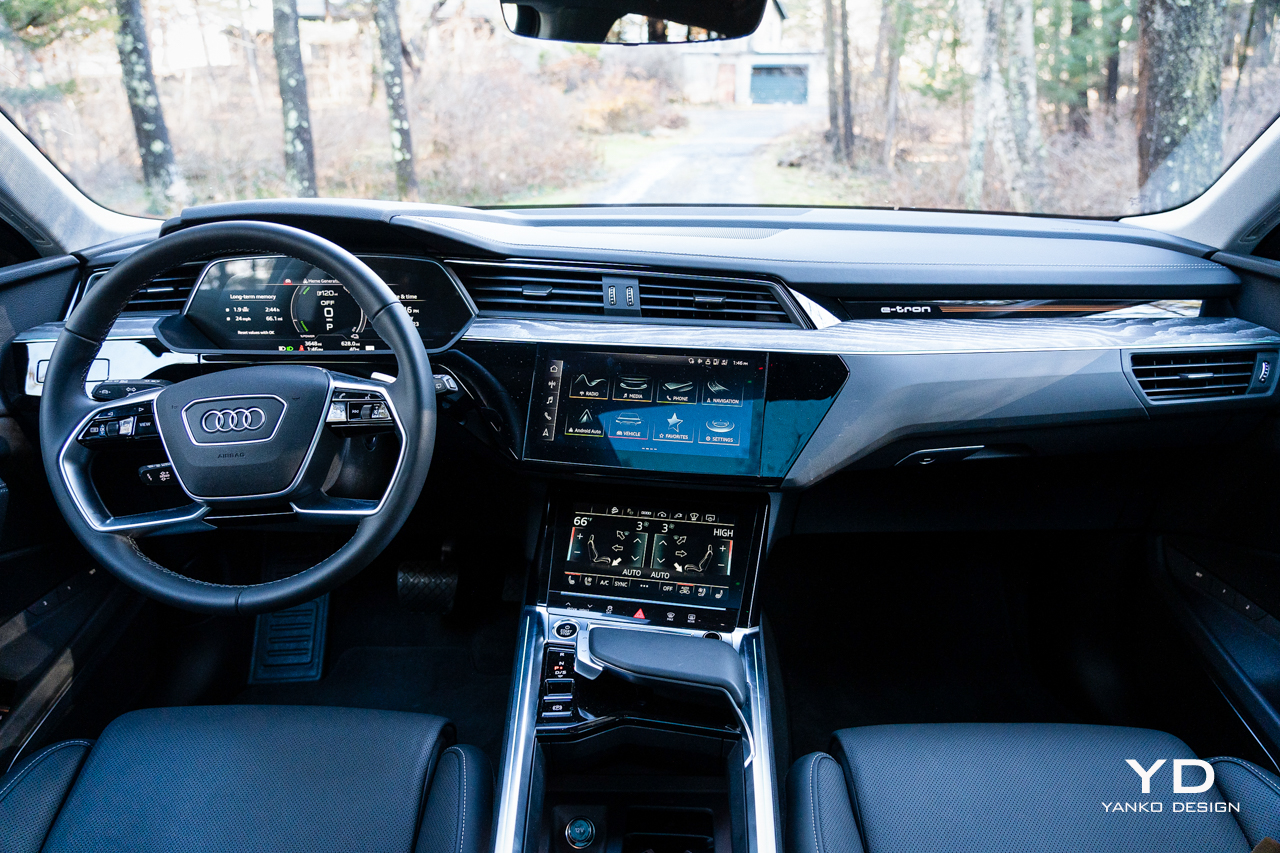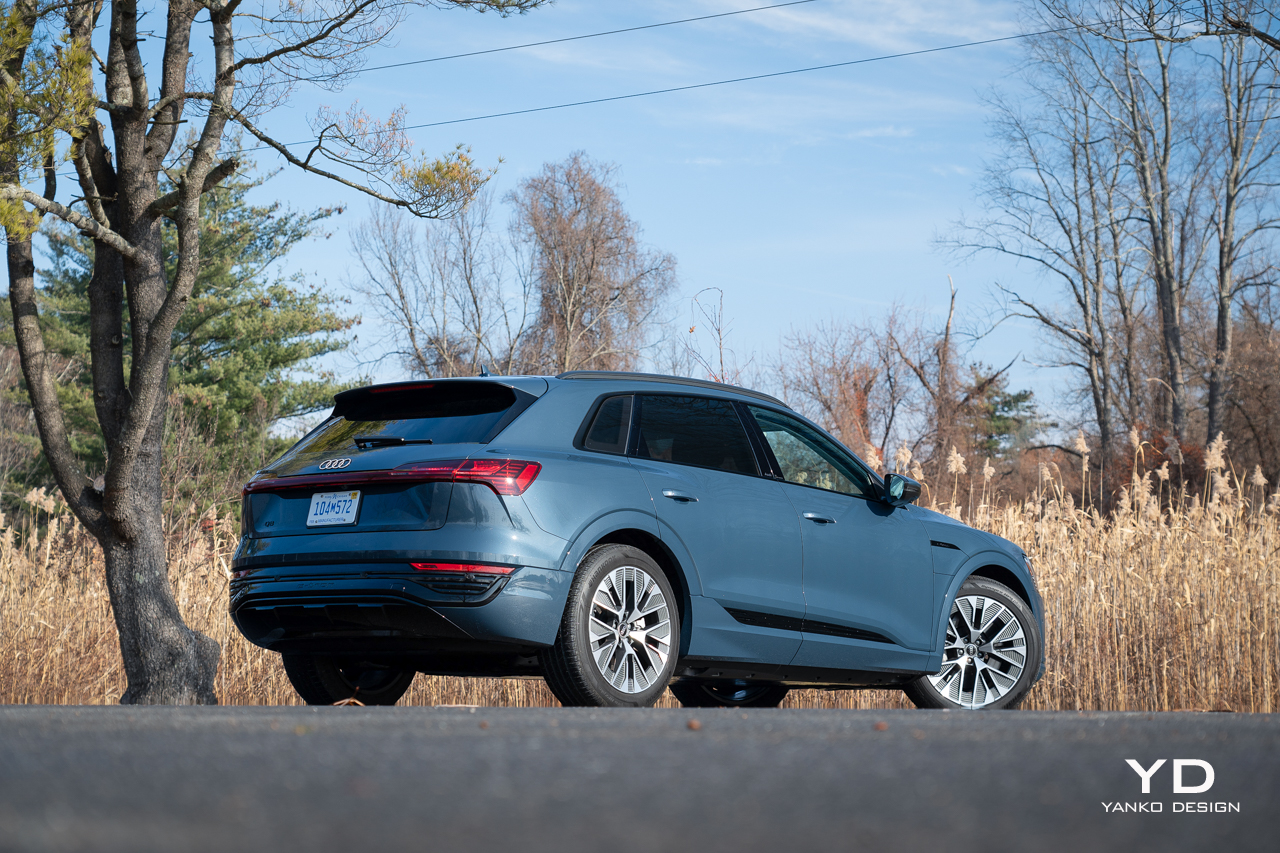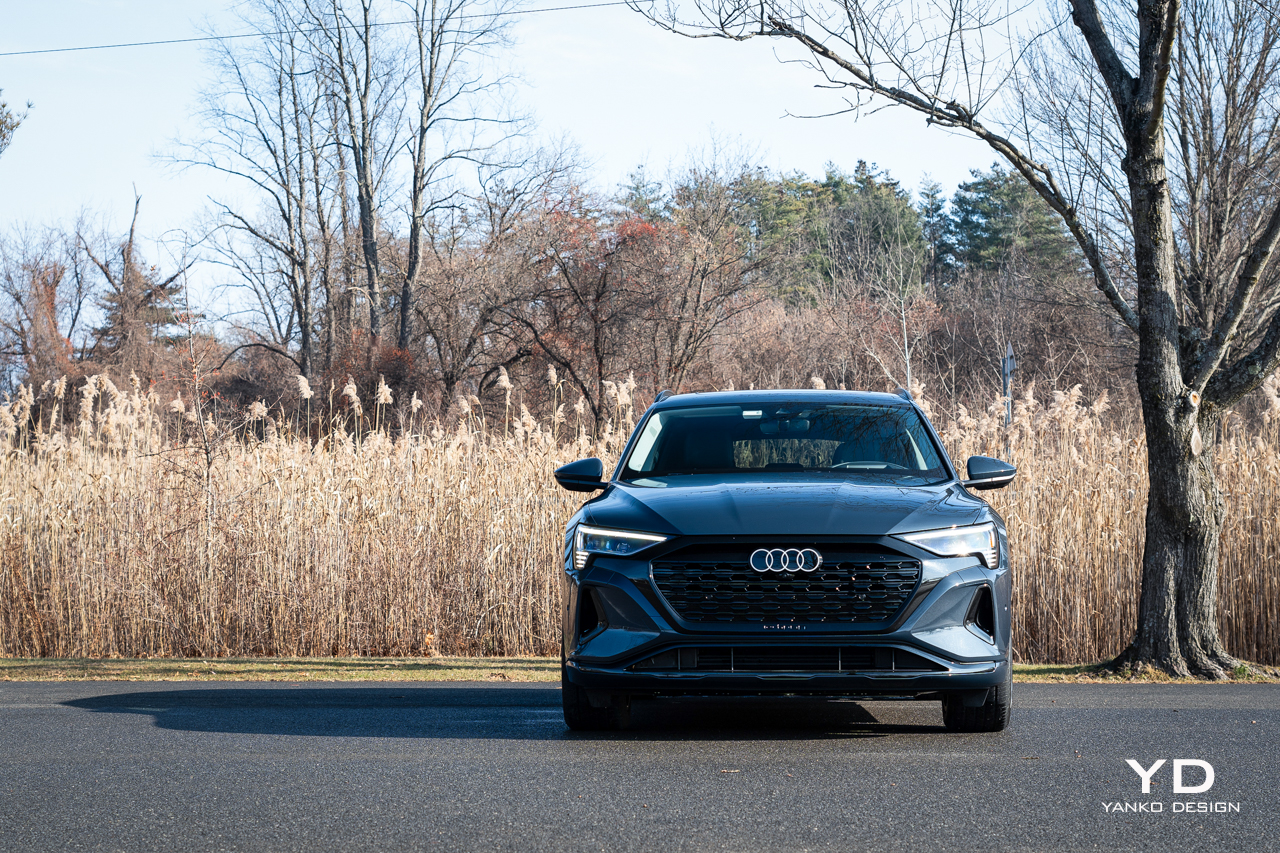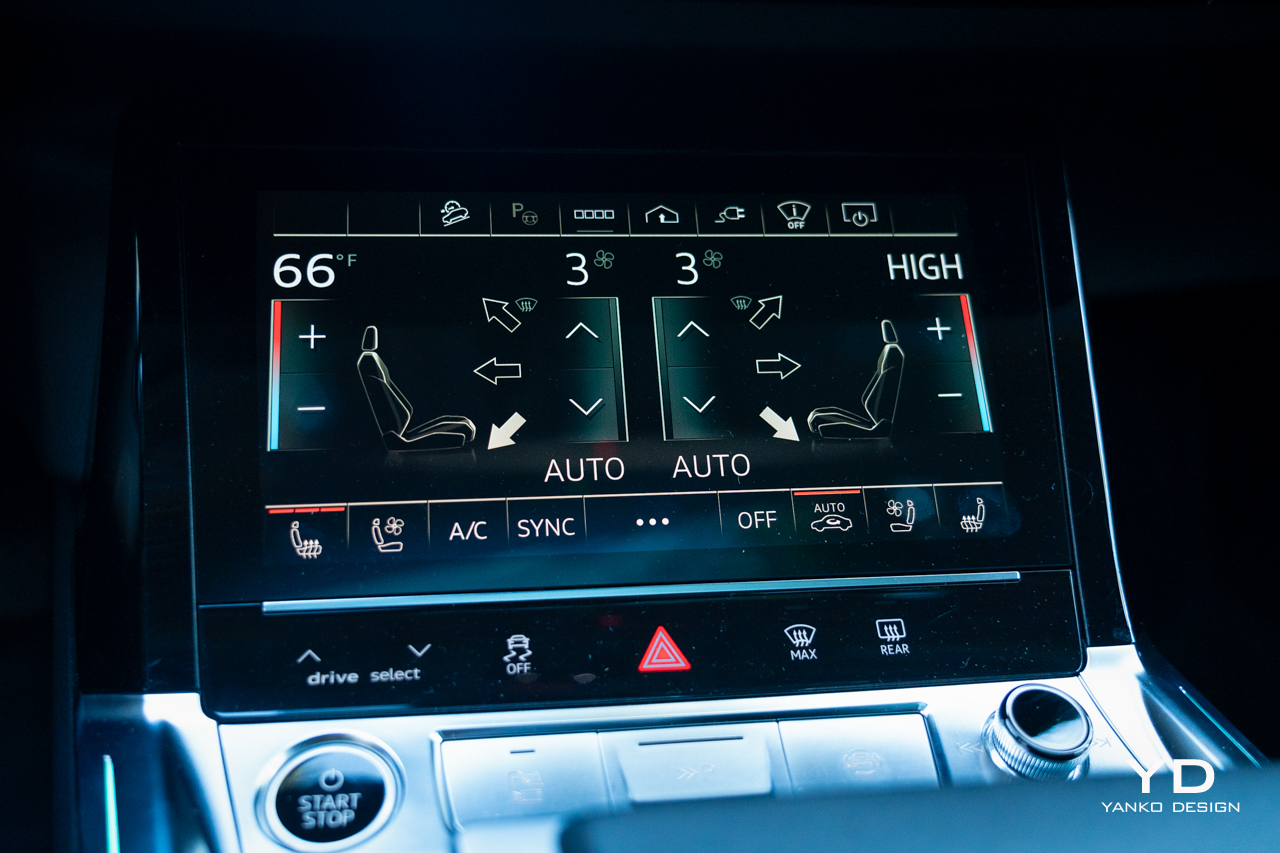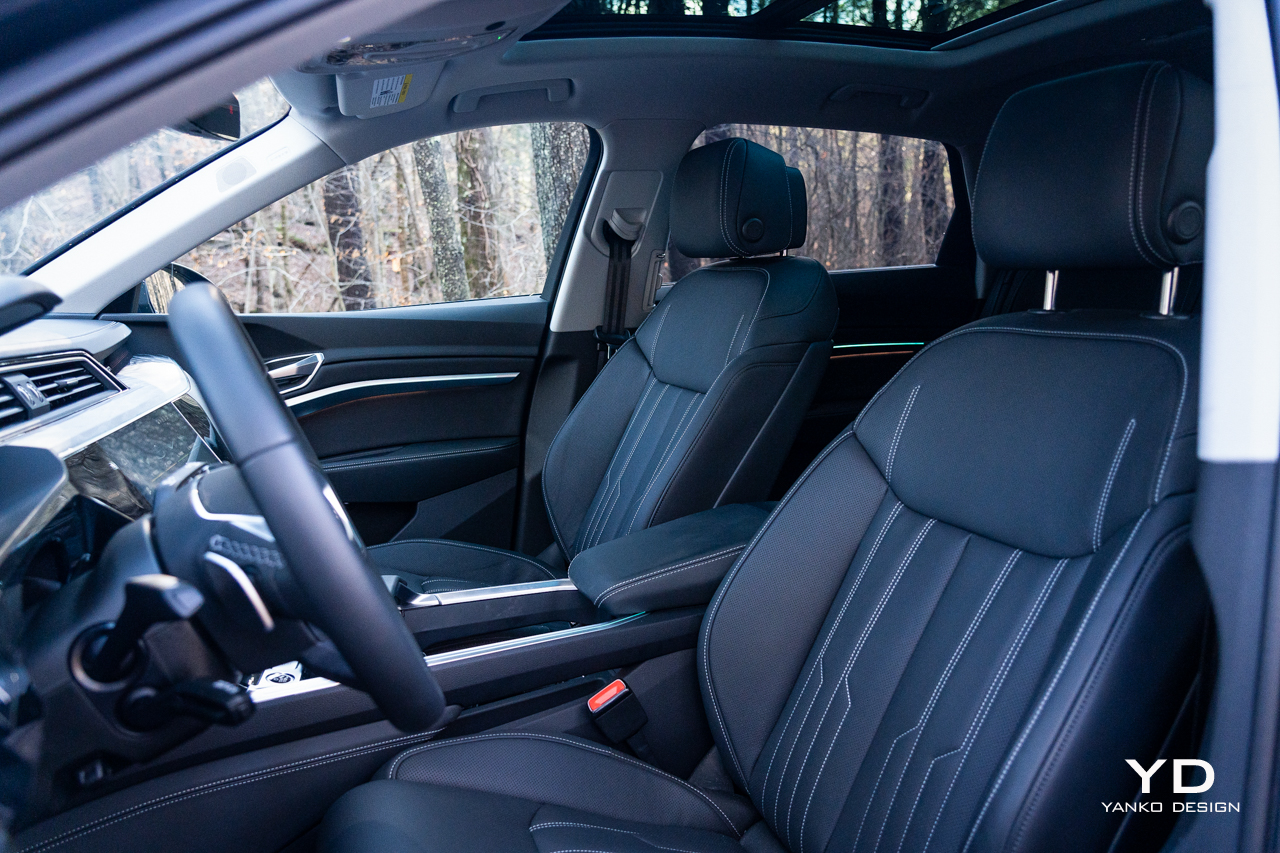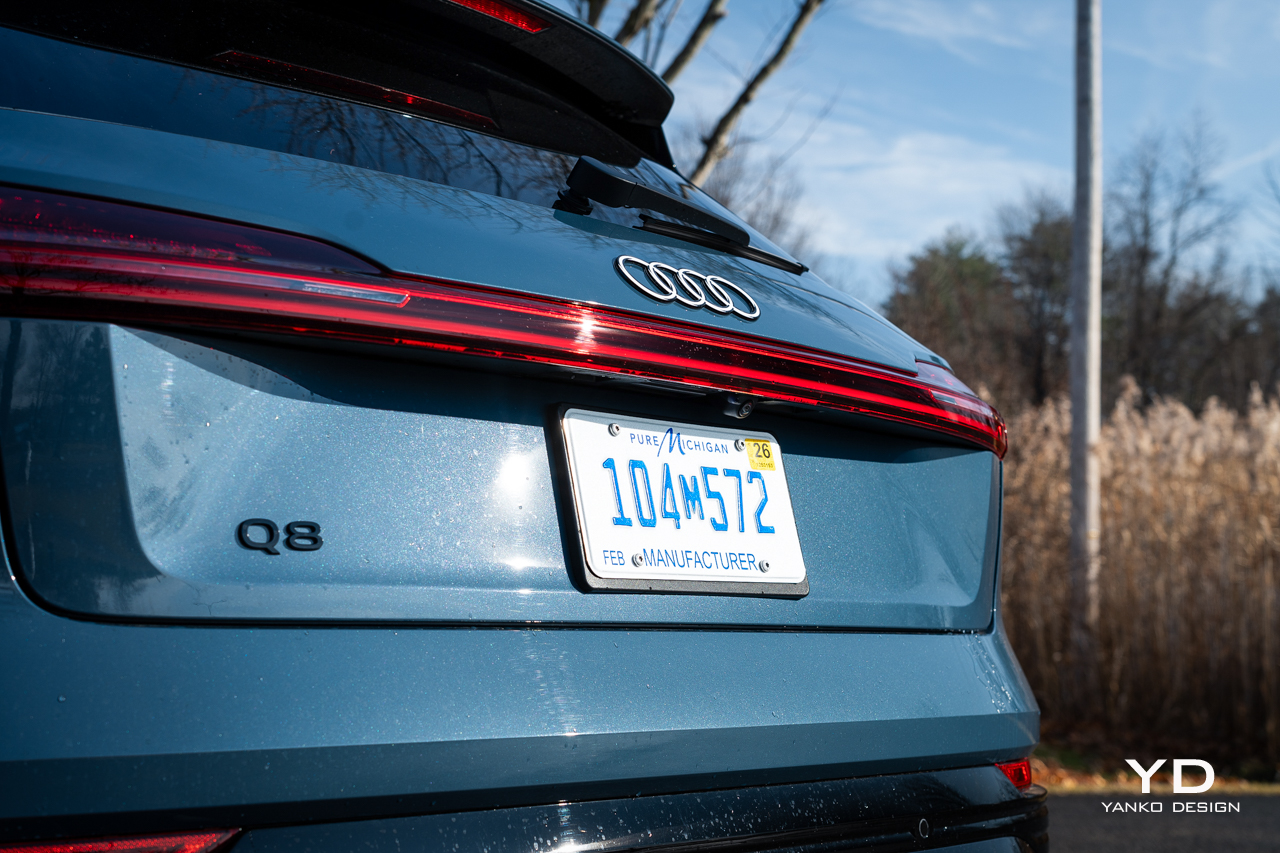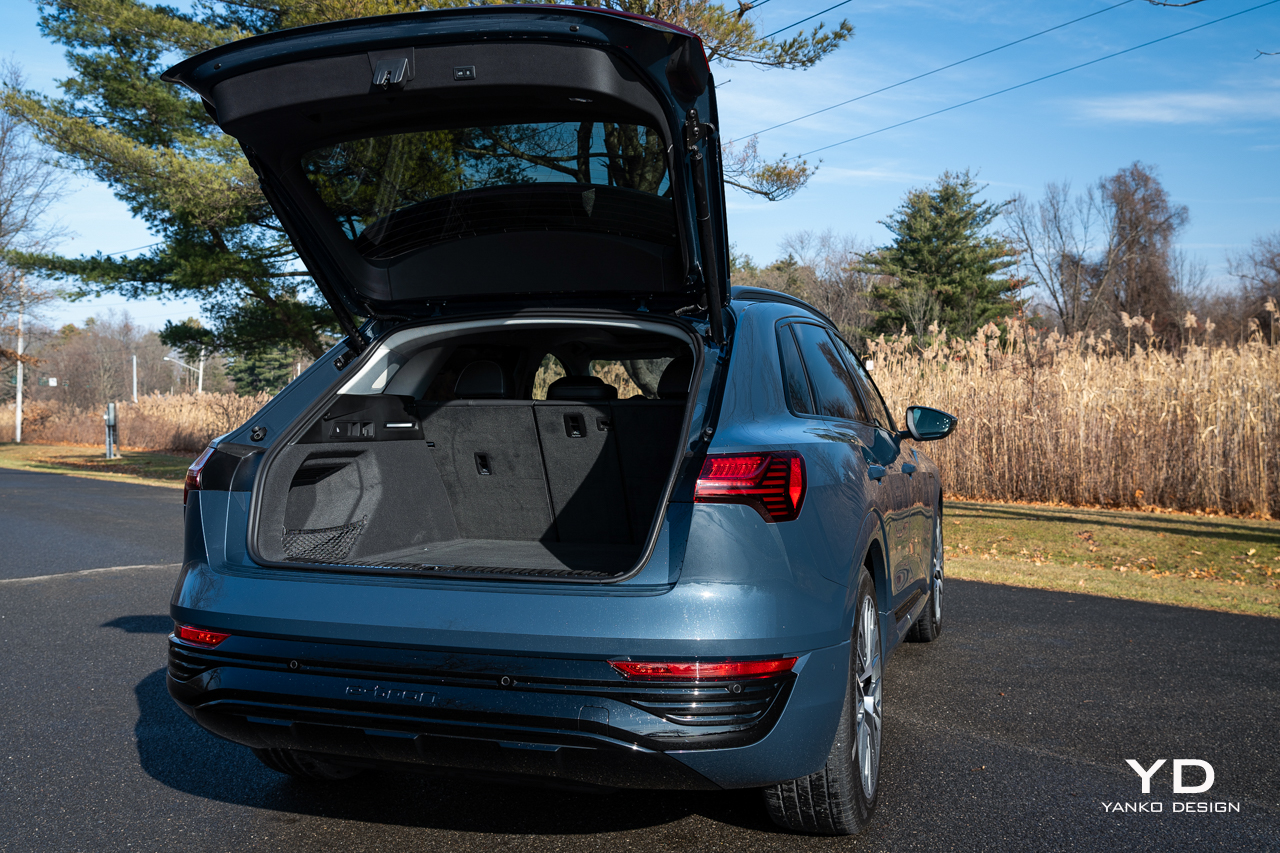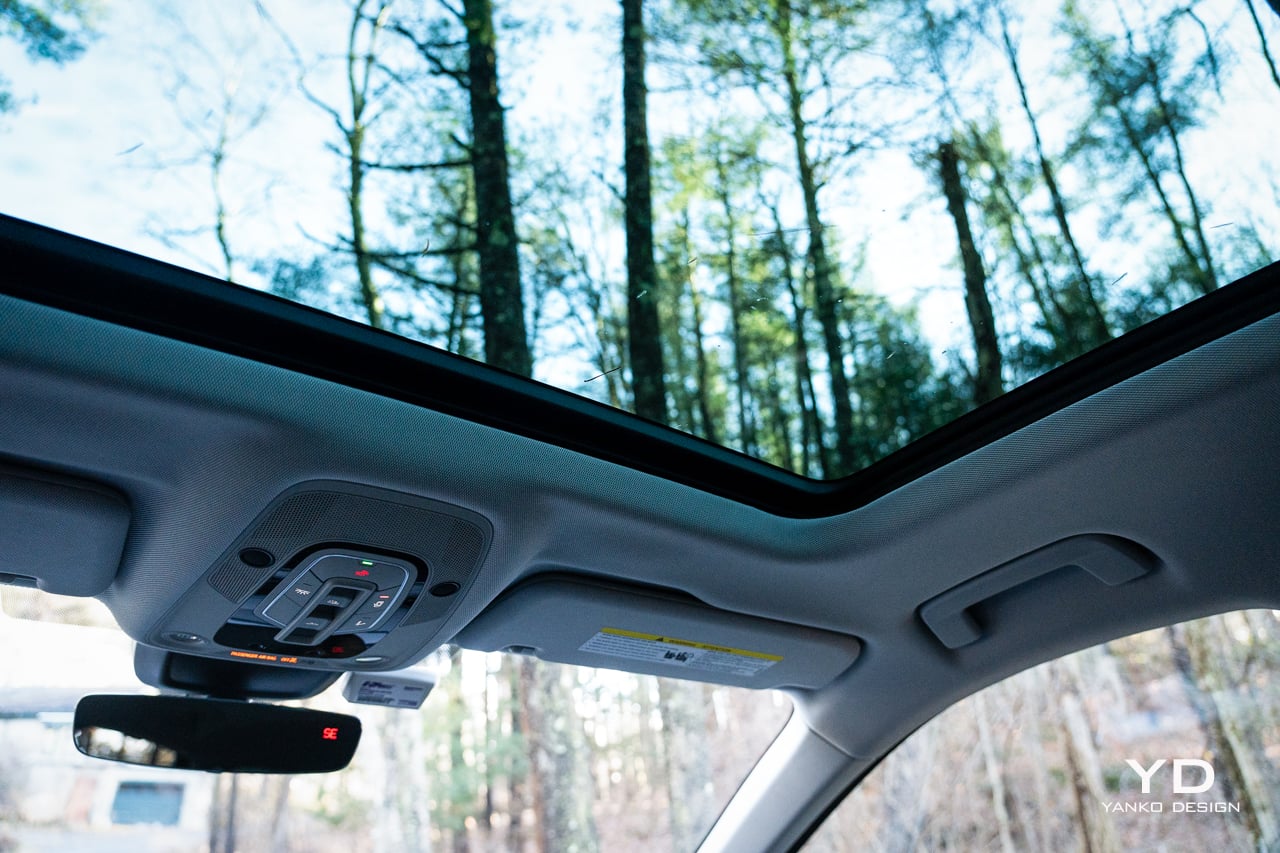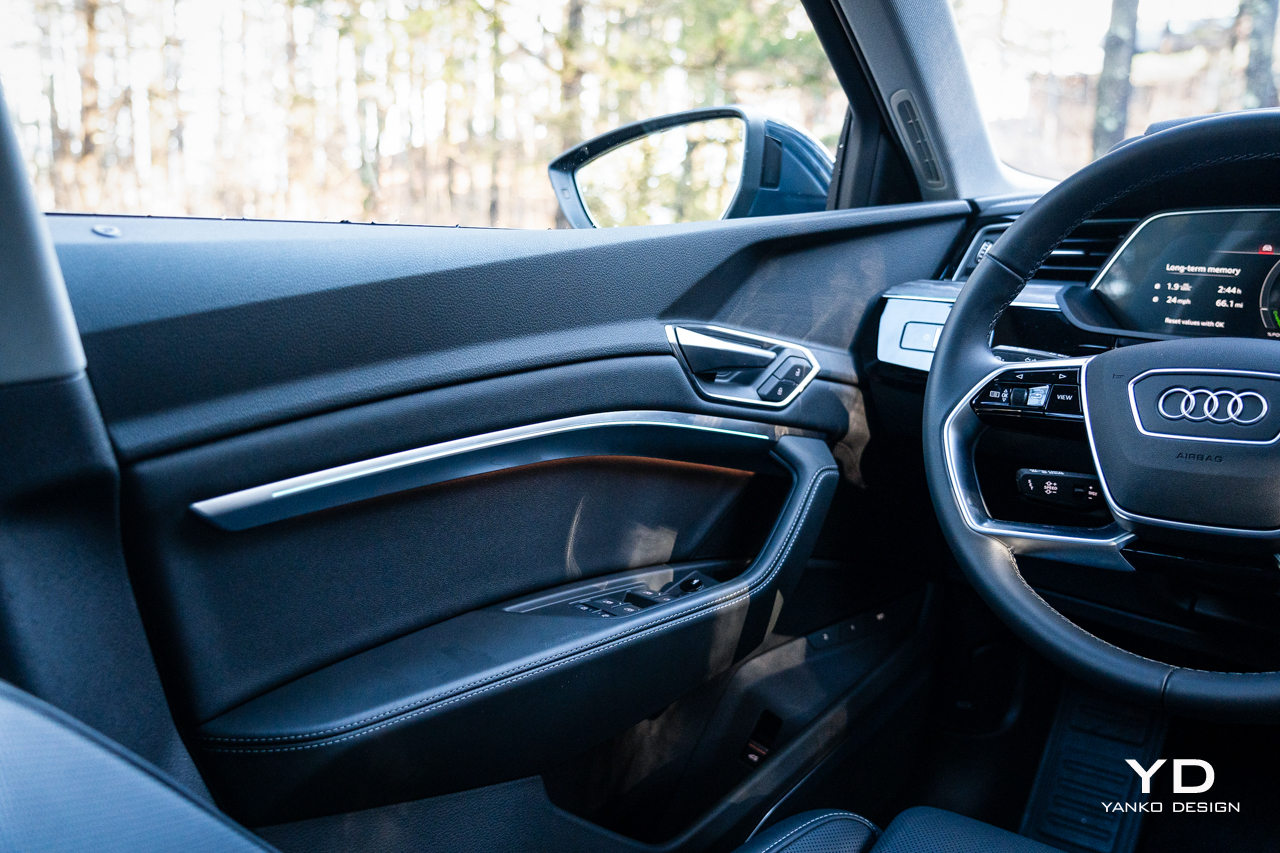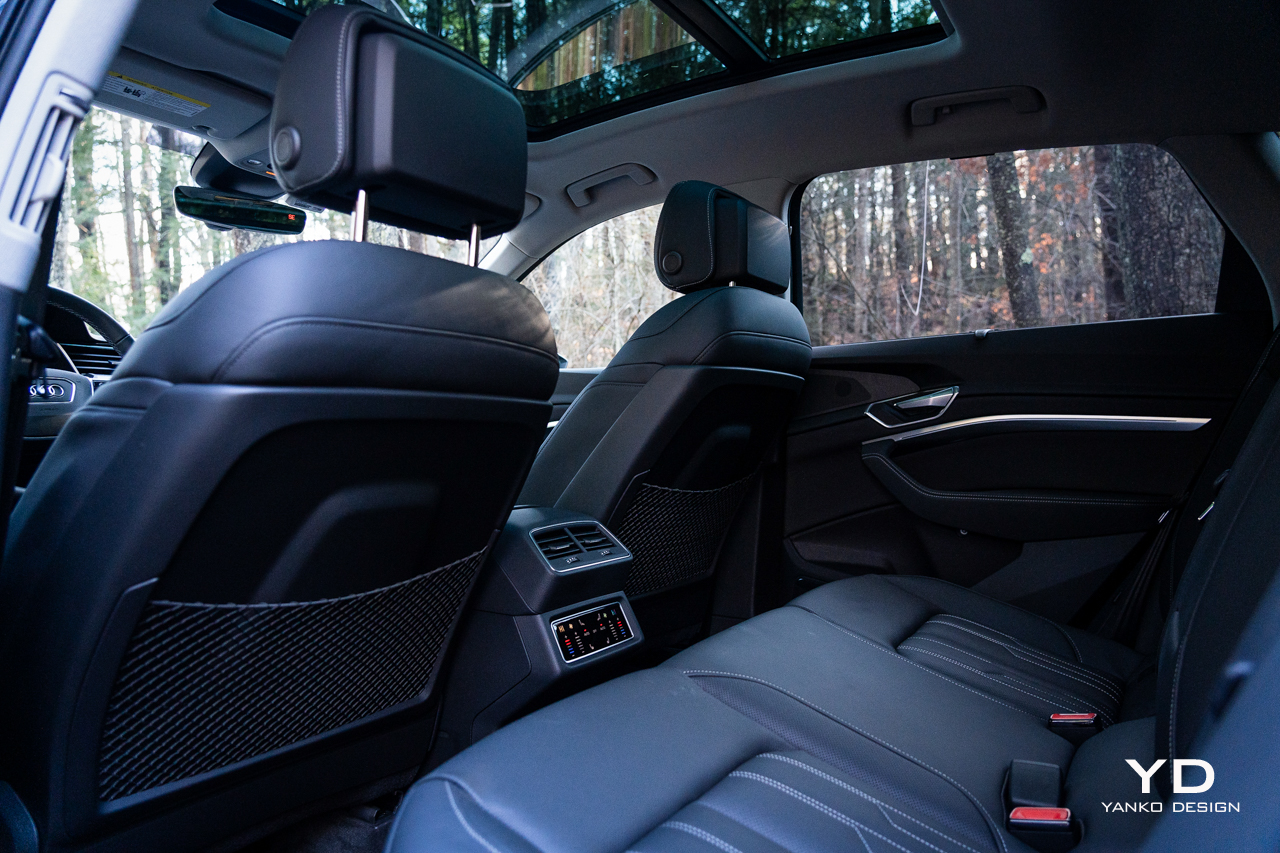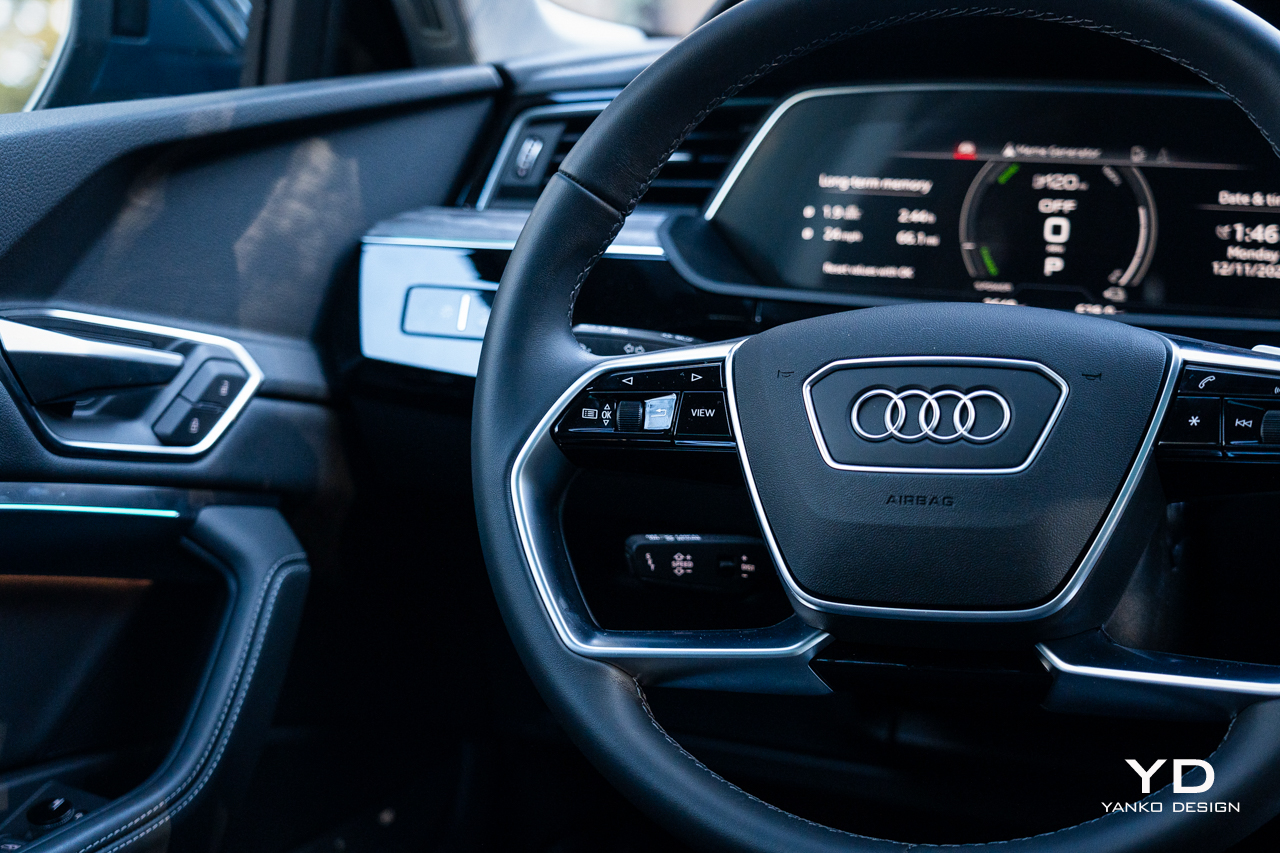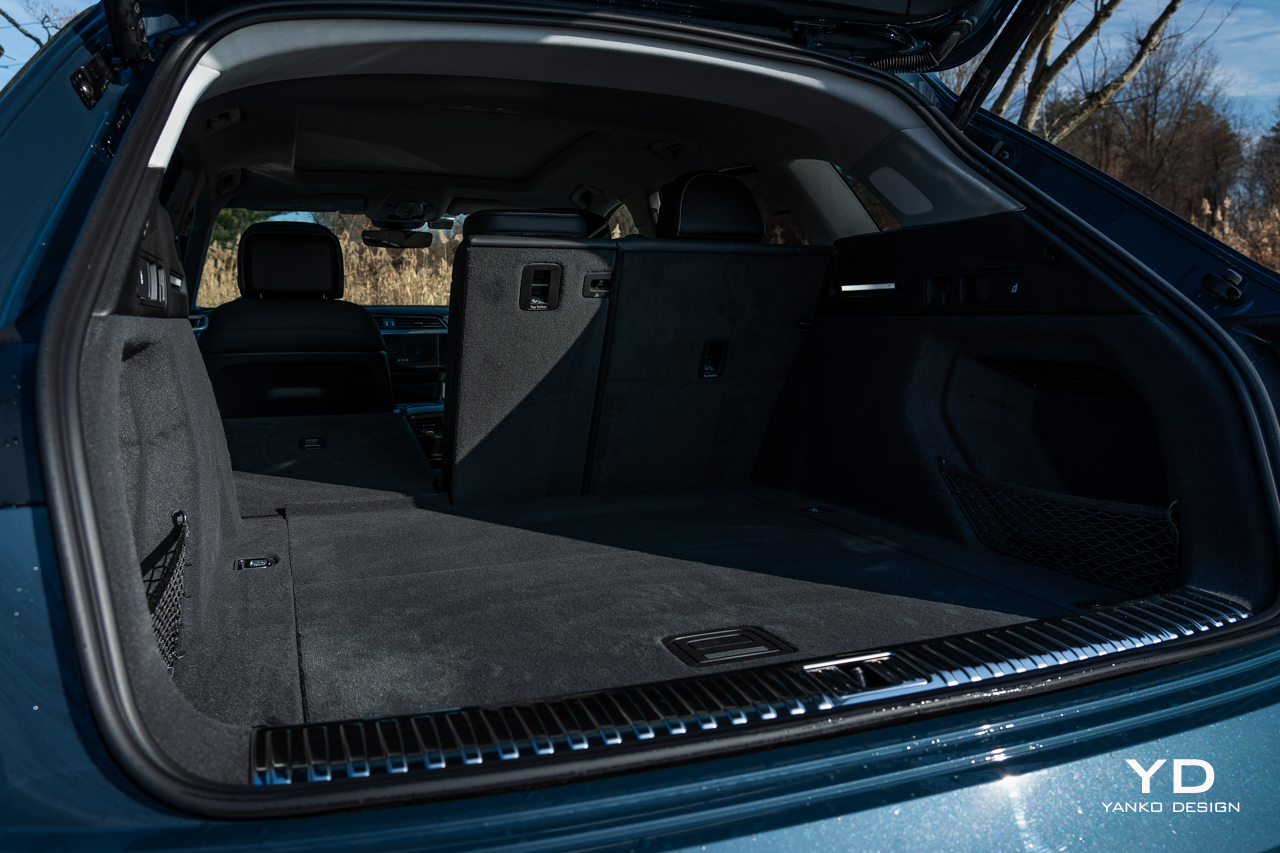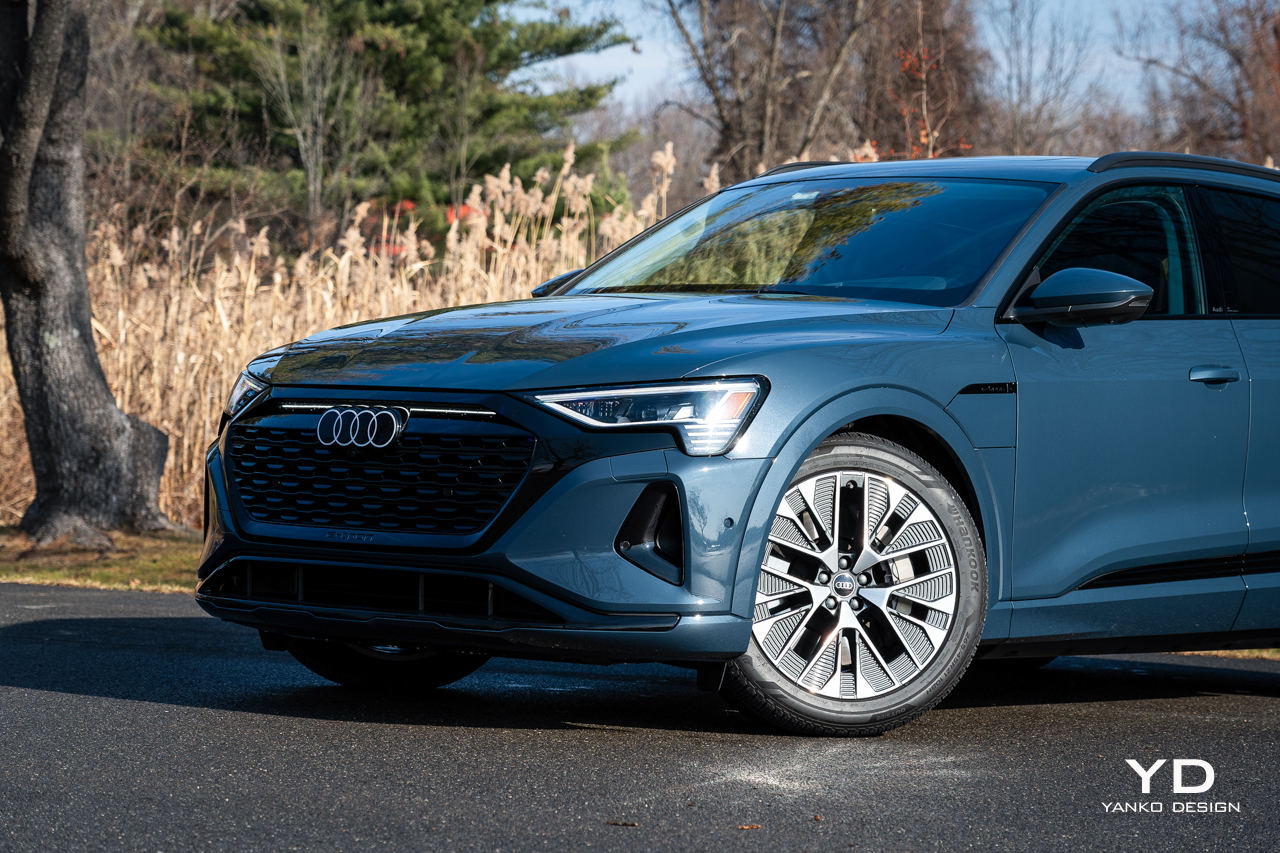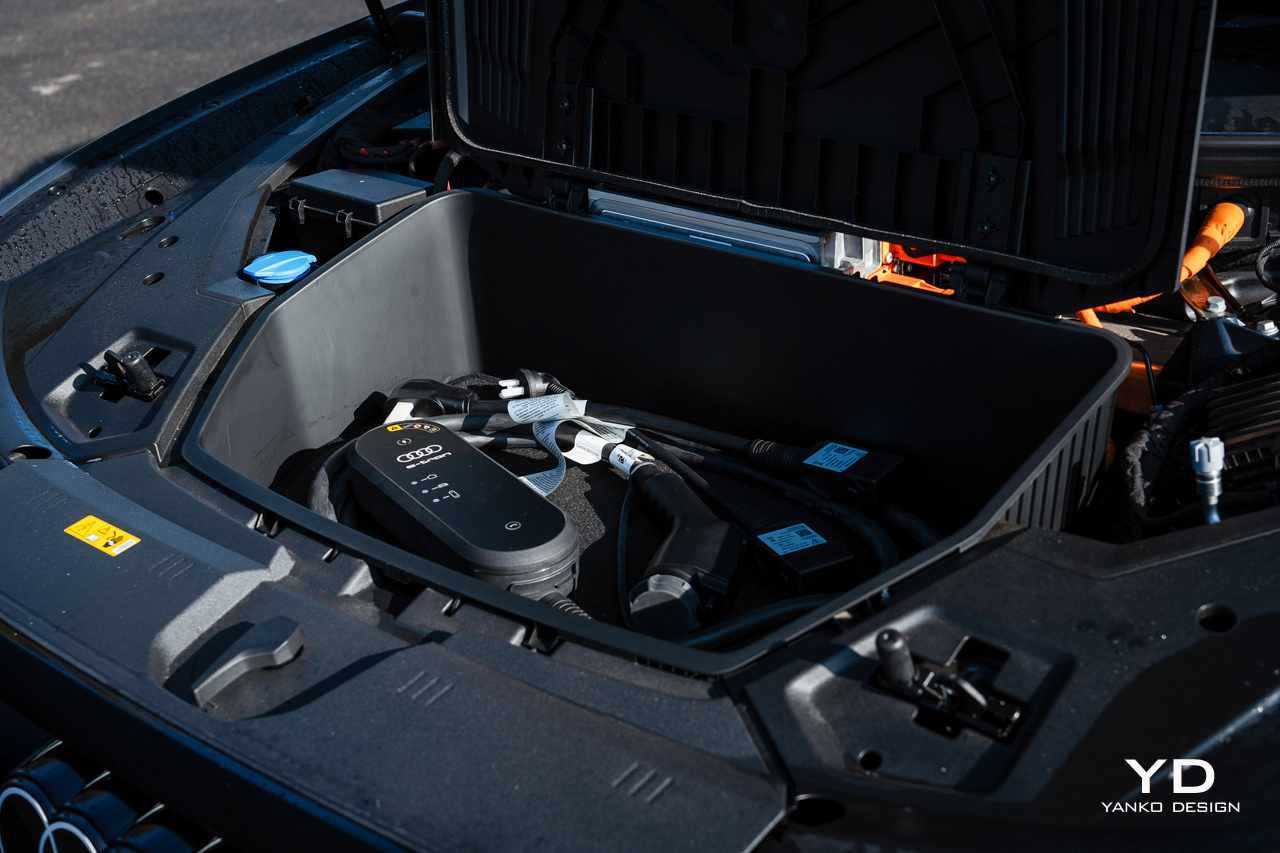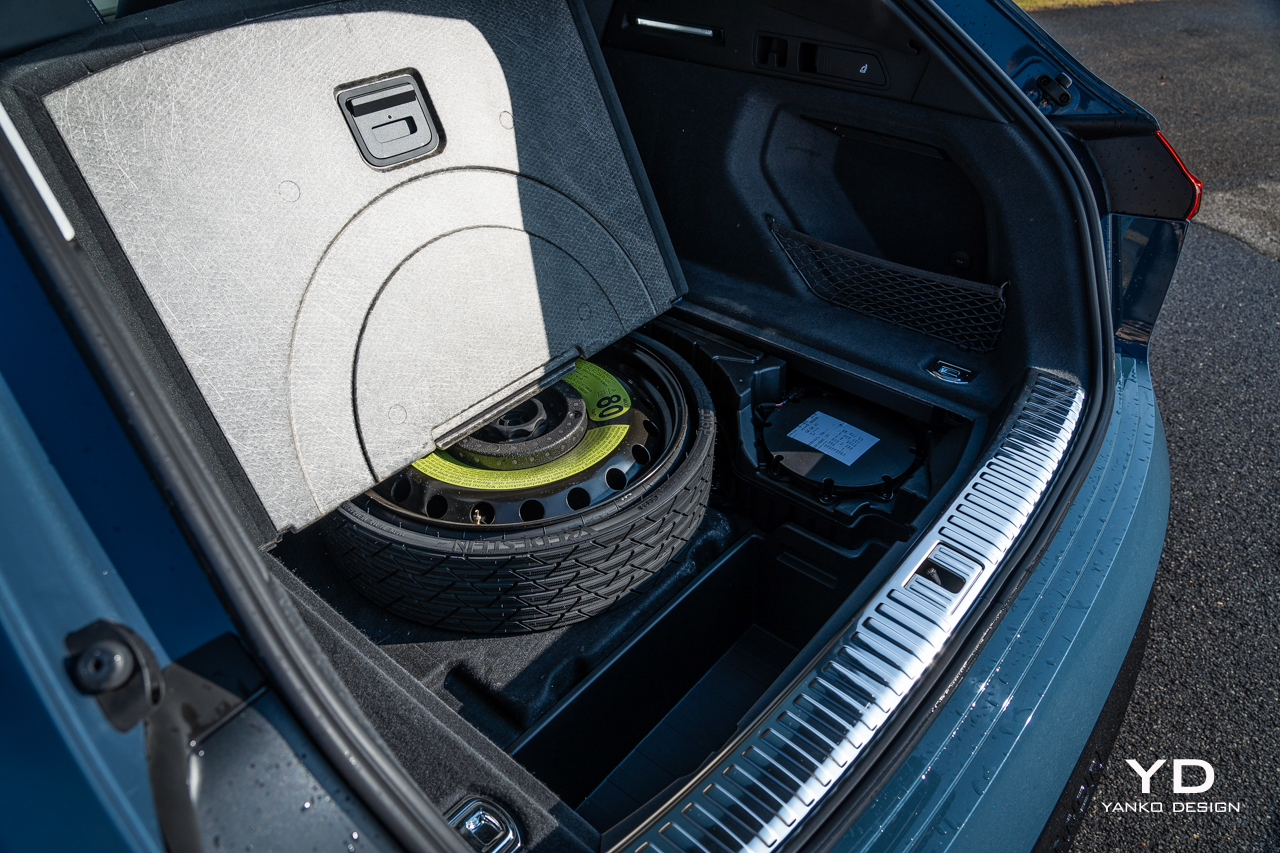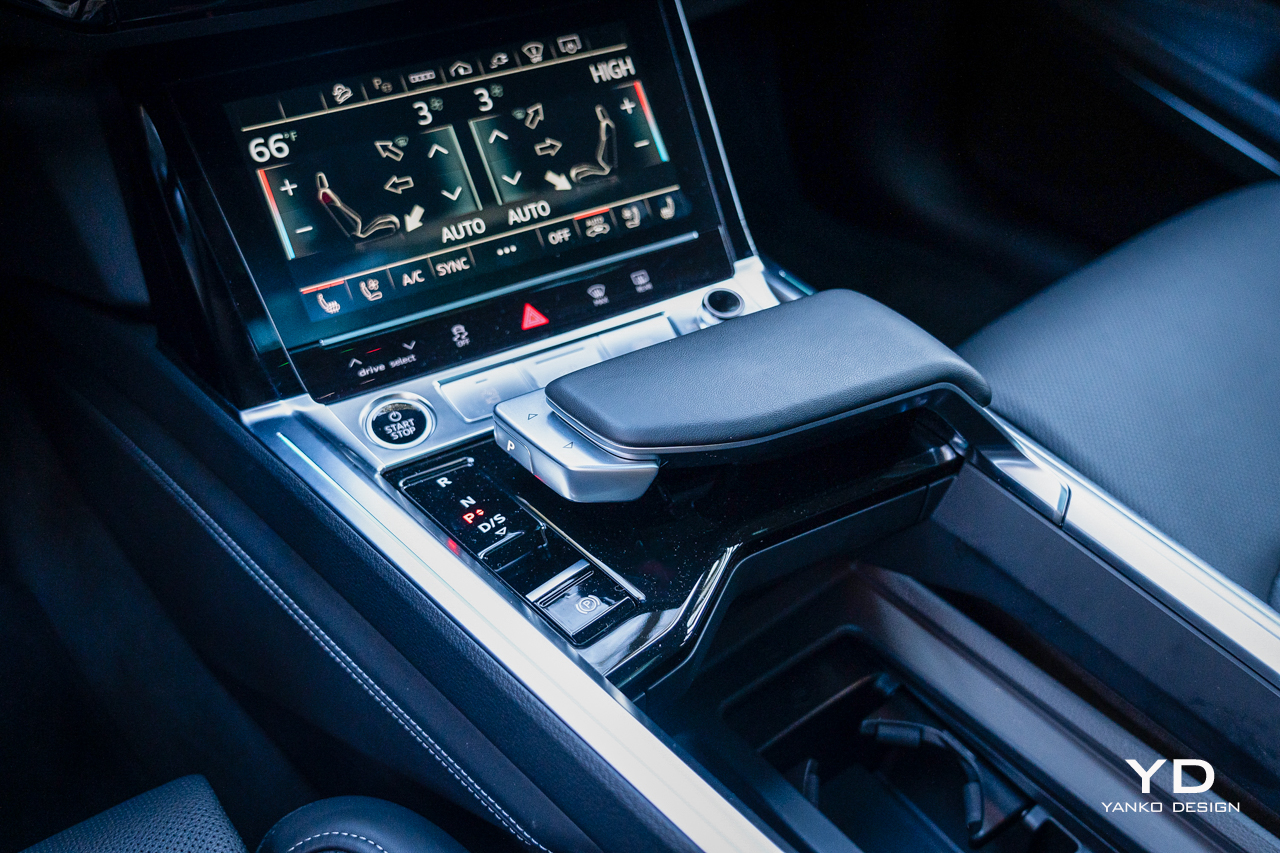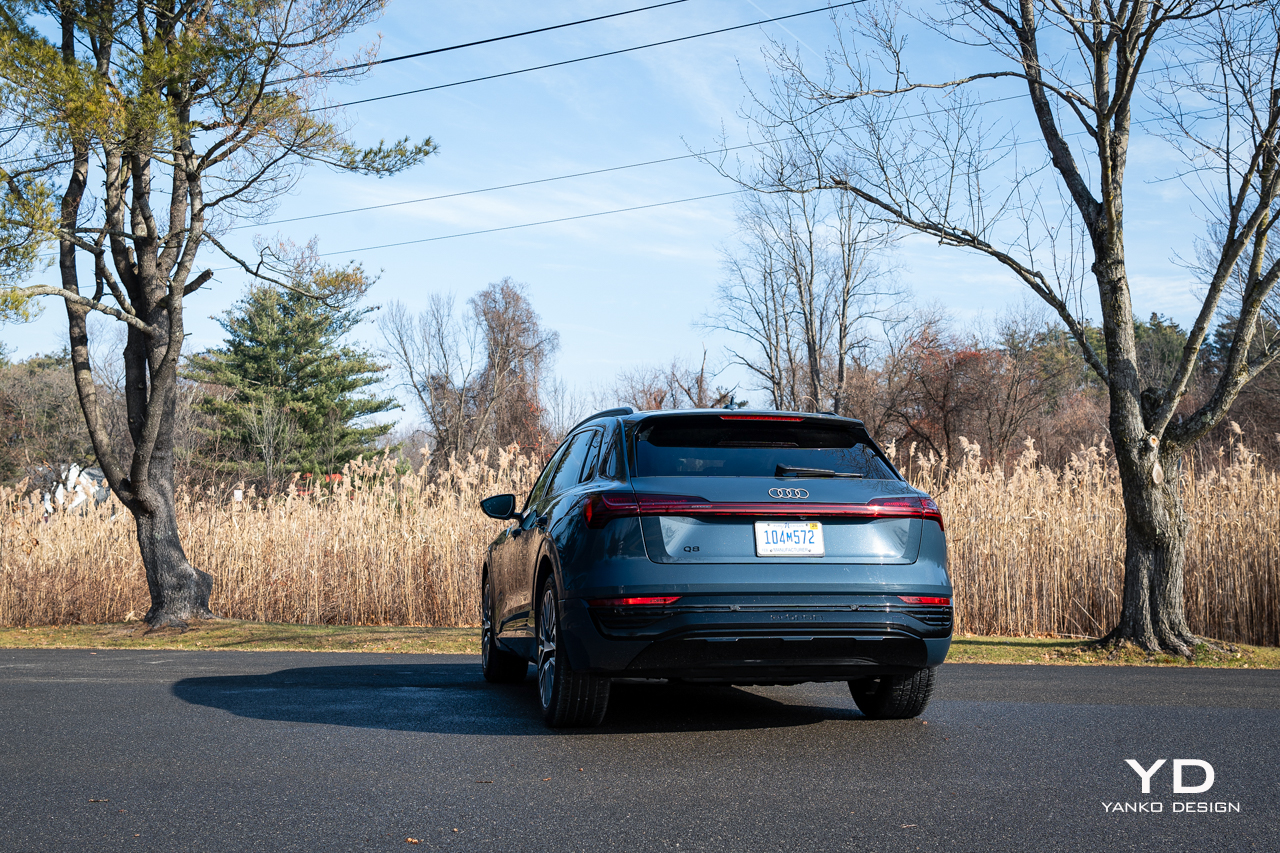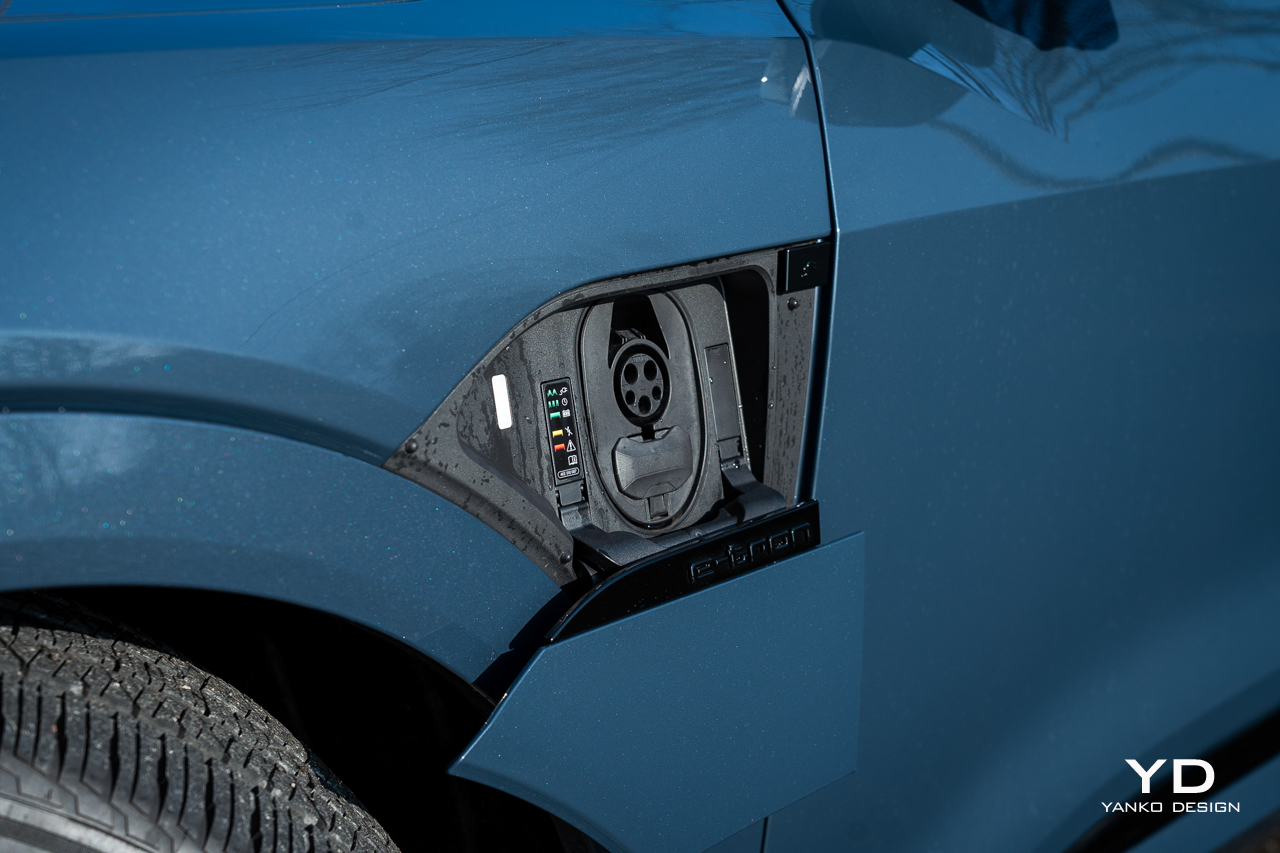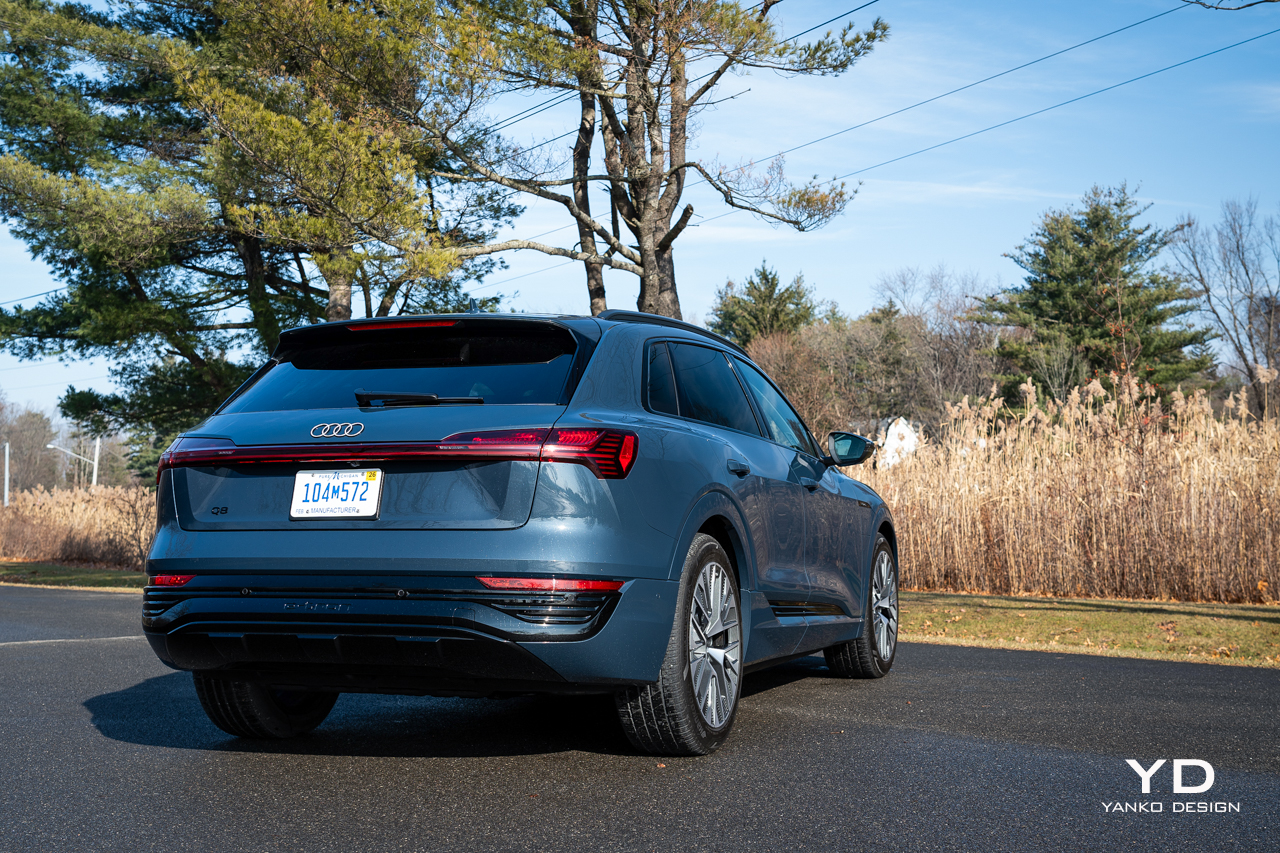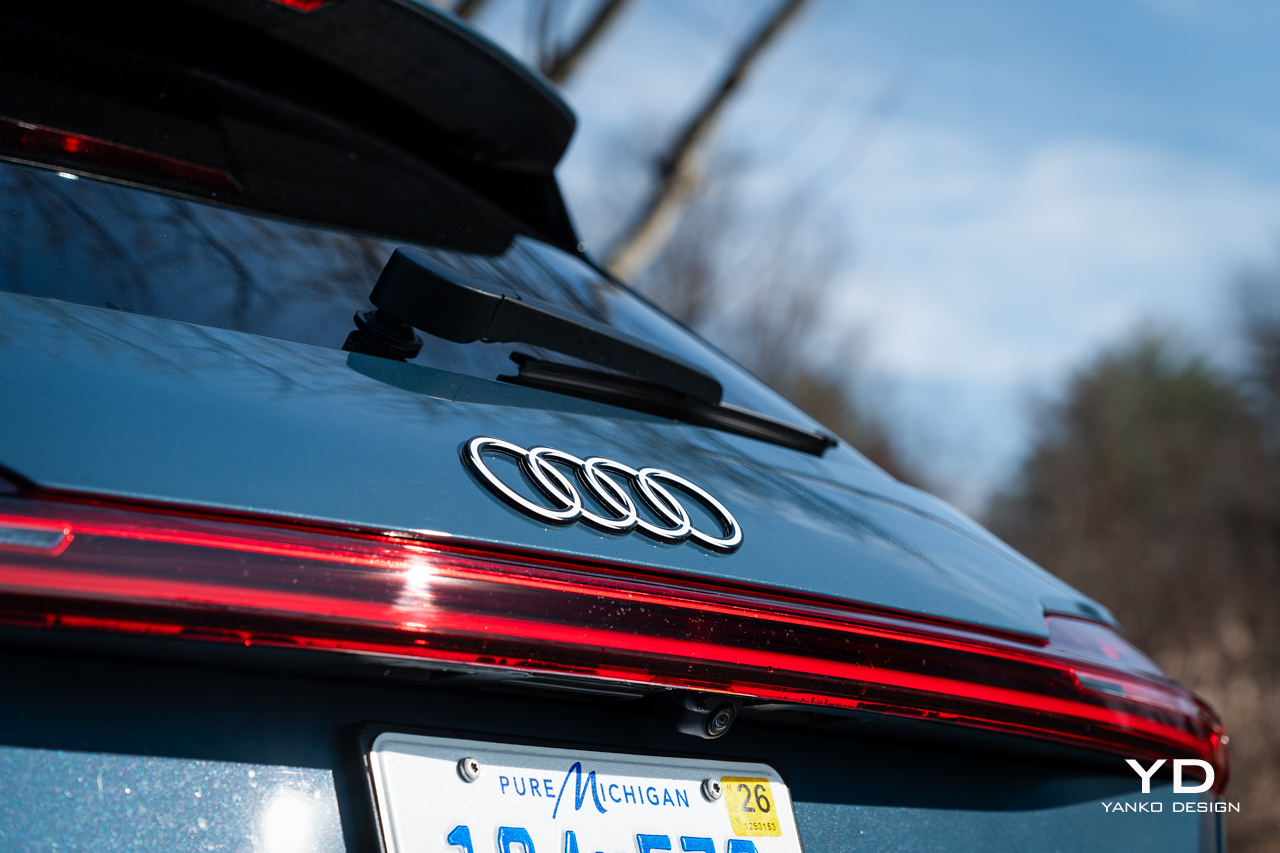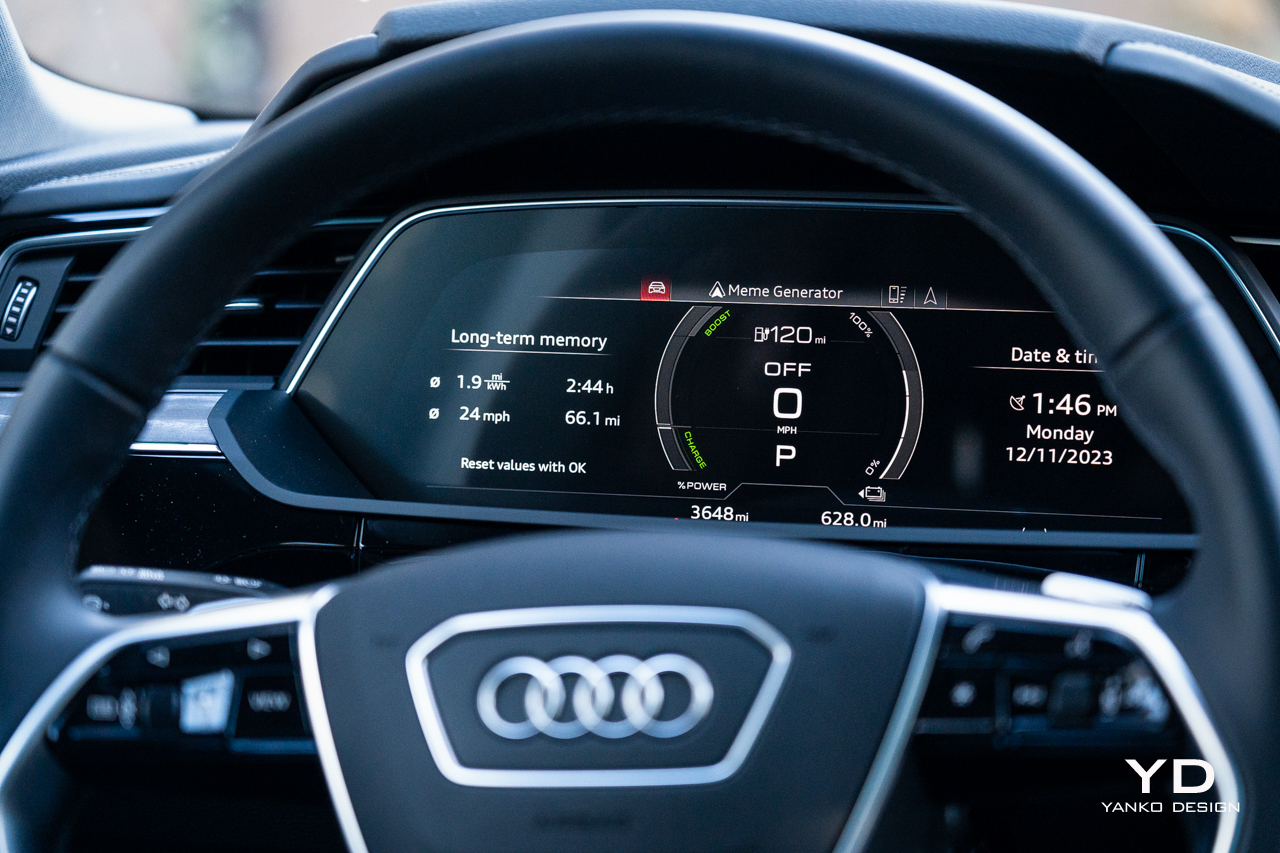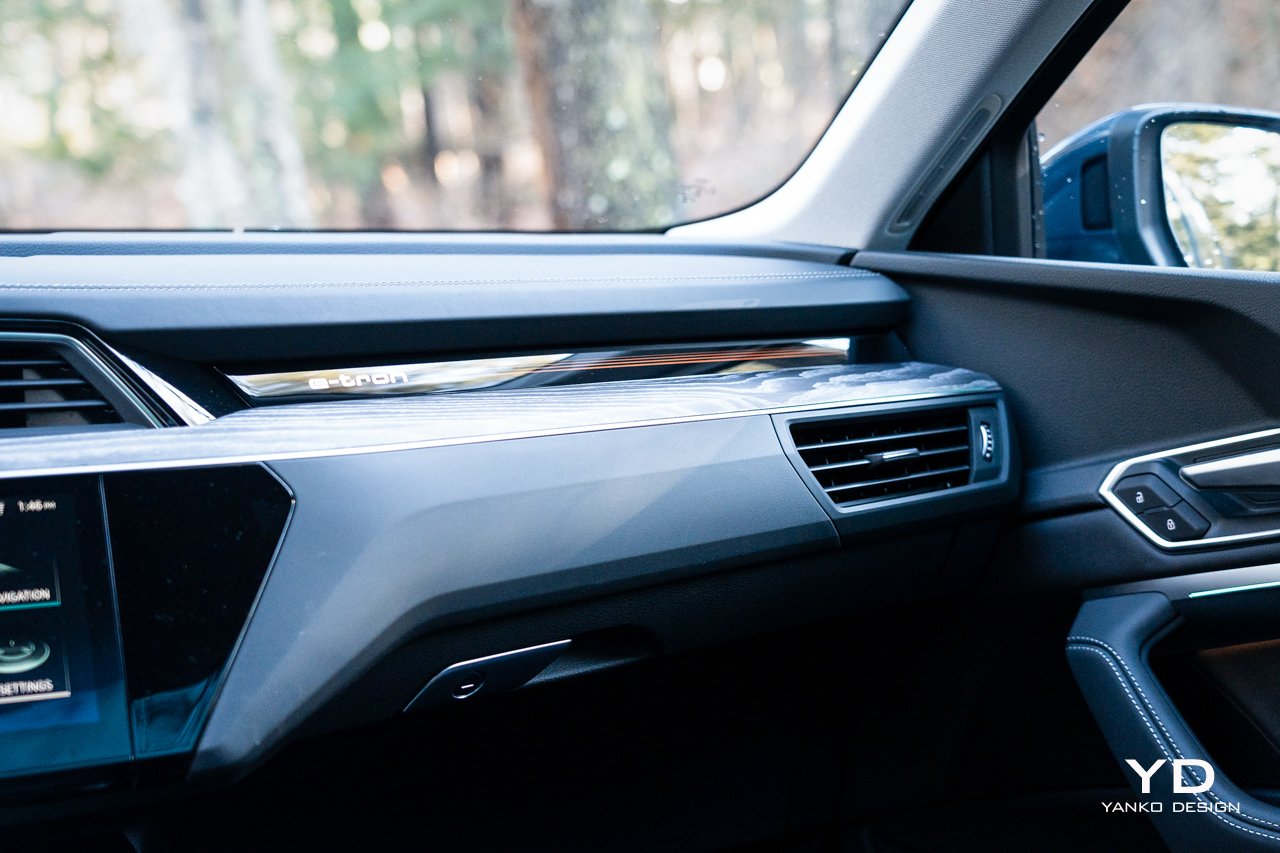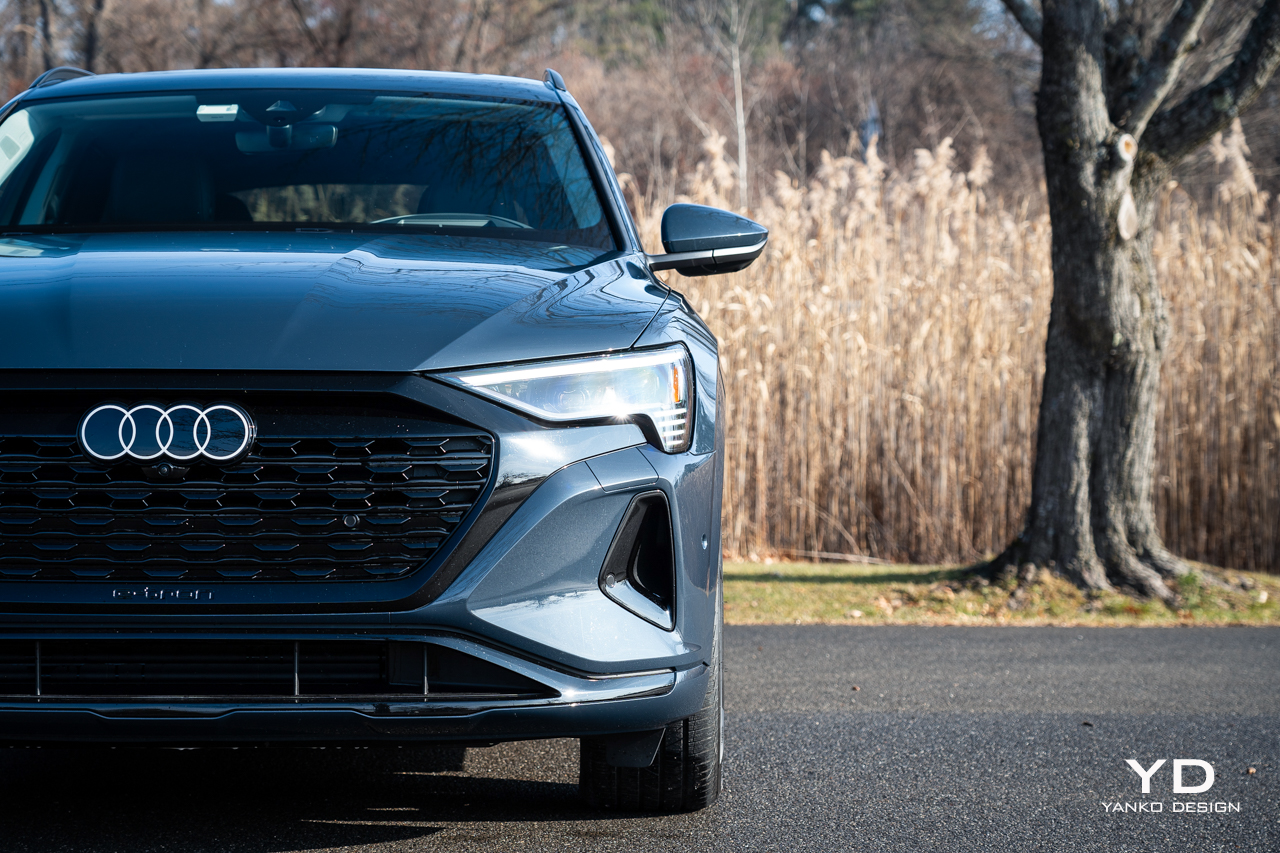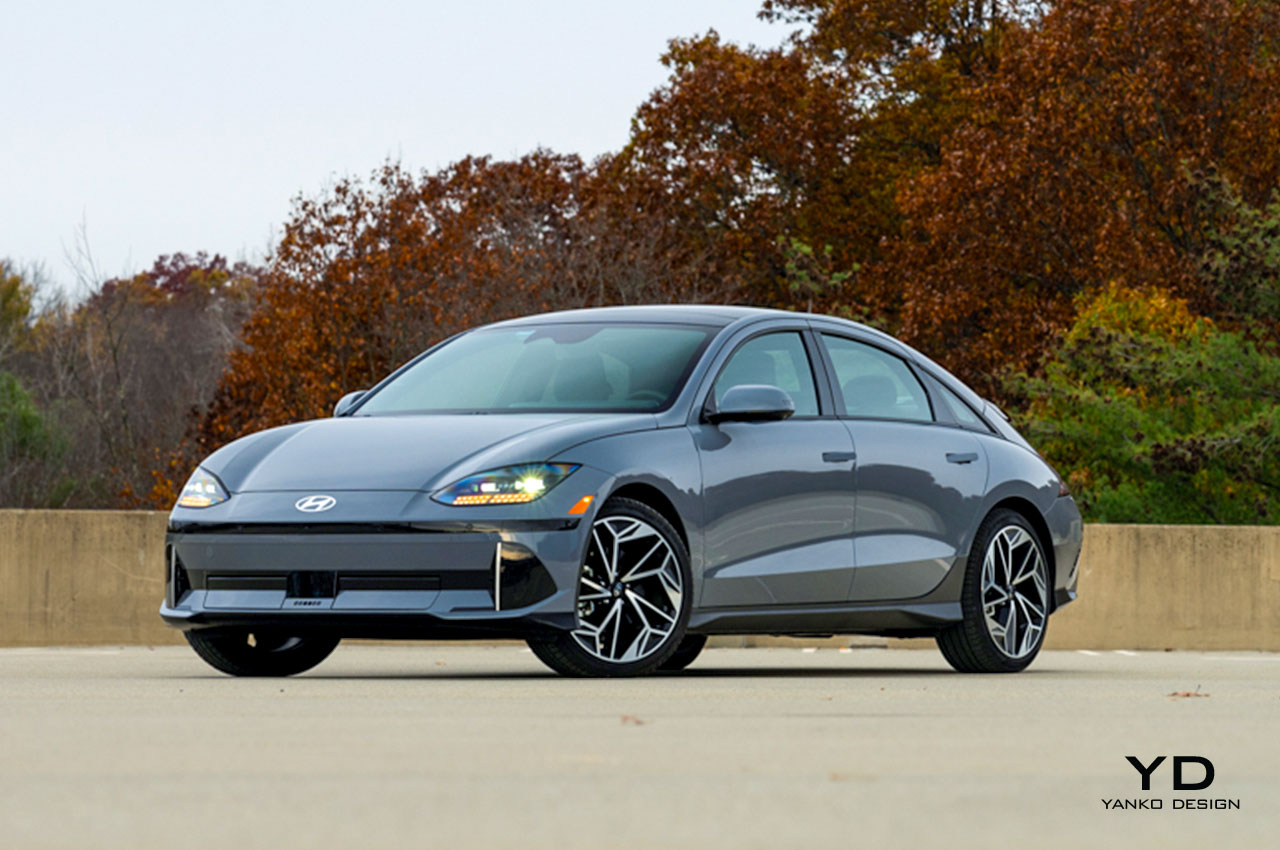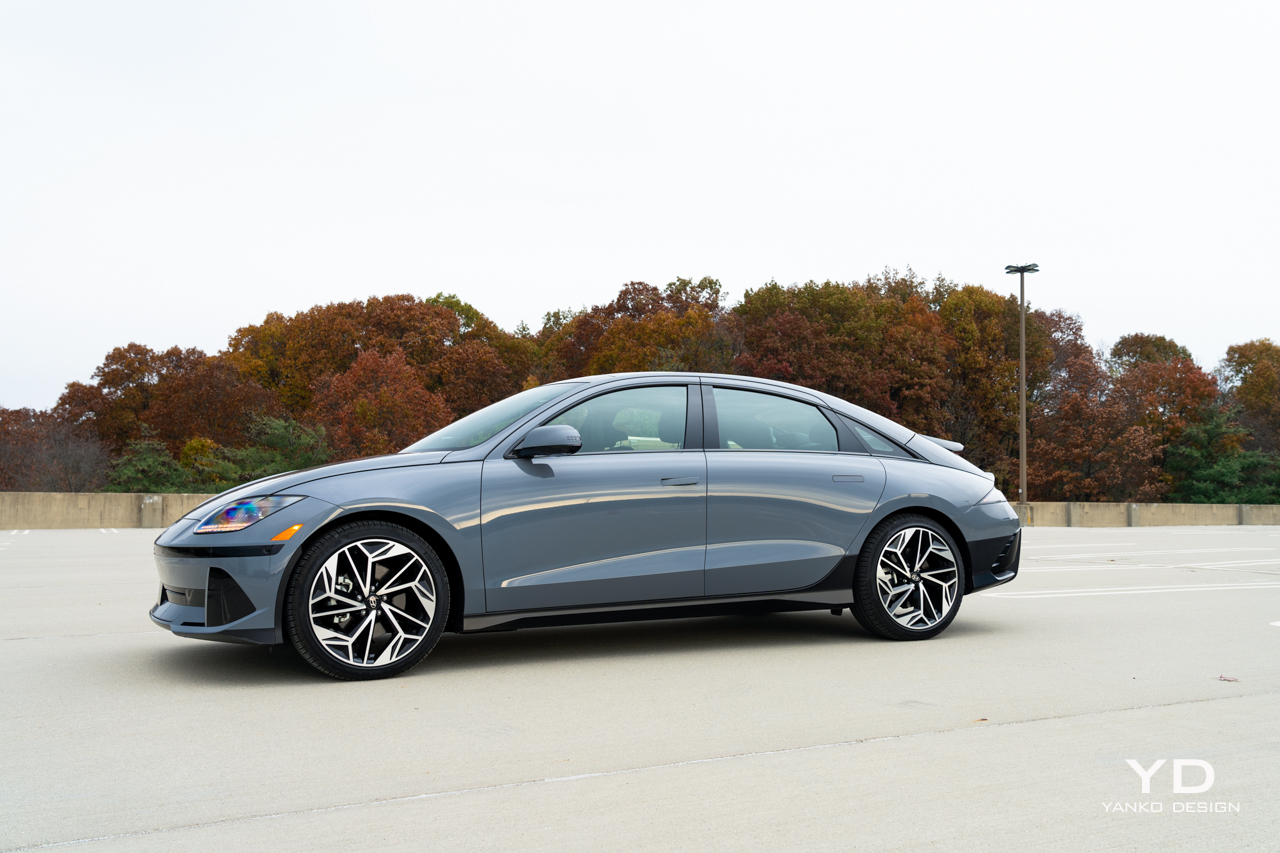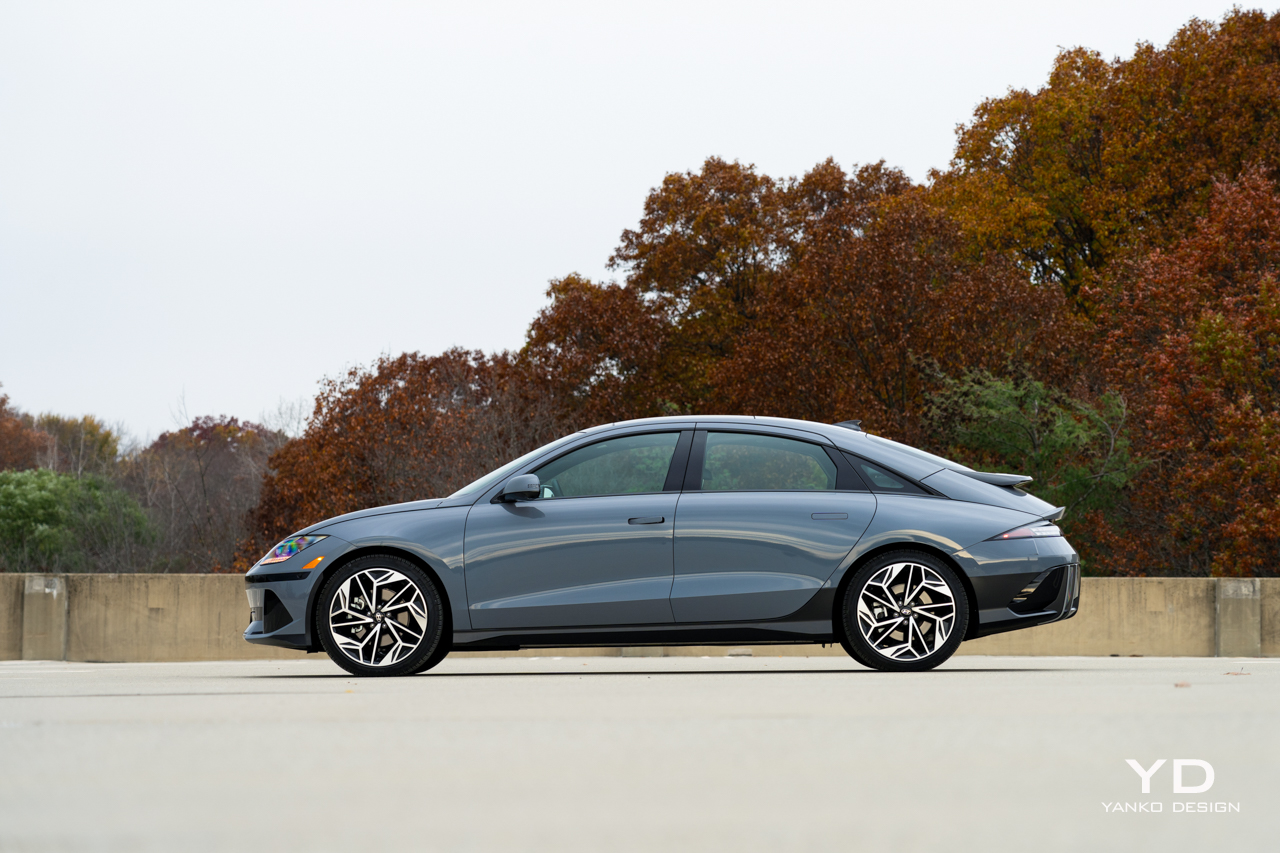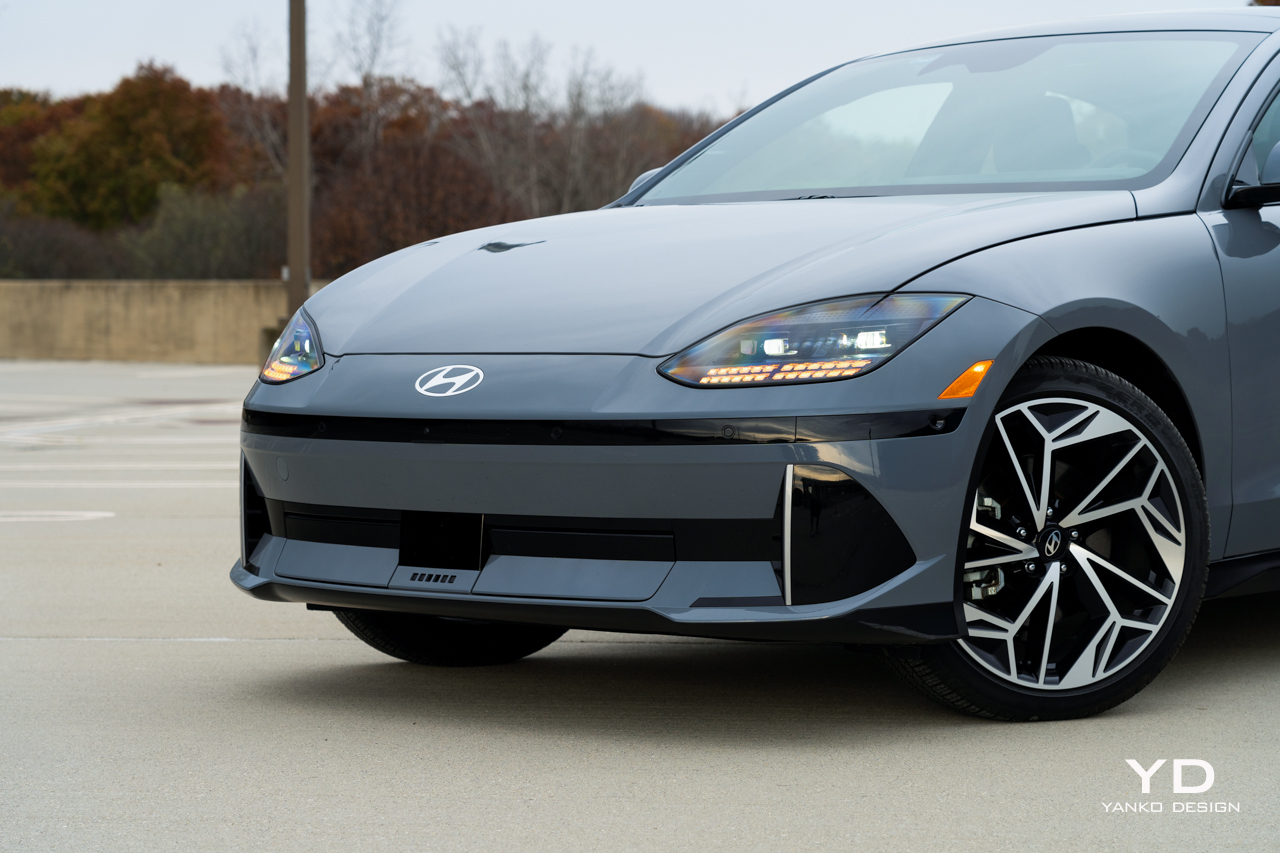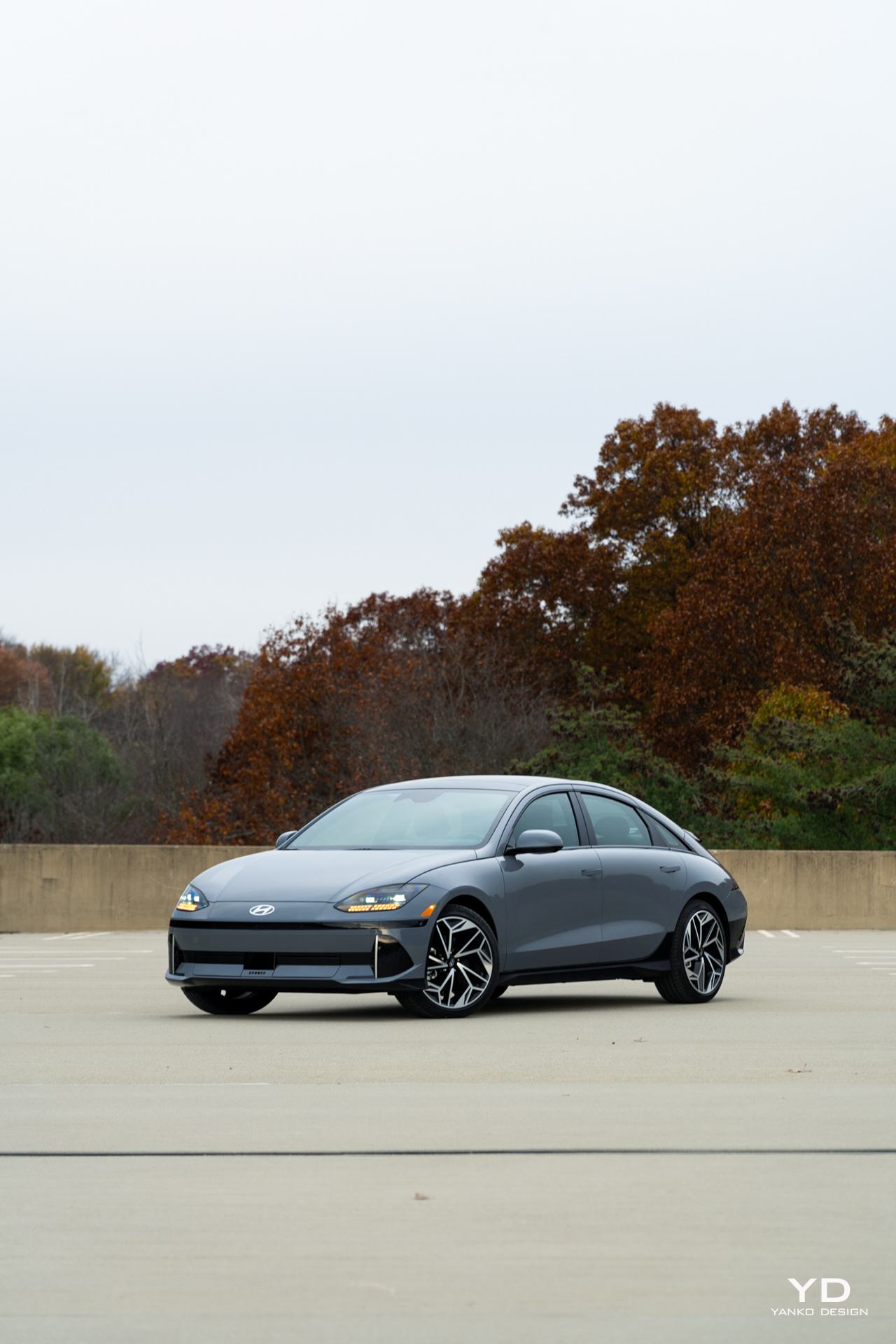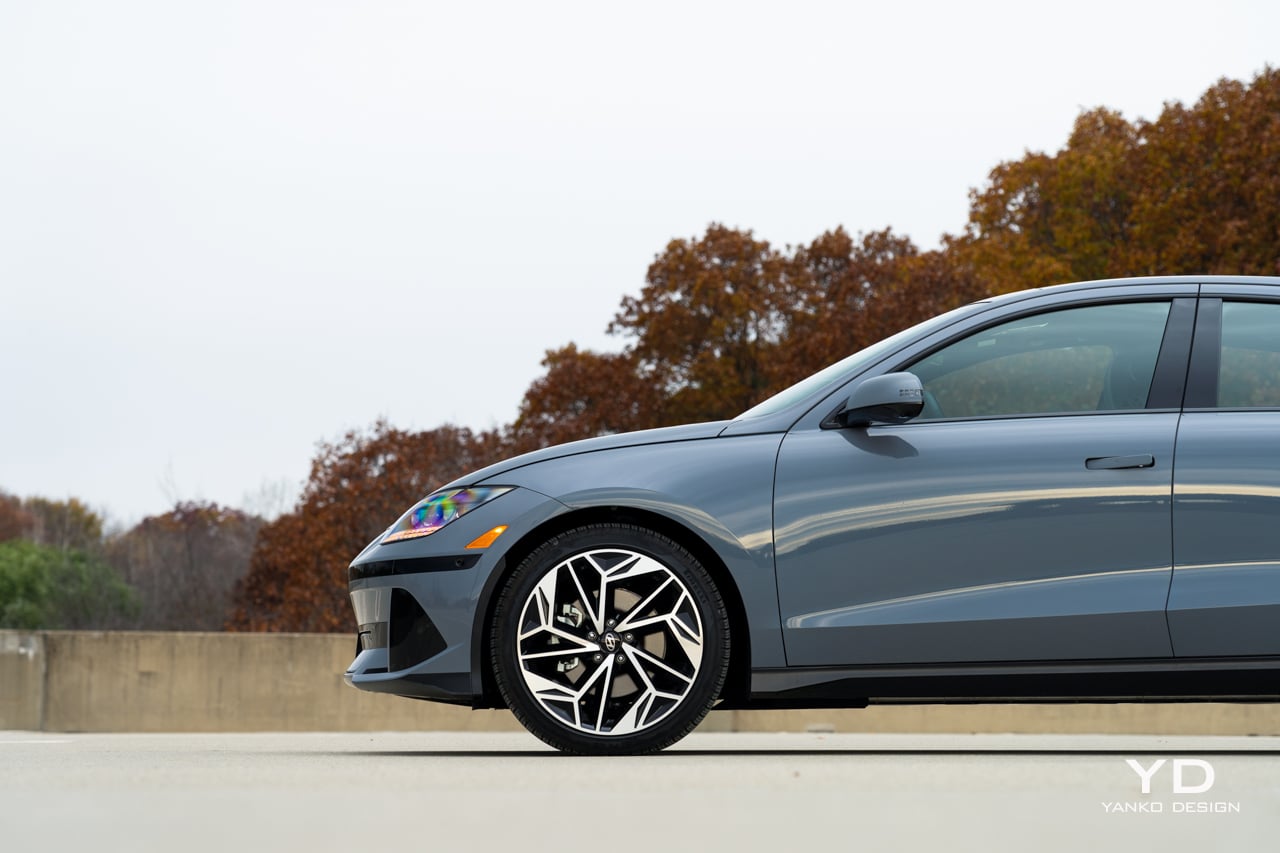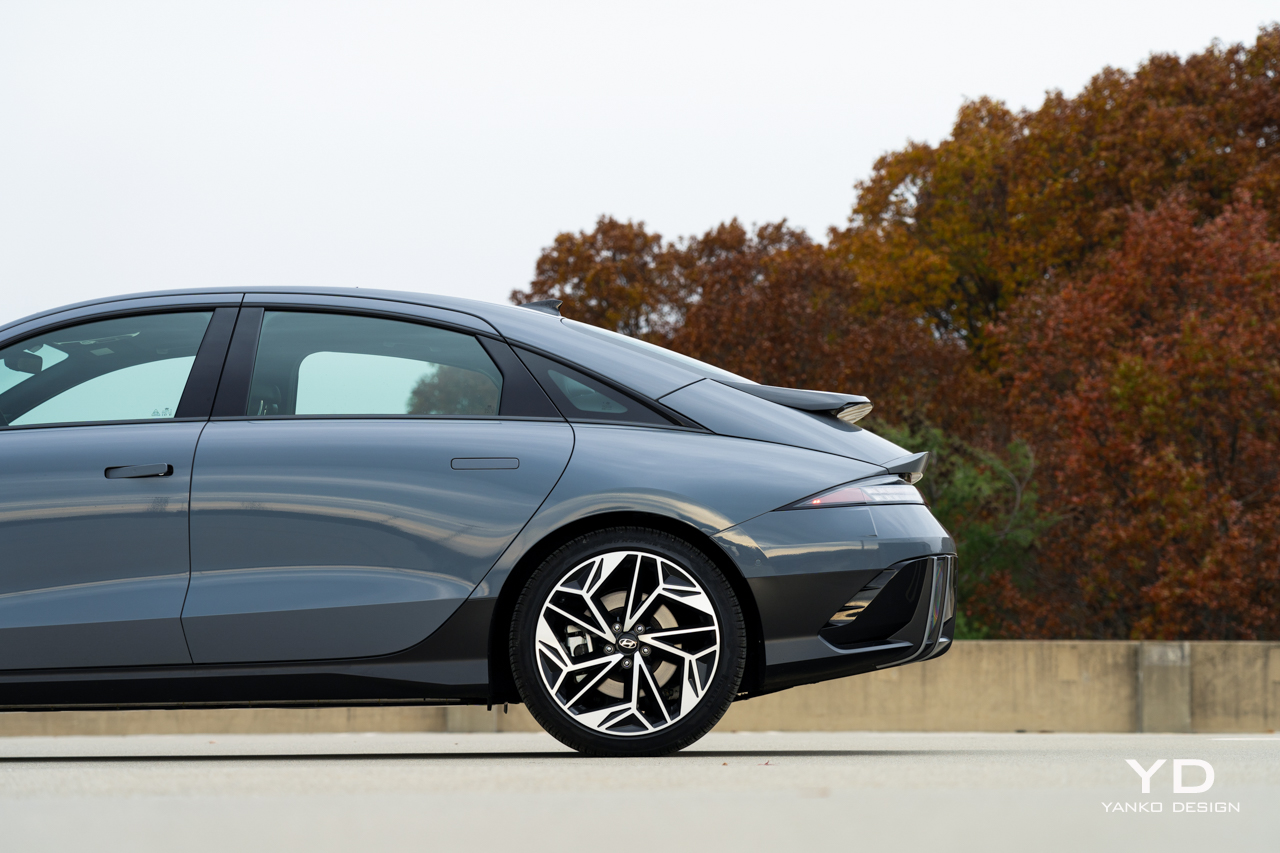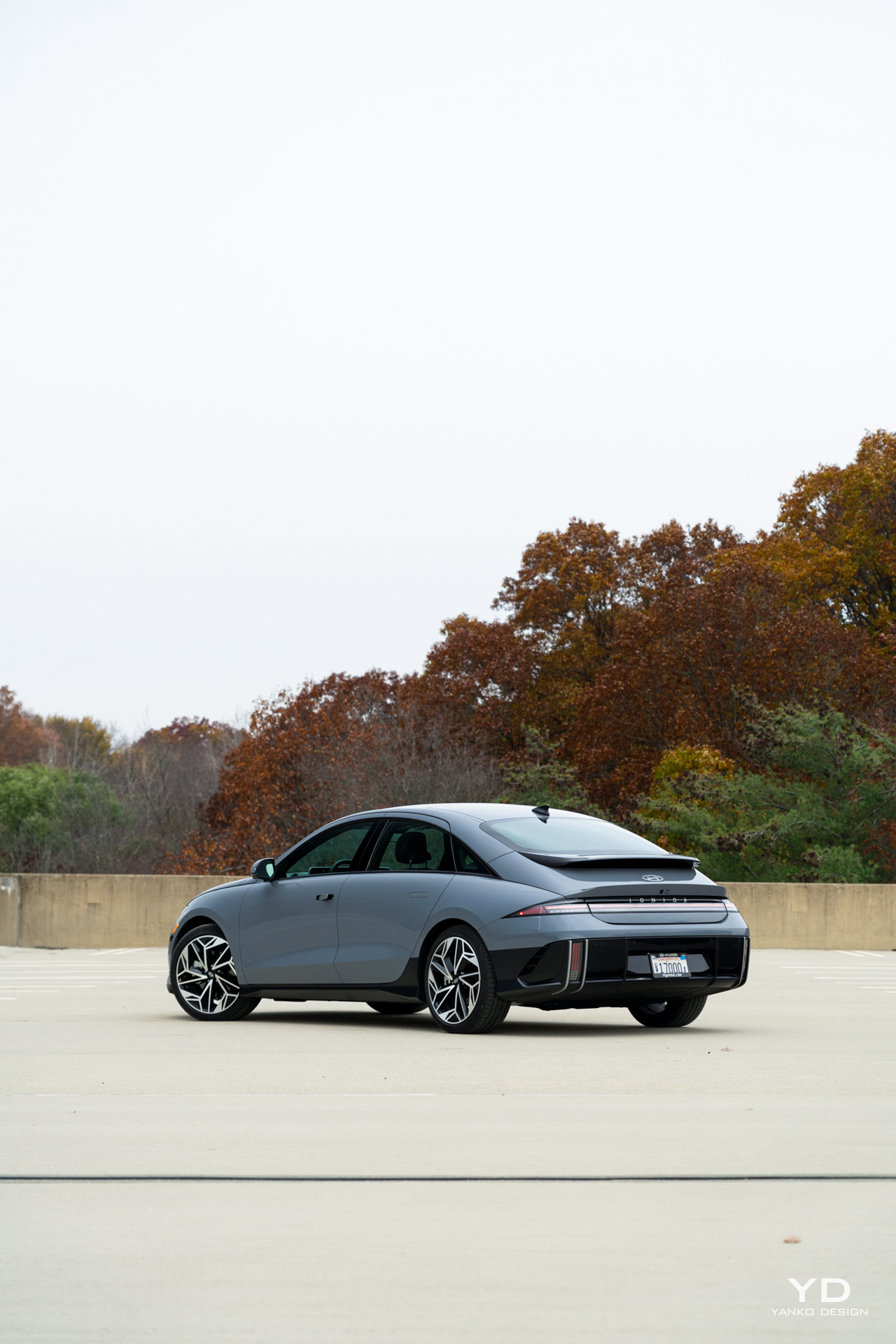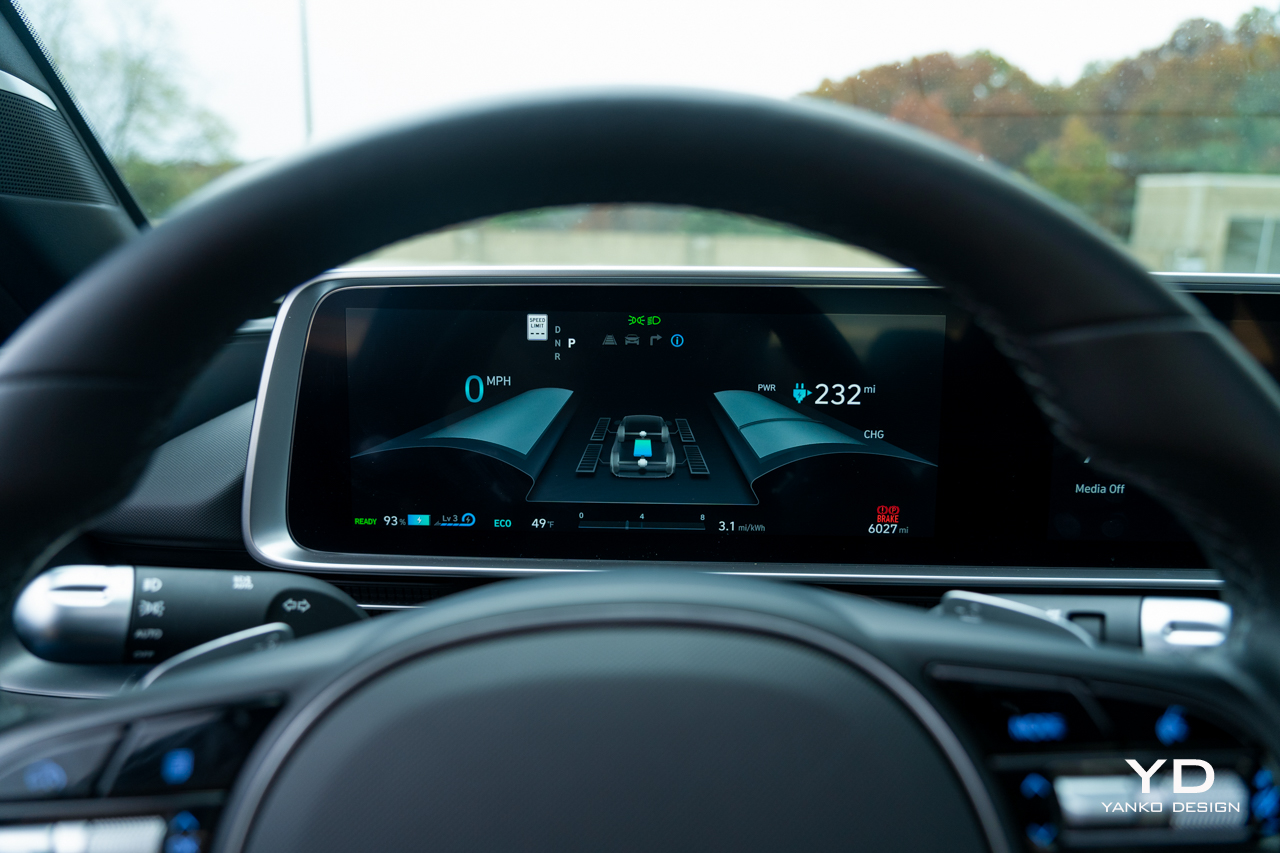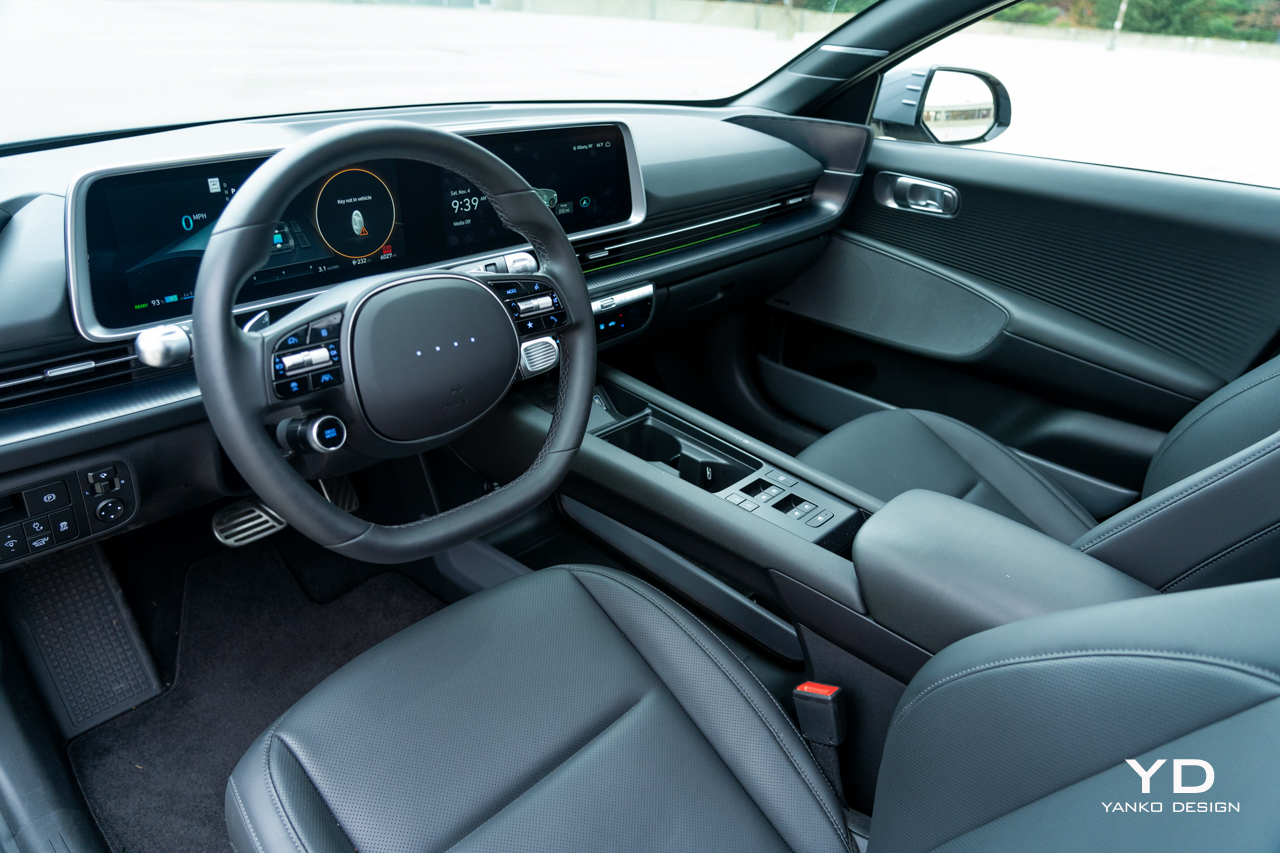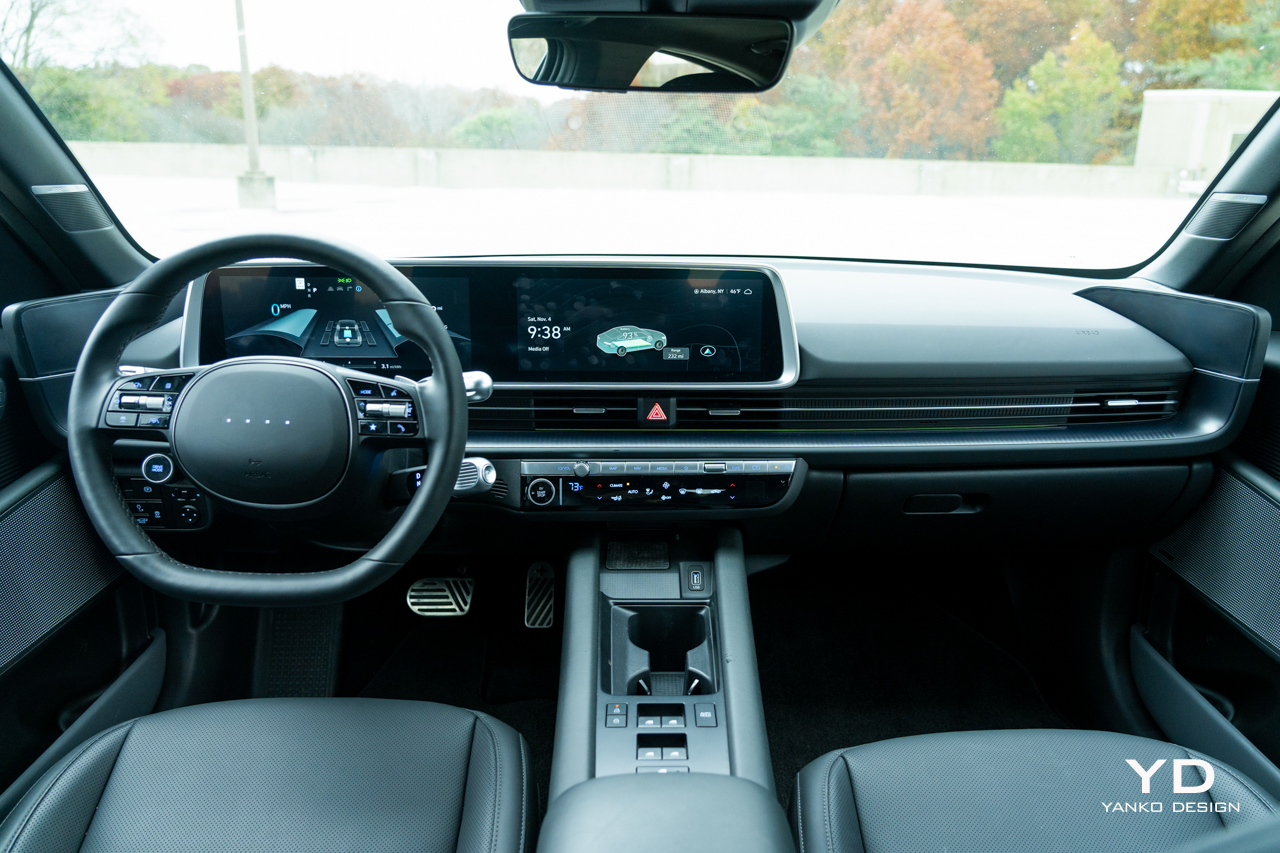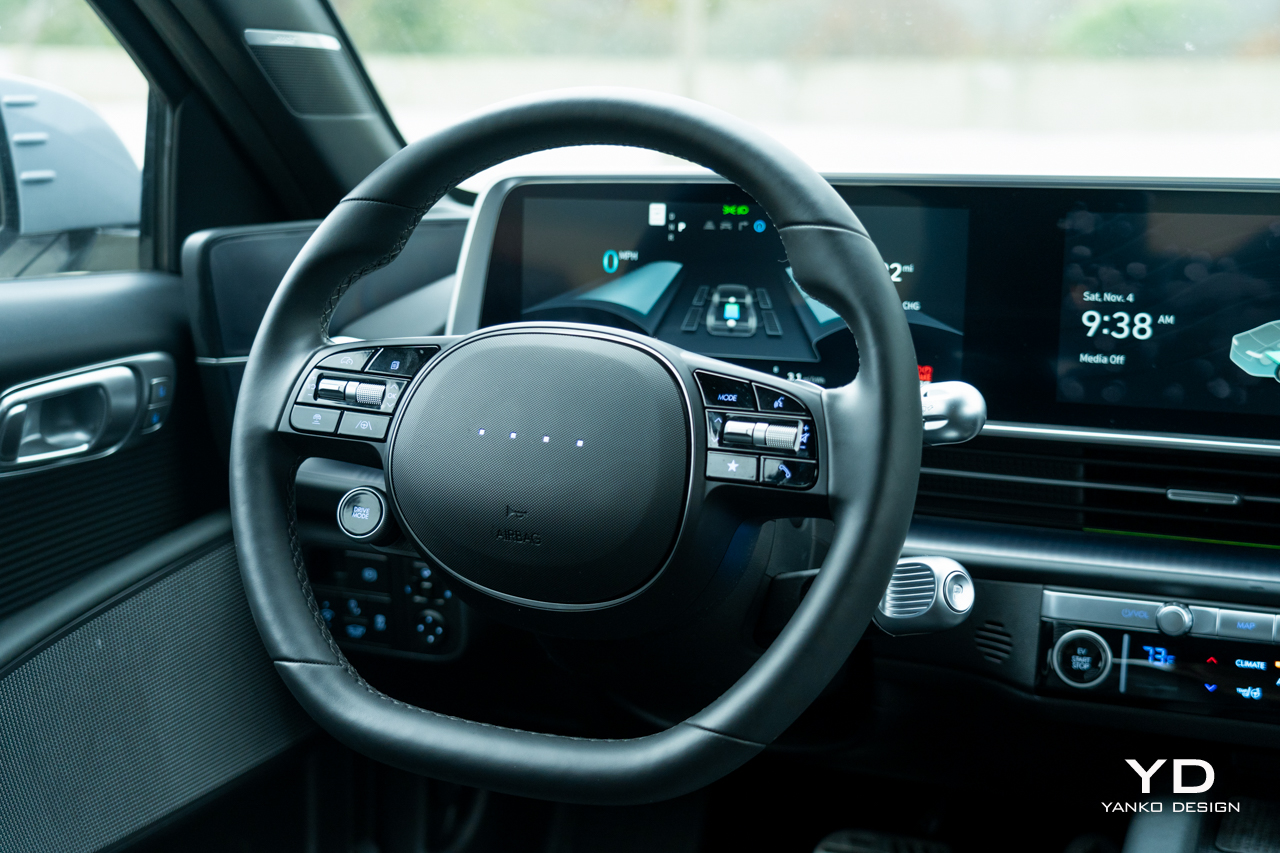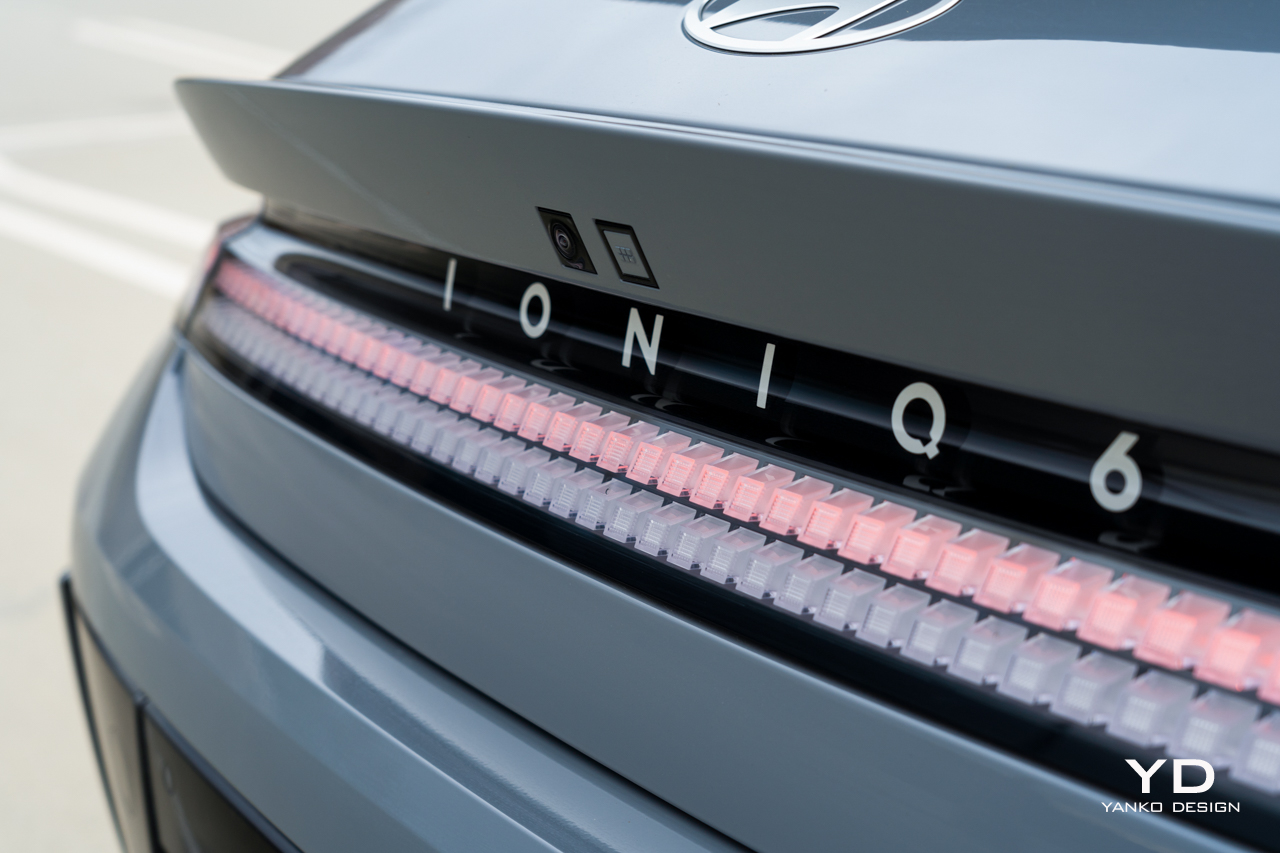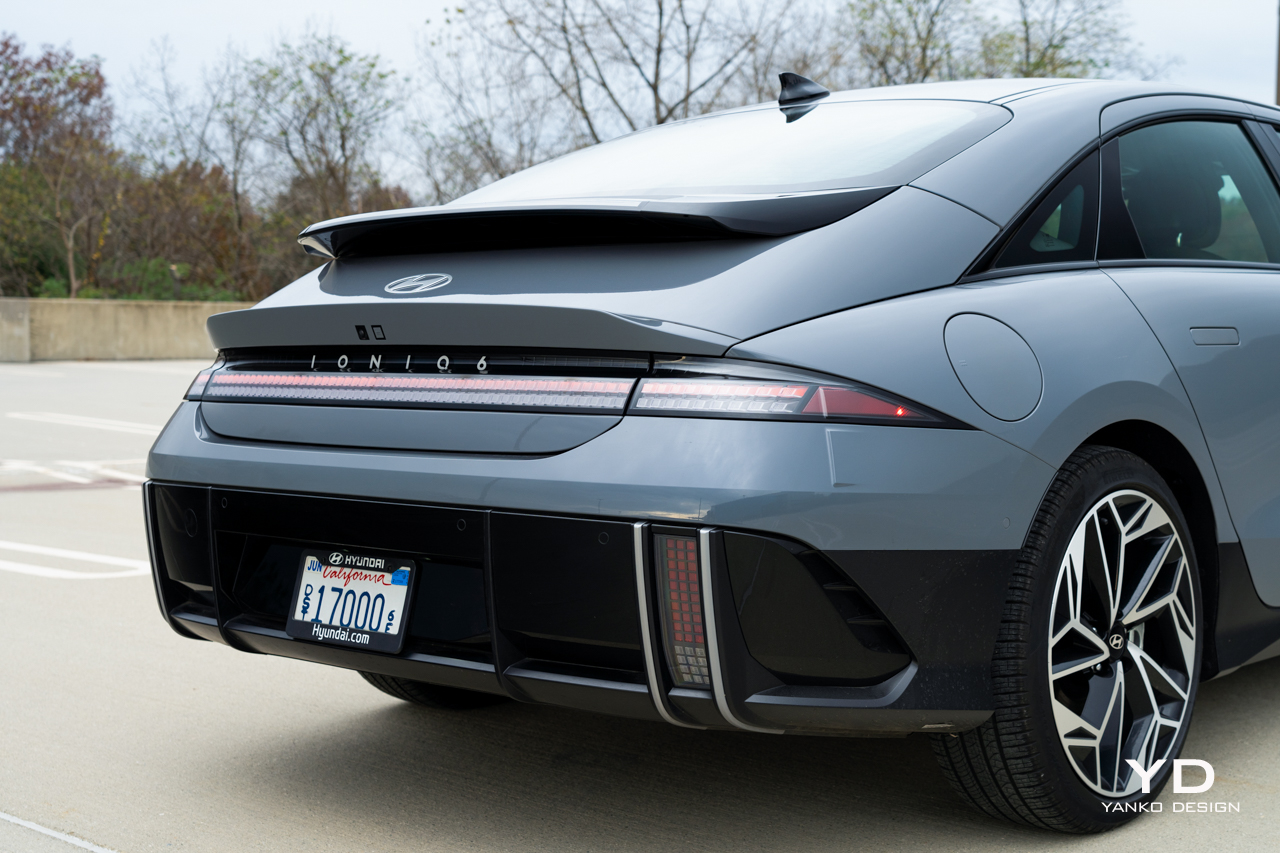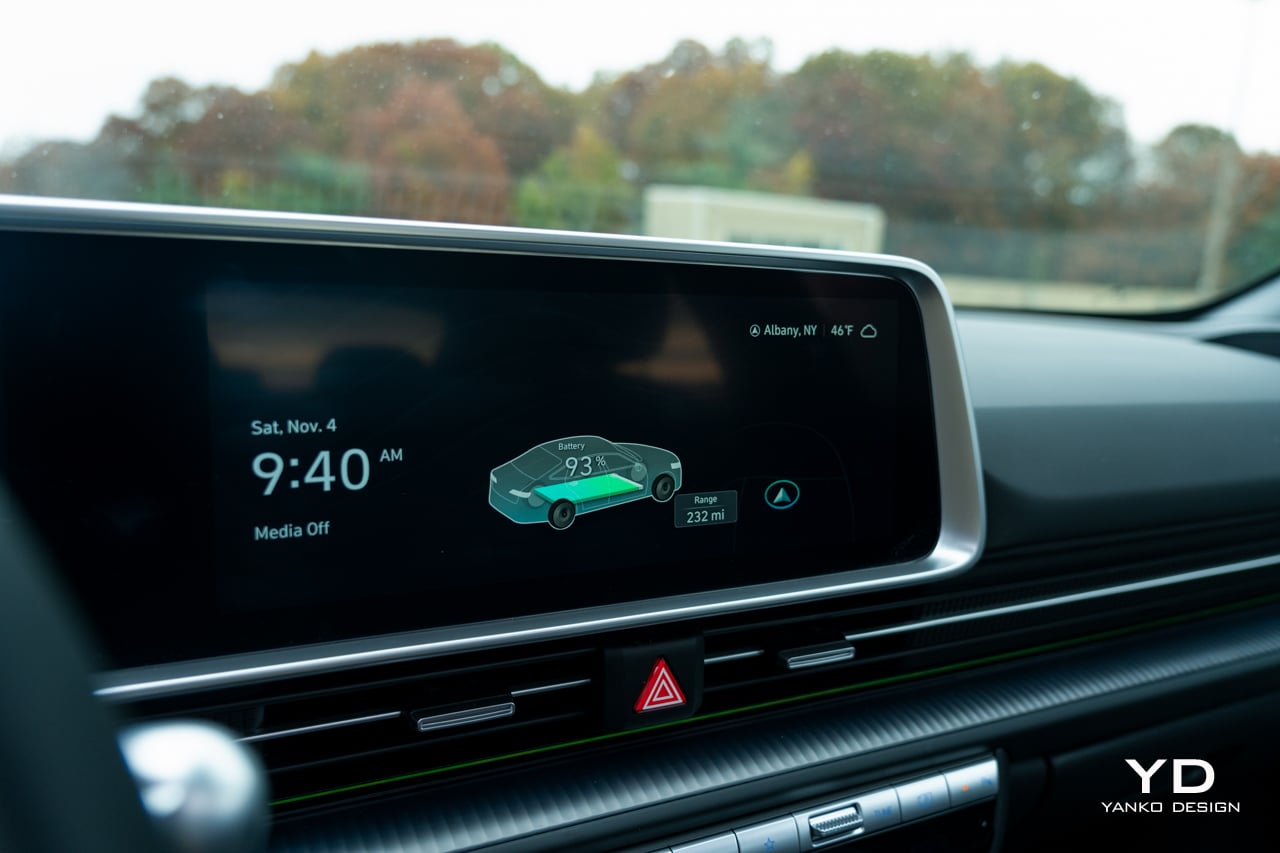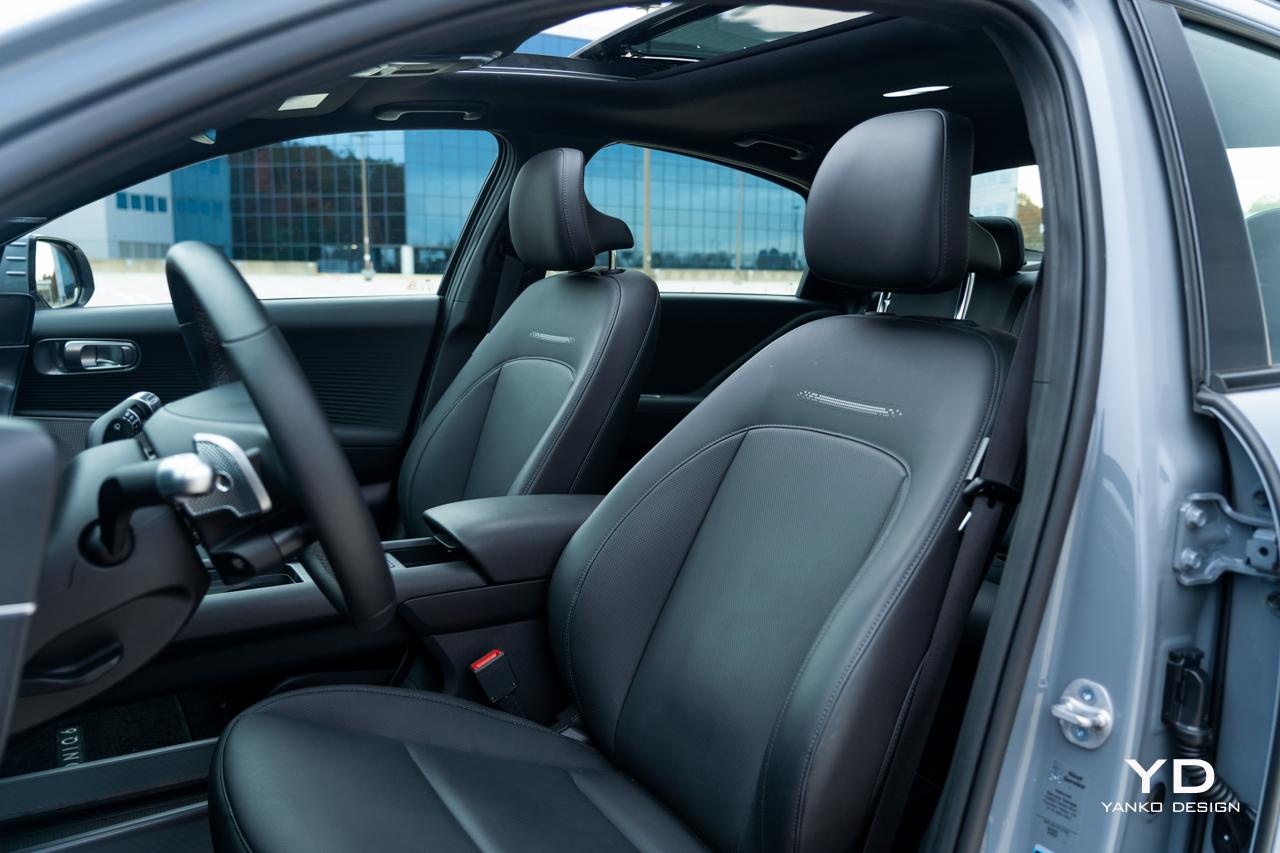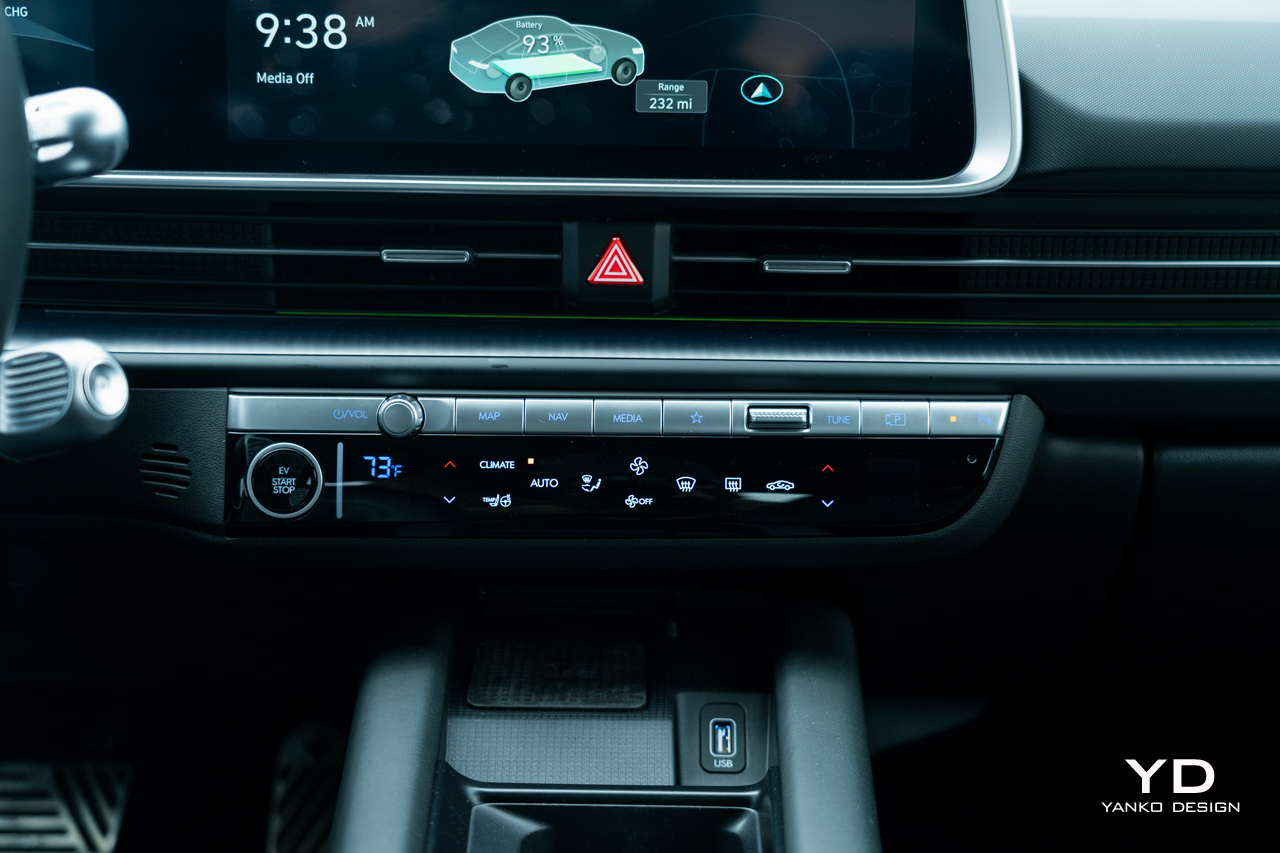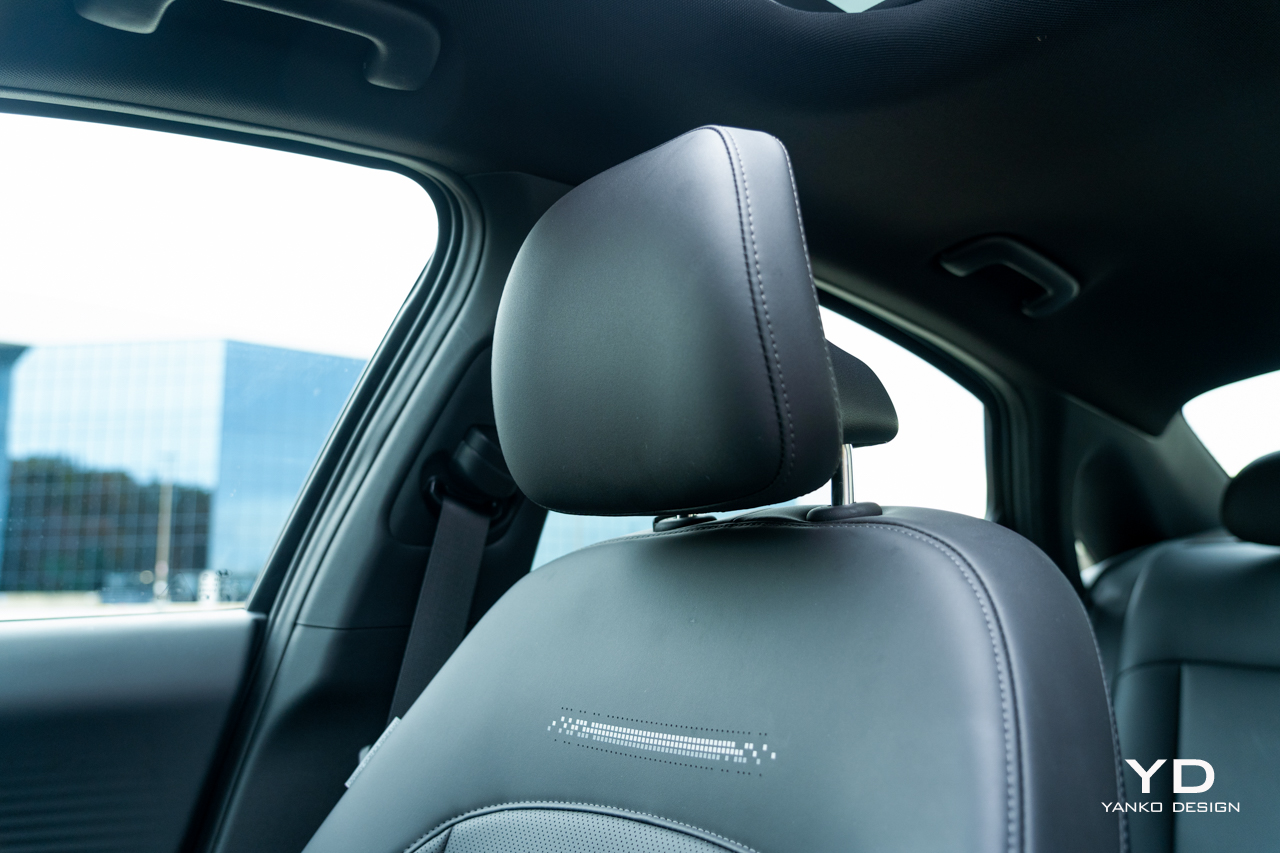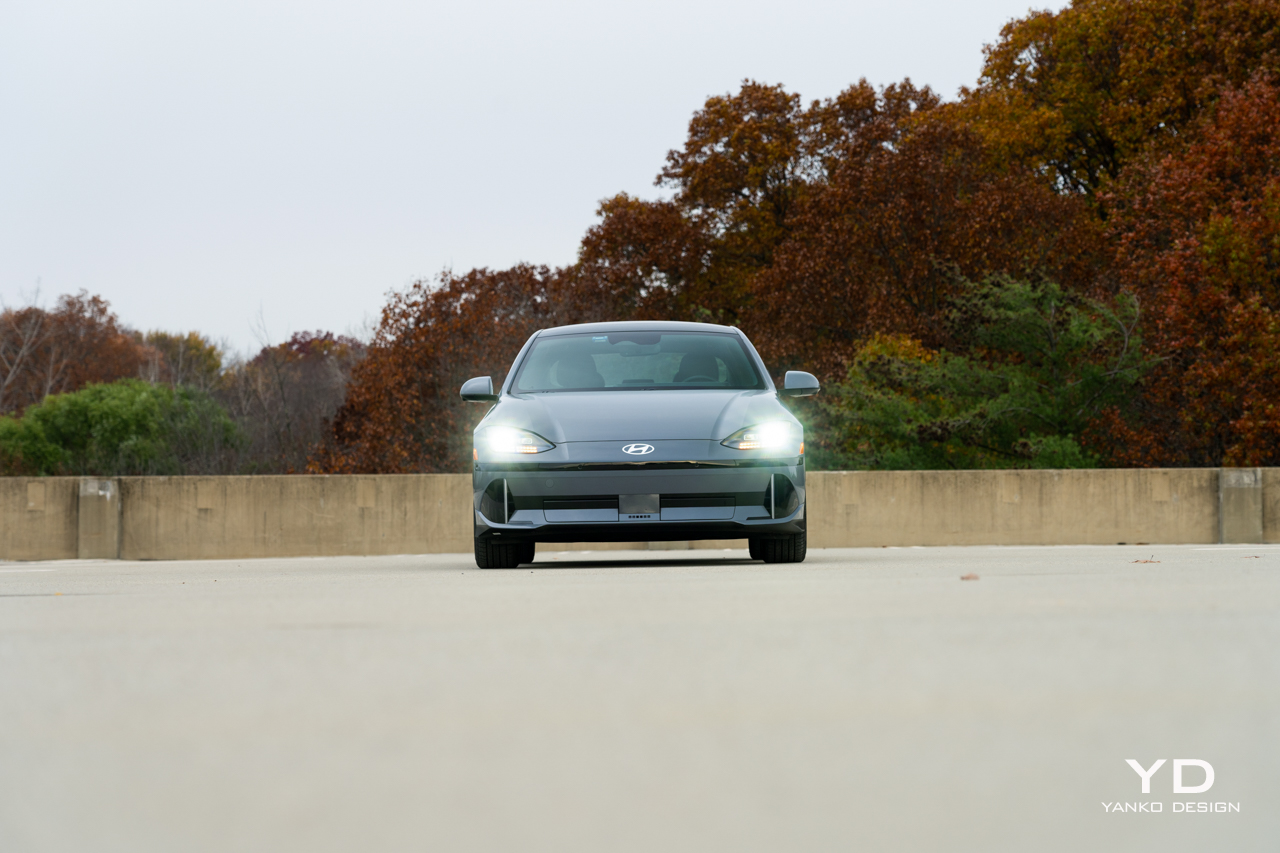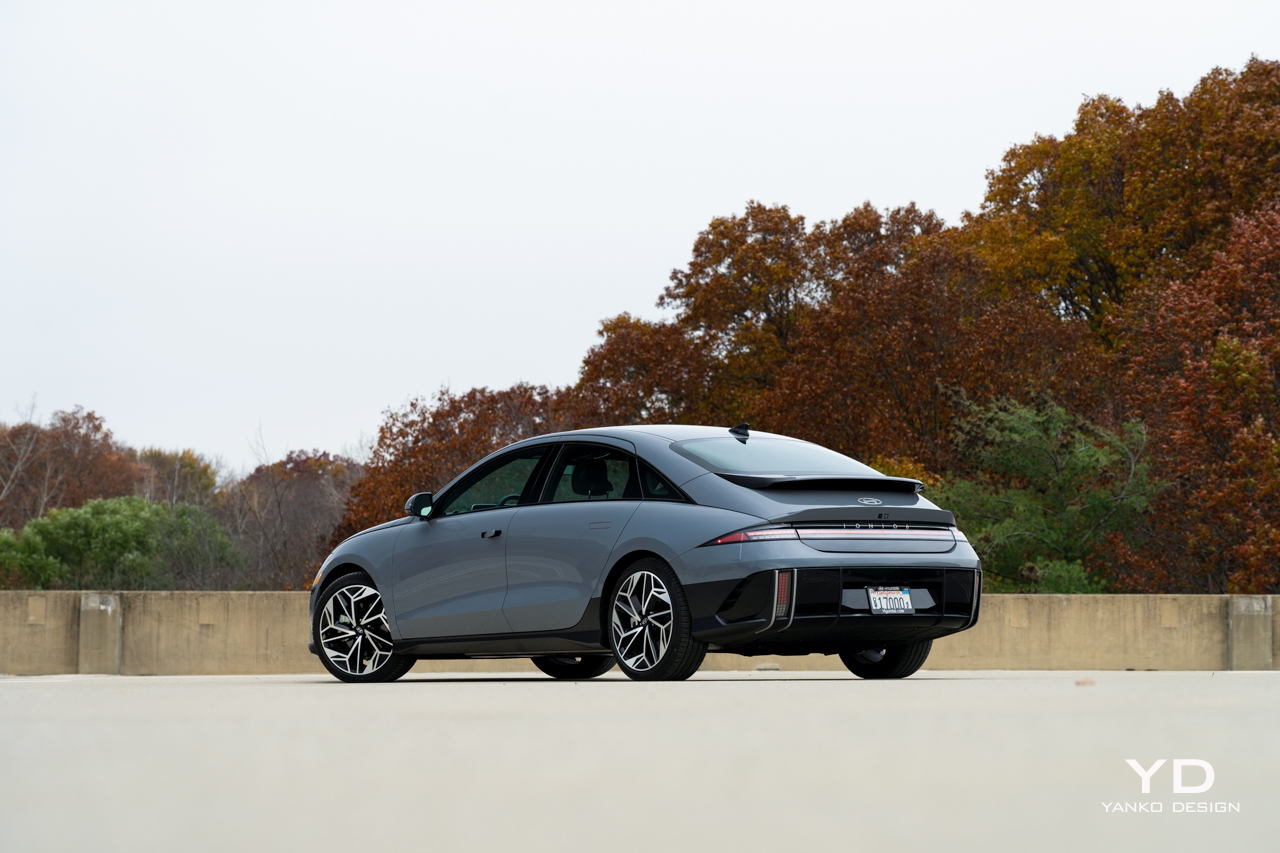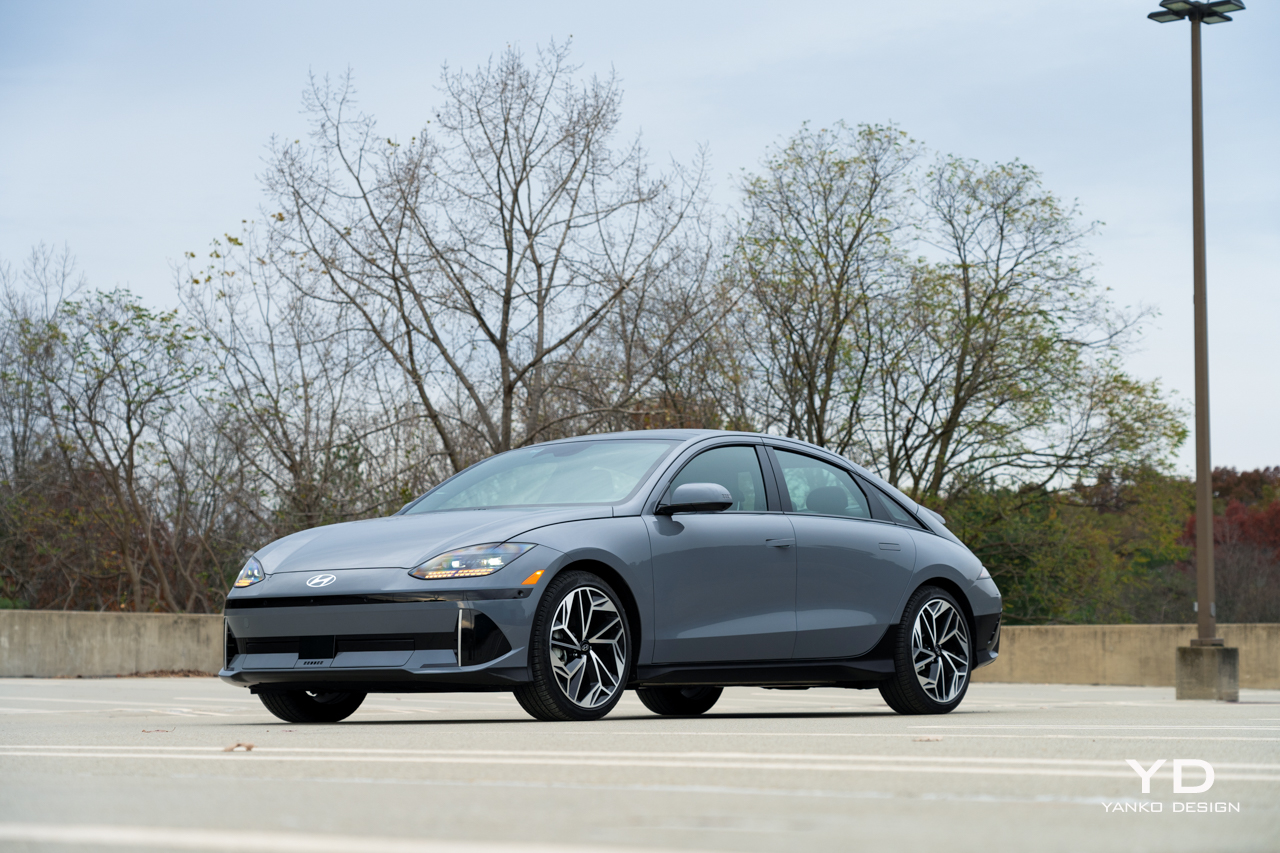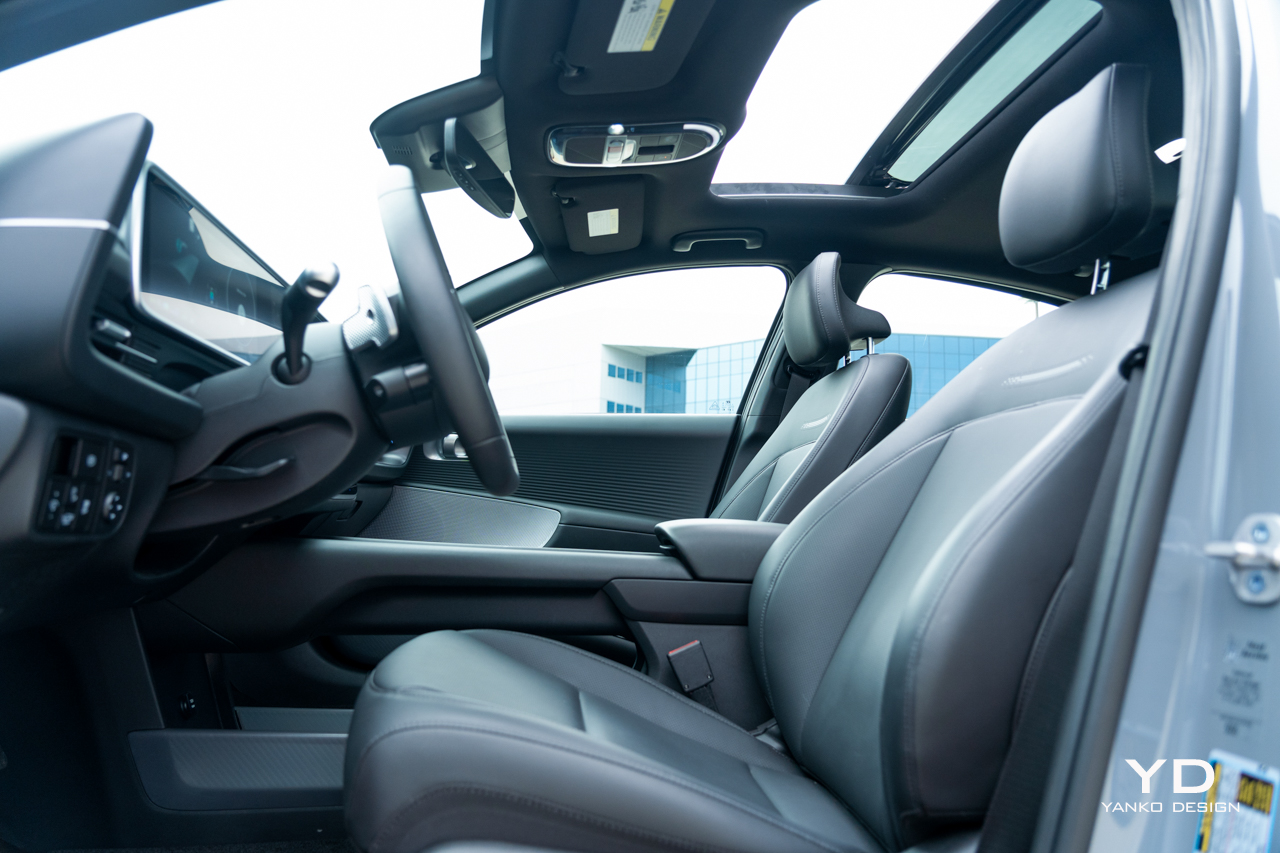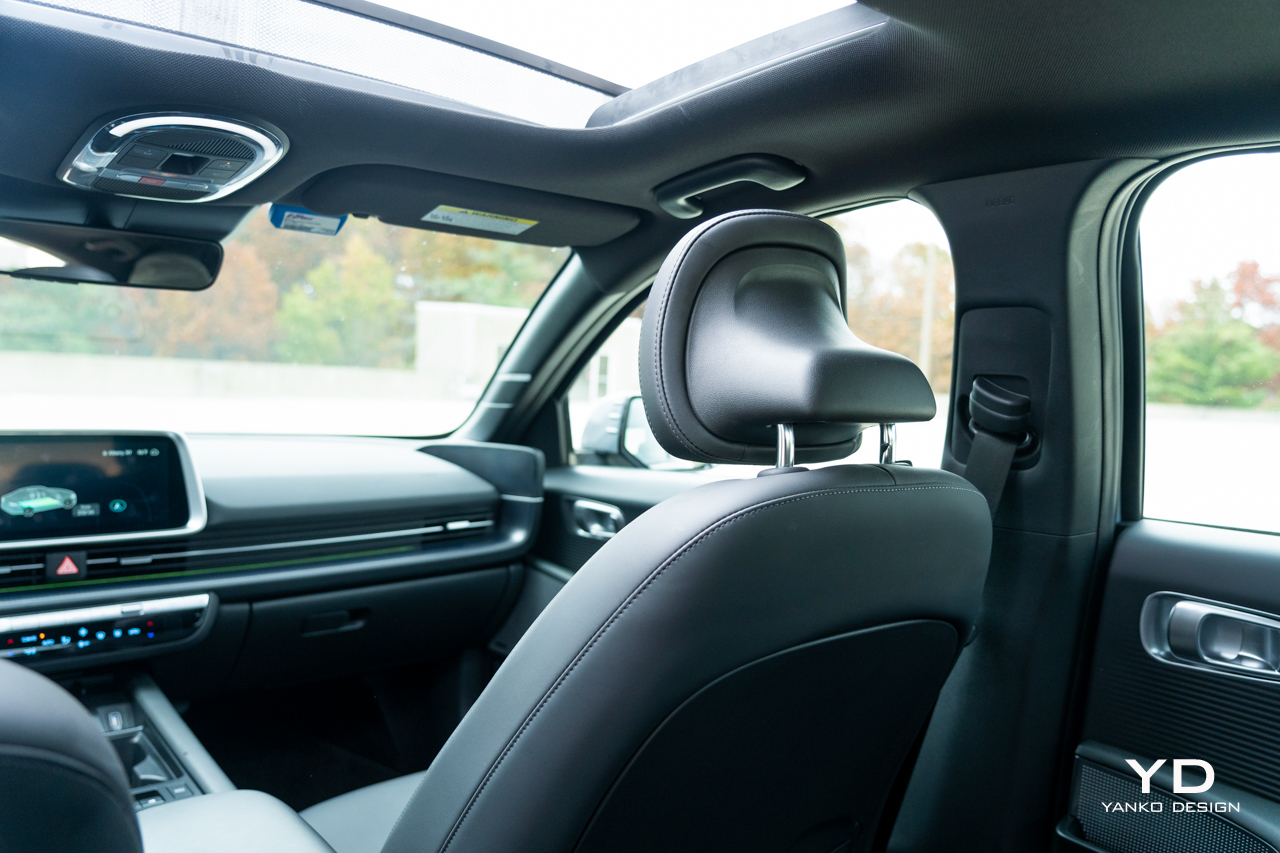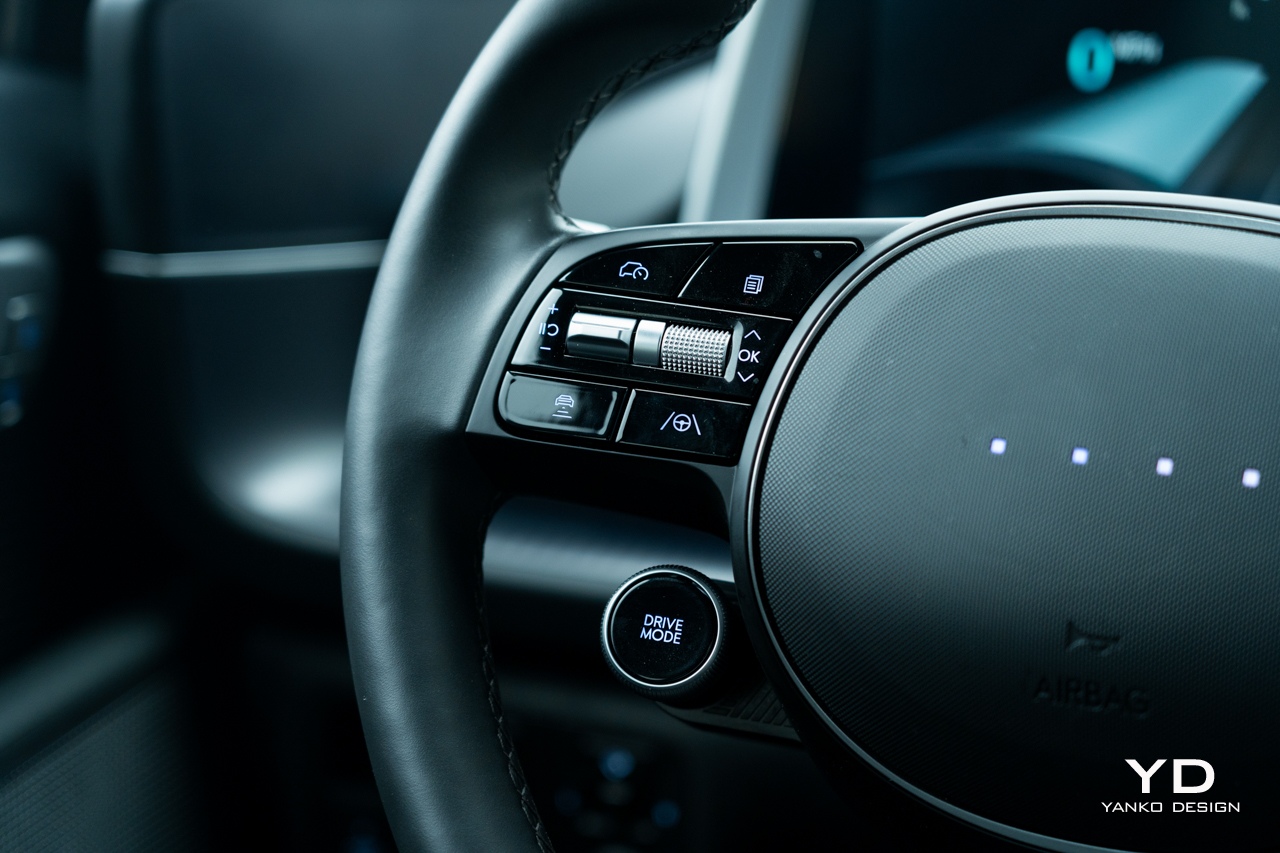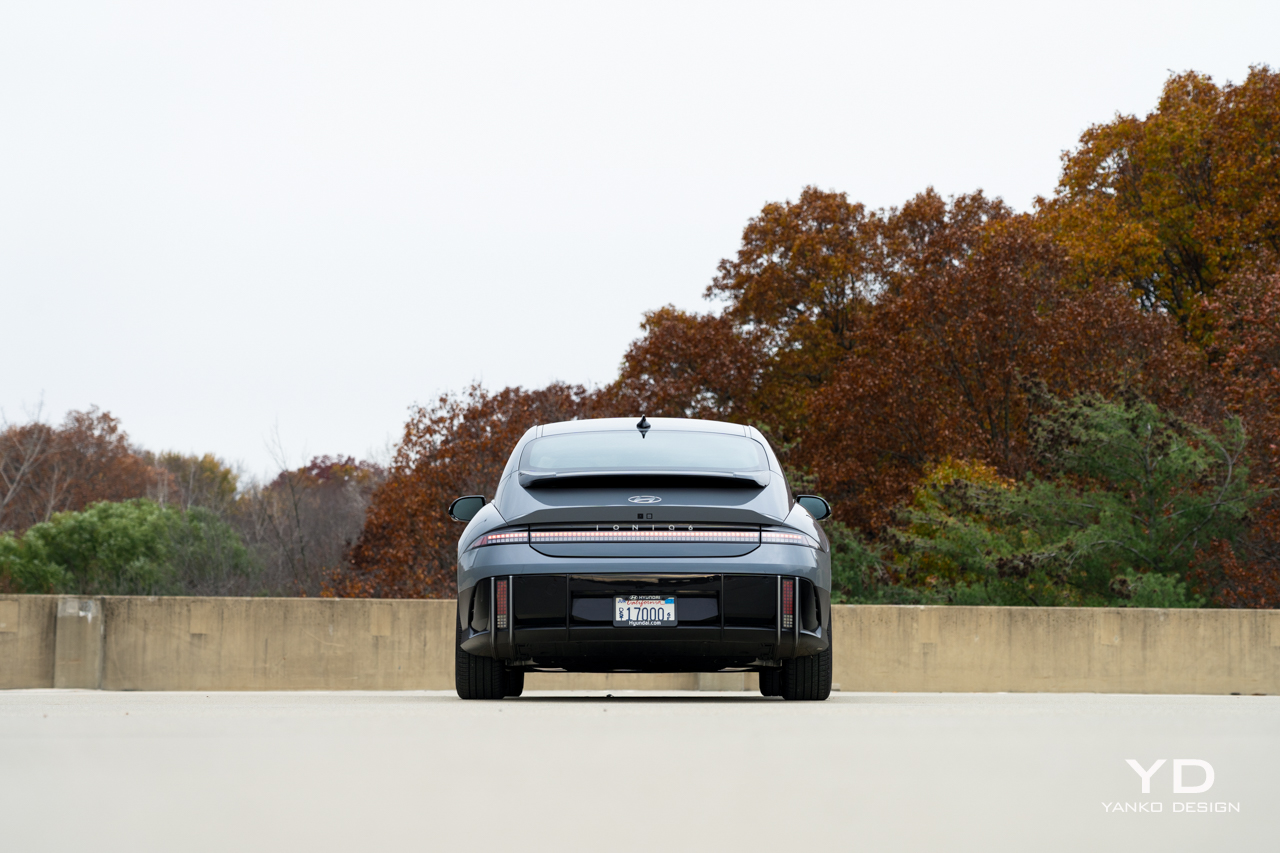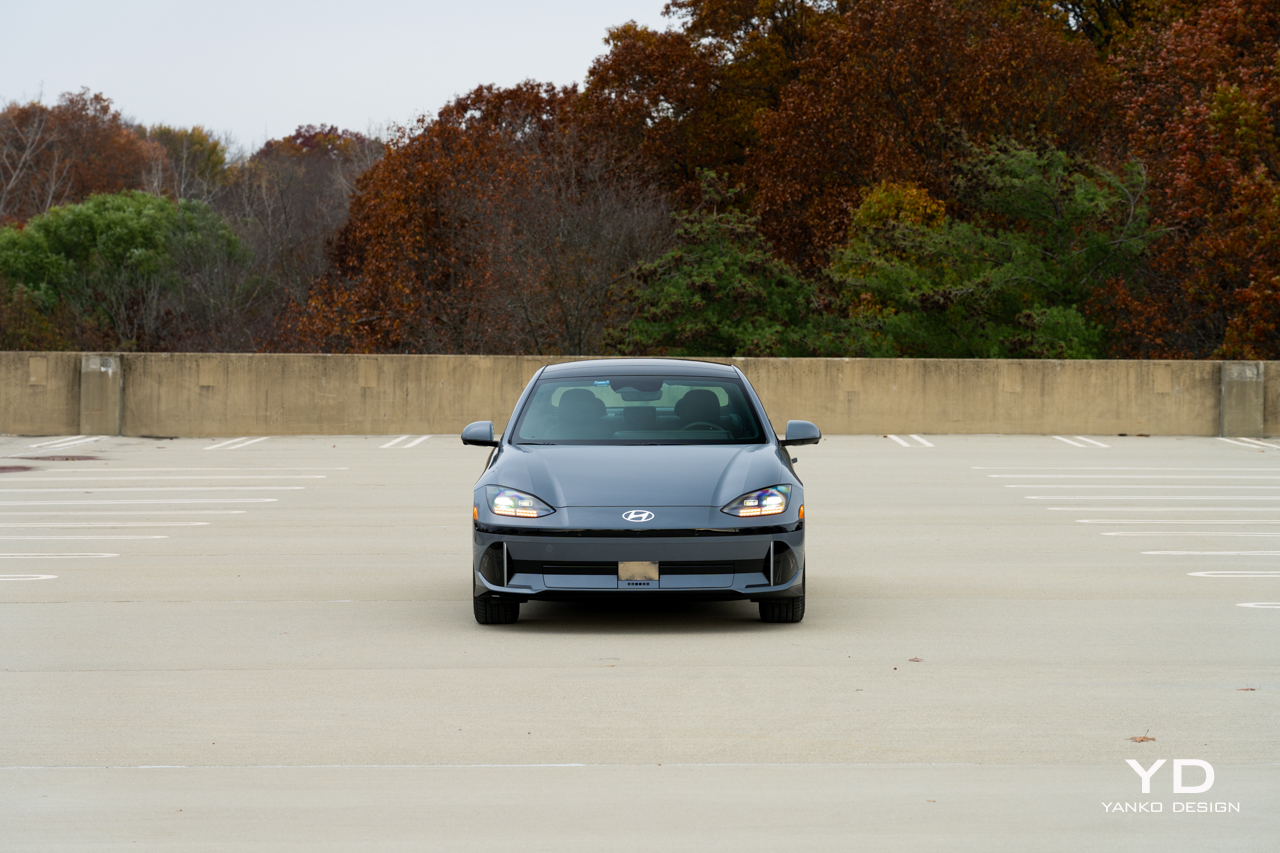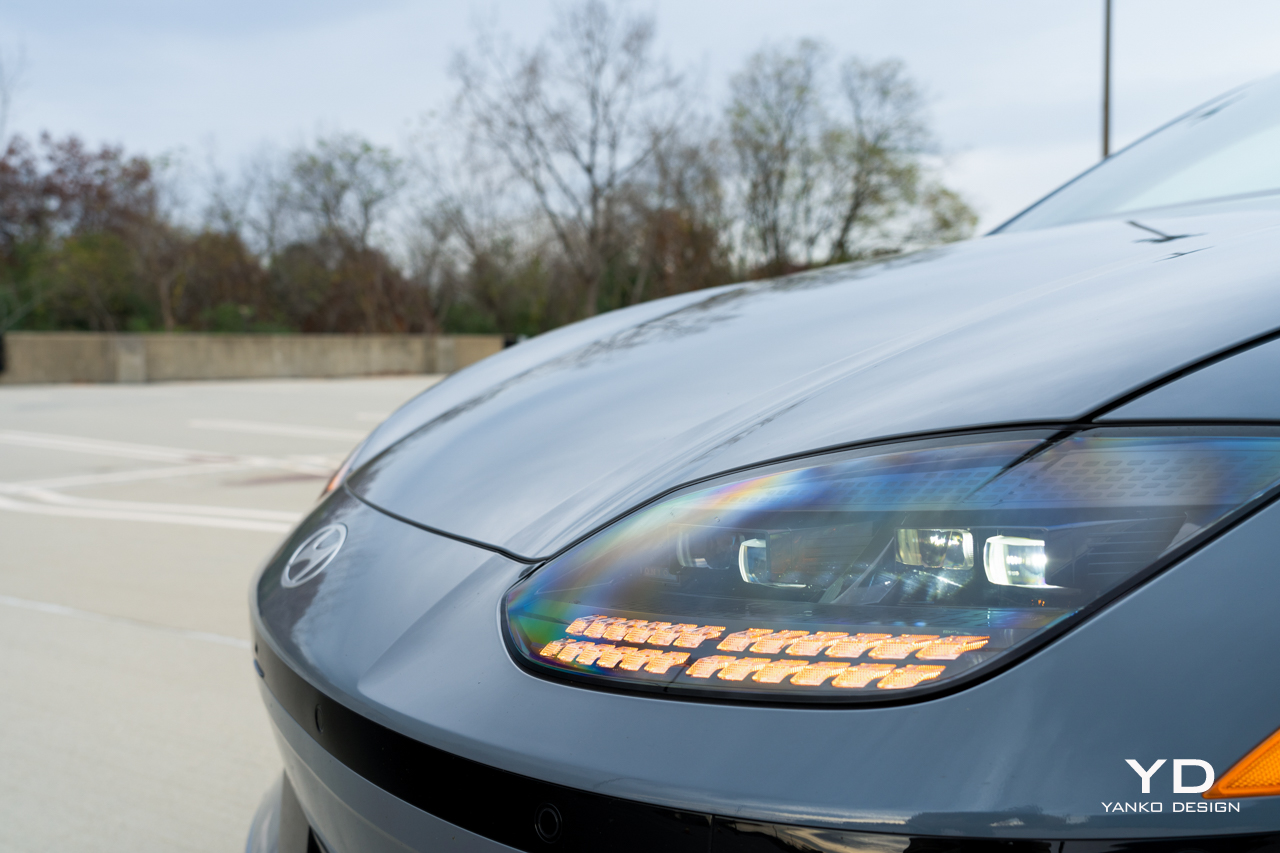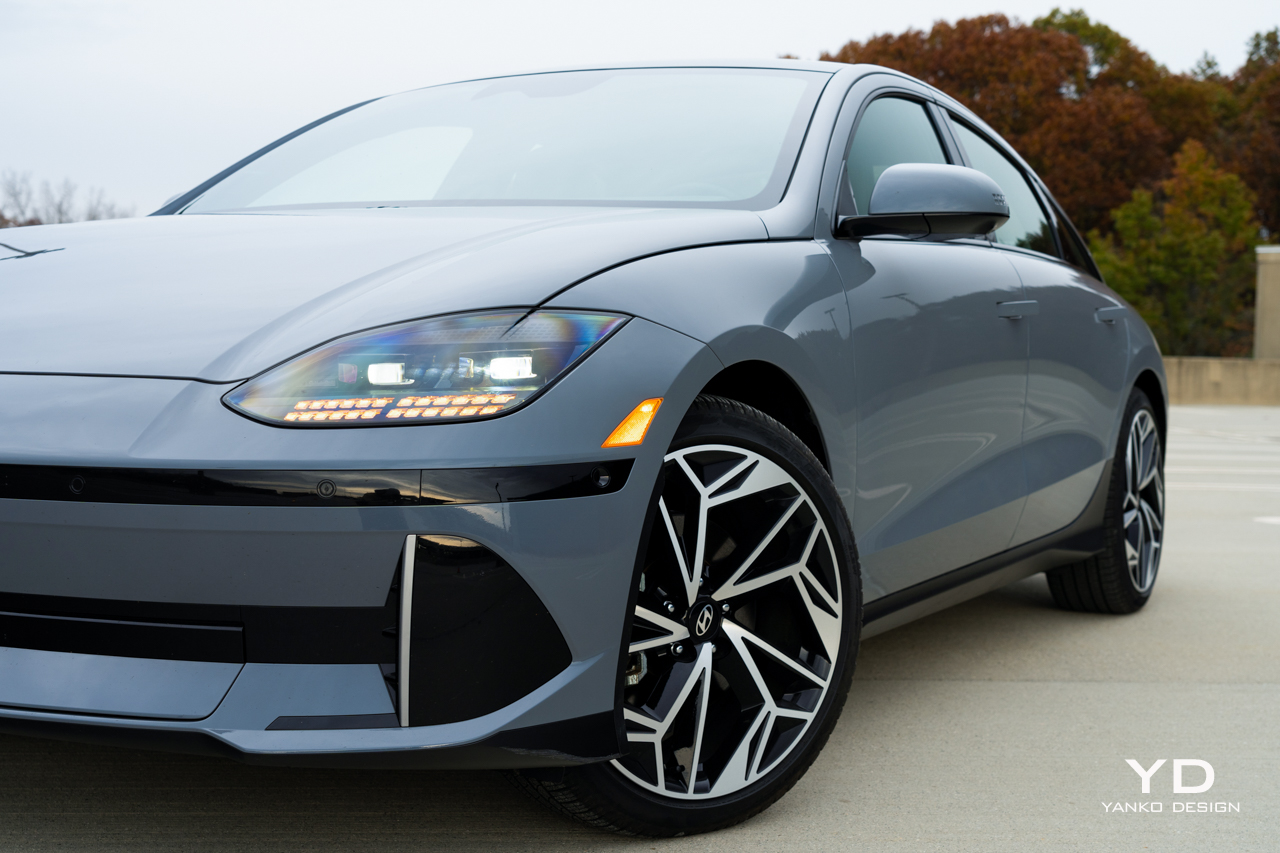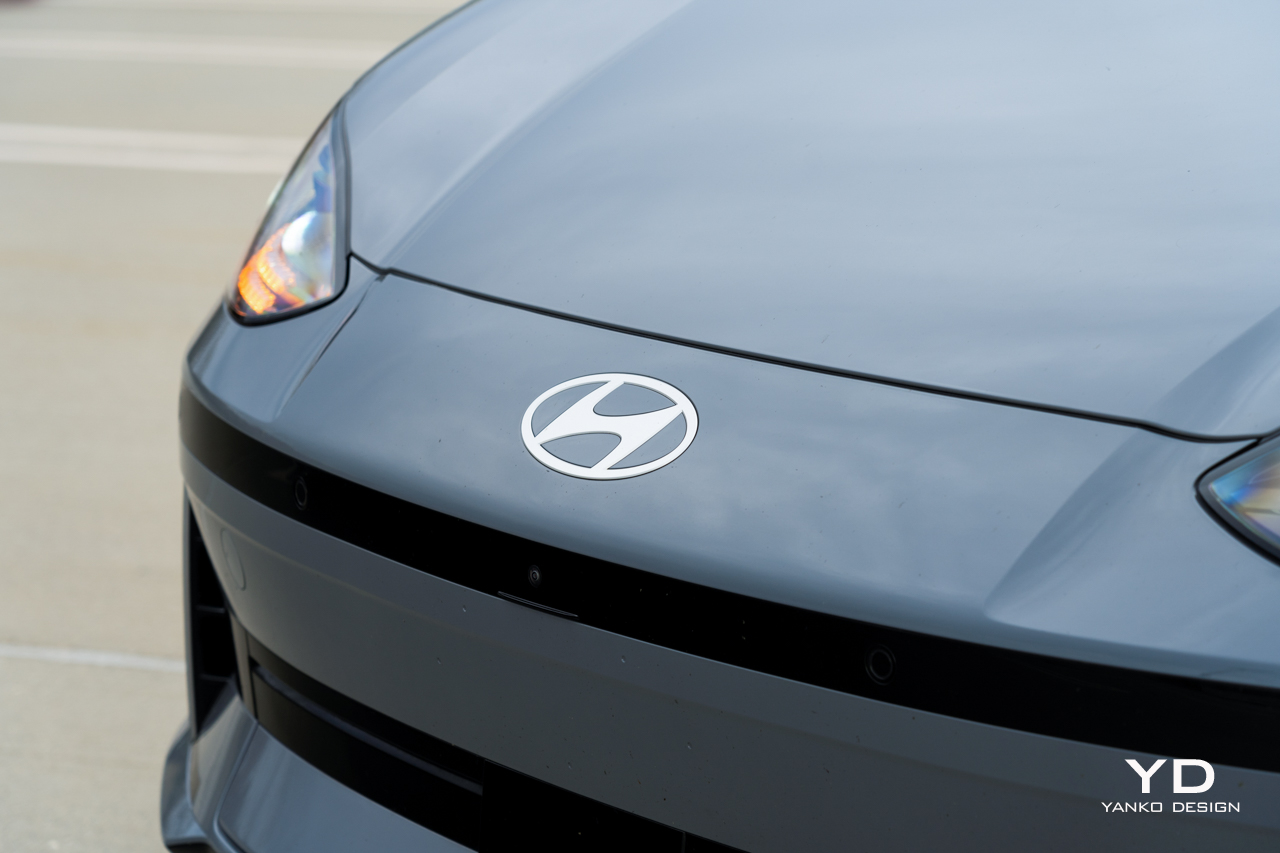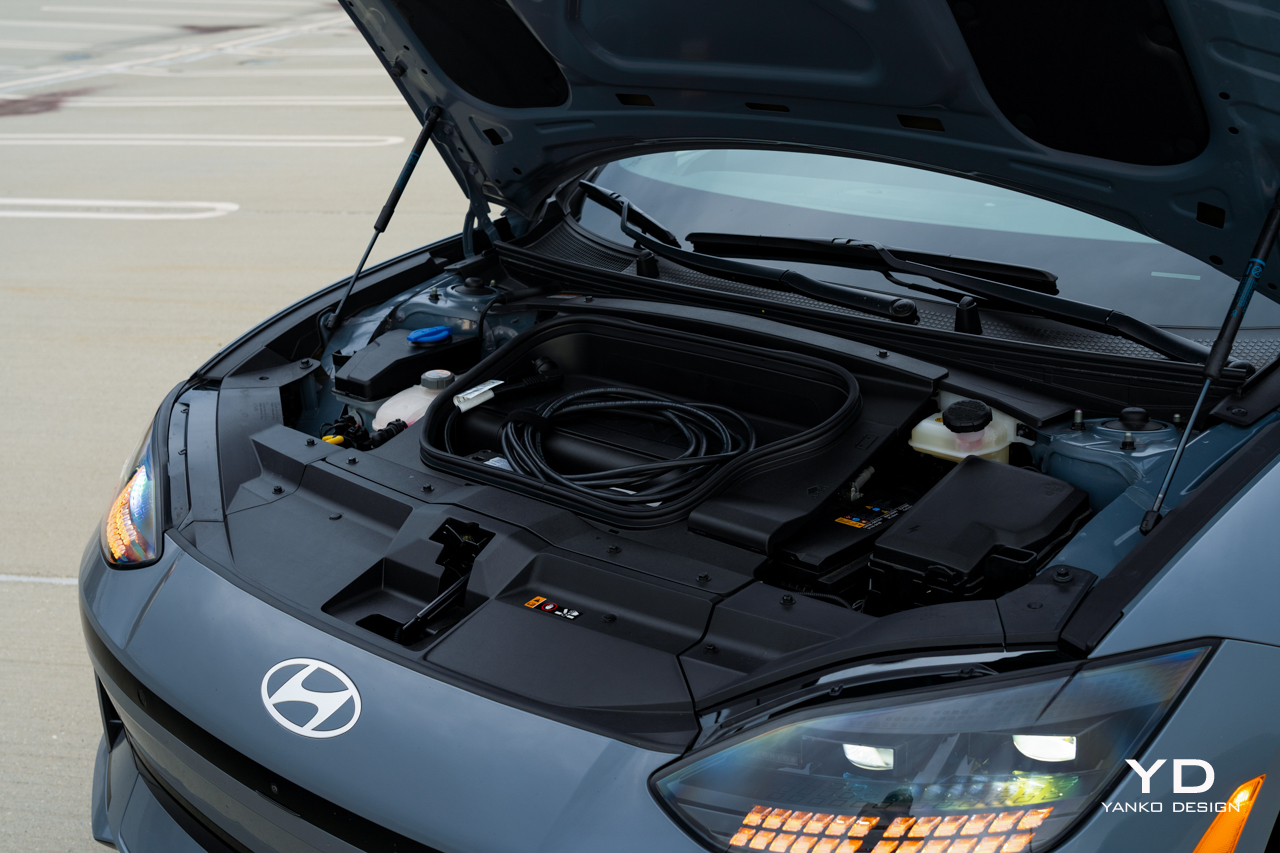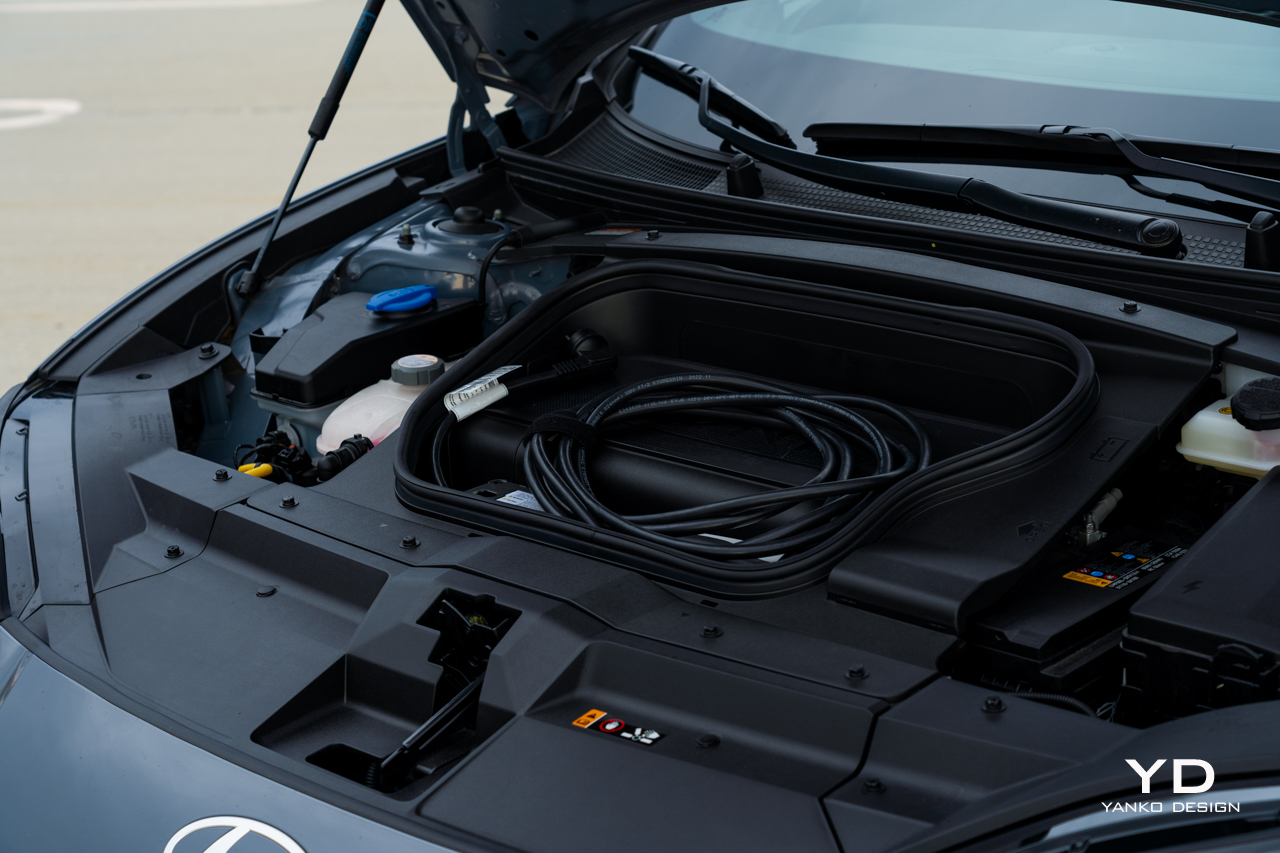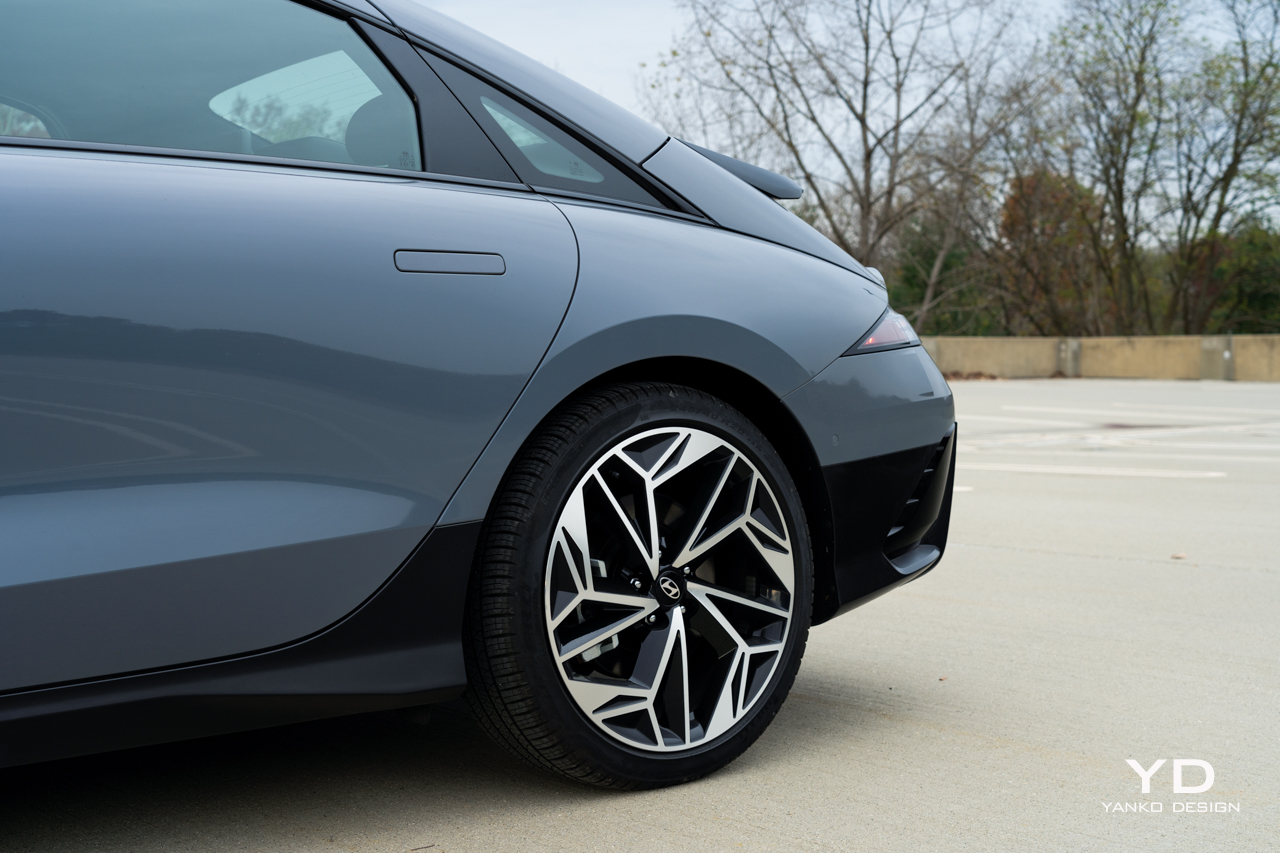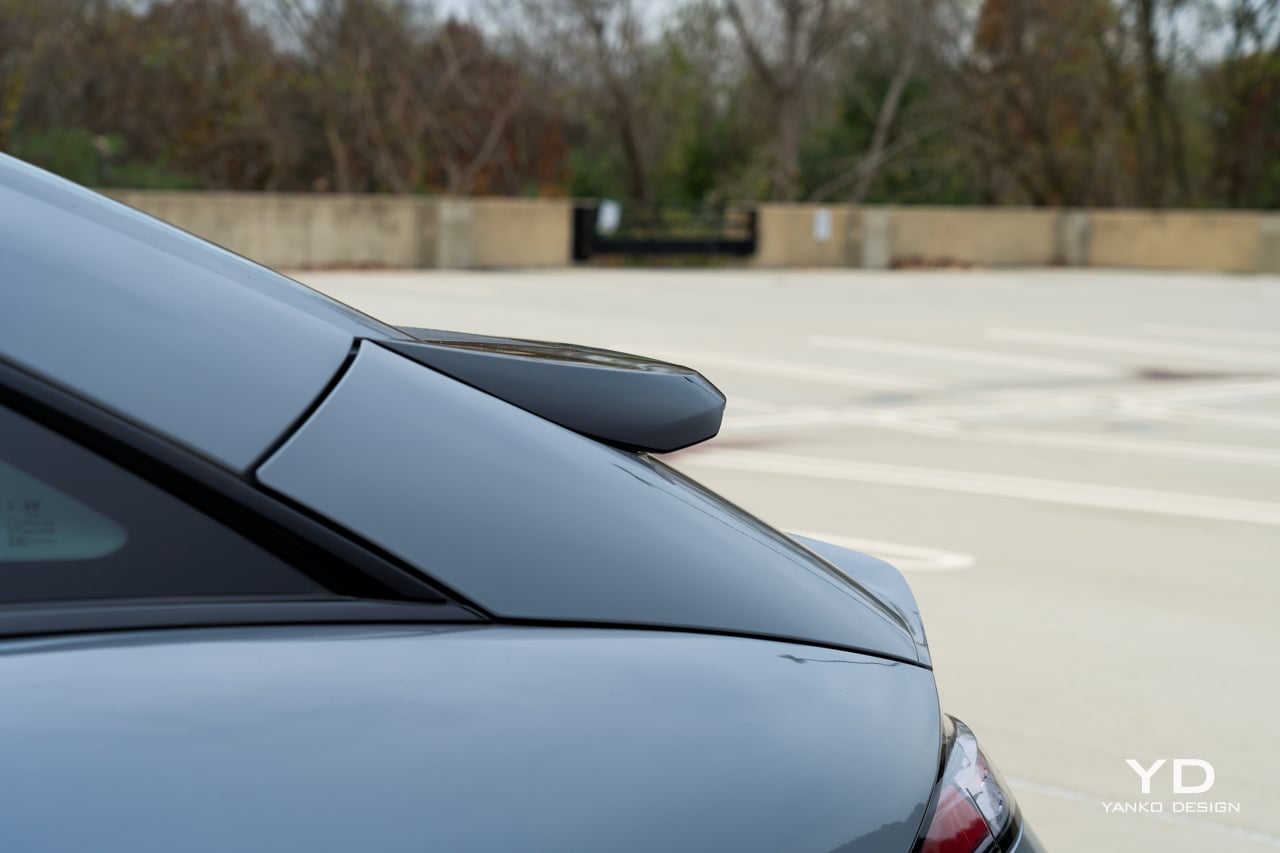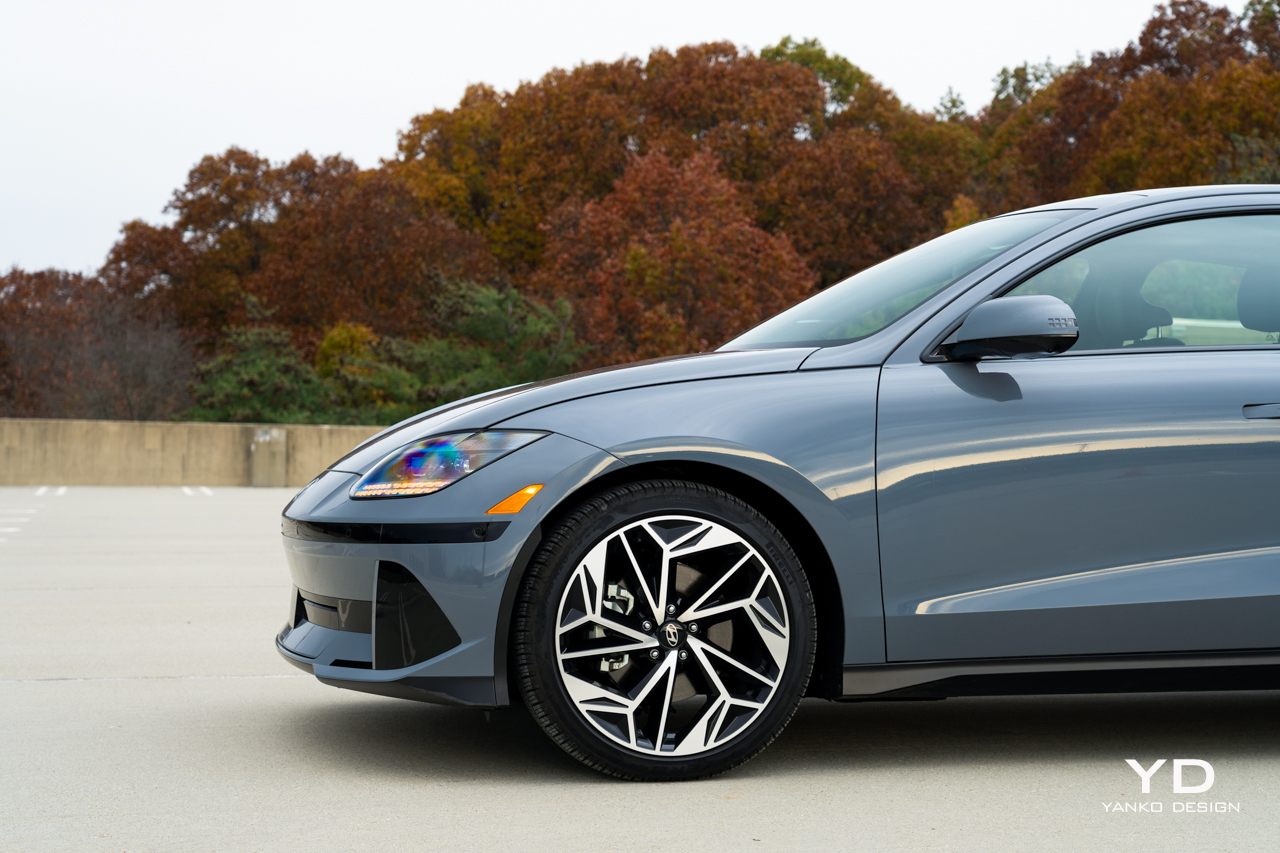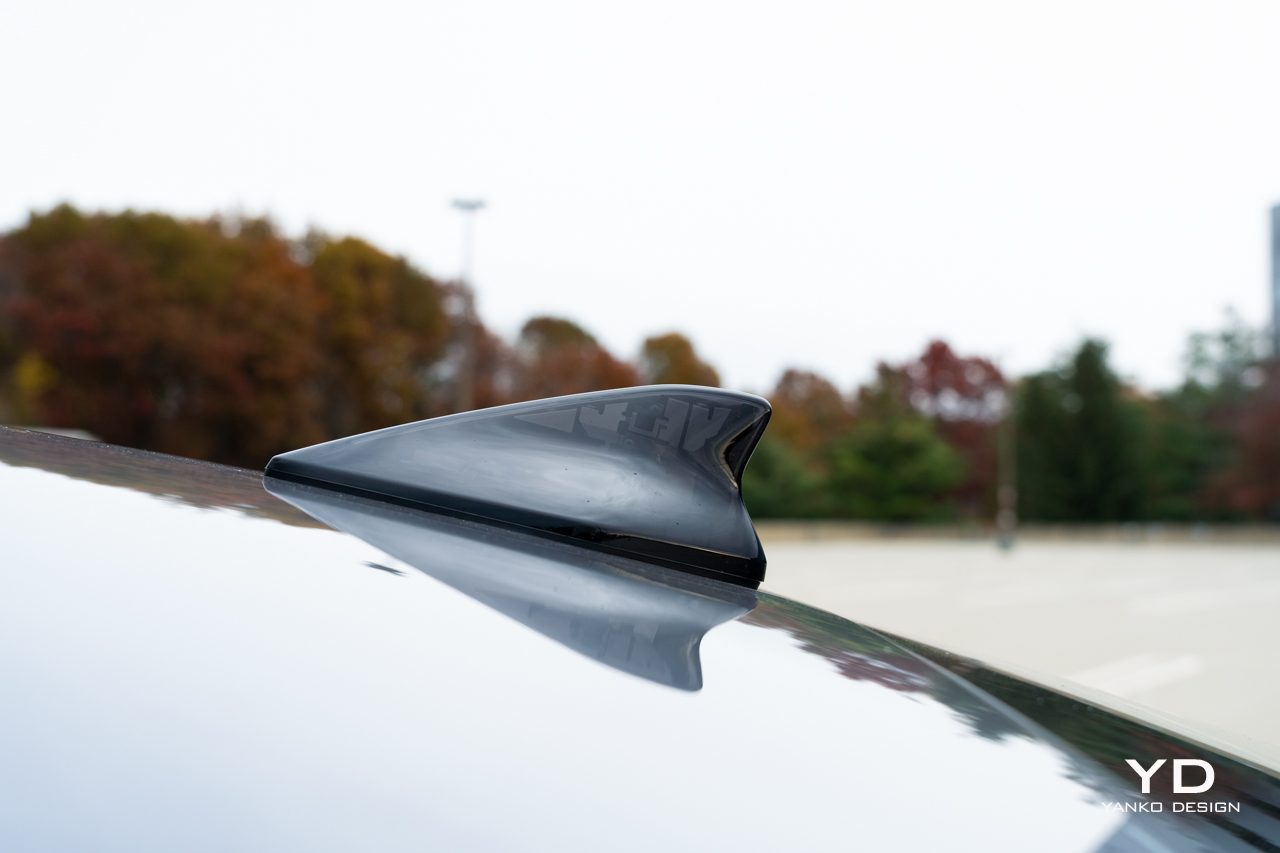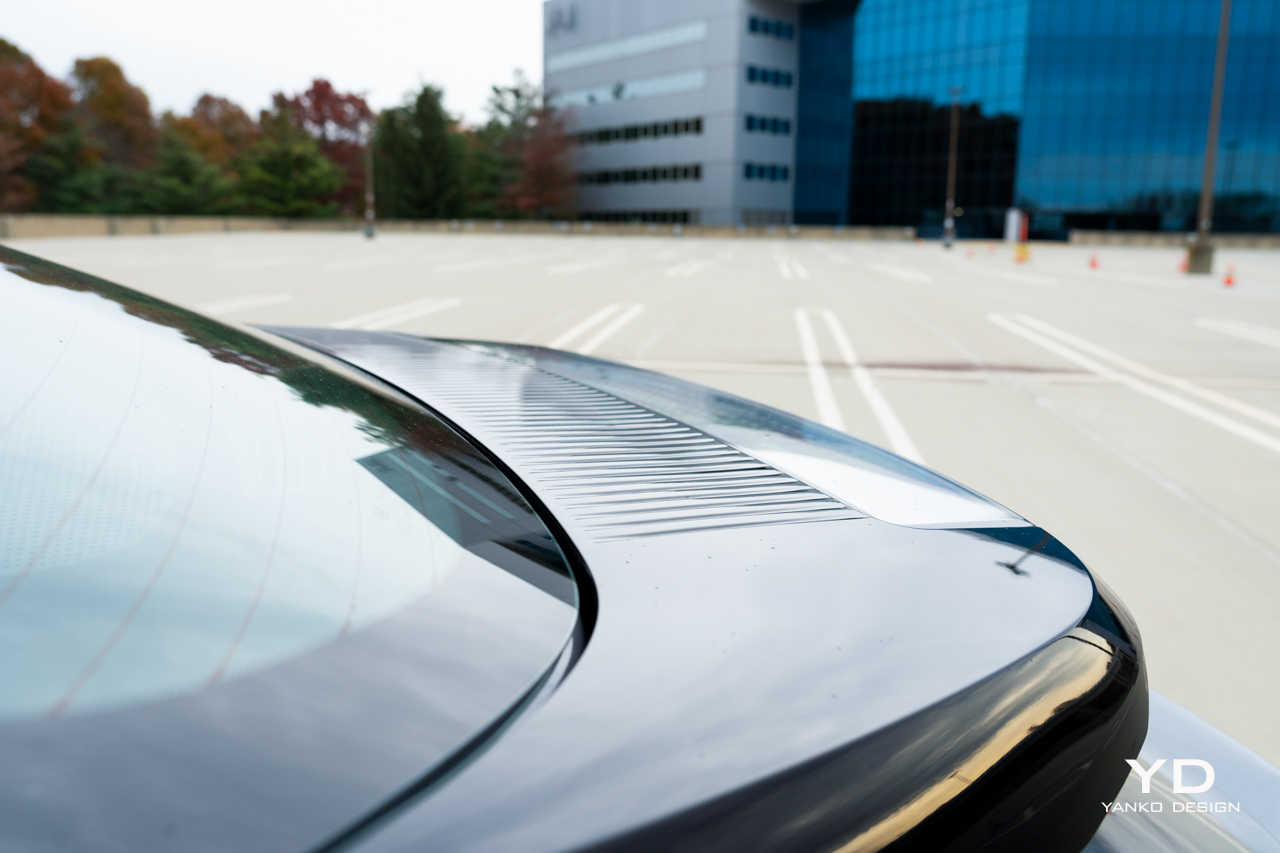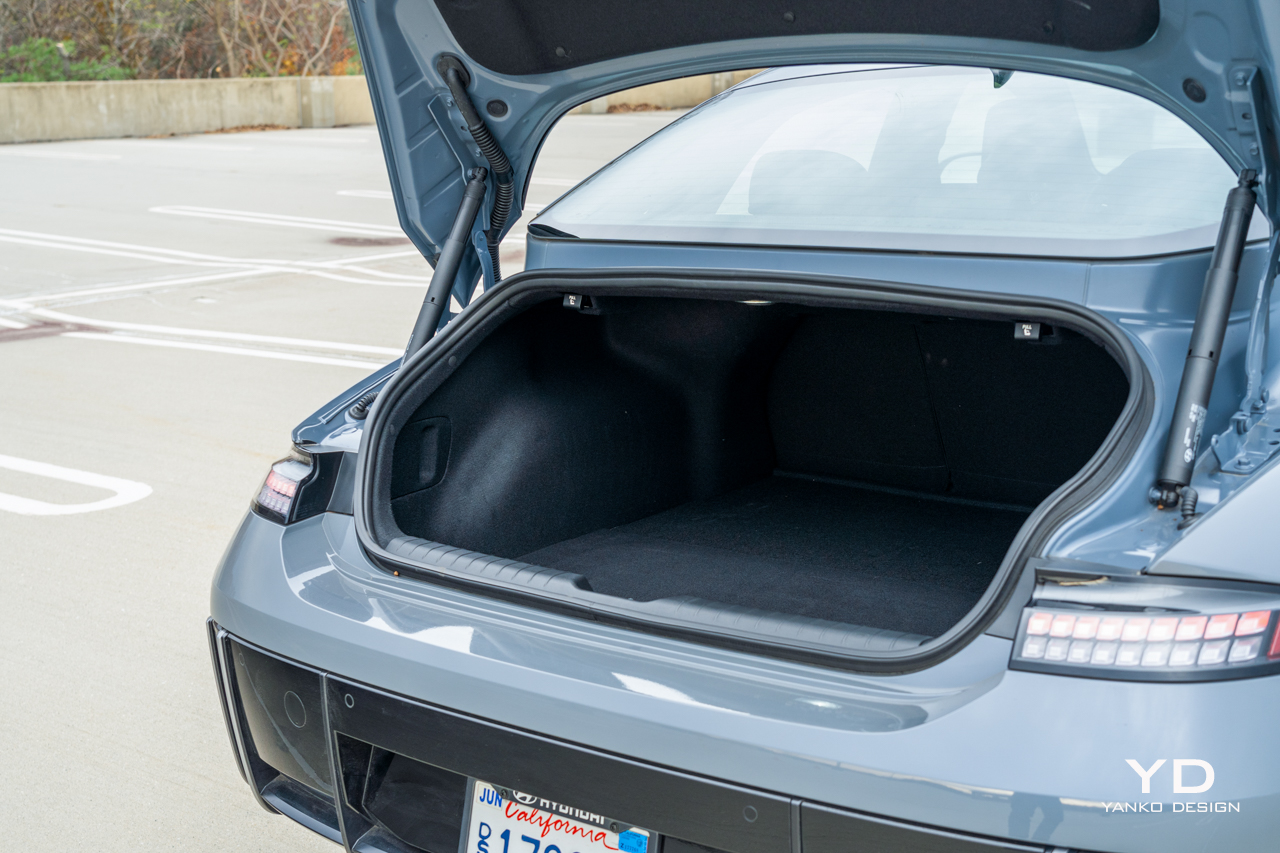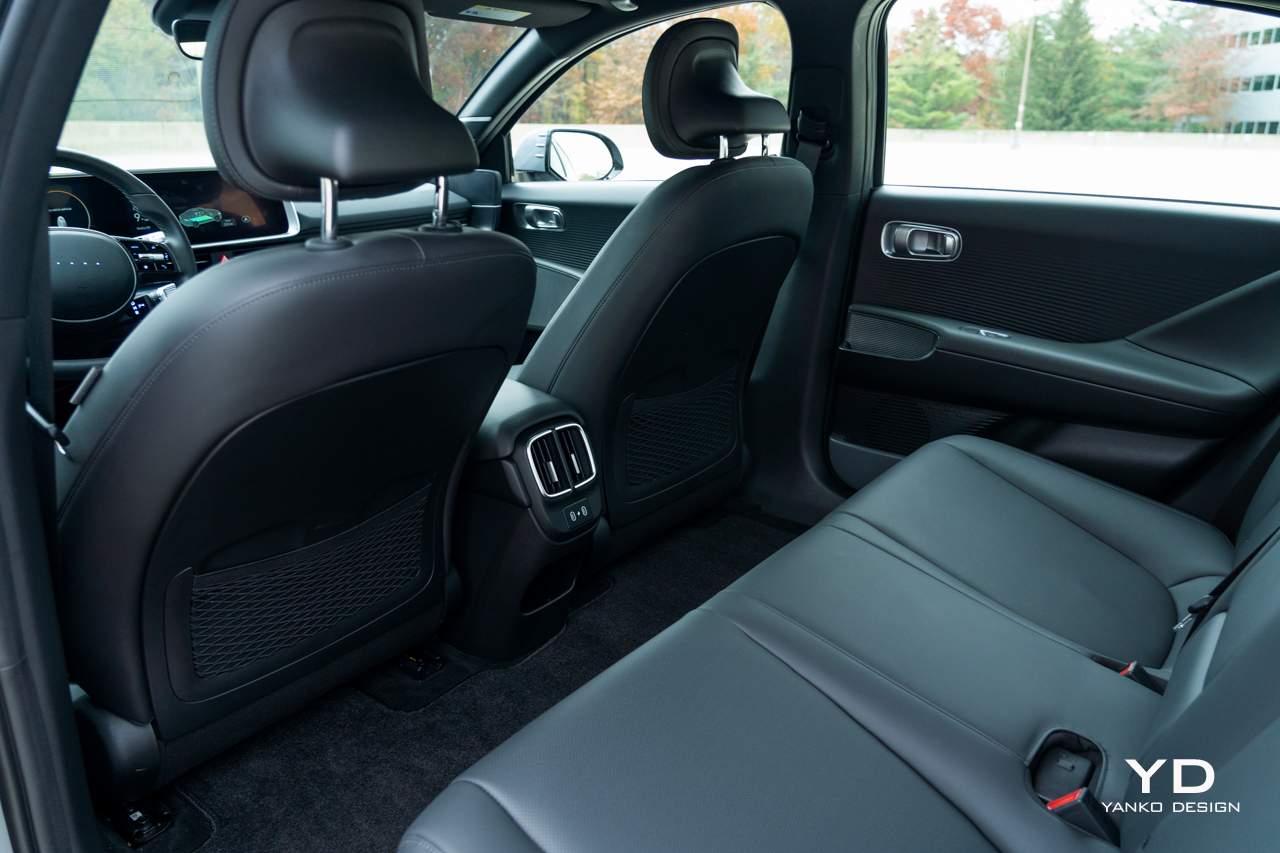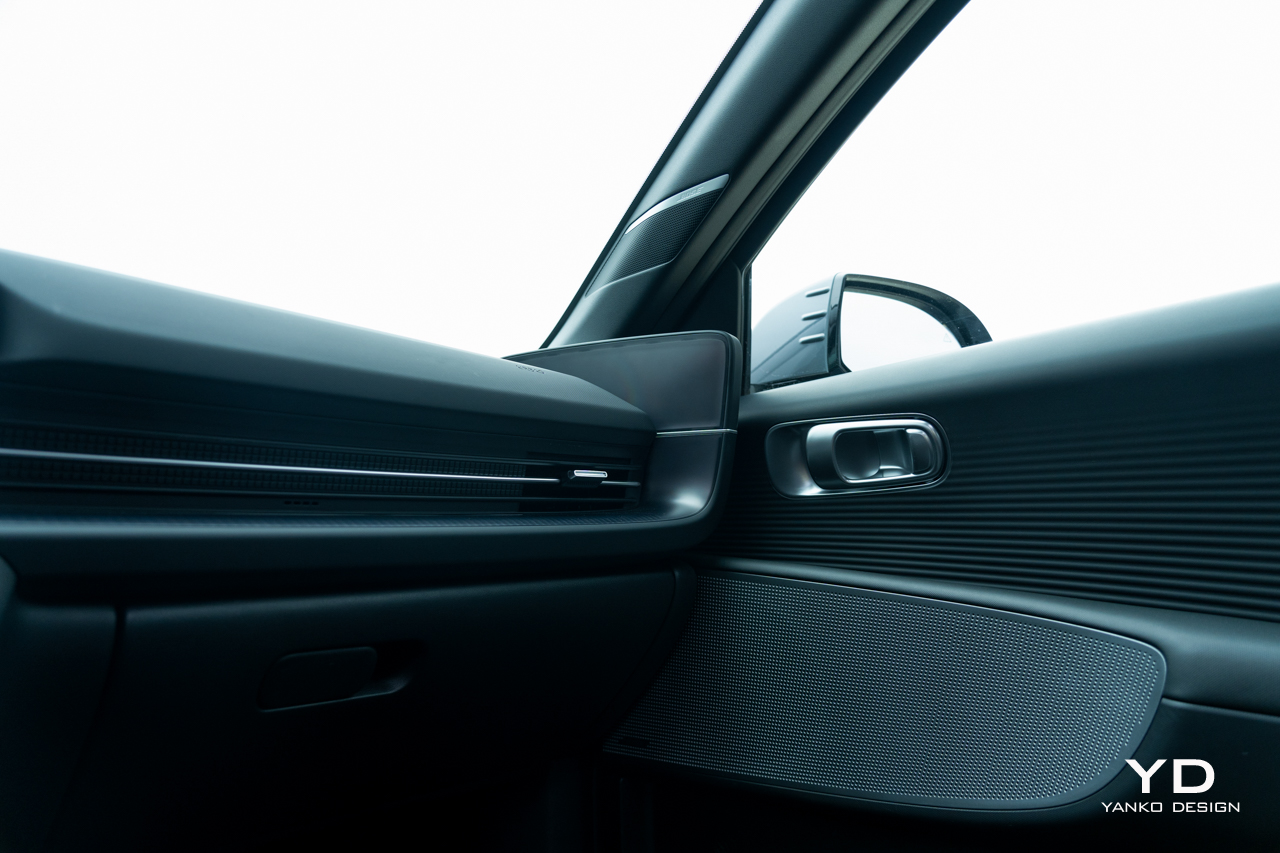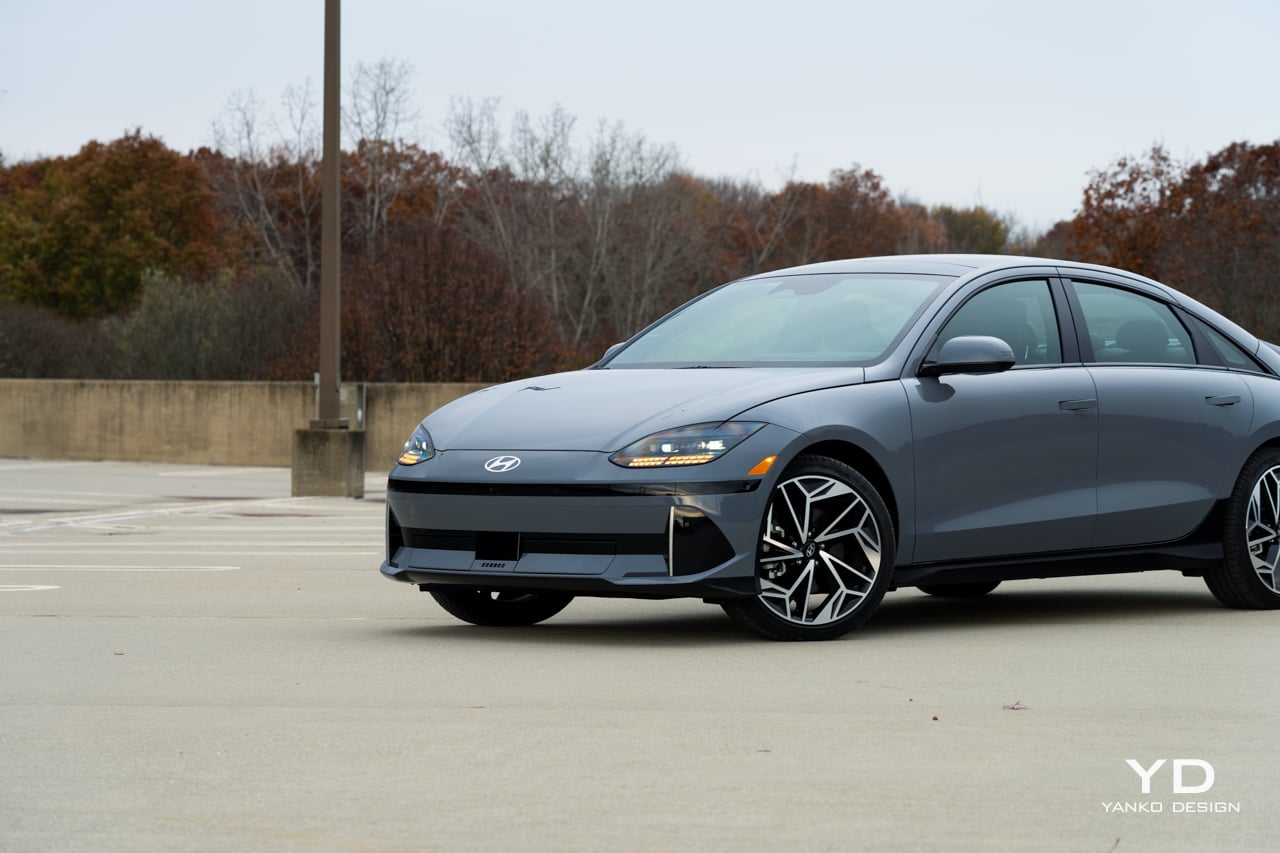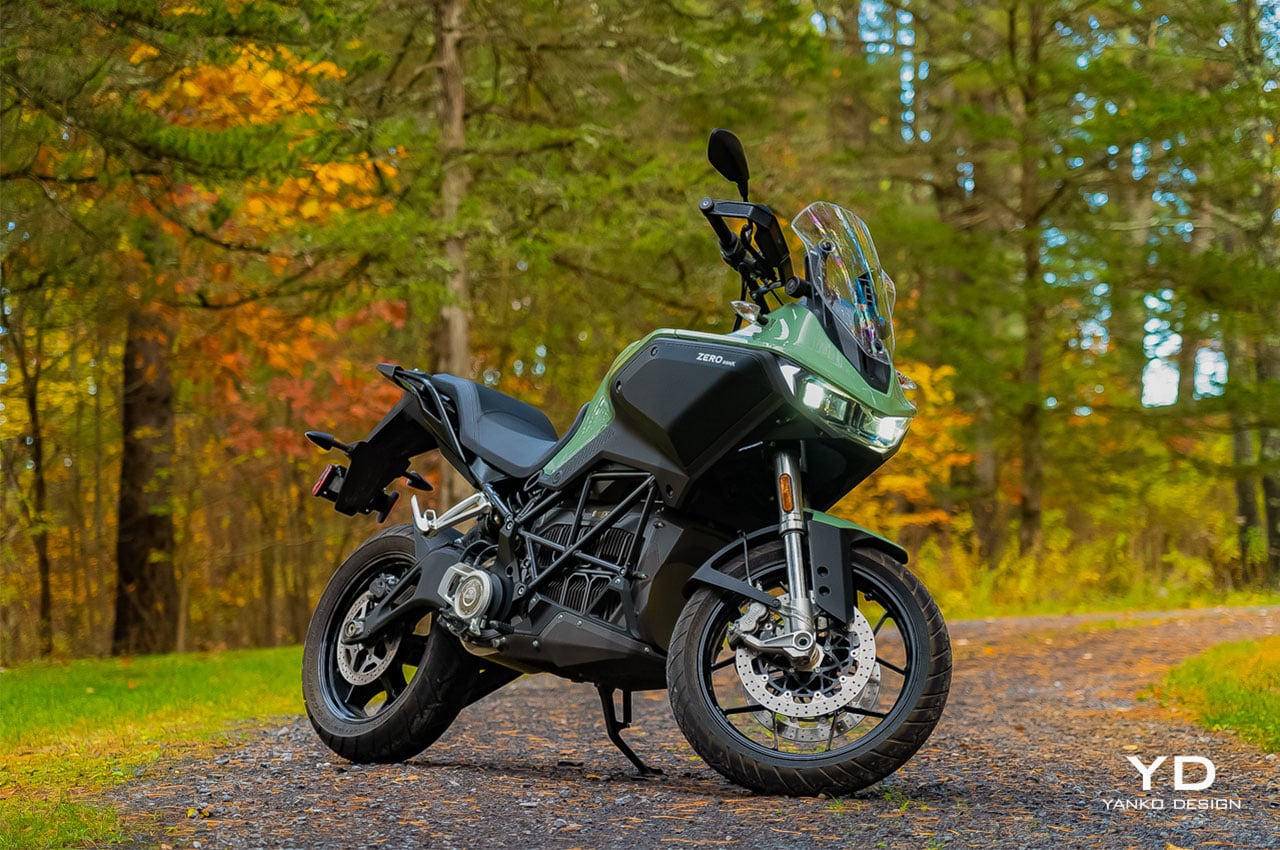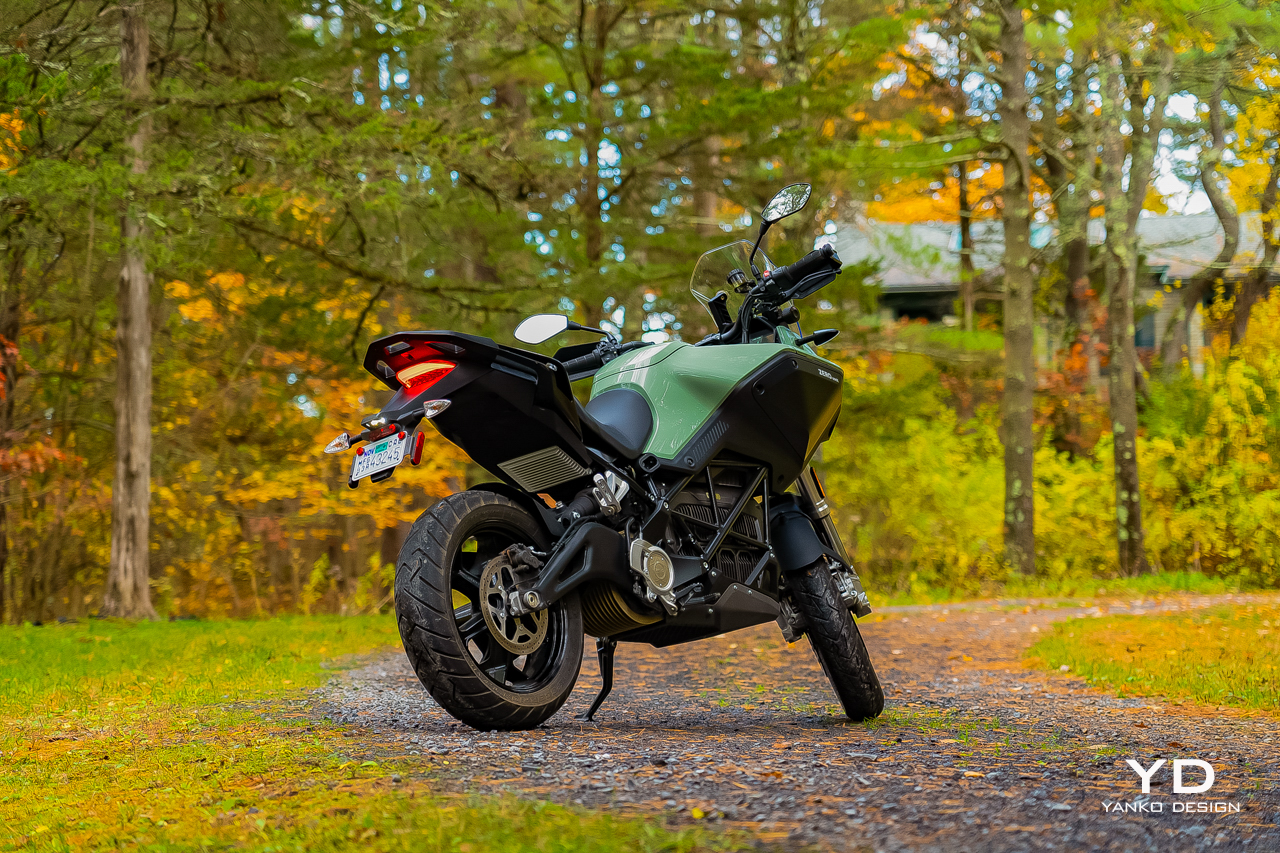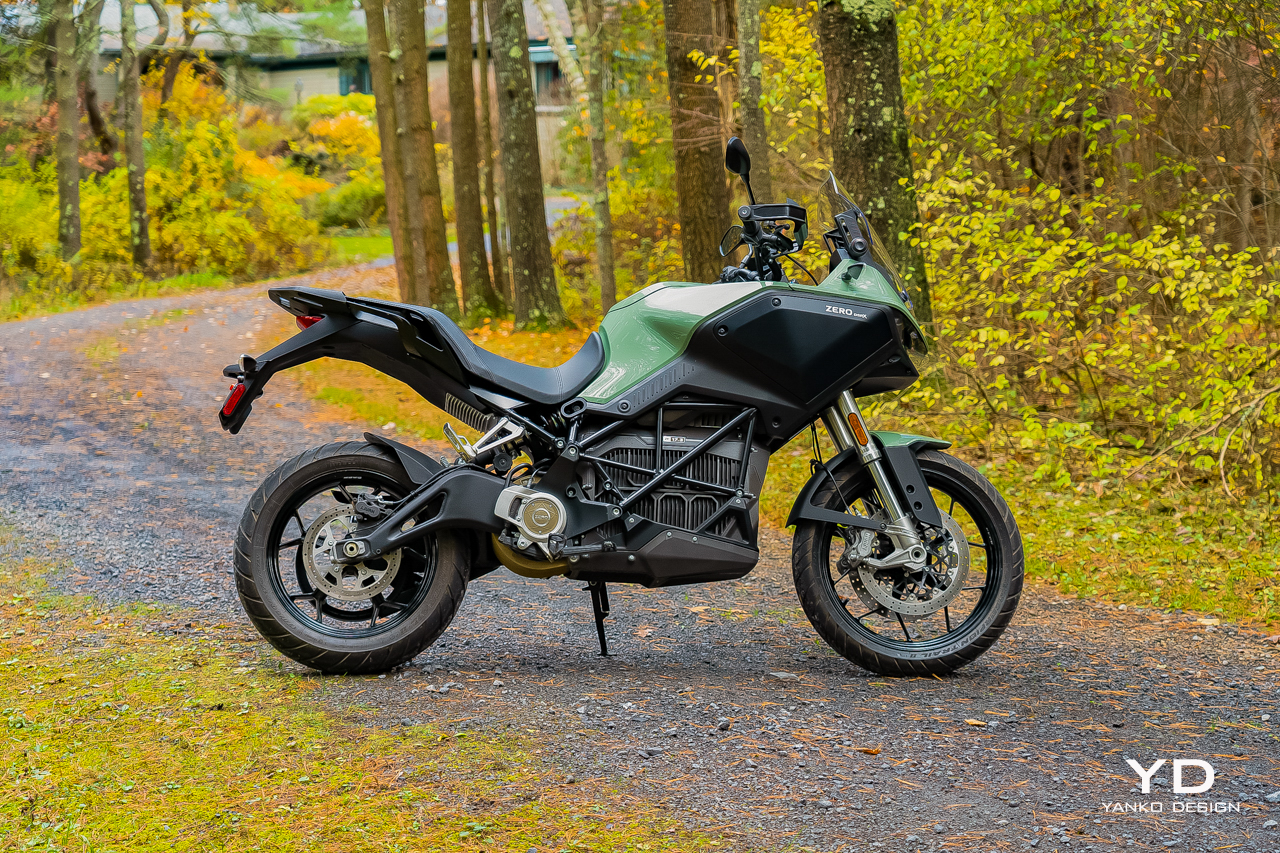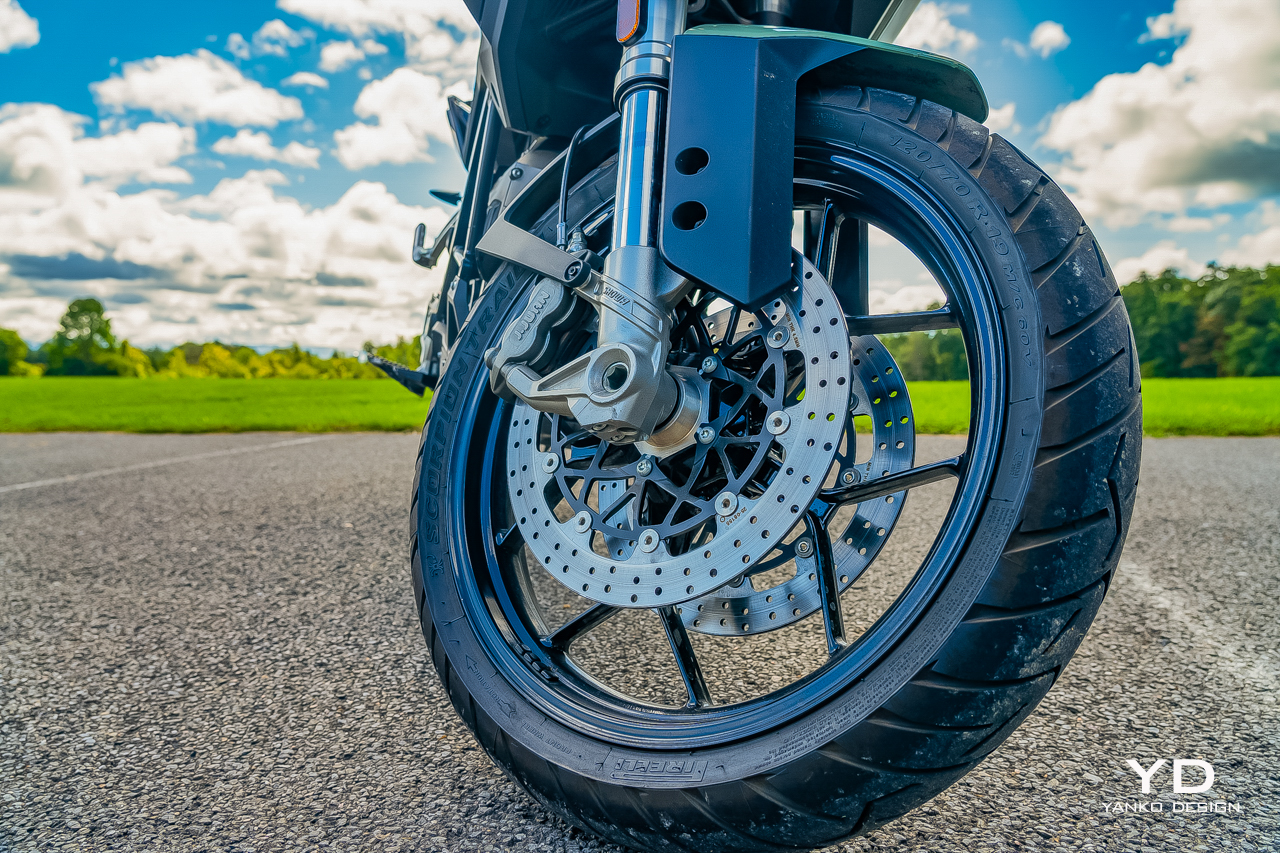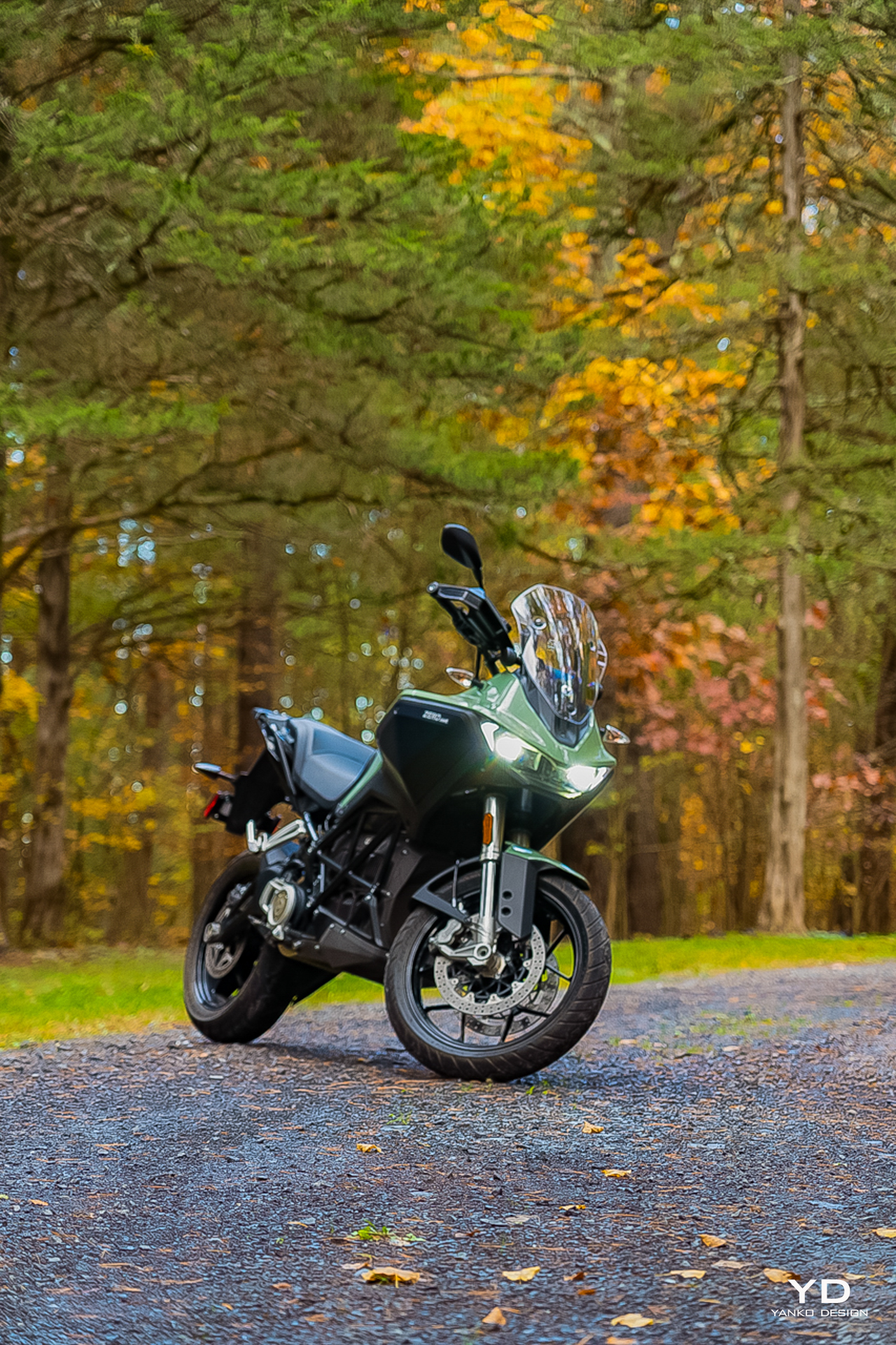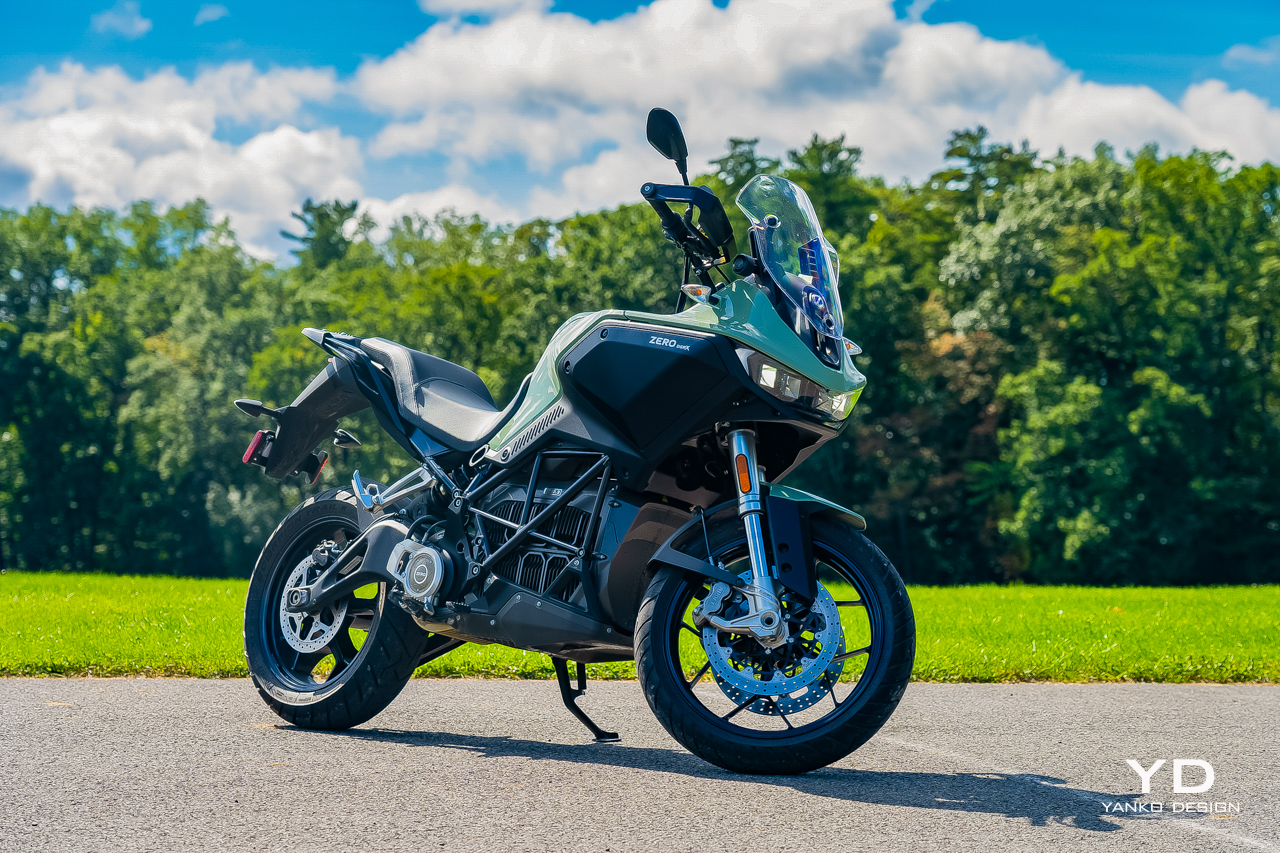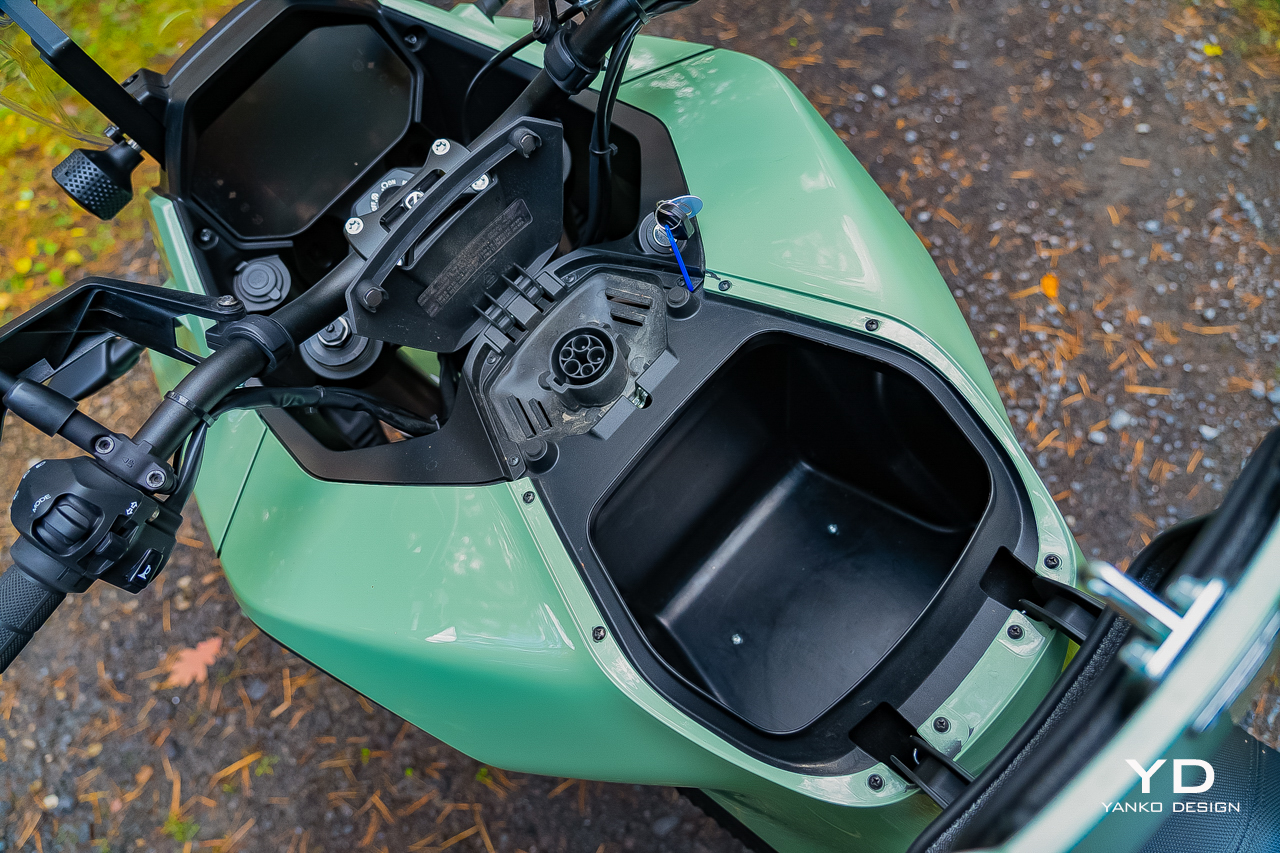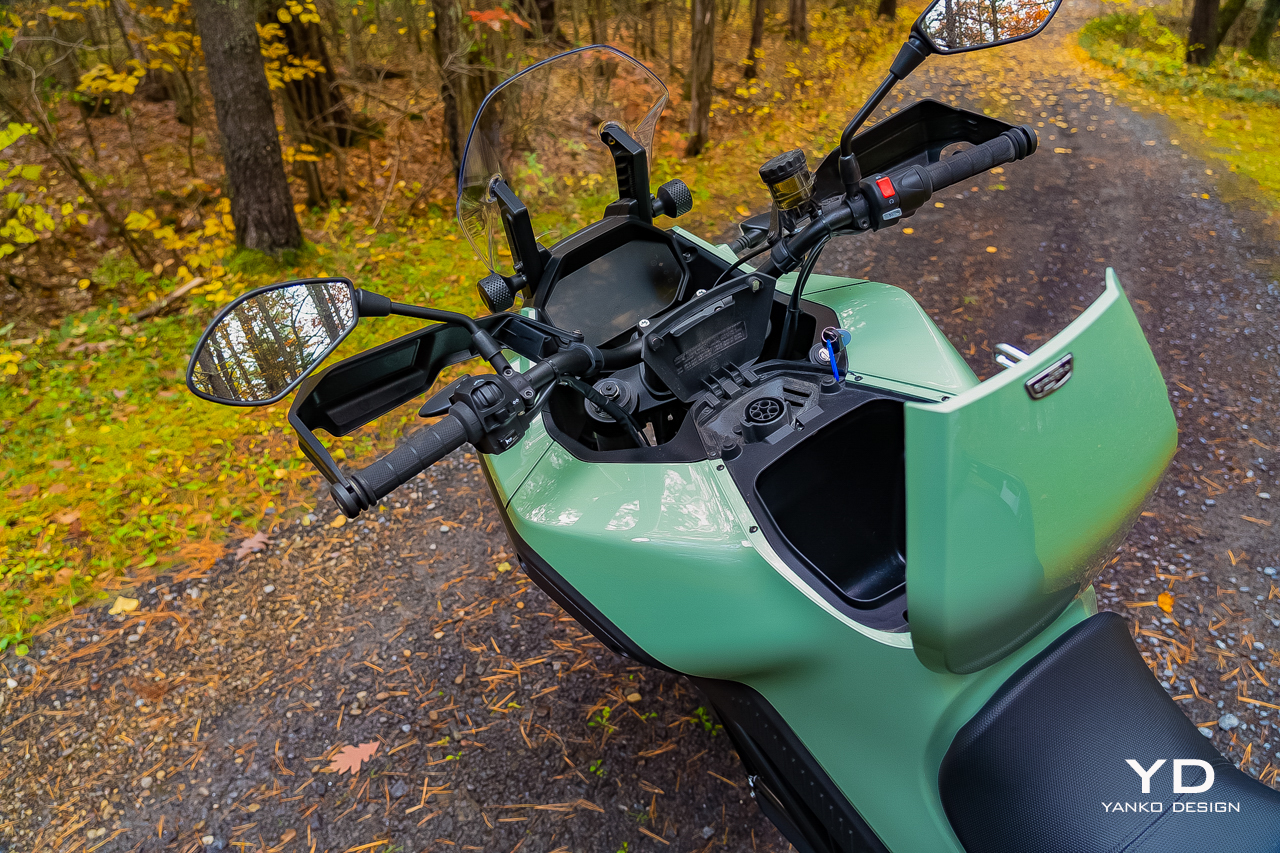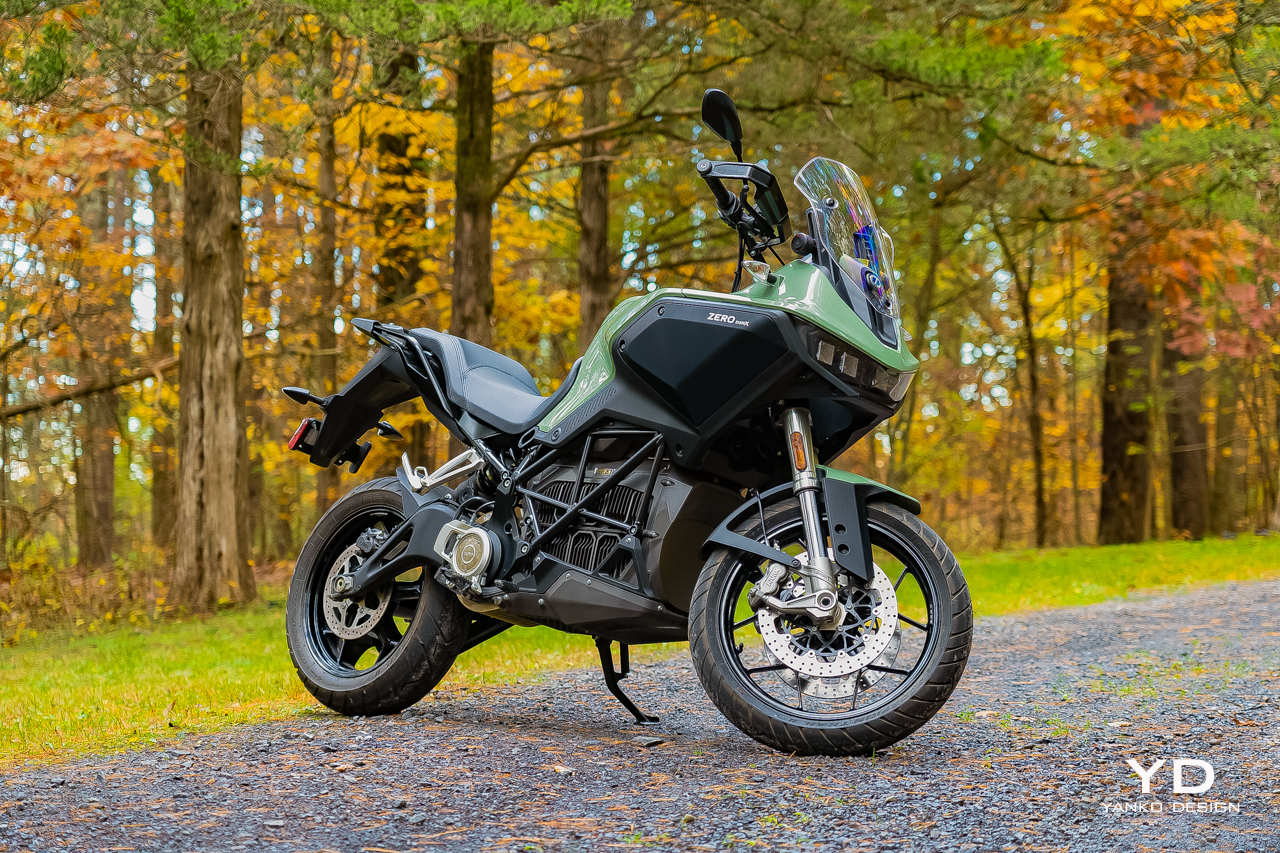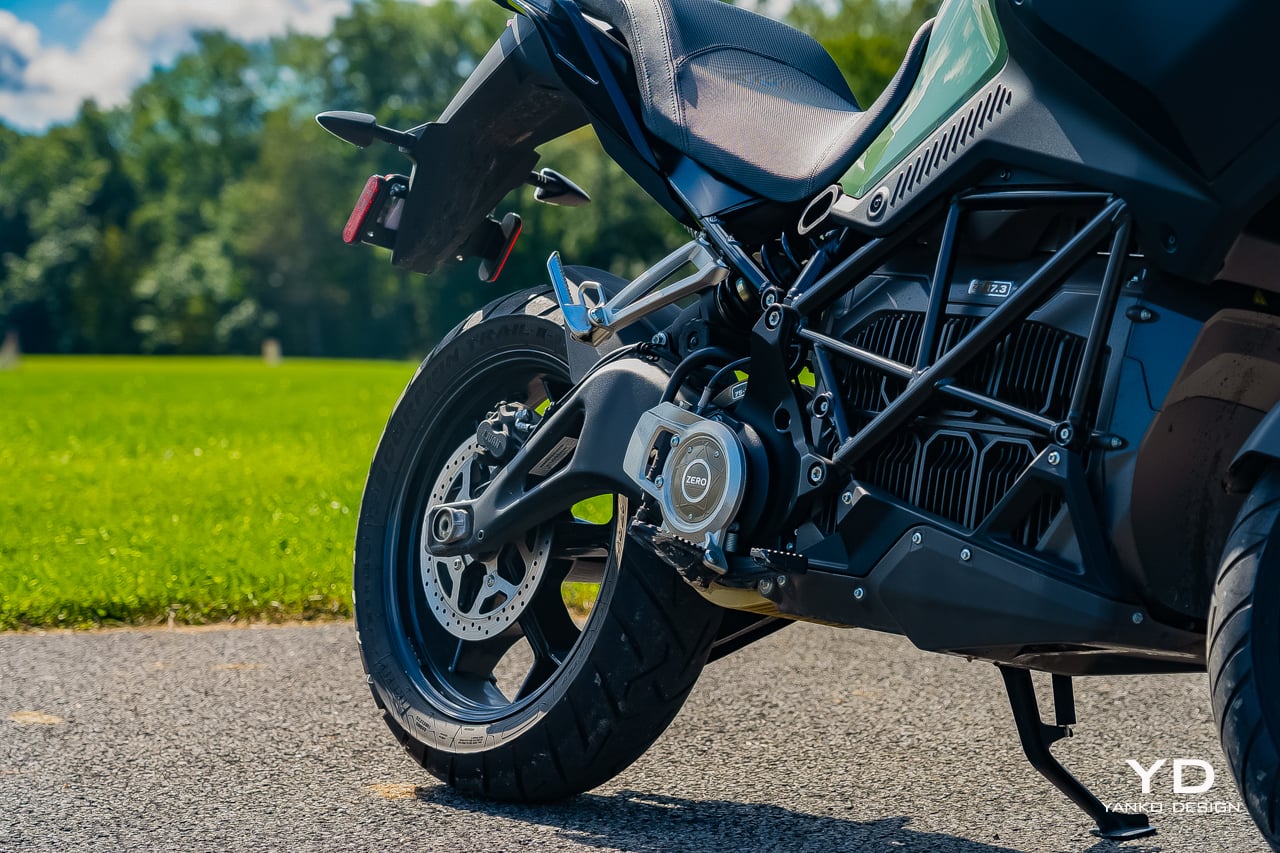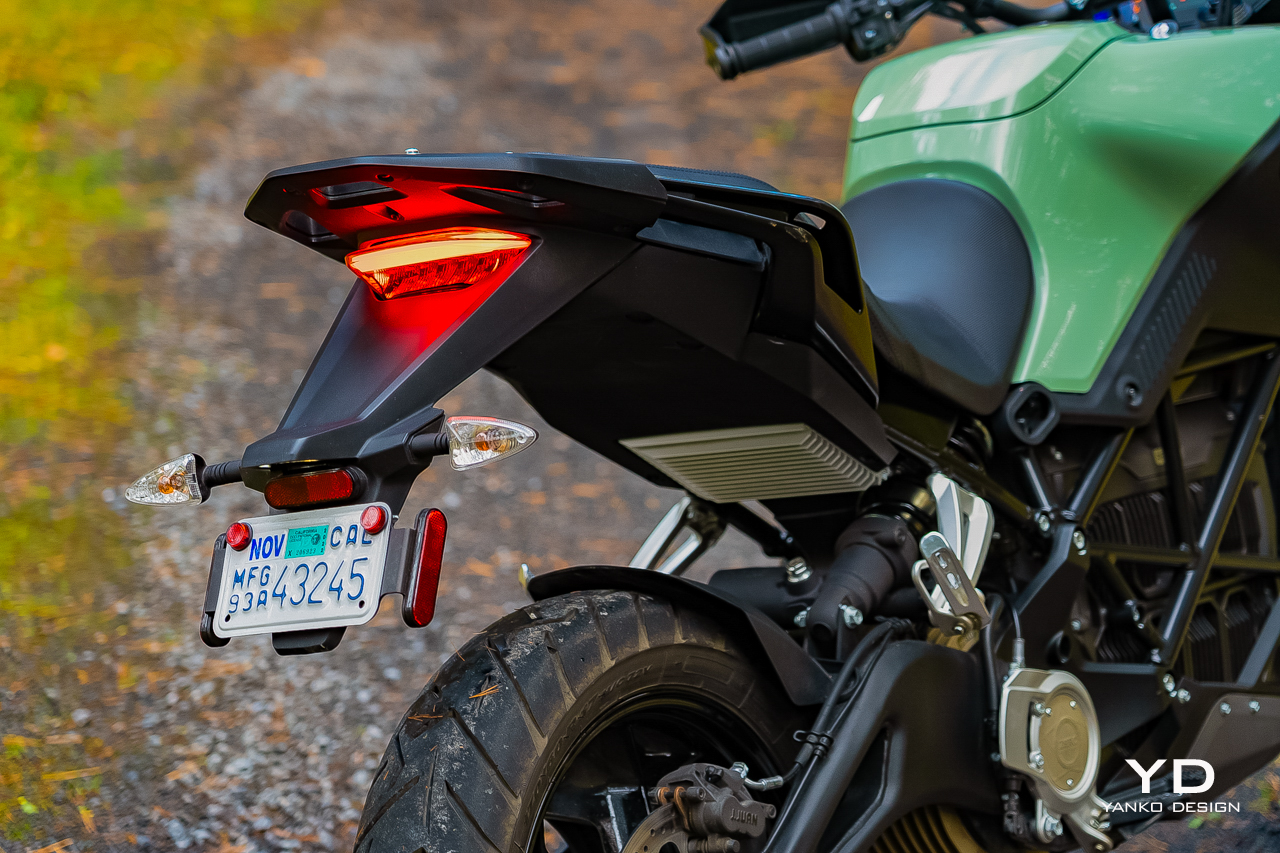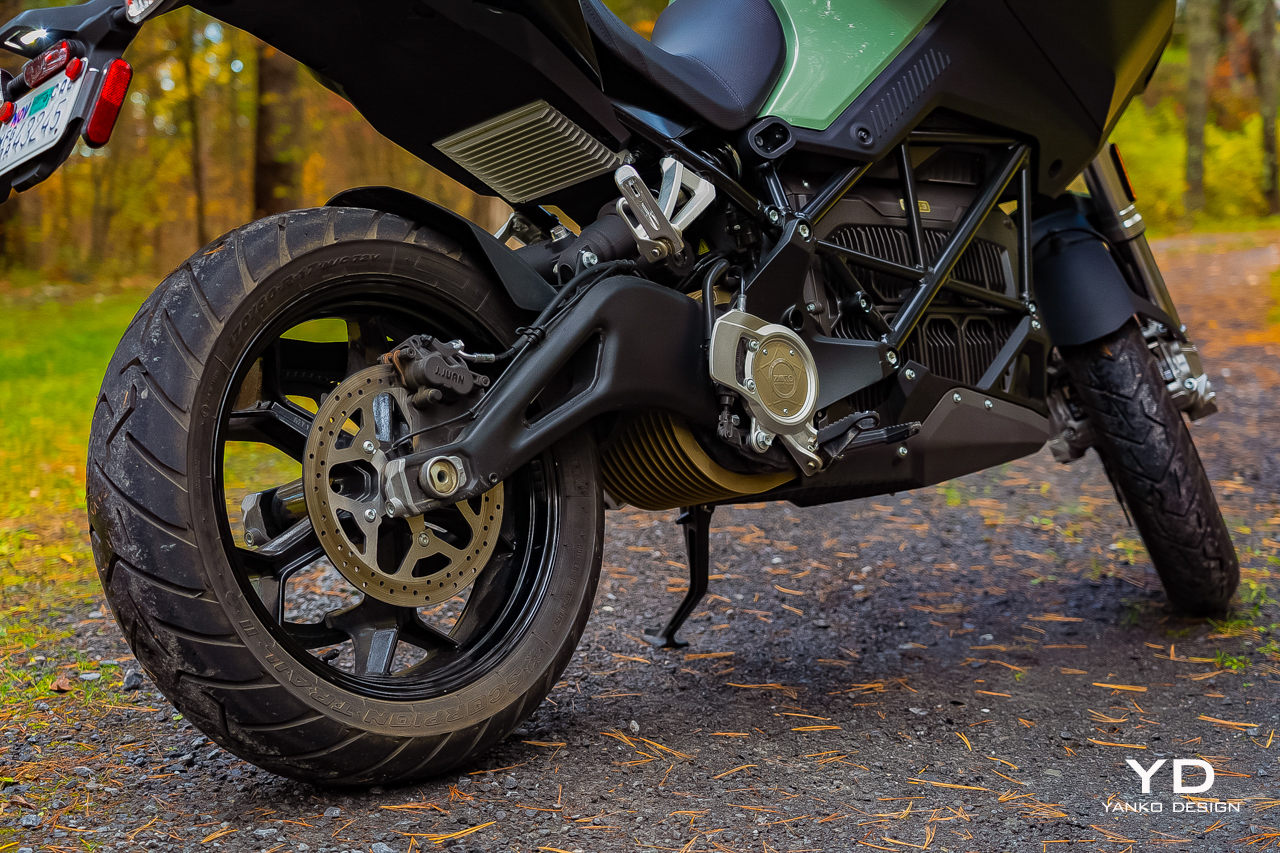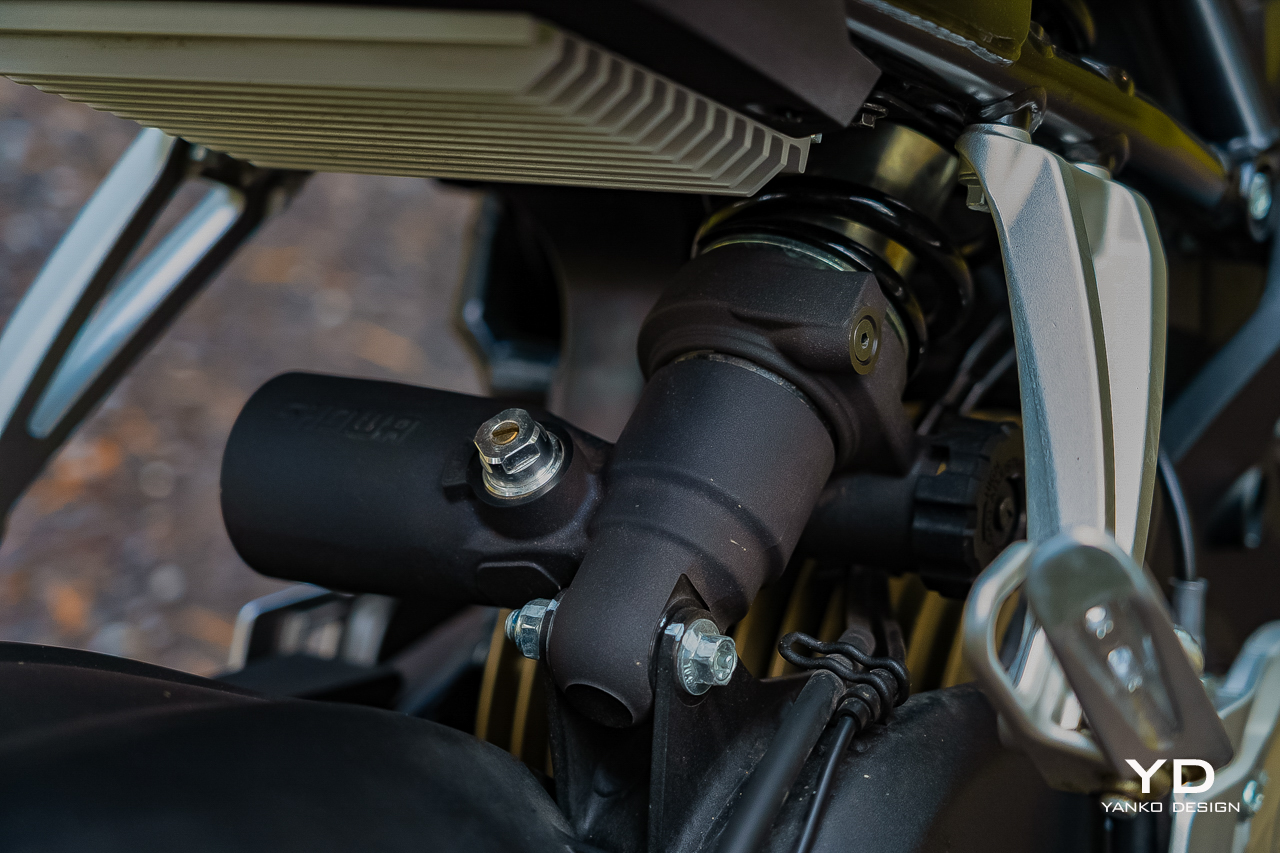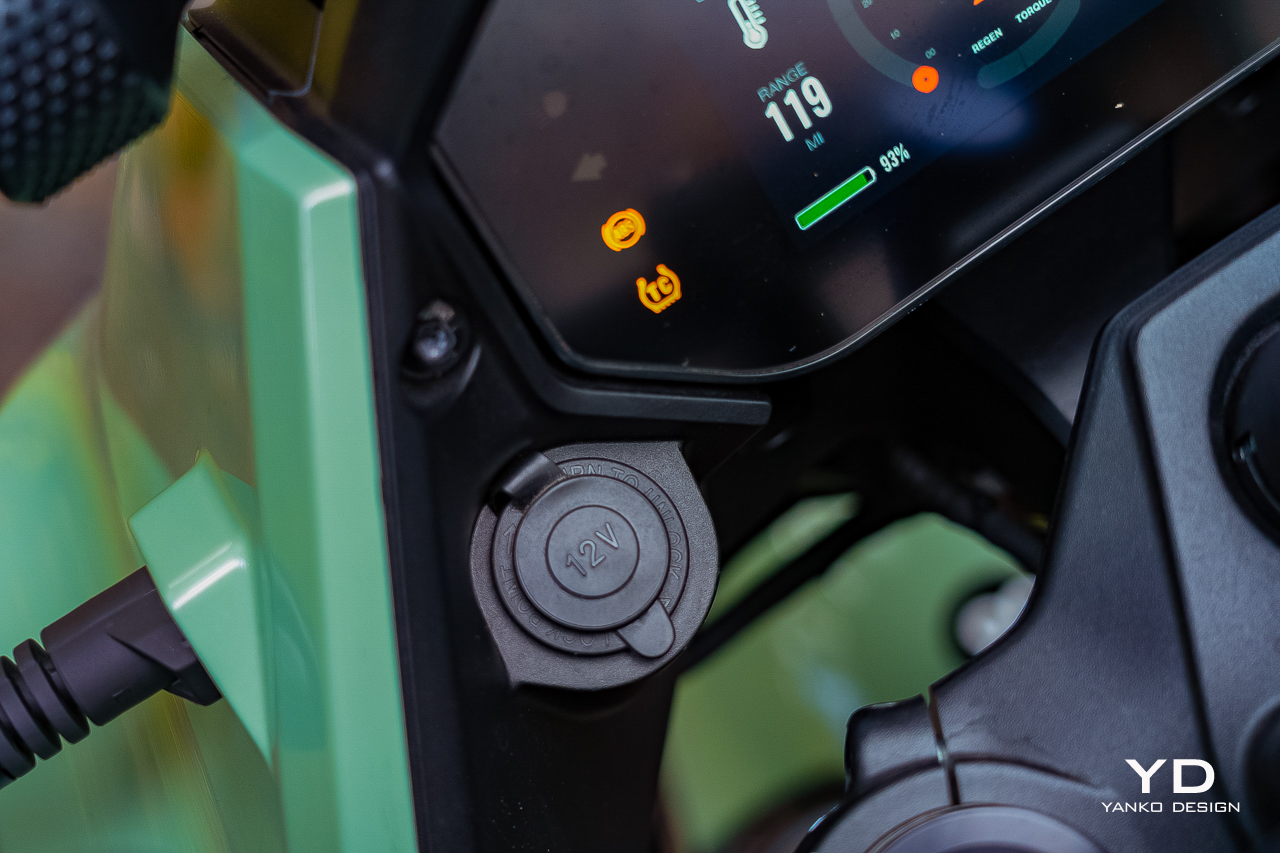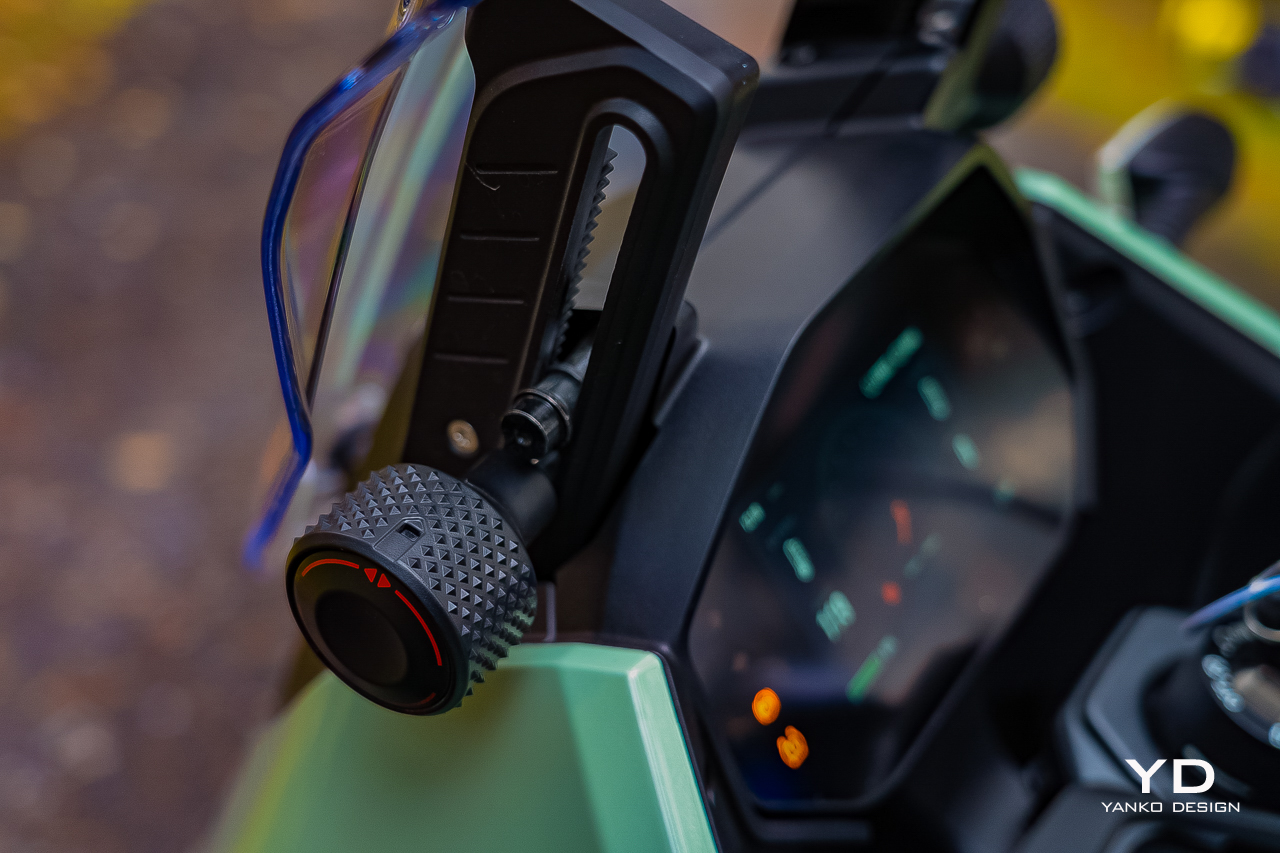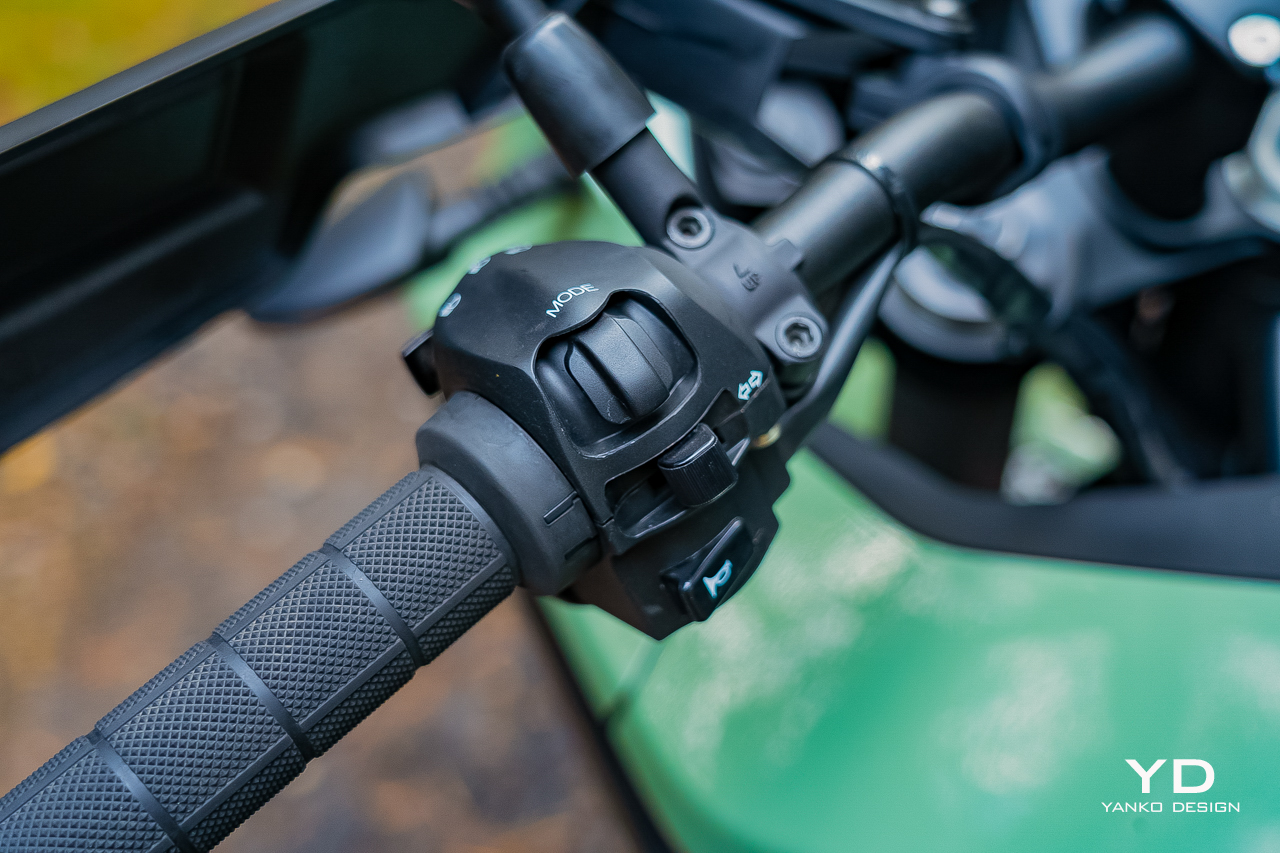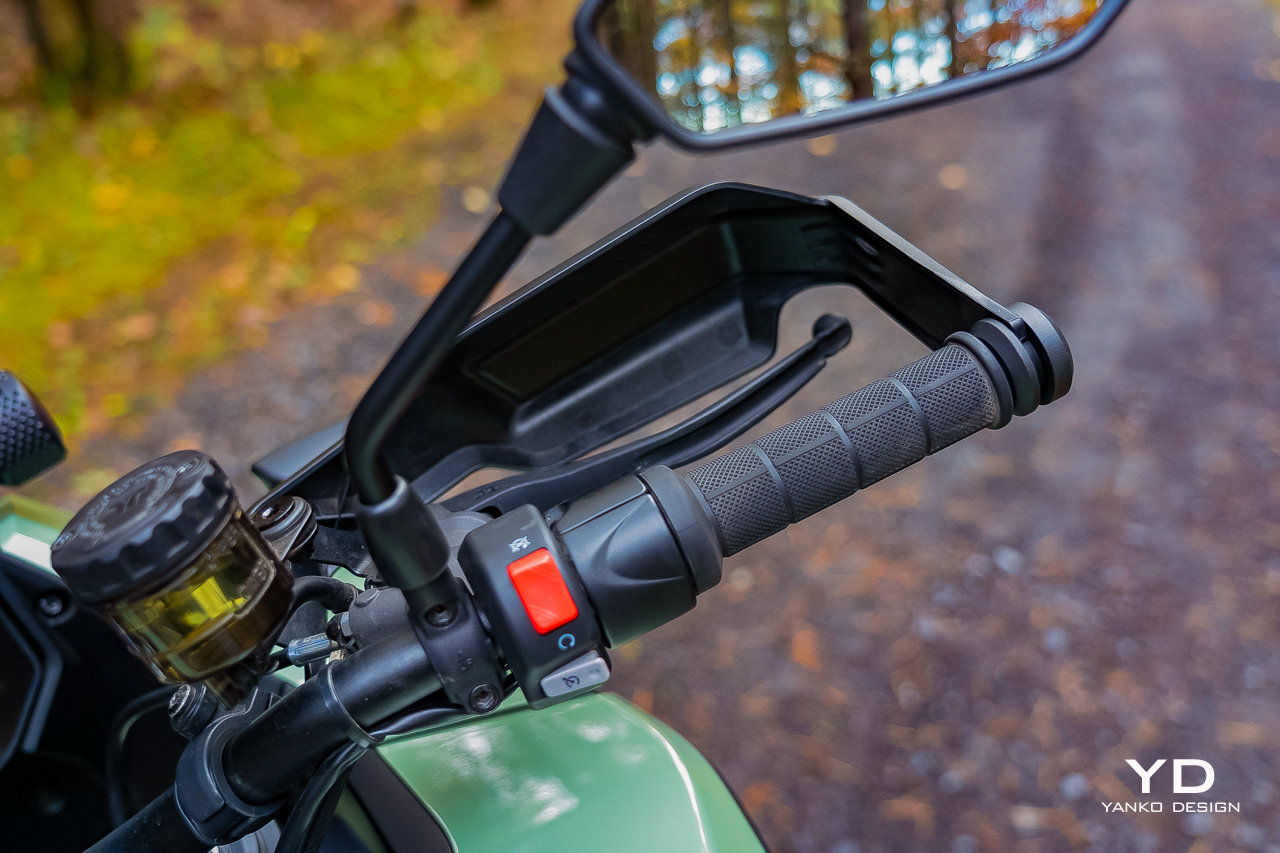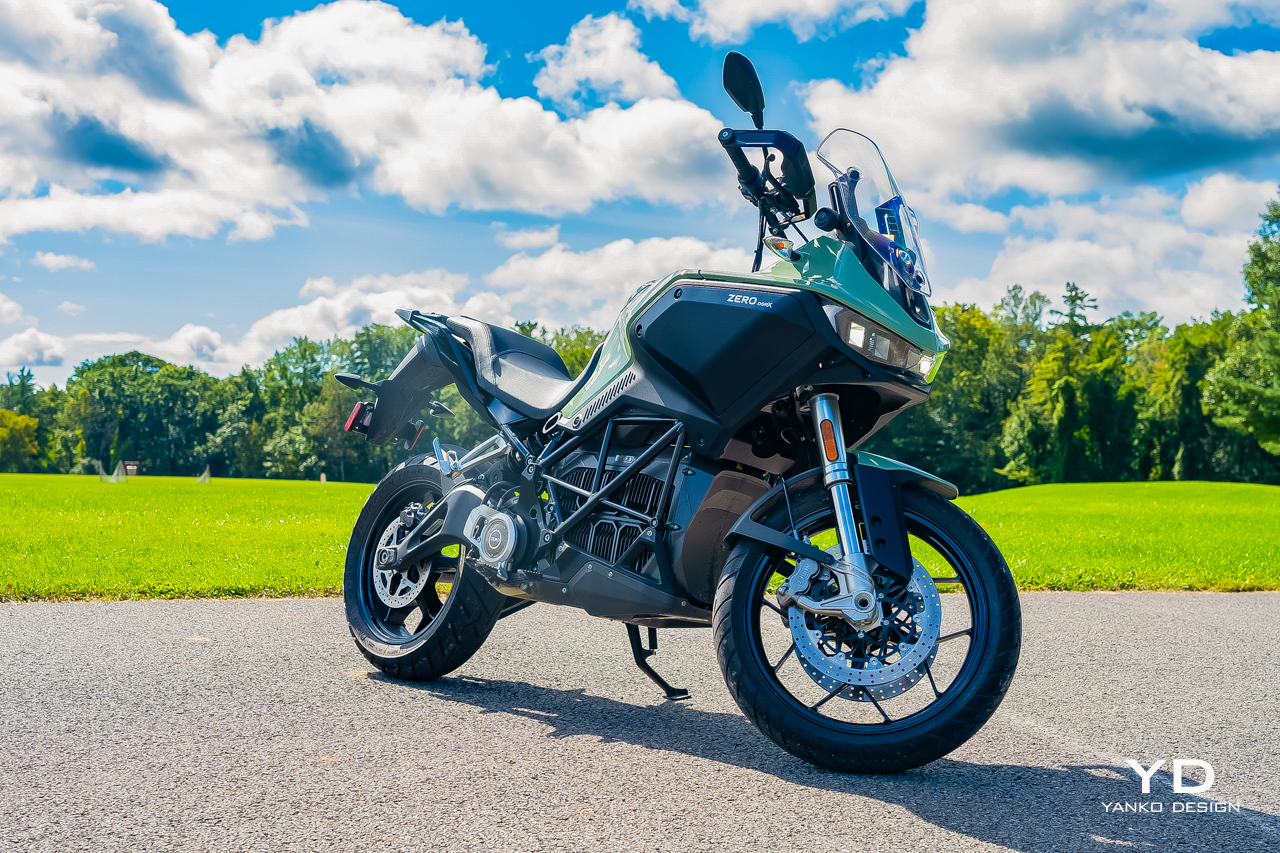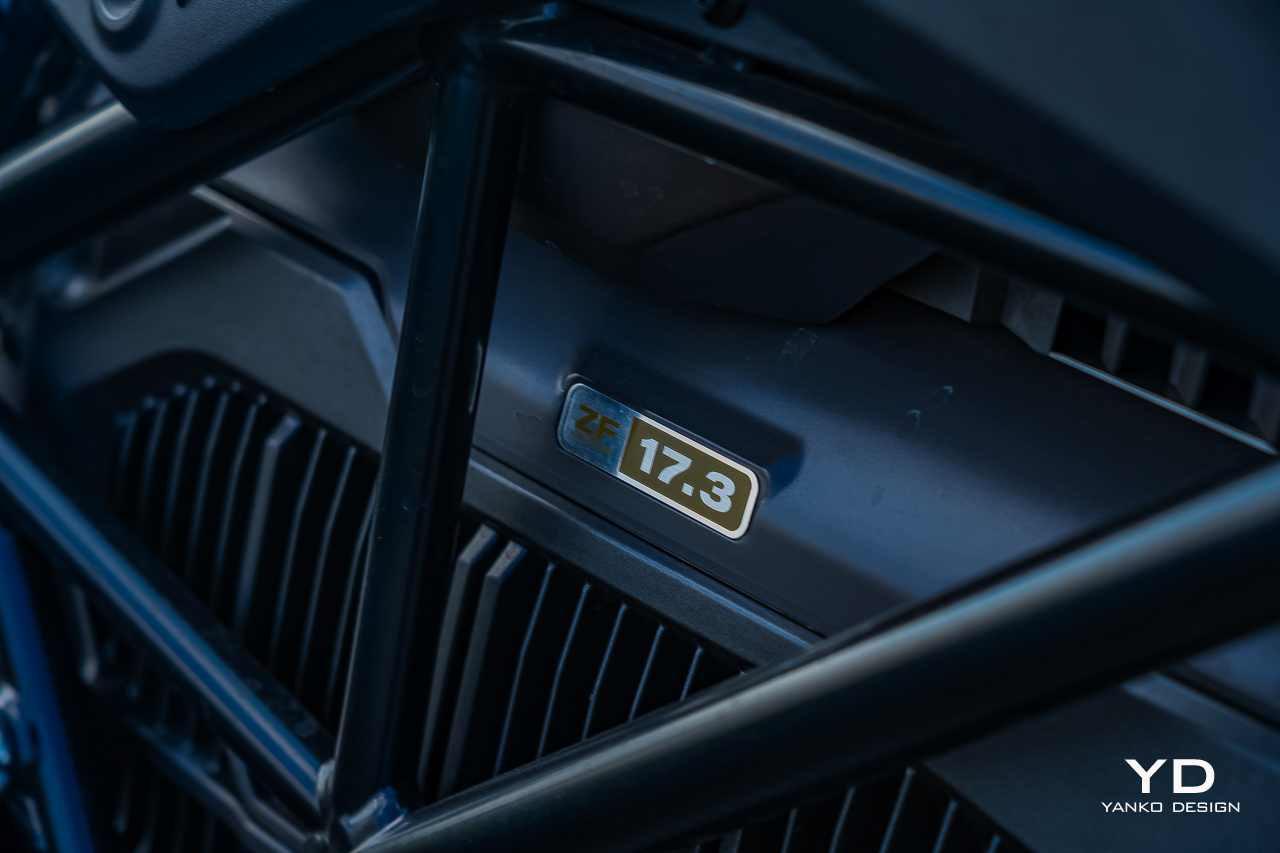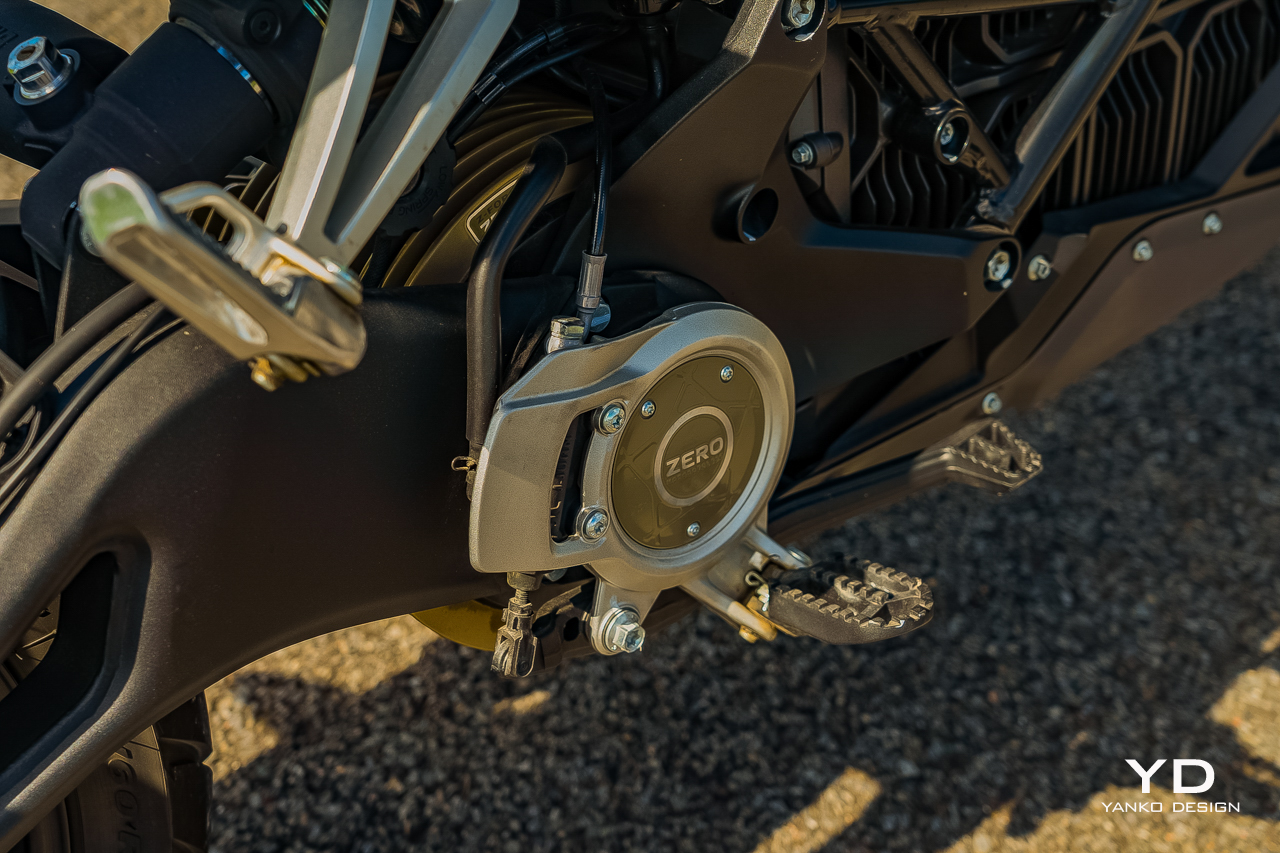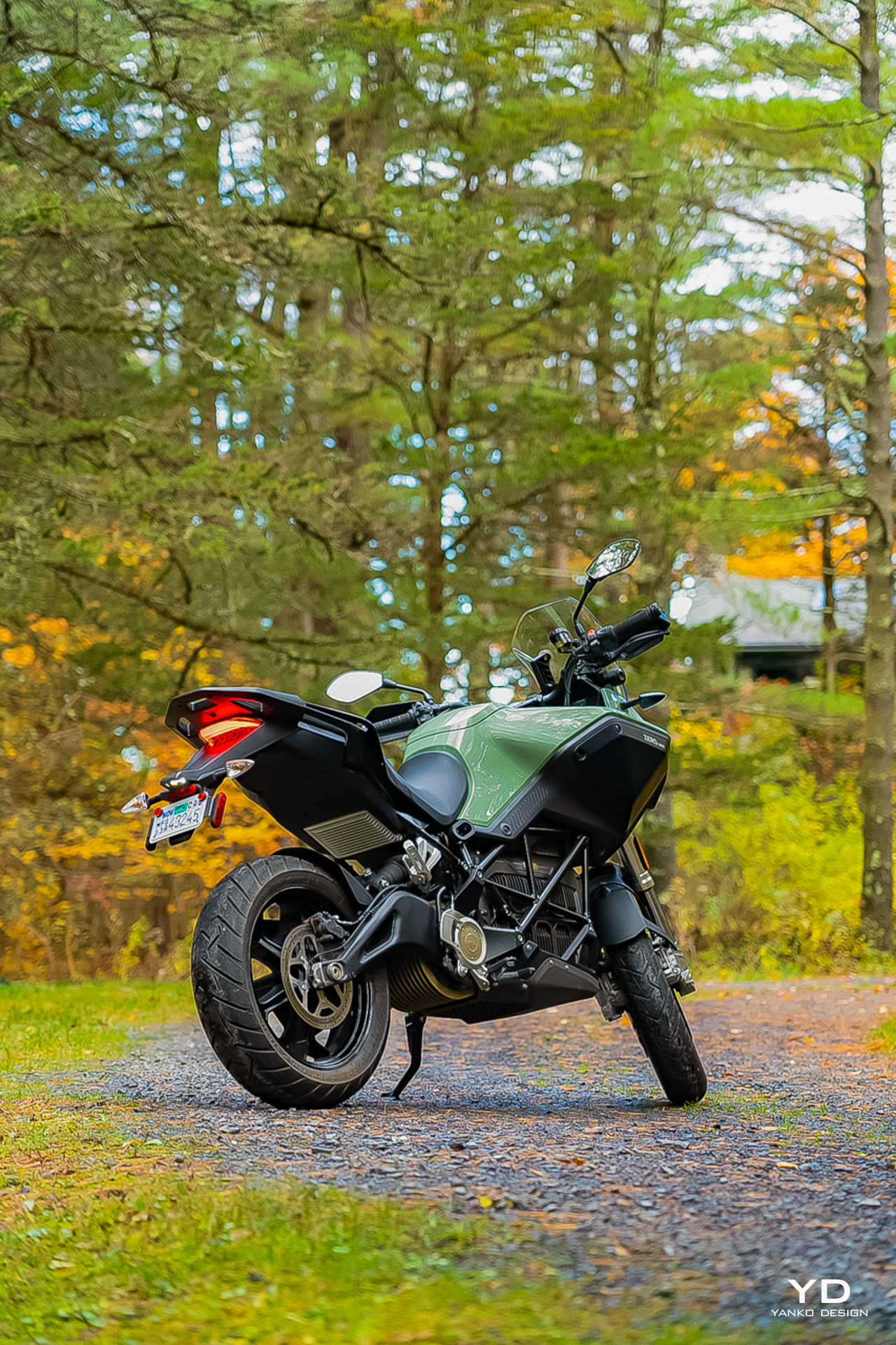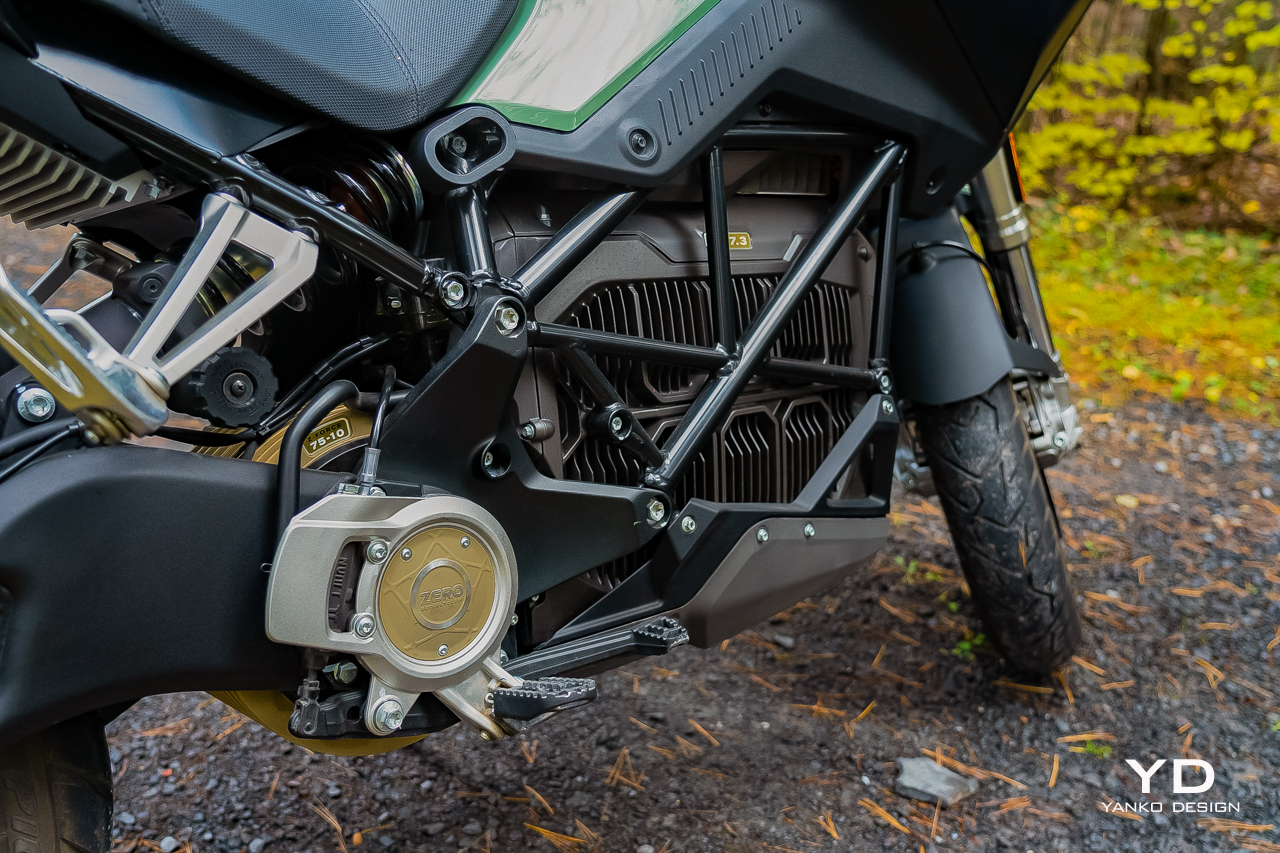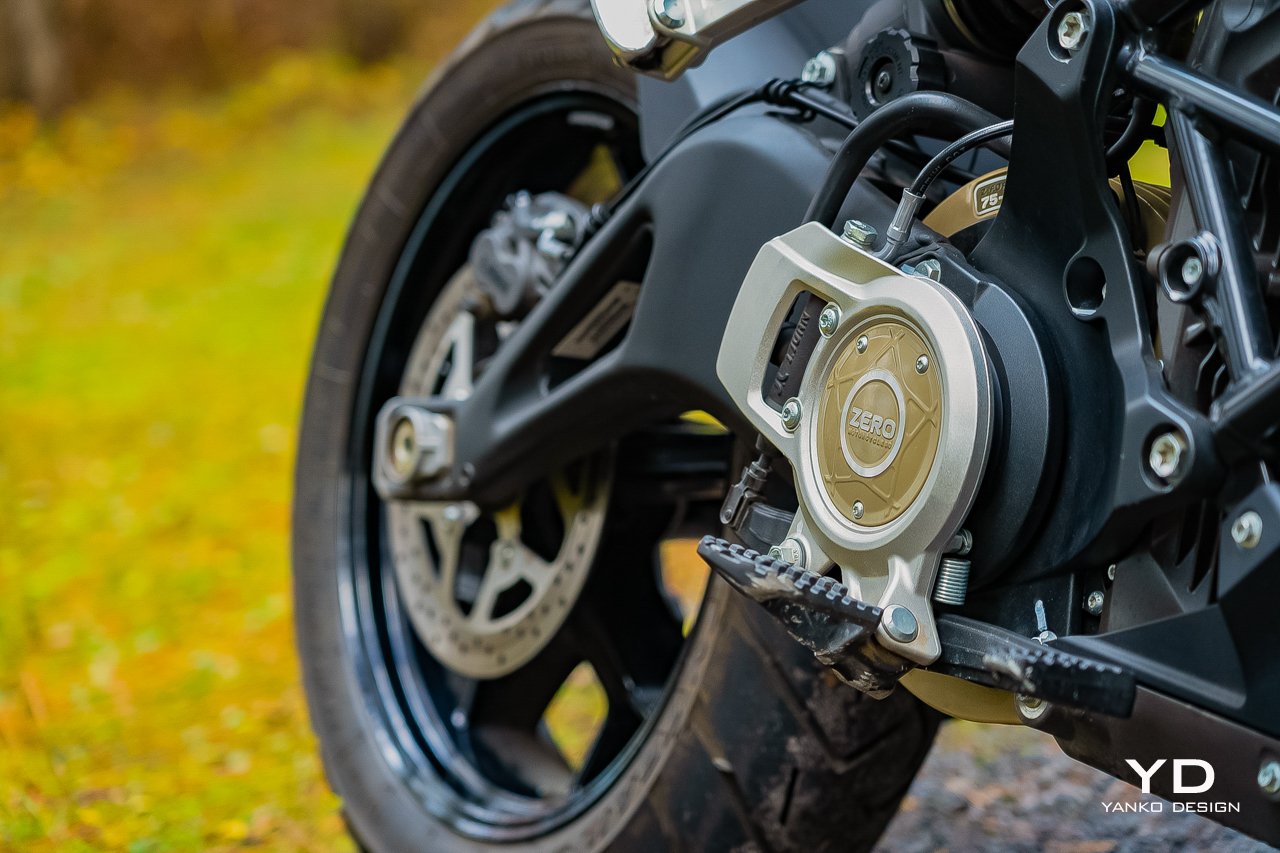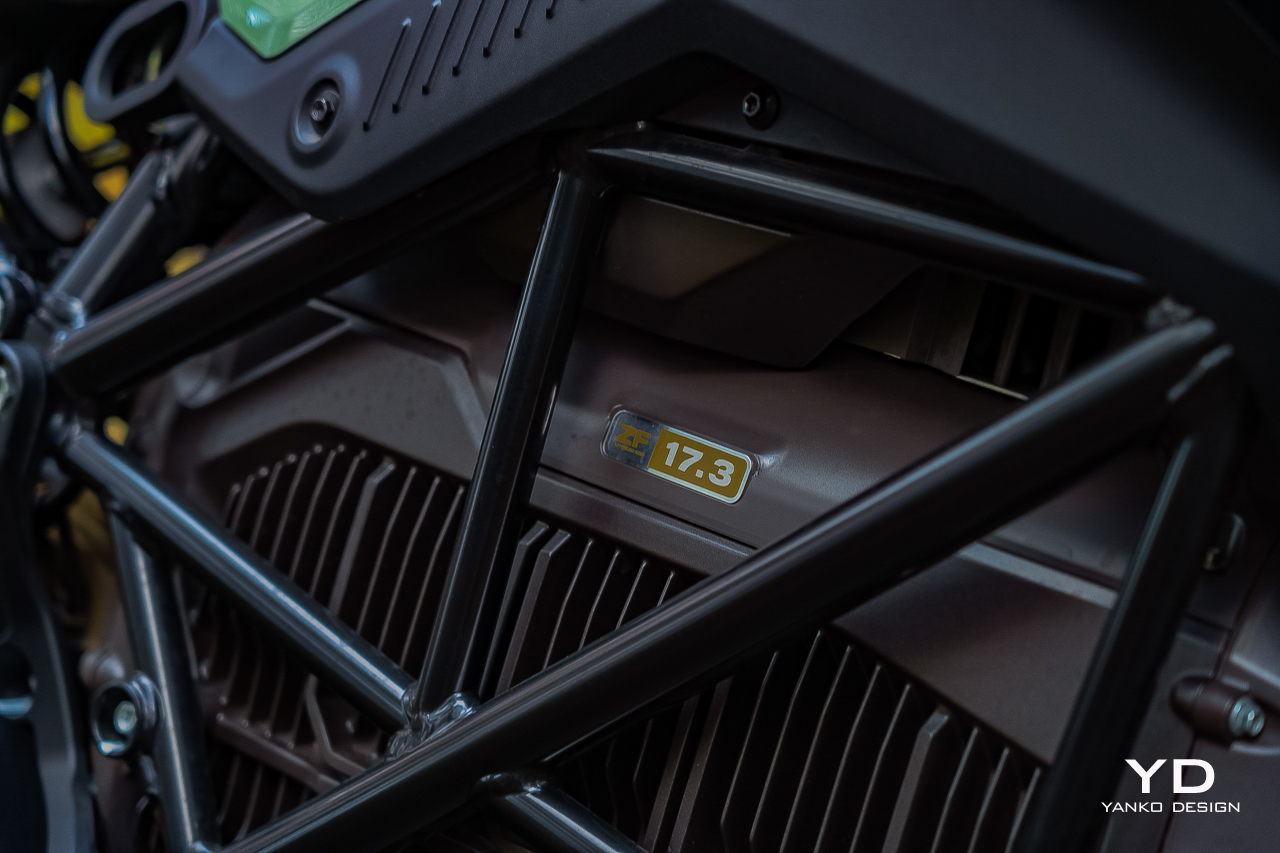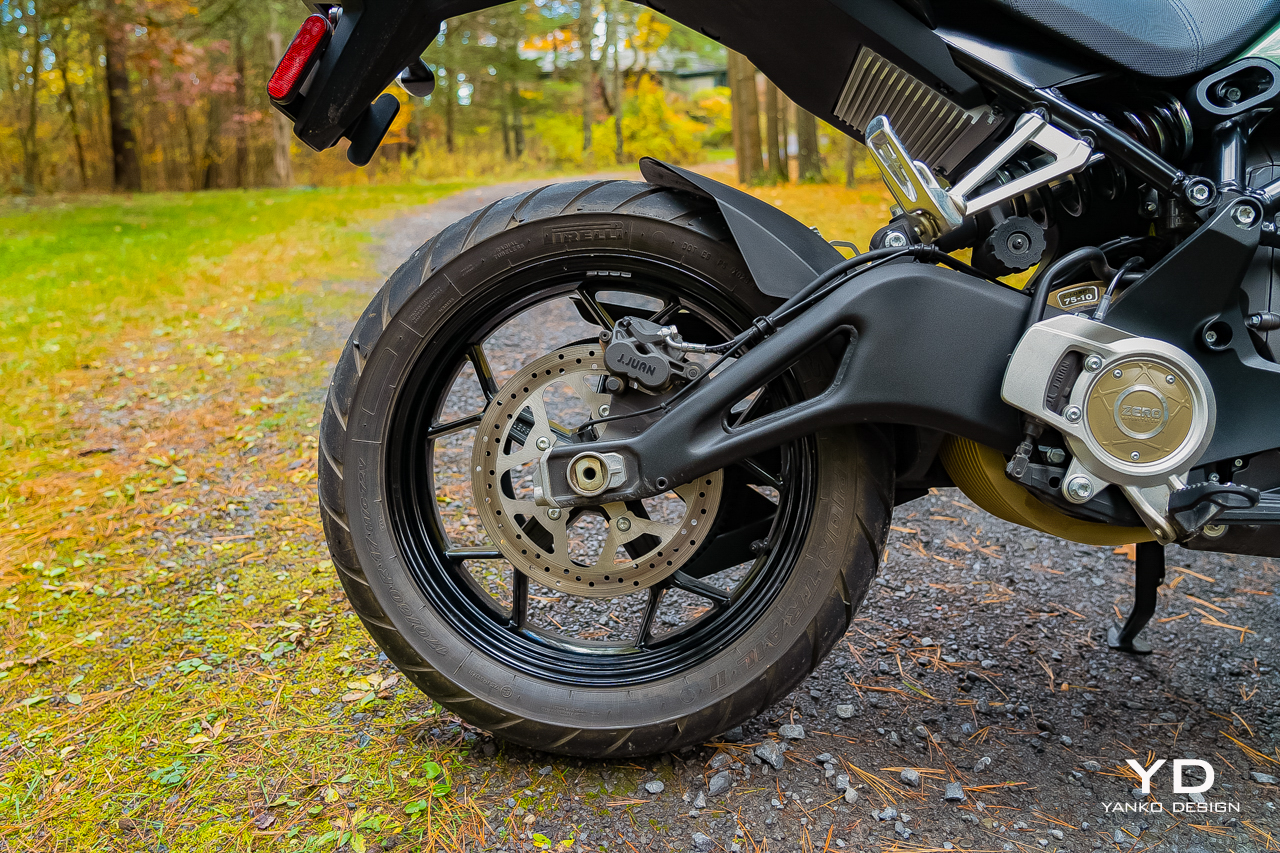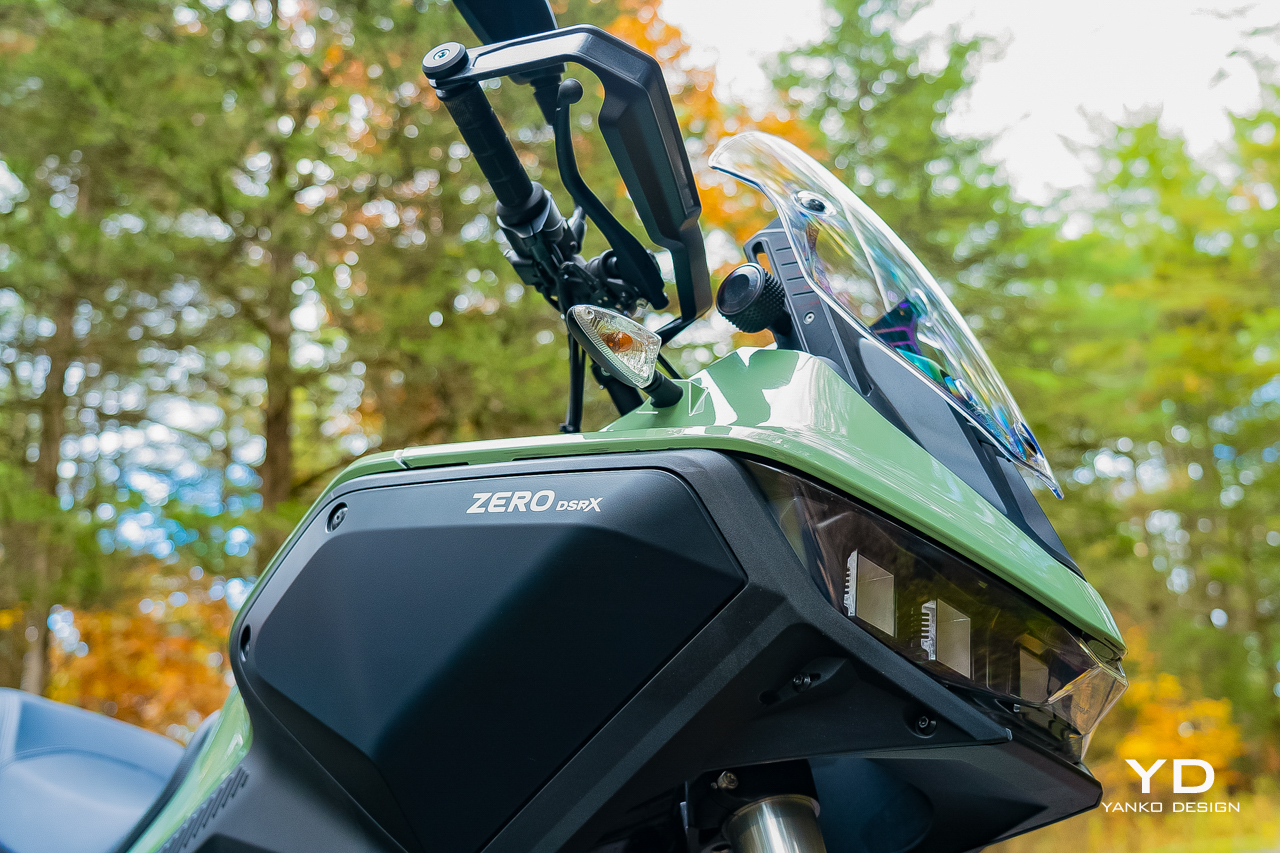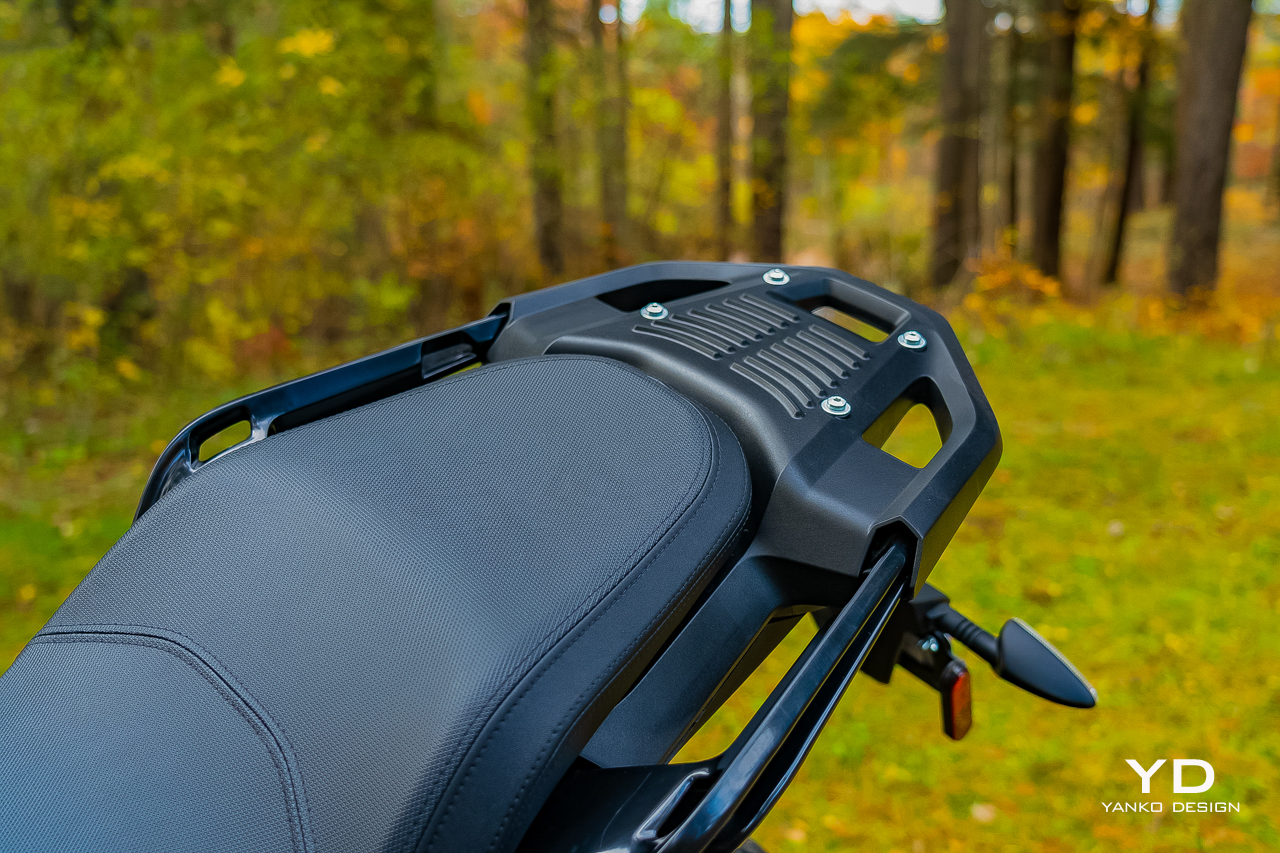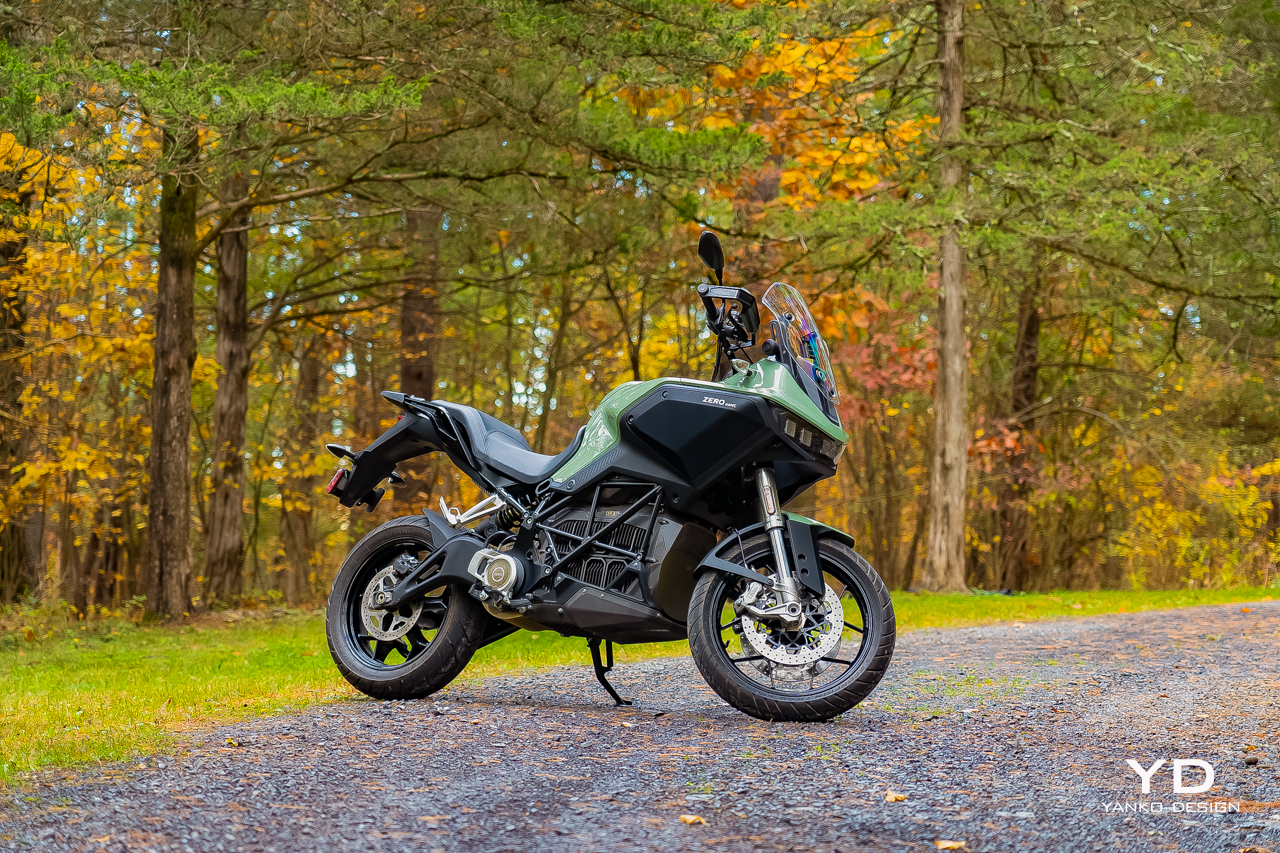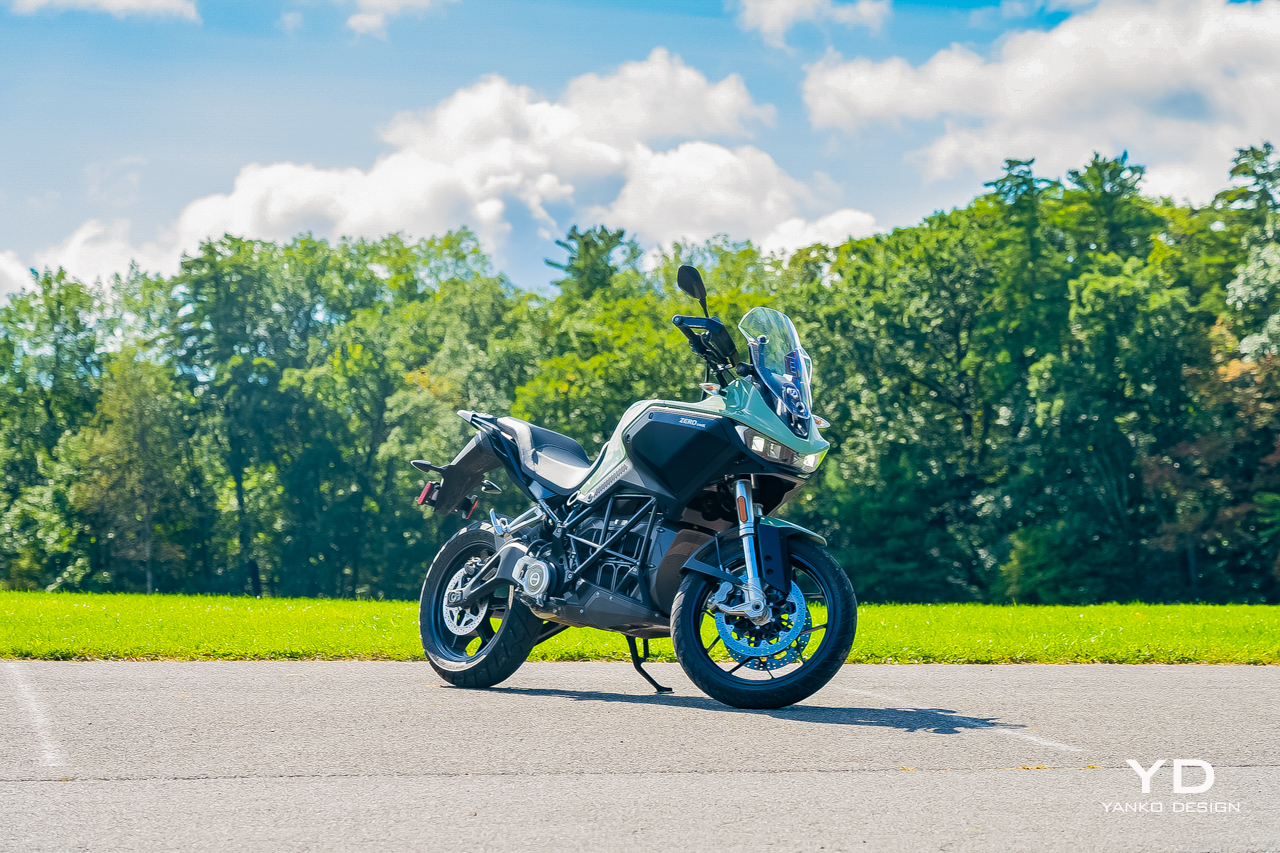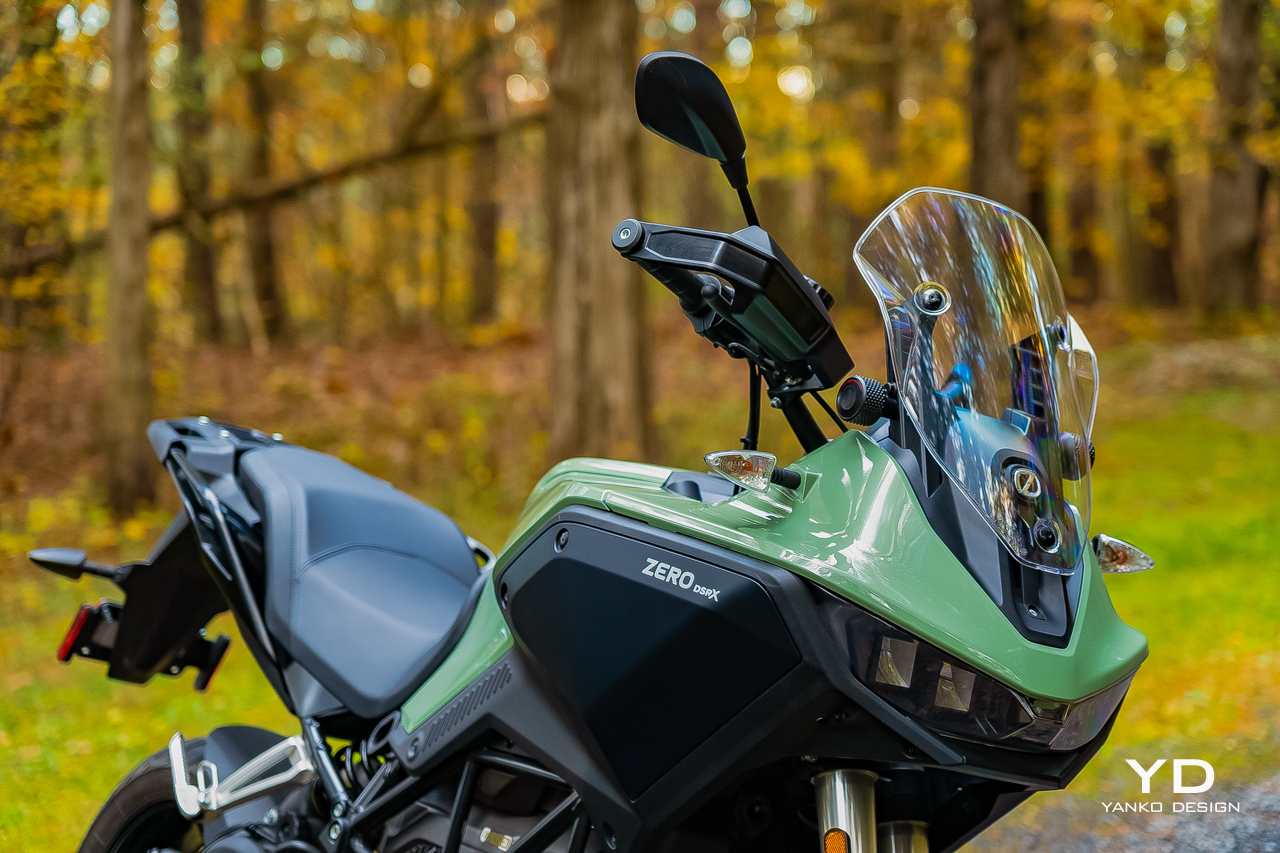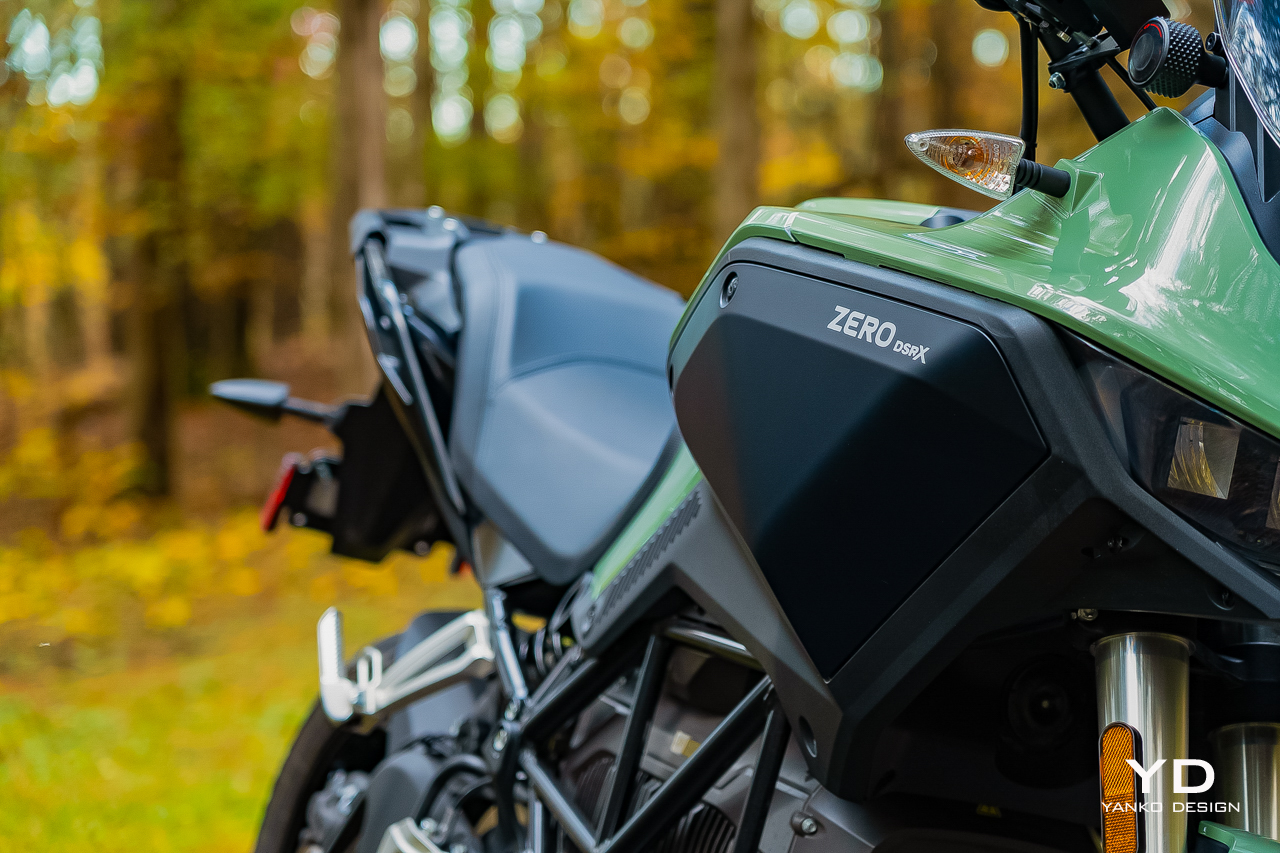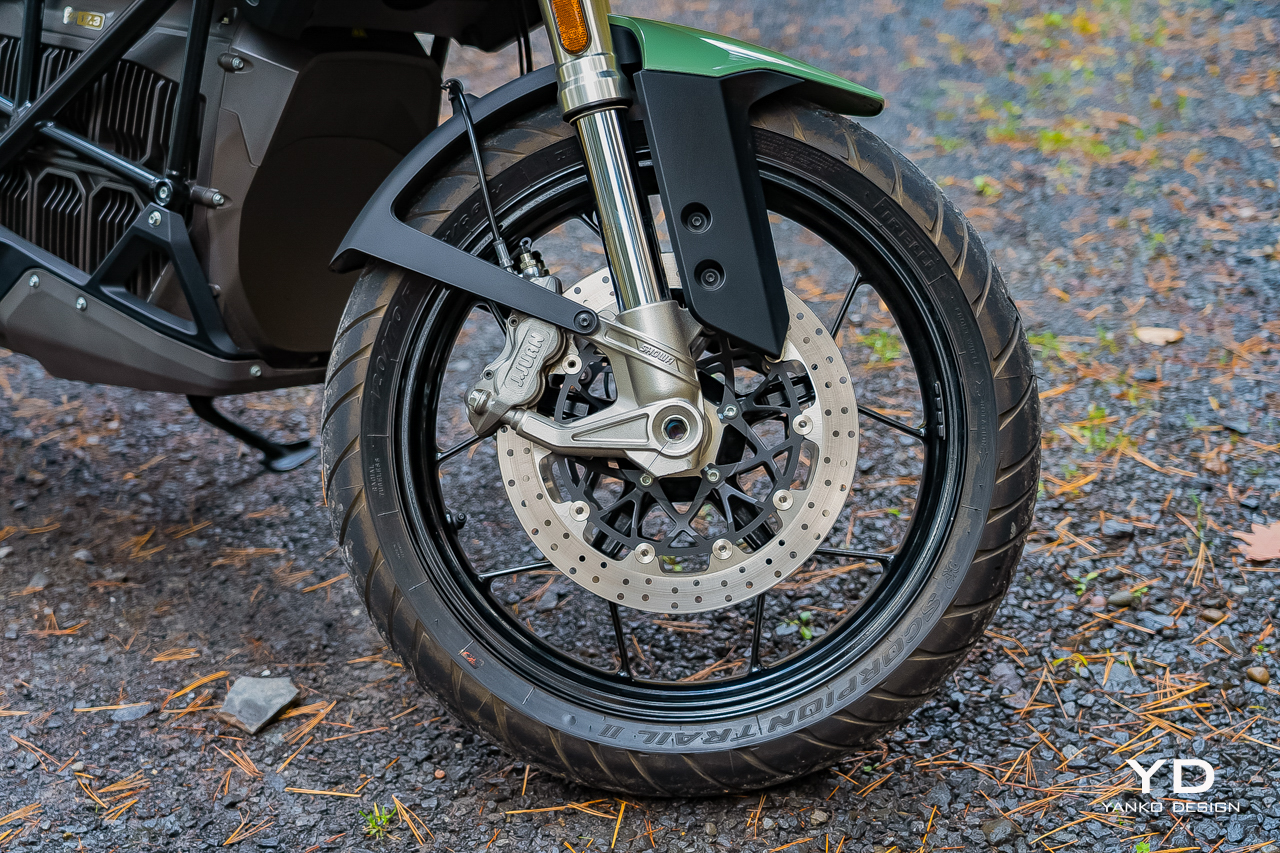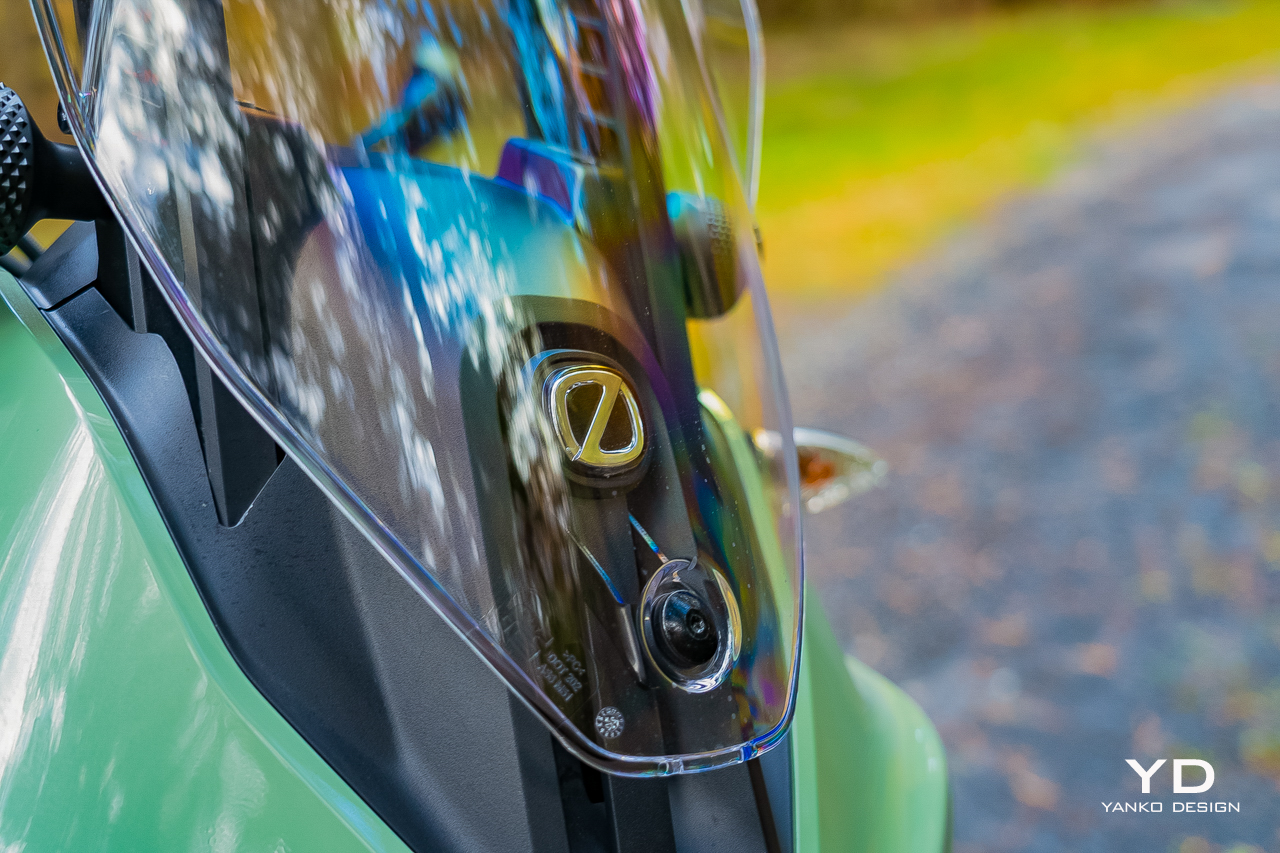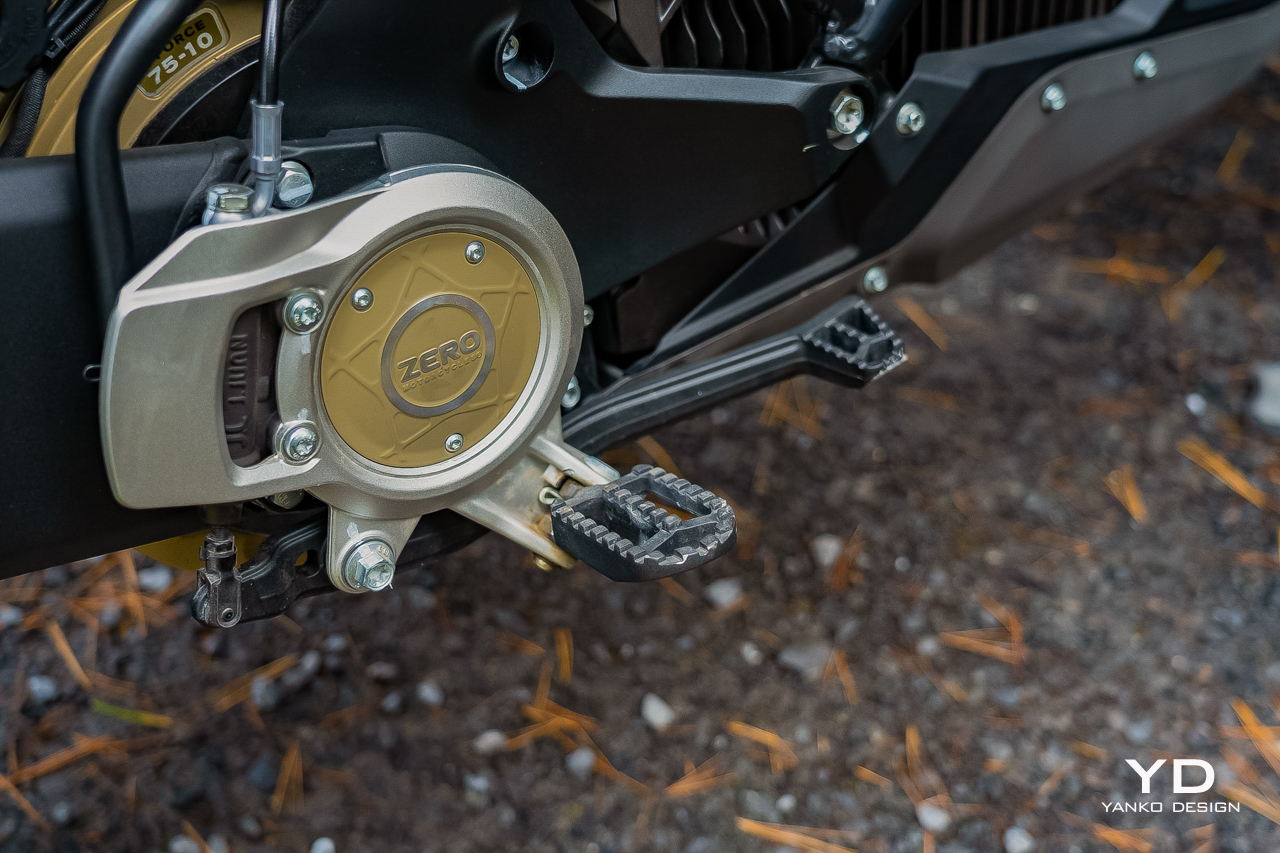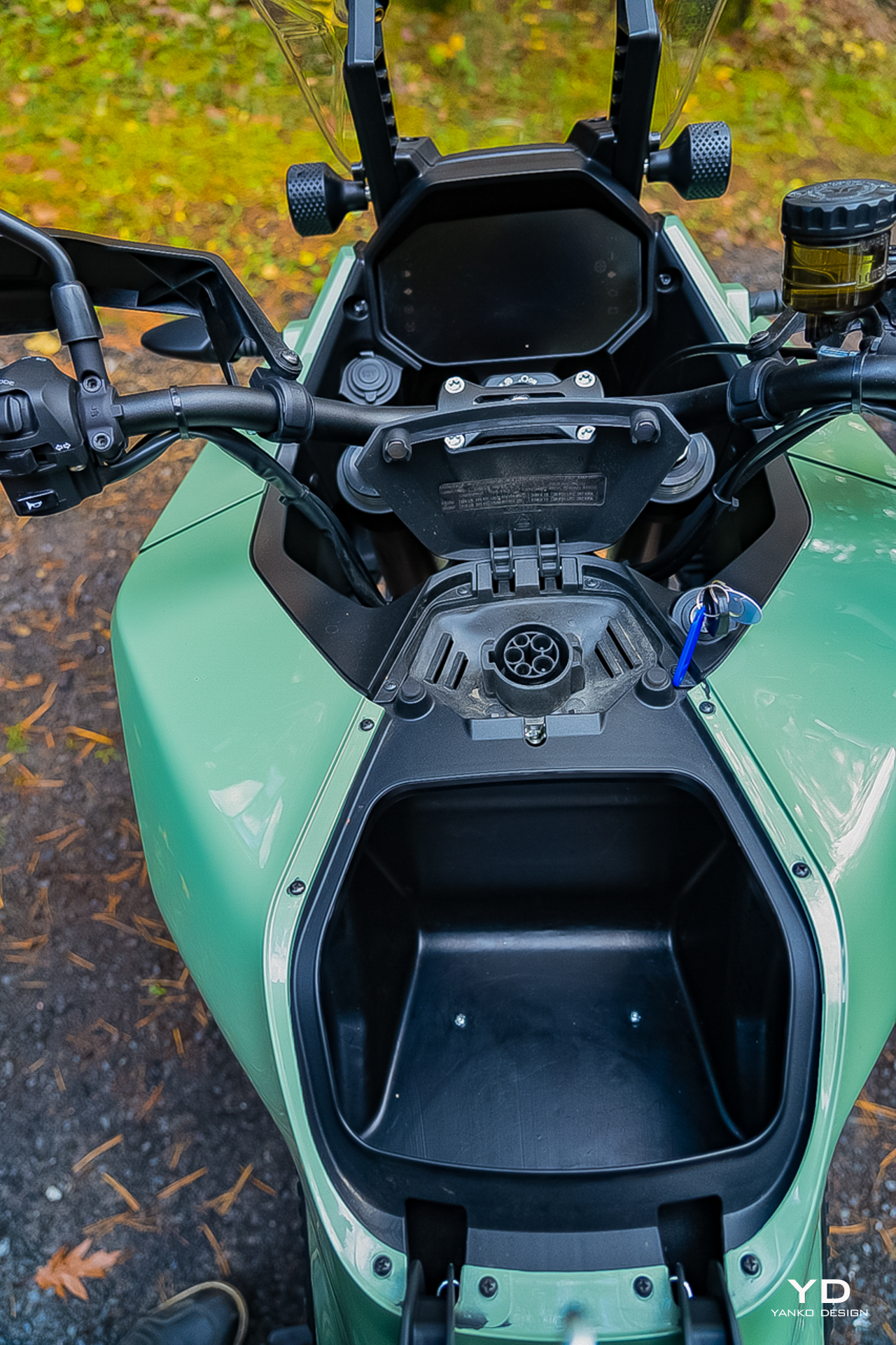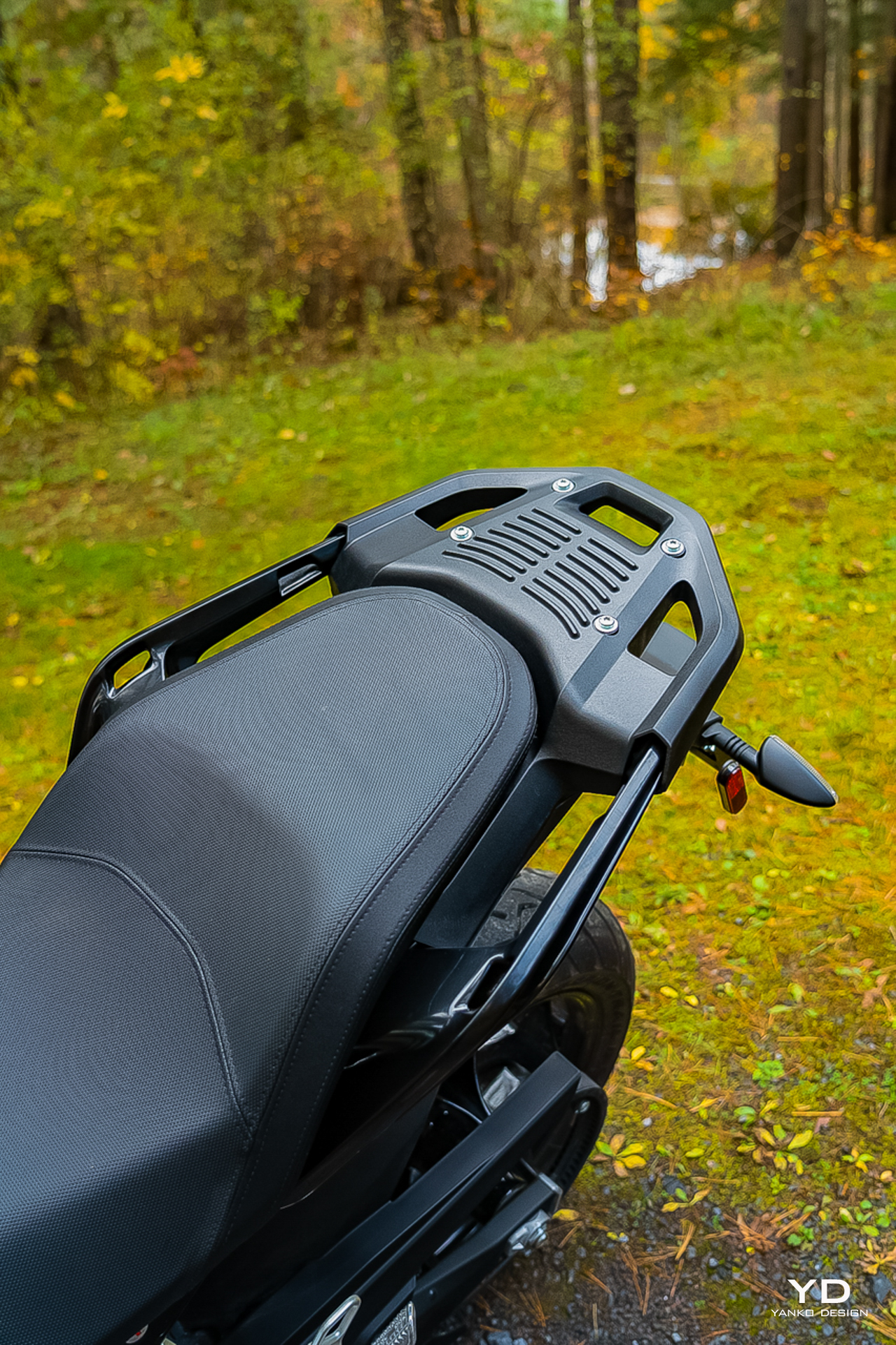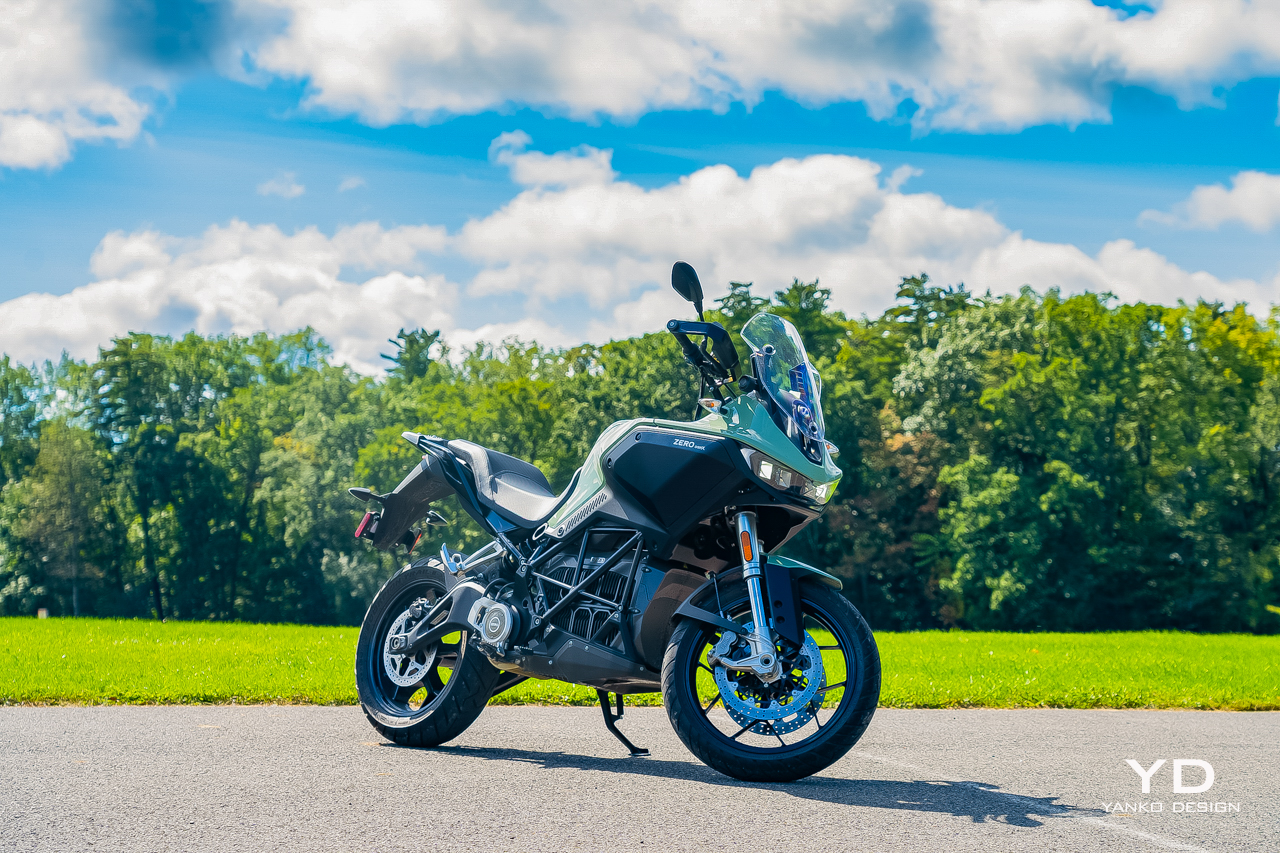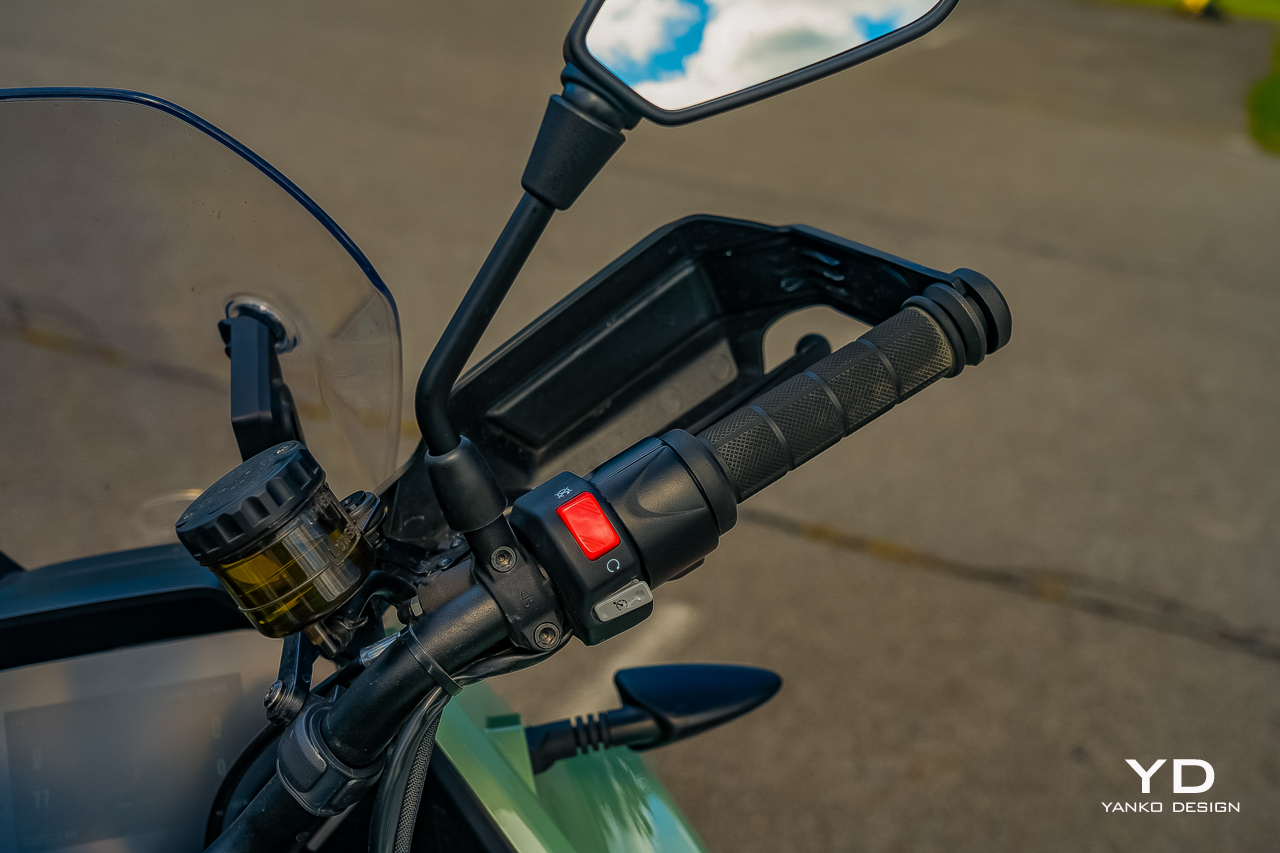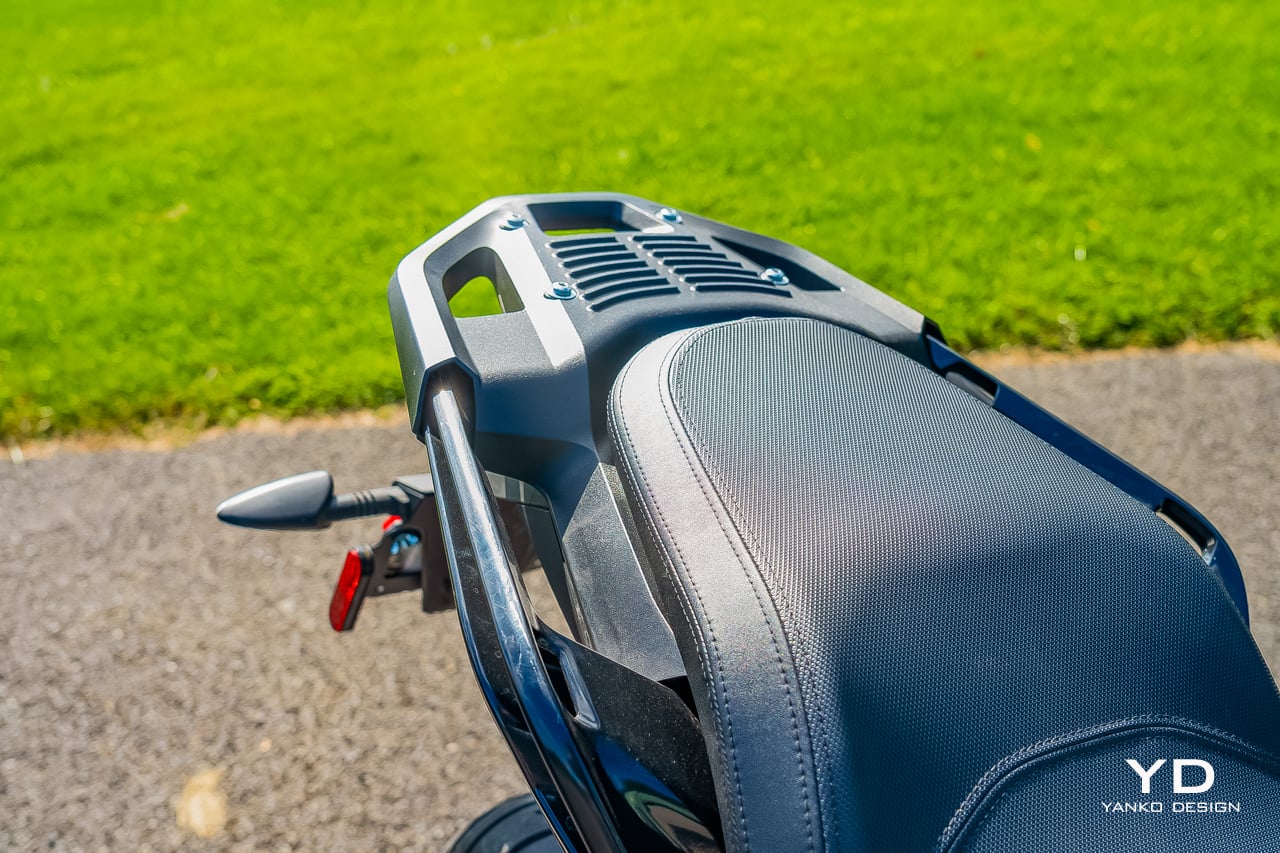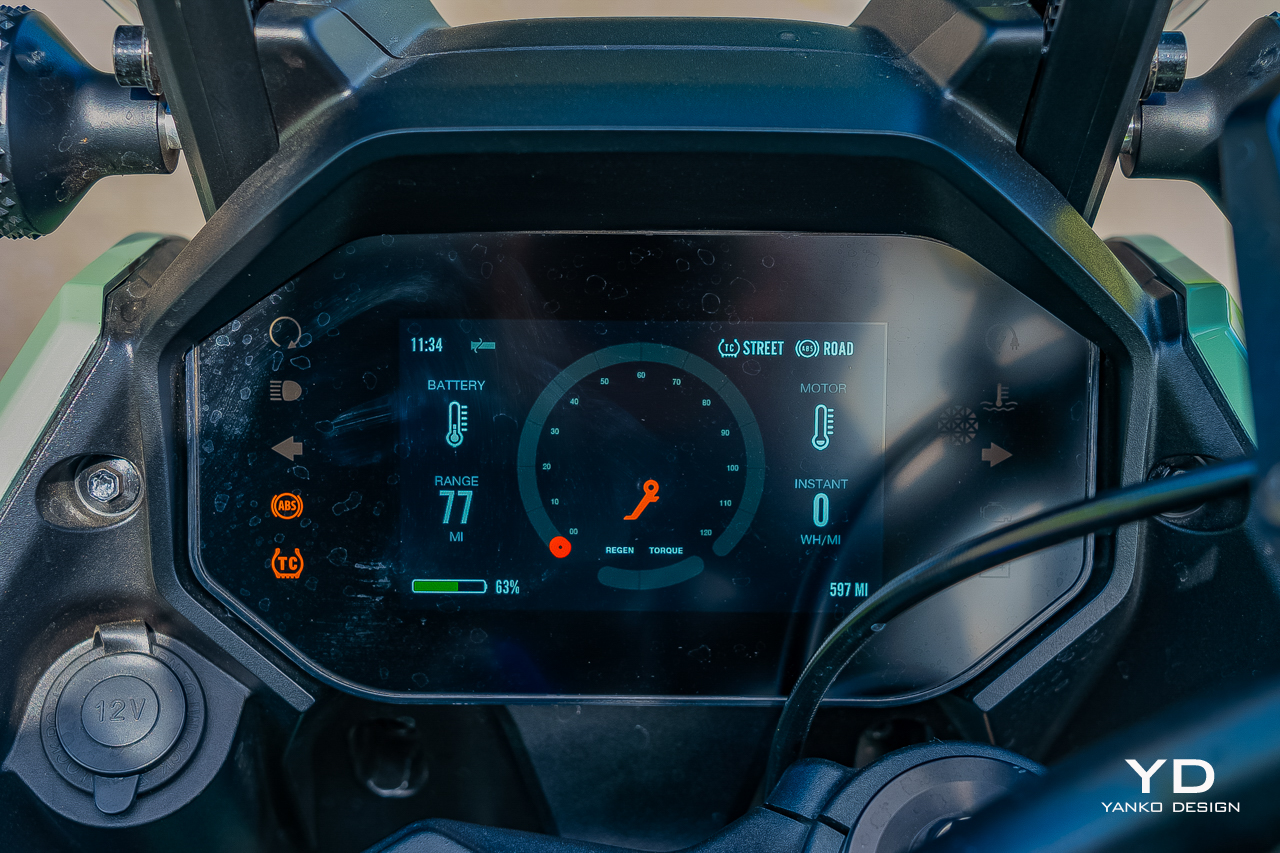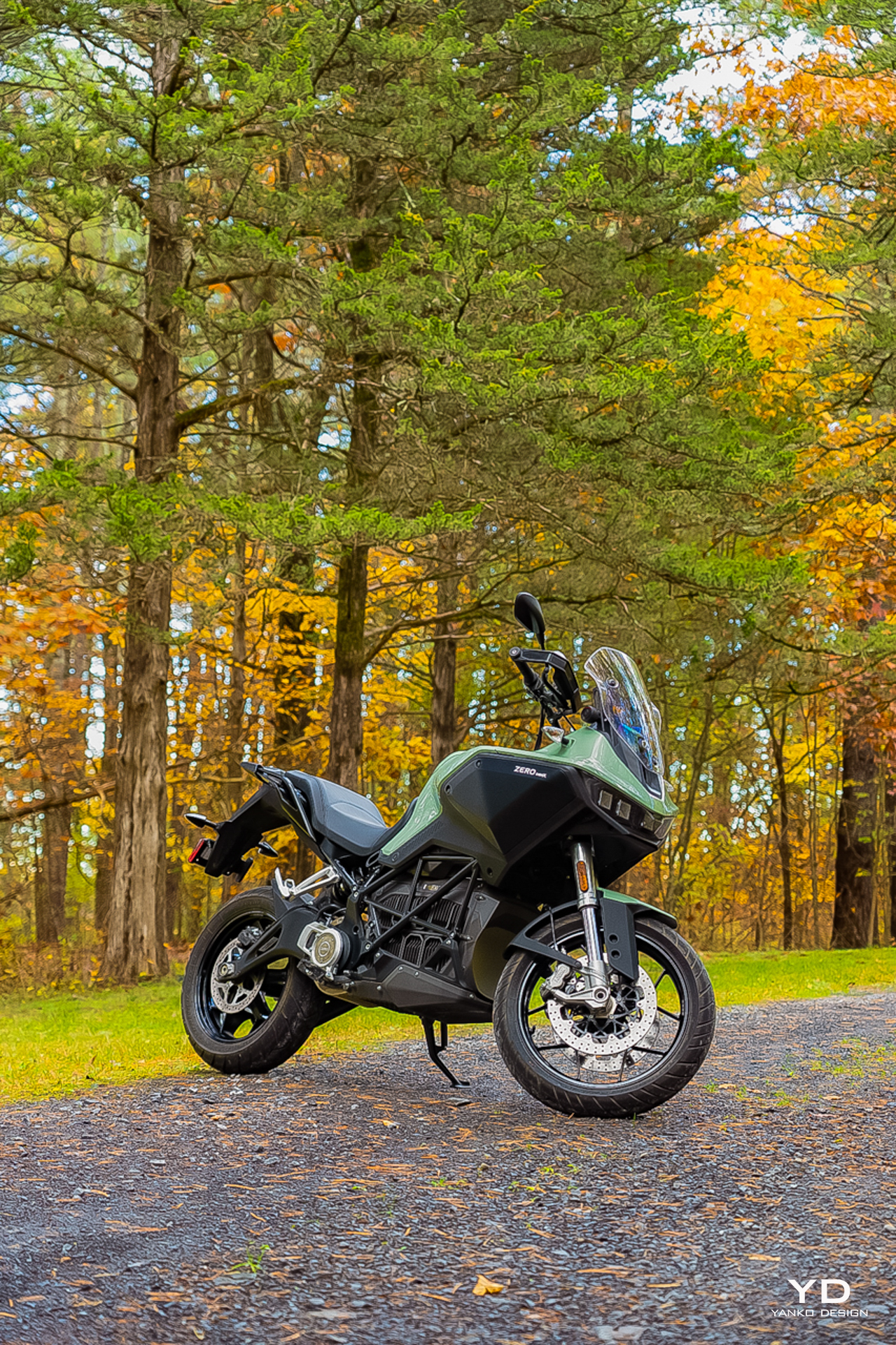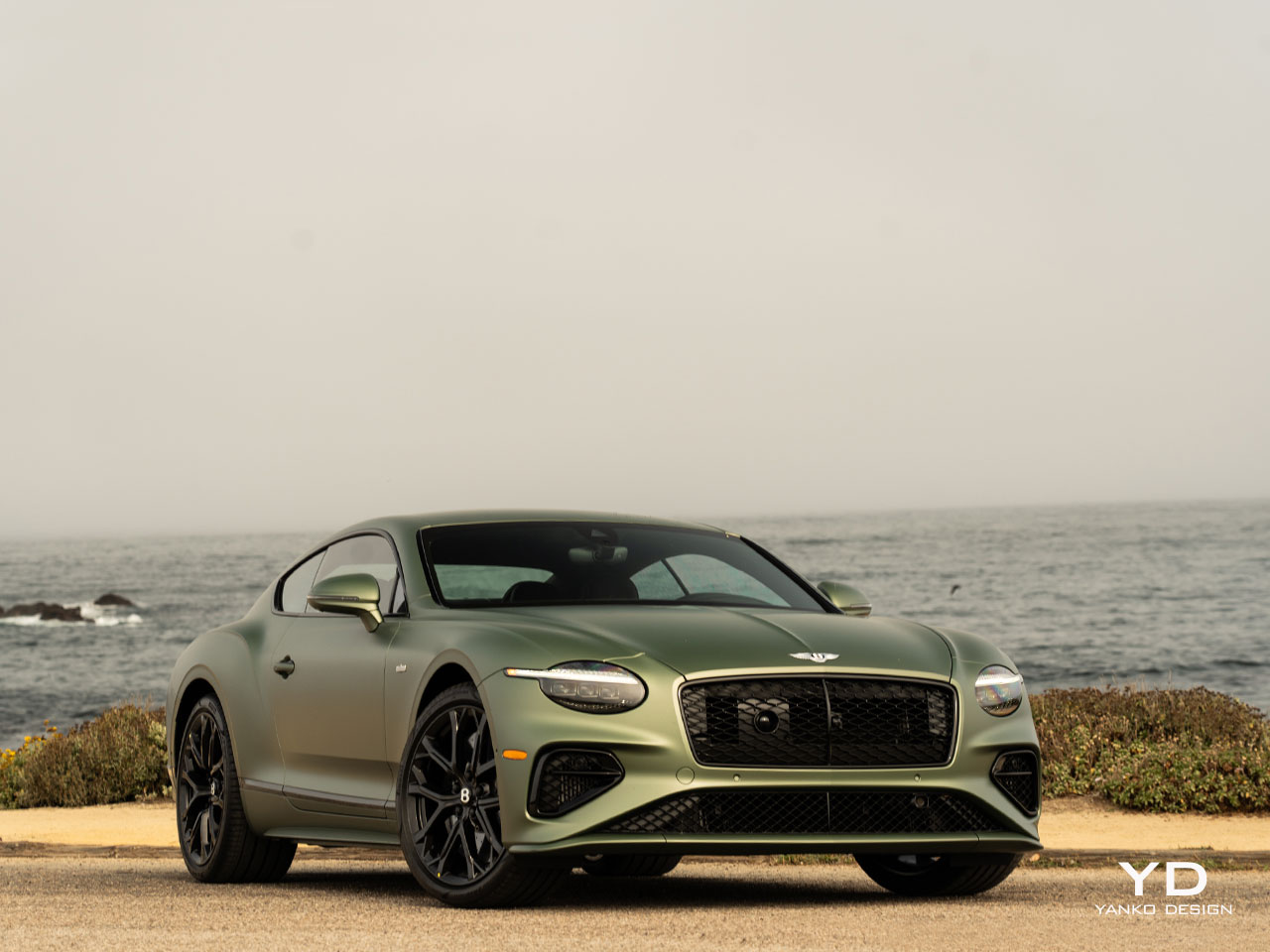
PROS:
- Beautiful styling
- Epic power
- Plug-in practicality
CONS:
- Cost
- Clunky software experience
All automotive brands carry some amount of expectations, preconceived notions about their cars’ level of performance and comfort. Few, though, carry the kind of weight and expectation as a brand like Bentley. Established in 1919, the Crewe-based manufacturer is responsible for some of the world’s most refined cars. Every new addition to its lineup, therefore, must honor those that came before.
That’s a tricky proposition these days. Every car manufacturer is faced with greater and greater demands for technology and environmental sensitivity. That doesn’t always jibe with traditional demands for comfort and performance.
Those two worlds collide in the new Bentley Continental GT Speed. It carries the same immediately recognizable Bentley poise and style but with radical refinements. It has the same opulent interior but is riddled with more tech than ever before. Finally, it offers the same level of thrilling performance but delivers it in an entirely new way.
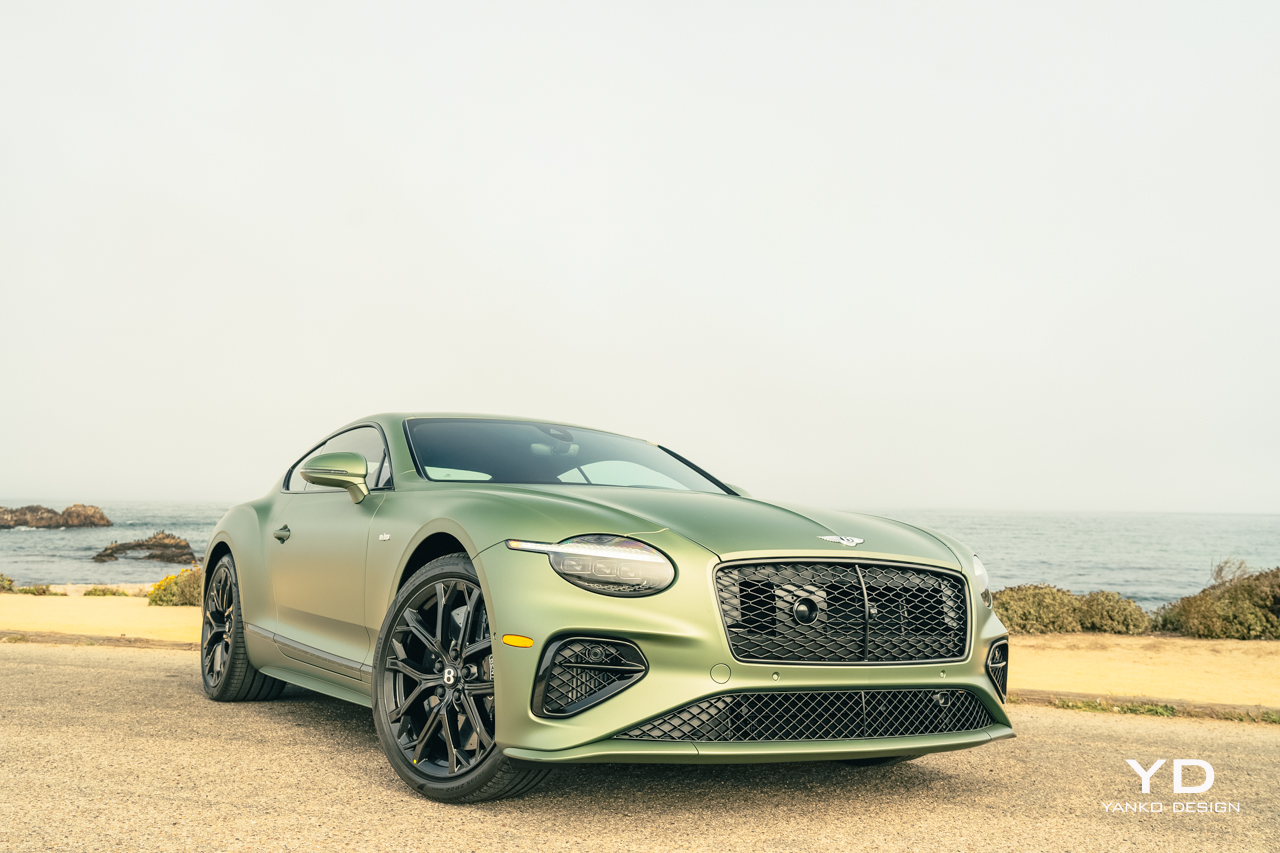
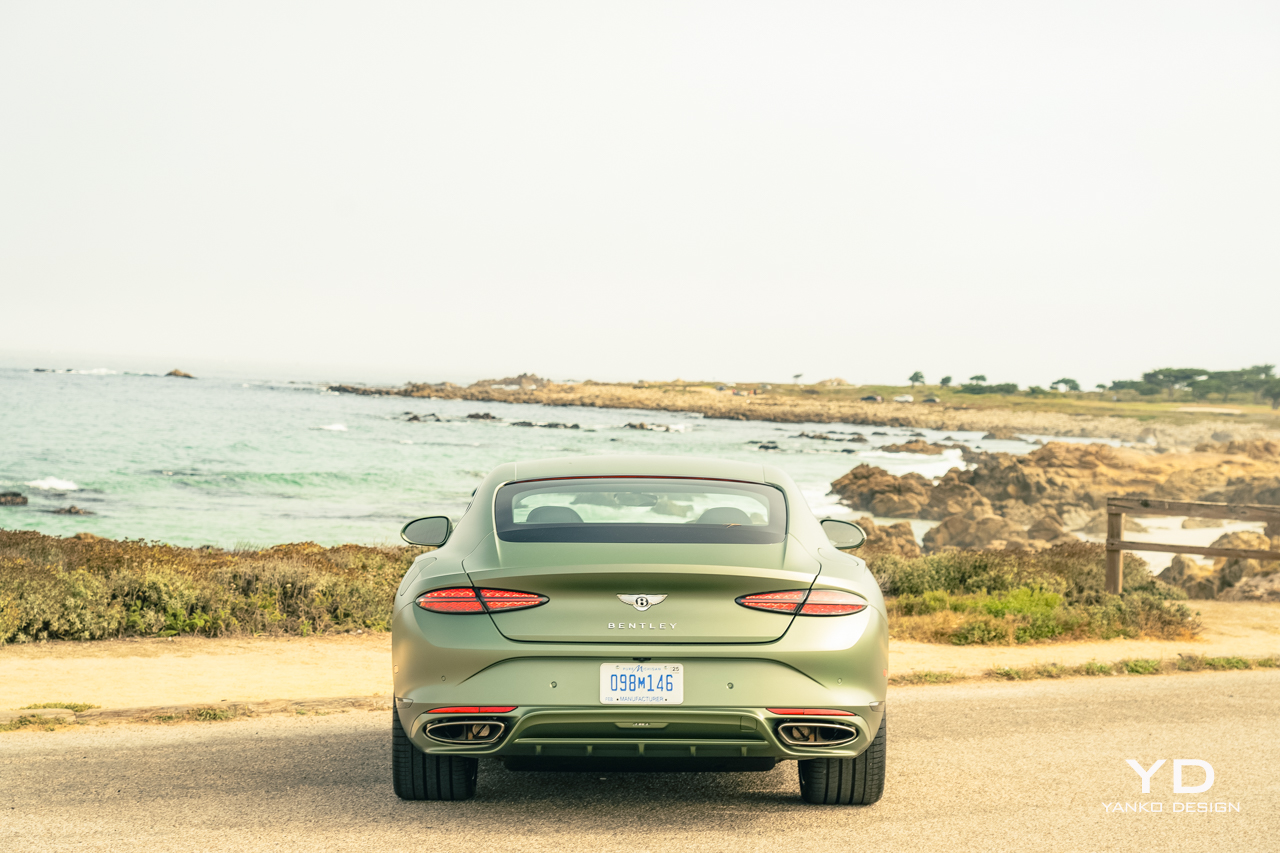
Plug-Powered
This is the first hybrid Continental, a plug-in at that, something of a transitional first step towards the brand’s all-electric future, once targeted for 2030 but now shifting a bit further down the road.
Considering its radical departure from the predecessor’s W12 powertrain, which we’ll delve into in just a moment, the new Continental GT offers a familiar look and feel at a distance, but step closer, and you can see just how refined the car’s new design is.
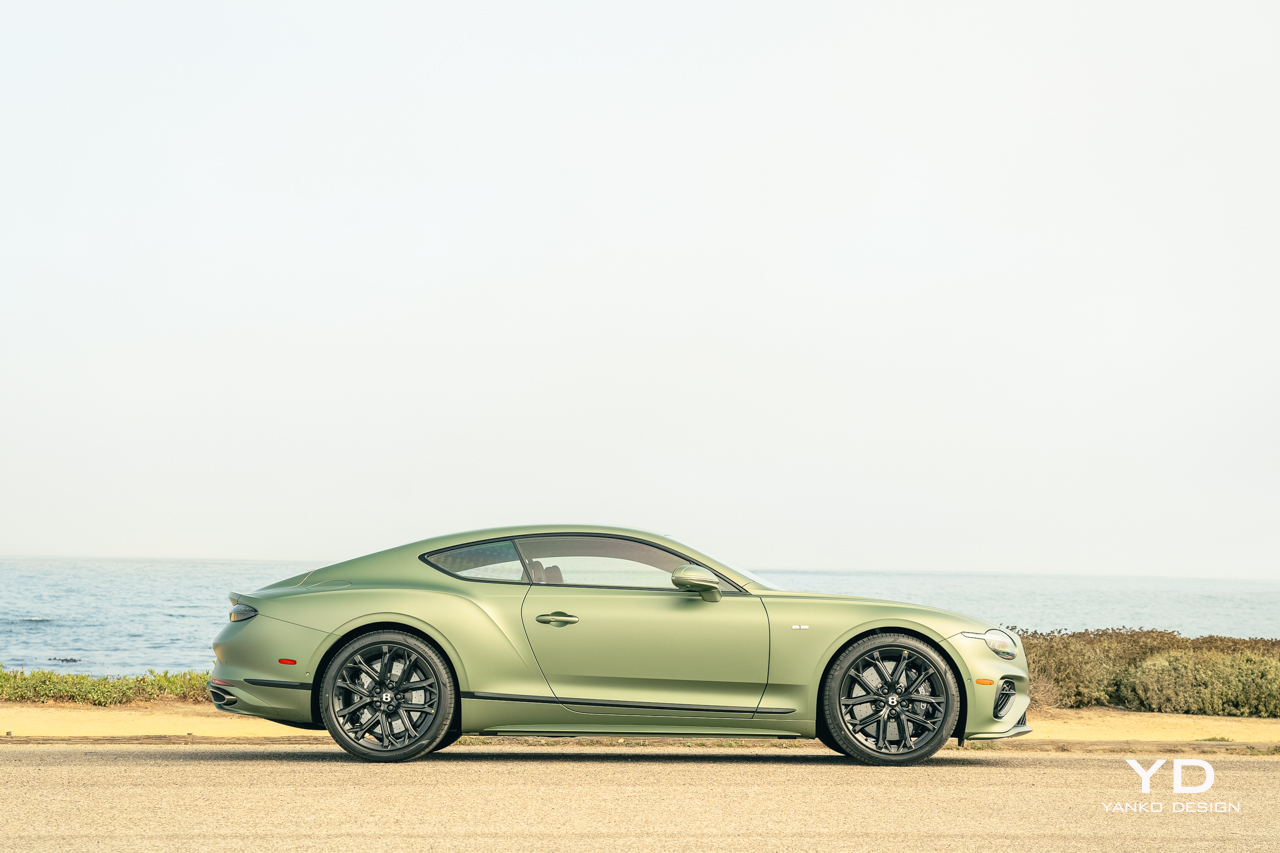
The silhouette is familiar, and the extended nose plus the rearward cabin and the powerful rear fenders all give it that same sophisticated promise of power as before. But changes abound, the most significant being a shift to a single headlight up front. Modern lighting technology enables the new Continental to throw more light from a smaller source, cleaning up the front end and giving a throwback to the Bentley S2 from the late ’50s.
But despite that simplification, look closer again, and you’ll see the amount of detail within those headlights. It’s the same story out back, where the compact, oval tail lights are framed in an ornate, jewel-like halo. Otherwise, the rear end is likewise somewhat more simple than before, with the pop-up spoiler replaced by a clean, integrated unit.
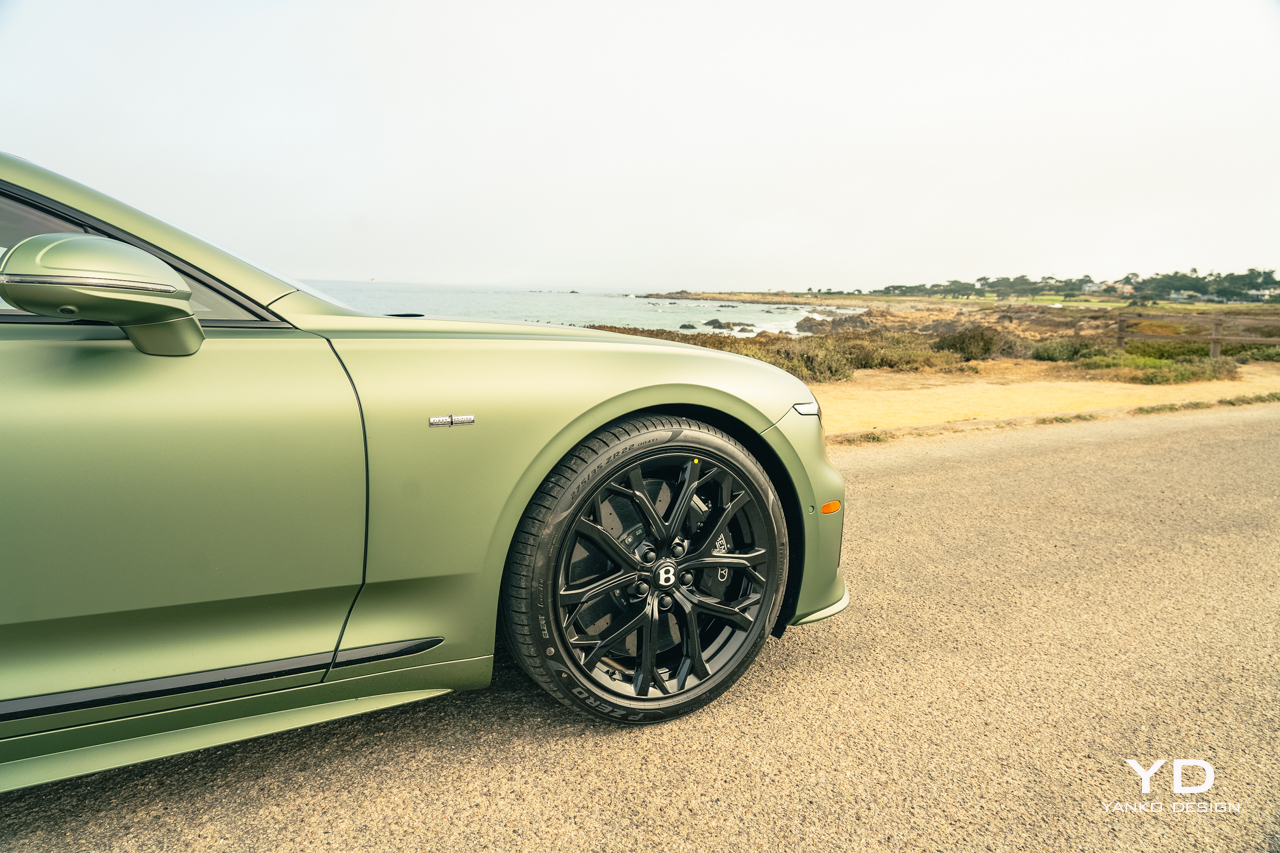
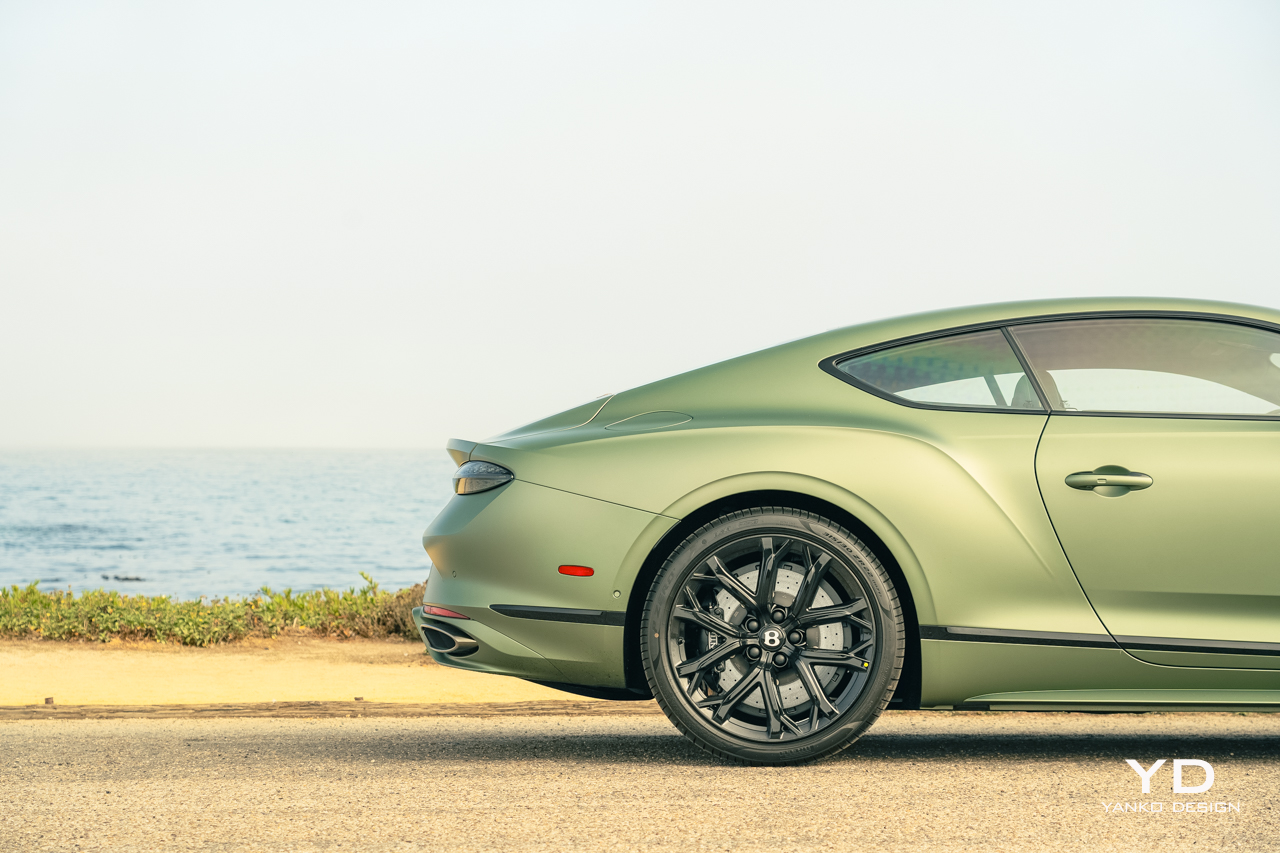
On the Inside
The interior is likewise less ornate than before, pared back slightly from the abundance of chrome and buttons found in the last generation car. It offers just about all the technology you could want, including a 12.3-inch touchscreen with wireless Android Auto and Apple CarPlay, plus a wireless charger and a pair of USB-C ports.
The gauge cluster, too, is fully digital now, with a number of different views offering different levels of detail, more or less depending on your mood or style. The overall experience lacks the polish and feel of the higher-end systems from Mercedes-Benz or BMW, but it at least offers all the right features.
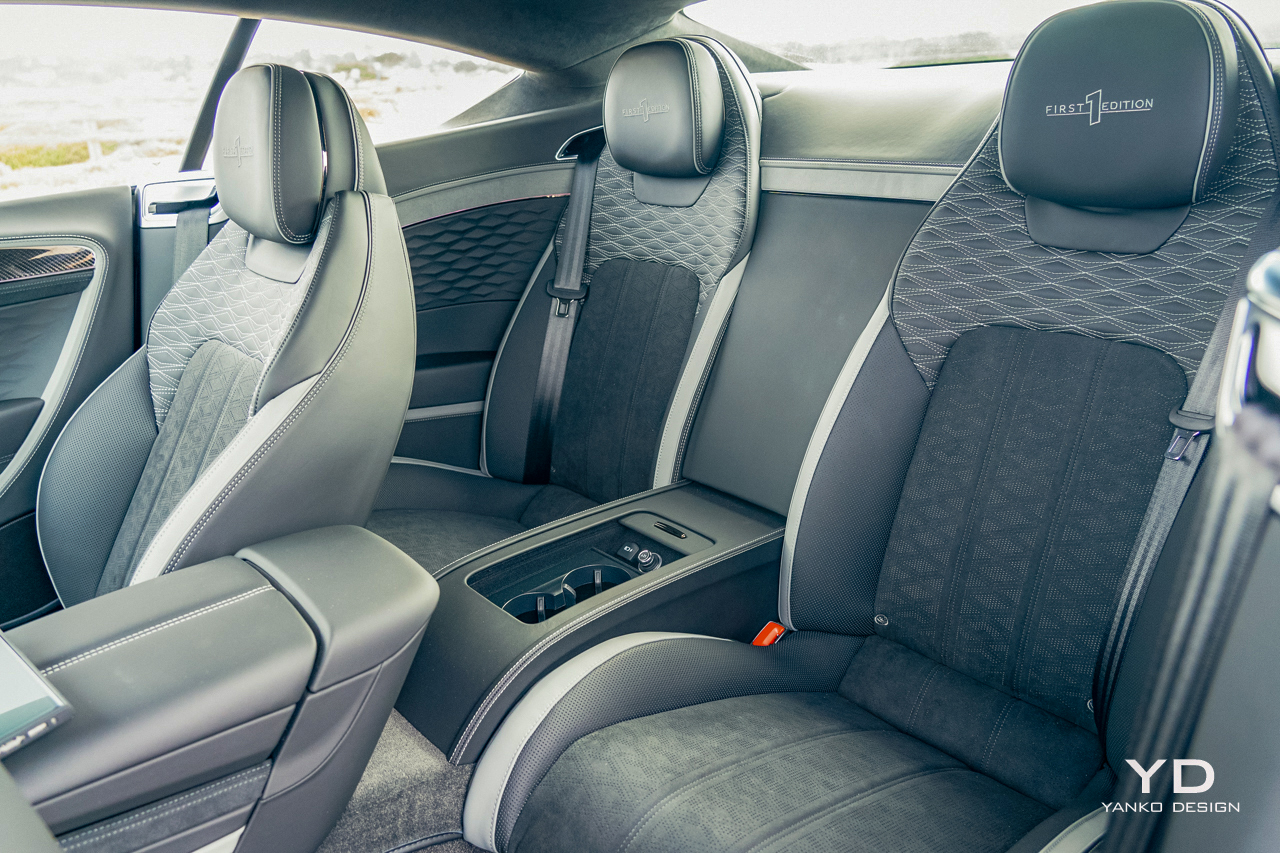
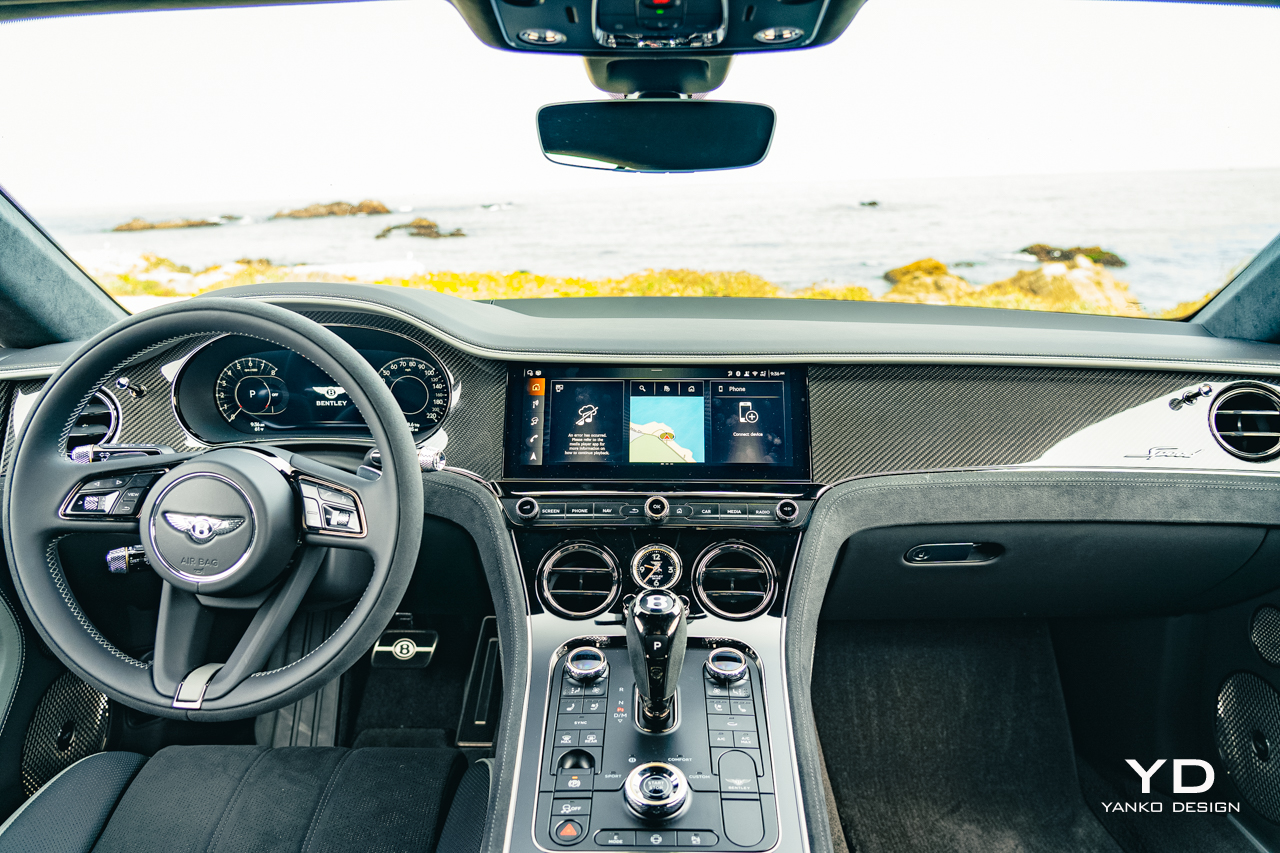
Otherwise, the interior offers a great blend of opulence and sophisticated style. The carbon fiber band sweeping across the doors and the dashboard catches the sunlight in distracting ways at times but has a clean, glossy depth that’s lacking in many in-dash composite applications.
Materials for the leathers and microfibers are great, as is the perfect stitching running everywhere. However, there’s a disappointing amount of plastic here, including the cluster of buttons surrounding the upright shifter. But, their layout at least is clean and easy to use, and they provide easy access to the functions you’ll want frequently, like toggling the comprehensively chill ventilated seats.
While the plastics are occasionally a bit underwhelming, the feel of the controls is top-notch. The mode selector, just aft of the shifter, spins with a wonderful weight, and even the turn signals move with a significant heft.
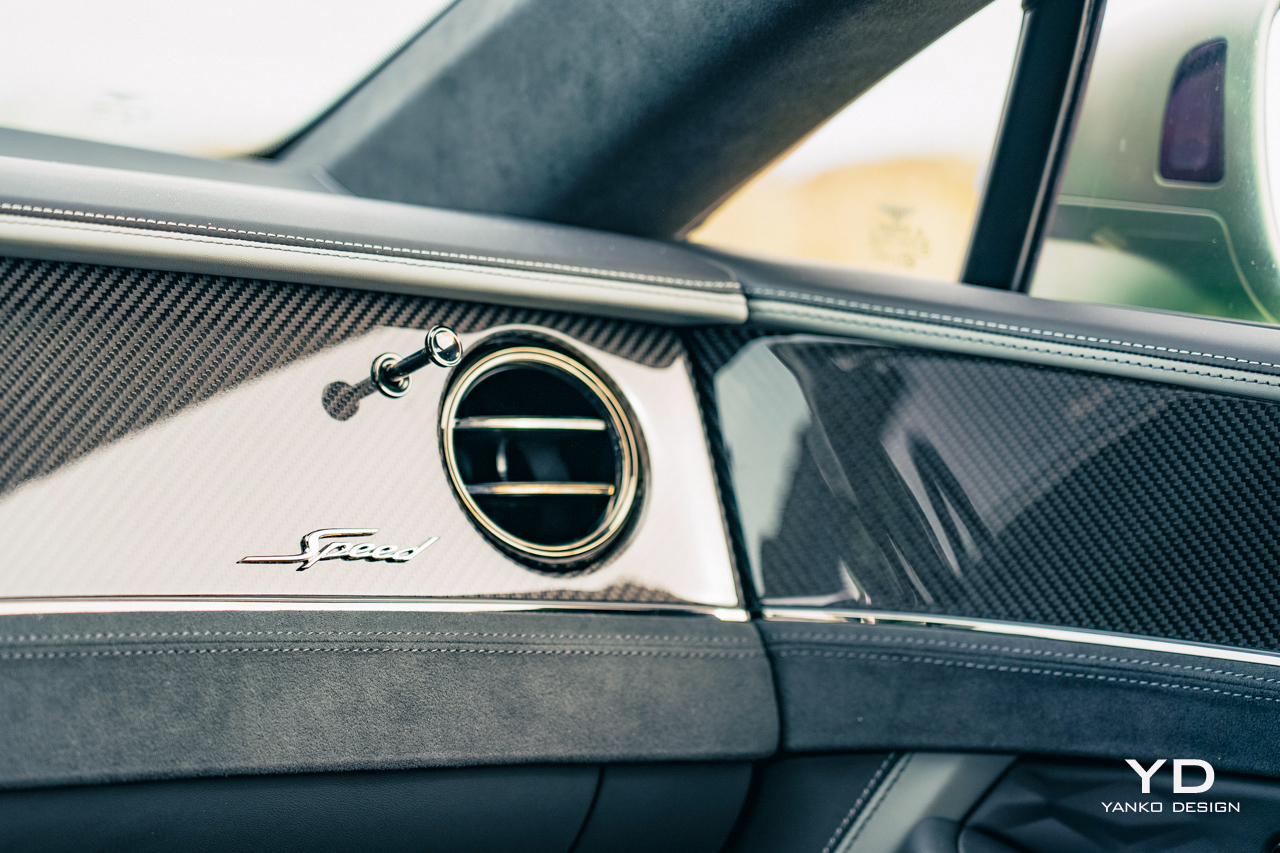
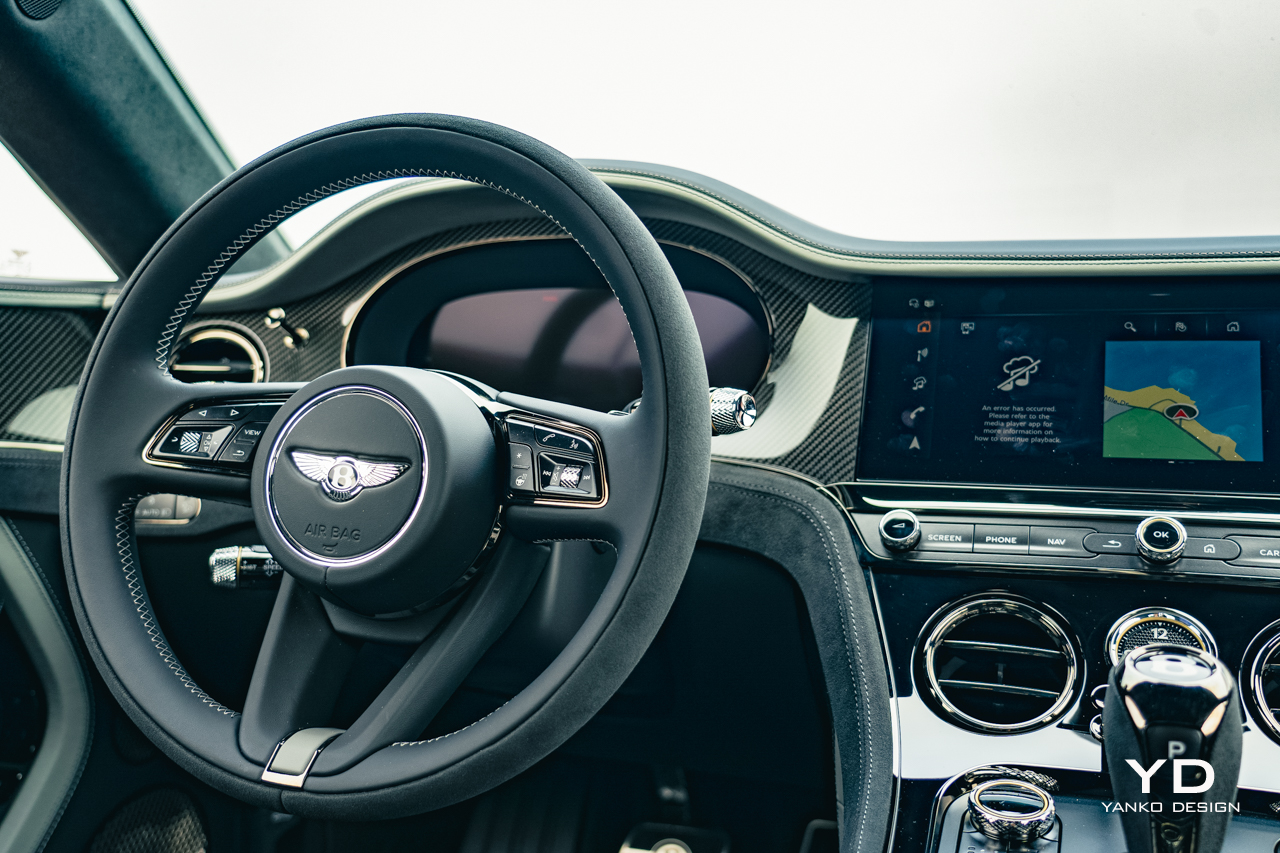
Plus-Sized Performance
The feeling of the controls is appropriate given the heft of this car. The new, plug-in Continental weighs over 5,400 pounds, thanks in large part to its 25.9-kilowatt-hour battery pack and the new hybrid system. The electric motor is paired with a 4.0-liter, twin-turbocharged V8.
The combined system power is 771 horsepower and 738 pound-feet of torque. Some souls may lament the lack of the outgoing Continental GT Speed’s W12, but that thing only made 626 hp. Plus, it only got 15 mpg.
That car took 3.9 seconds to get to 60. This one gets to 60 in 3.1 seconds and has a top speed of 208 mph. Bentley doesn’t have fuel economy numbers yet, but in my mixed testing, I scored 16.9 mpg, and as you can imagine I wasn’t exactly taking it easy.
More speed, better throttle response, and greater efficiency make for a pretty good mix.
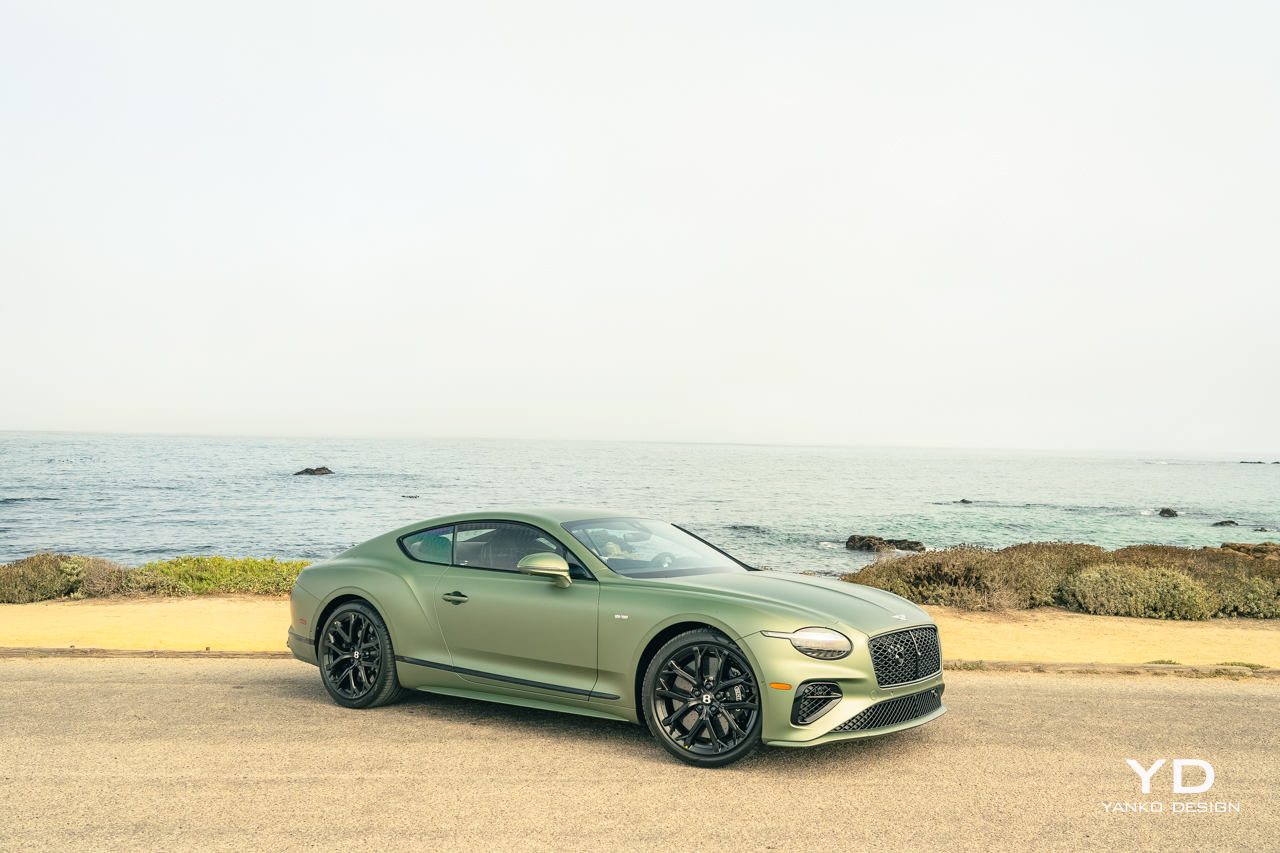
It’s unlikely that many Bentley owners will be too concerned about fuel economy, but it’s good to see even ultra-luxury cars doing their part to reduce their impact on the environment. Likewise, everyone can appreciate the pleasant experience of driving in a fully electric mode.
Bentley says the new Continental GT can go up to 50 miles on a charge and can travel at up to 80 mph without recruiting the V8. In E Mode (available via a dedicated button), the big coupe is still nice to drive, totally silent, of course, and extra smooth but still reasonably peppy and perfectly capable of keeping up with traffic.
But I found it a little too easy to get the V8 to spin up. Even in this mode, if you dip past three-quarters throttle, the engine spins up quickly and smoothly, adding a substantial shove to the experience. That hand-off is crucial in hybrids, and Bentley has nailed it here, with power proportionally increasing as the engine spins up without the neck-snapping shock of torque you get in many lesser hybrids.
I just wish I could explicitly disable the V8 altogether and drive the car only on battery power.
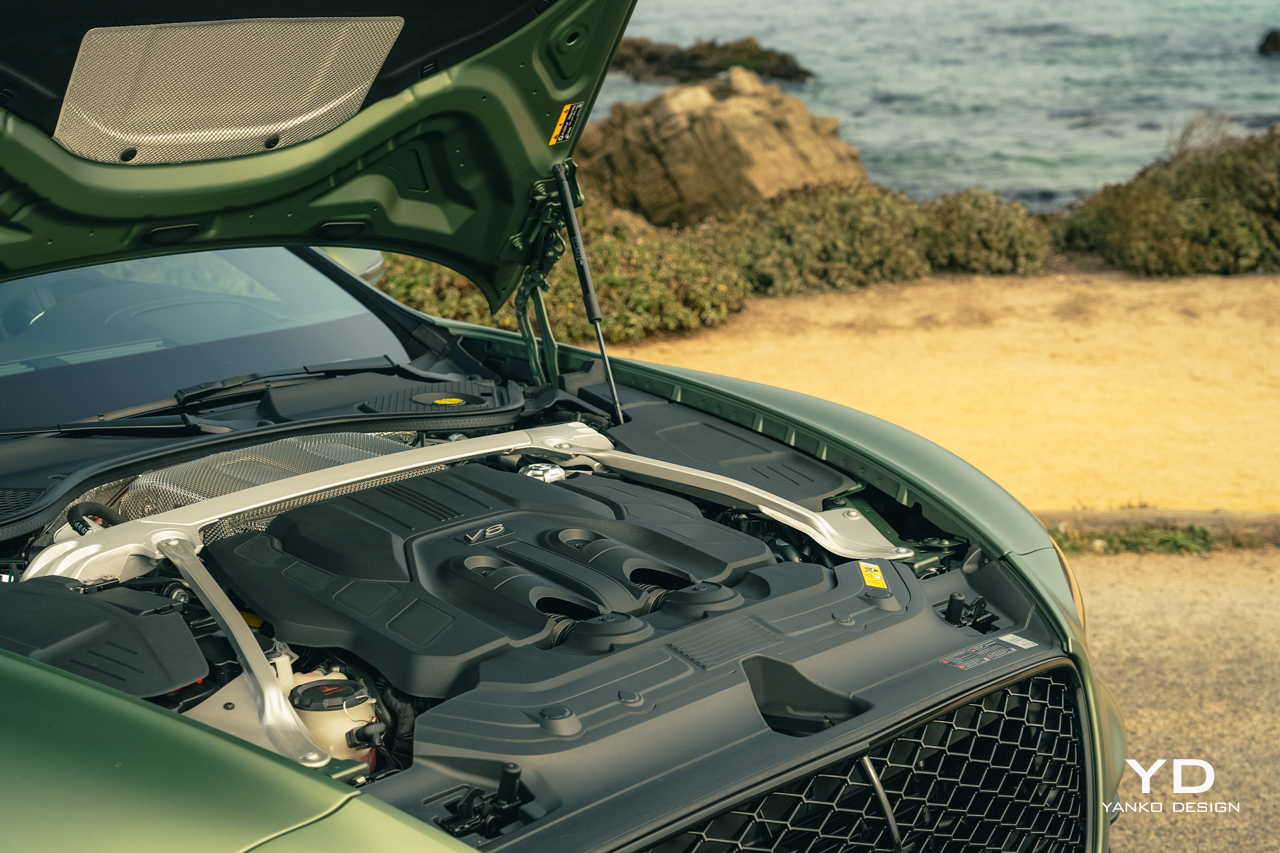
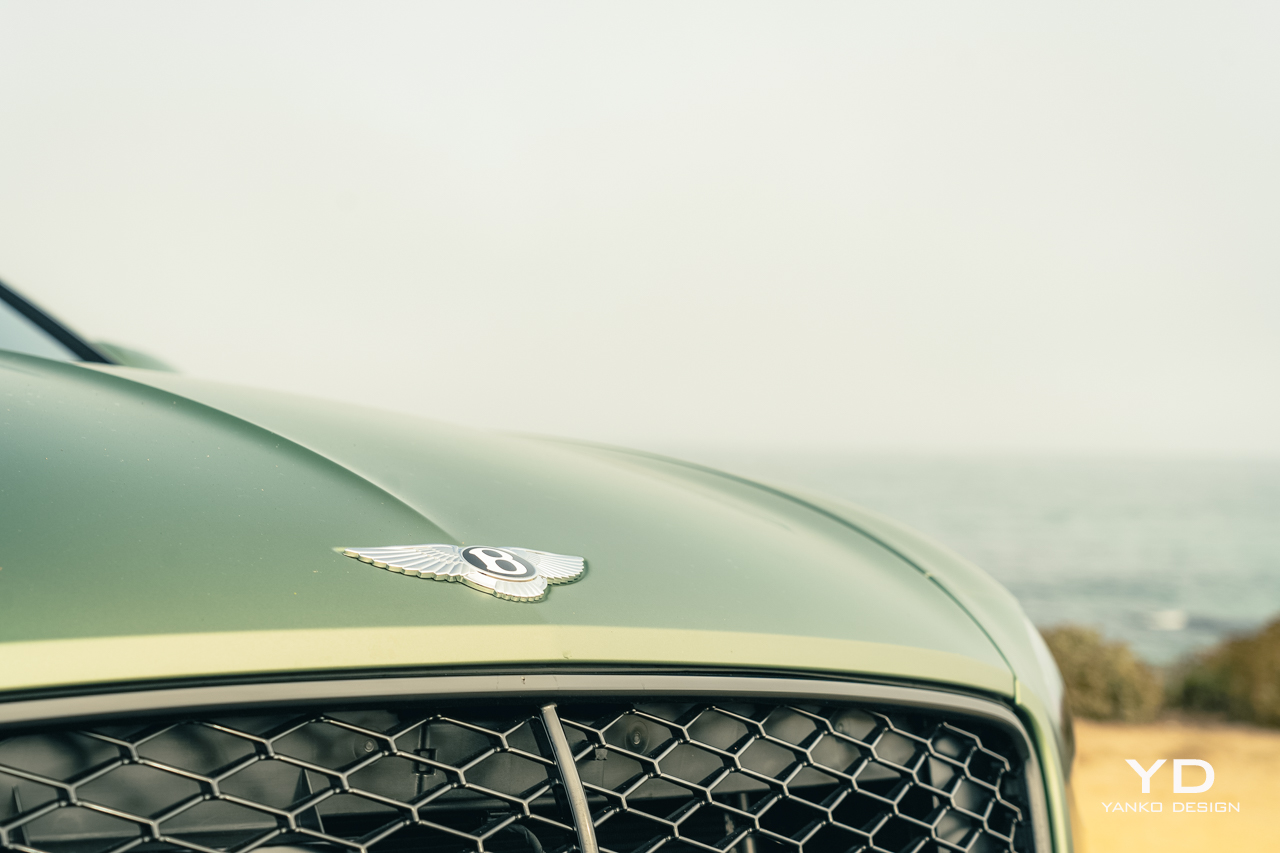
In the default drive mode, dubbed “Bentley,” the Continental is properly quick when you do dip in the throttle but still calm and collected when you’re dawdling around town. For those who want a bit more composure, spin the knob to the right for the Comfort mode, which takes the edge off the throttle and the new dual-valve air suspension. There’s a custom mode all the way to the right, too, if that’s not to your fancy.
But the most fun mode is found all the way to the left, Sport, which firms up the suspension and sharpens the throttle response. In this mode, the V8 and hybrid system work together in closest harmony, the electric motor getting the car moving before the V8 roars into action and sends the car surging forward up to whatever speed you deem allowable.
The handling is unexpectedly good, too. Despite the extra weight, the GT Speed turns in eagerly, and the 48-volt Bentley Dynamic Ride anti-roll technology keeps everything from an excessive tilt.
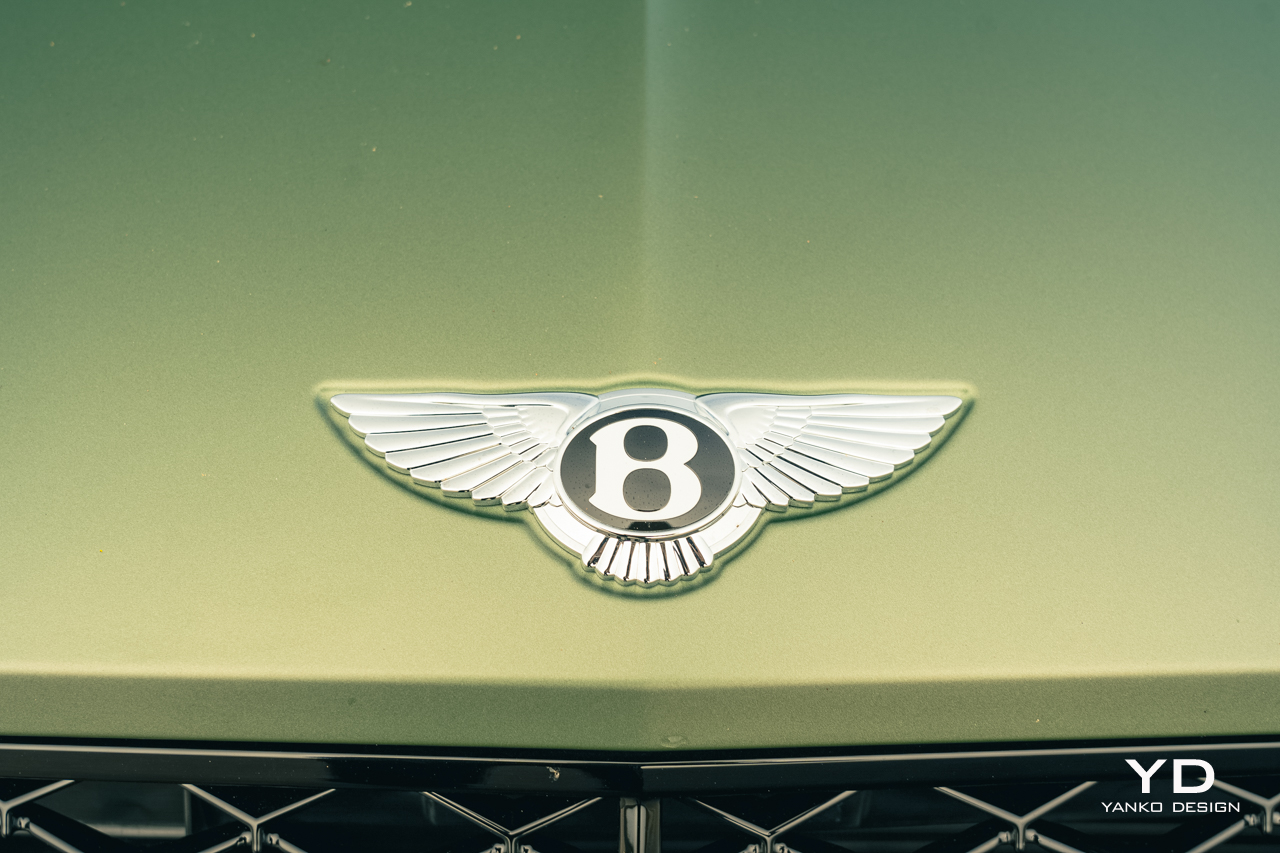
Comfort at Speed
But even in Sport mode, the Continental is still nicely compliant over bad roads and effortlessly cosseting. The seats, despite their ornate stitching, are extremely comfortable, and though the massage is a bit on the subtle side for my tastes, the strength of the heating and ventilation cannot be denied.
Rear seats are predictably short on legroom, but there’s passable headroom, enough that you could wedge a human adult back there for a short run to dinner if you really needed to. Kids will fare better.
For the longer drives, you have a Naim sound system to enjoy, which is extremely powerful and a bit bass-forward by default but offers plenty of sliders and configurations for dialing it into your perfect tone.
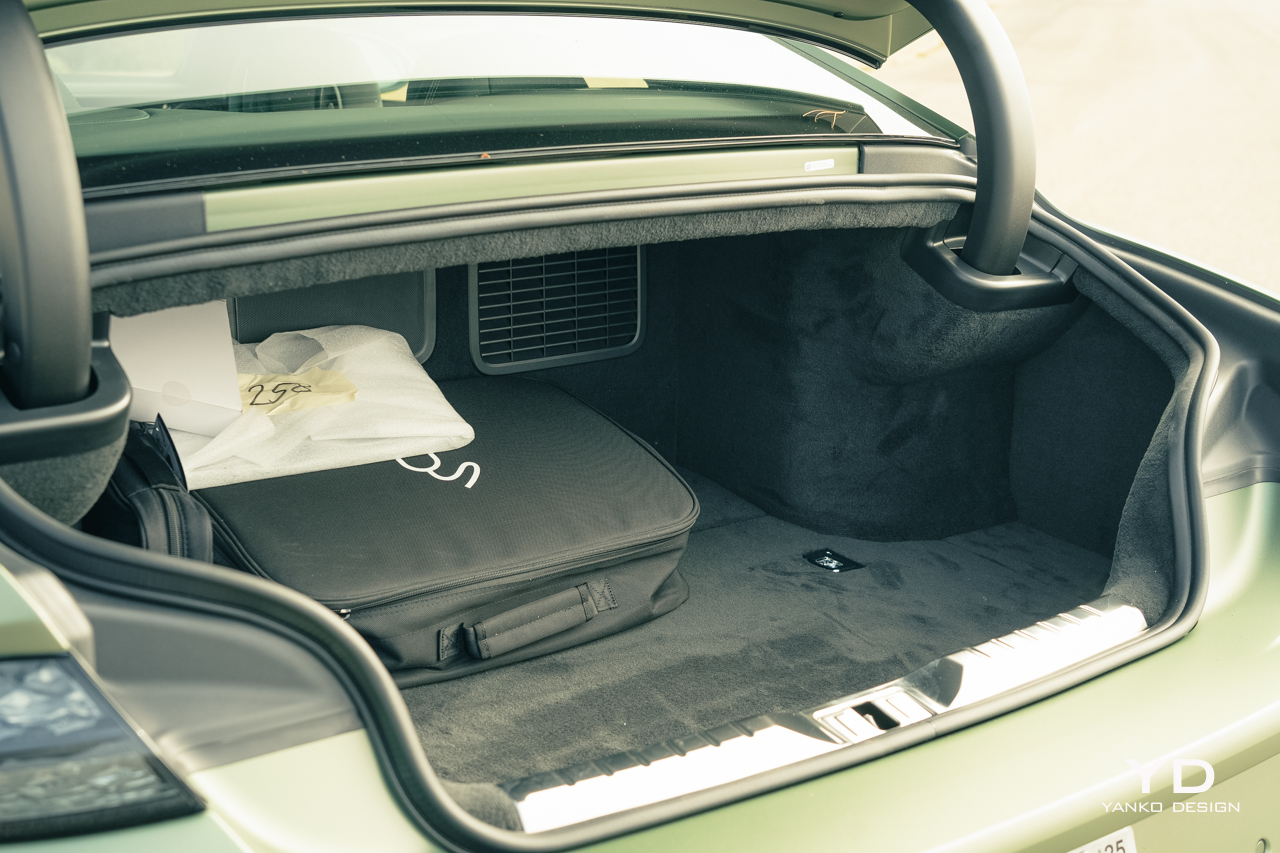
You’ll also have a substantial trunk at your disposal, 13 cubic feet worth. That’s down a bit over before, thanks to the battery, which sits down beneath the floor below, but is still more generous than anything else in this class.
The Continental also offers a decent active safety package, something often lacking in top-trim luxury cars like this. The adaptive cruise worked well on the highway but was extremely conservative, leaving a big gap ahead even on the closest following distance, which didn’t work well in typical California gridlock. The active lane keep likewise was helpful, but occasionally struggled to keep sight of the lines on the road.
I should point out at this point that I was testing a pre-production model of the car, so hopefully, there’s time to improve this functionality a bit before the cars start showing up at dealerships.
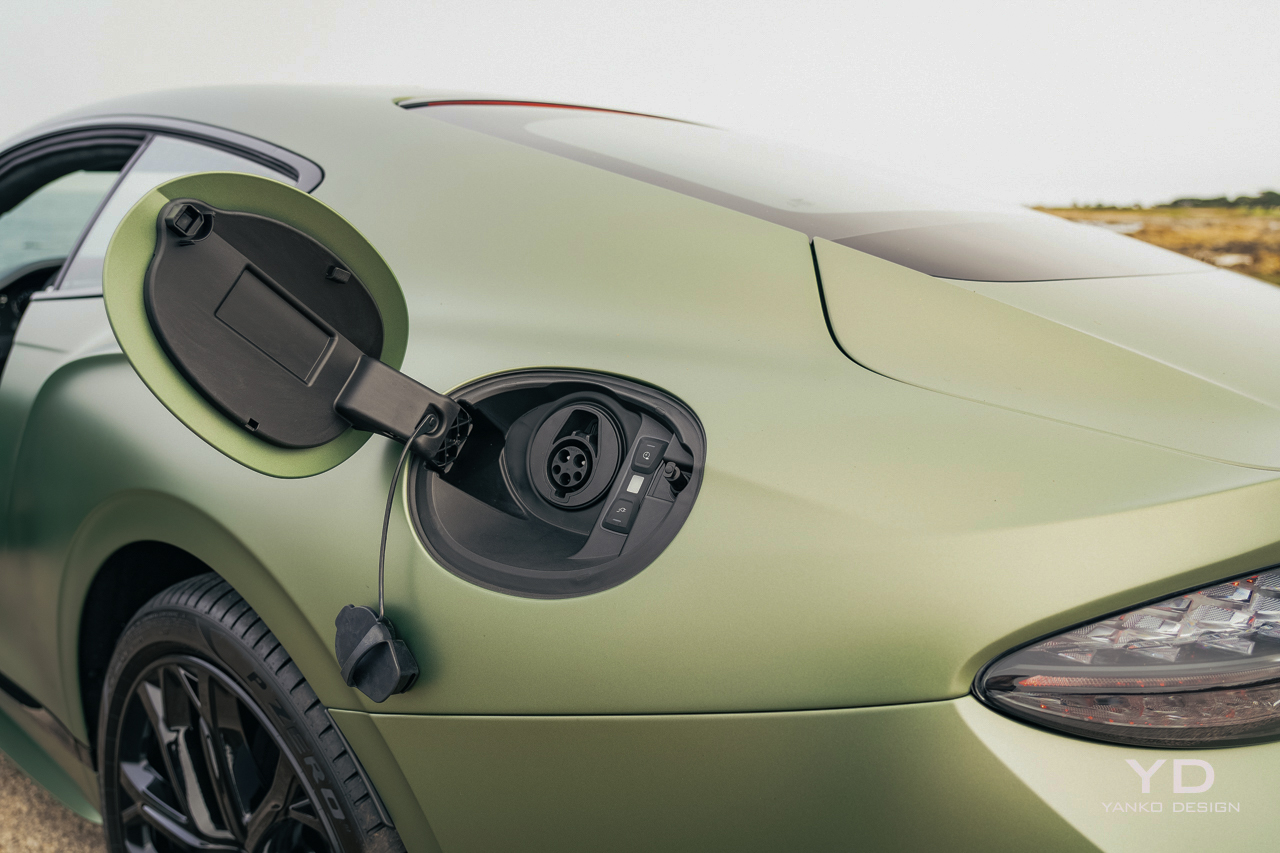
Pricing and Options
At this point, we still don’t know exactly how much the 2025 Bentley Continental GT Speed is going to cost. Yes, it’s very much in the “if you have to ask” territory, but for the rest of us who are merely curious, you’ll want to have somewhere around $300,000 at your disposal before ringing up your local dealer.
Of course, part of the joy of a car like this is customization. Bentley will do pretty much anything your heart desires, but if you desire premium things, you’ll need to keep pushing that budget up a few digits.
Regardless of how much or how little you customize yours, you’re going to be spending a lot for one of these. Is it worth it? The blend of performance and poise here is hard to beat, a large car that feels light and nimble yet offers effortless stability at any speed. It’s a joy to drive for sure, with just a few rough edges to smooth out.
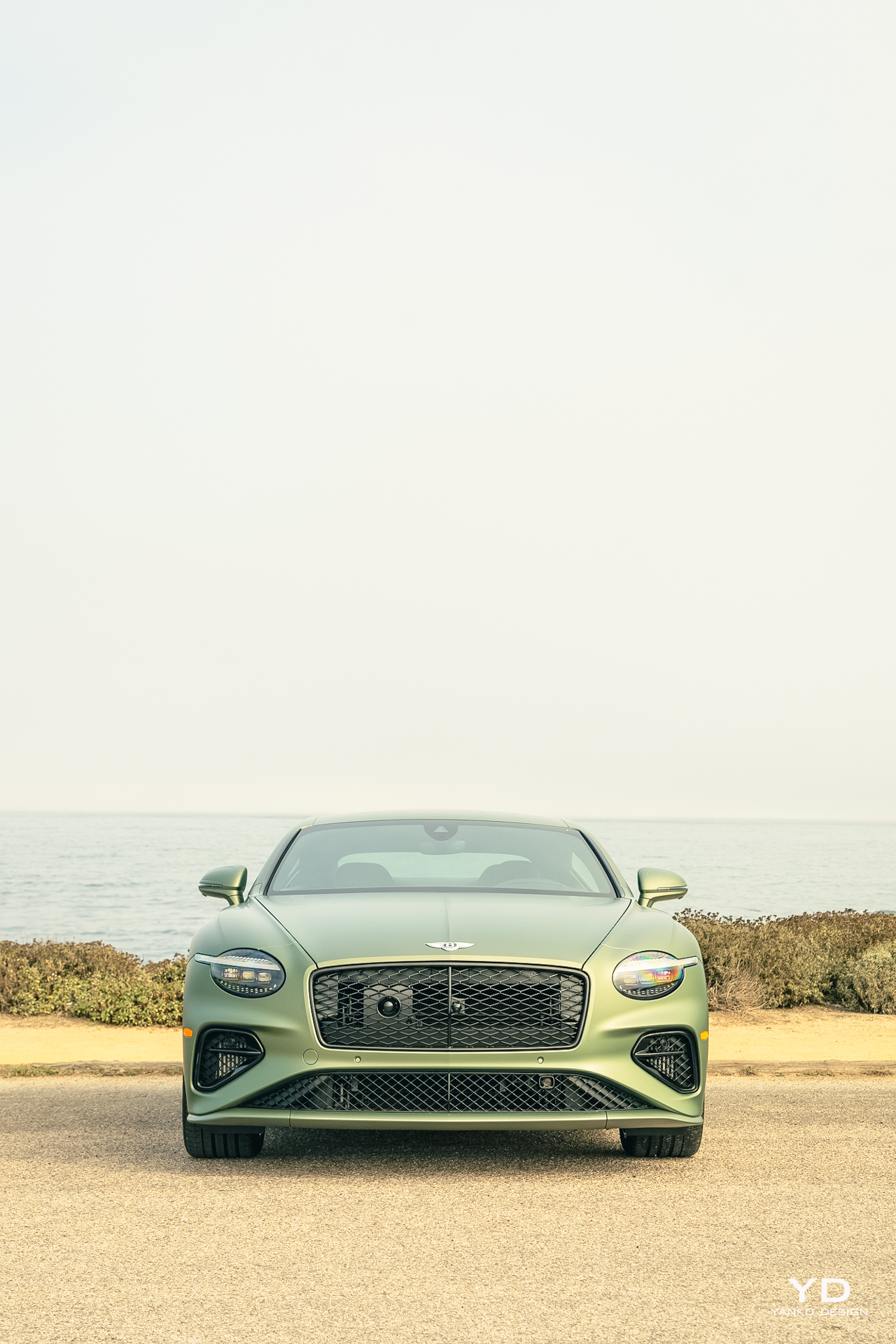
The post 2025 Bentley Continental GT Speed Review first appeared on Yanko Design.
